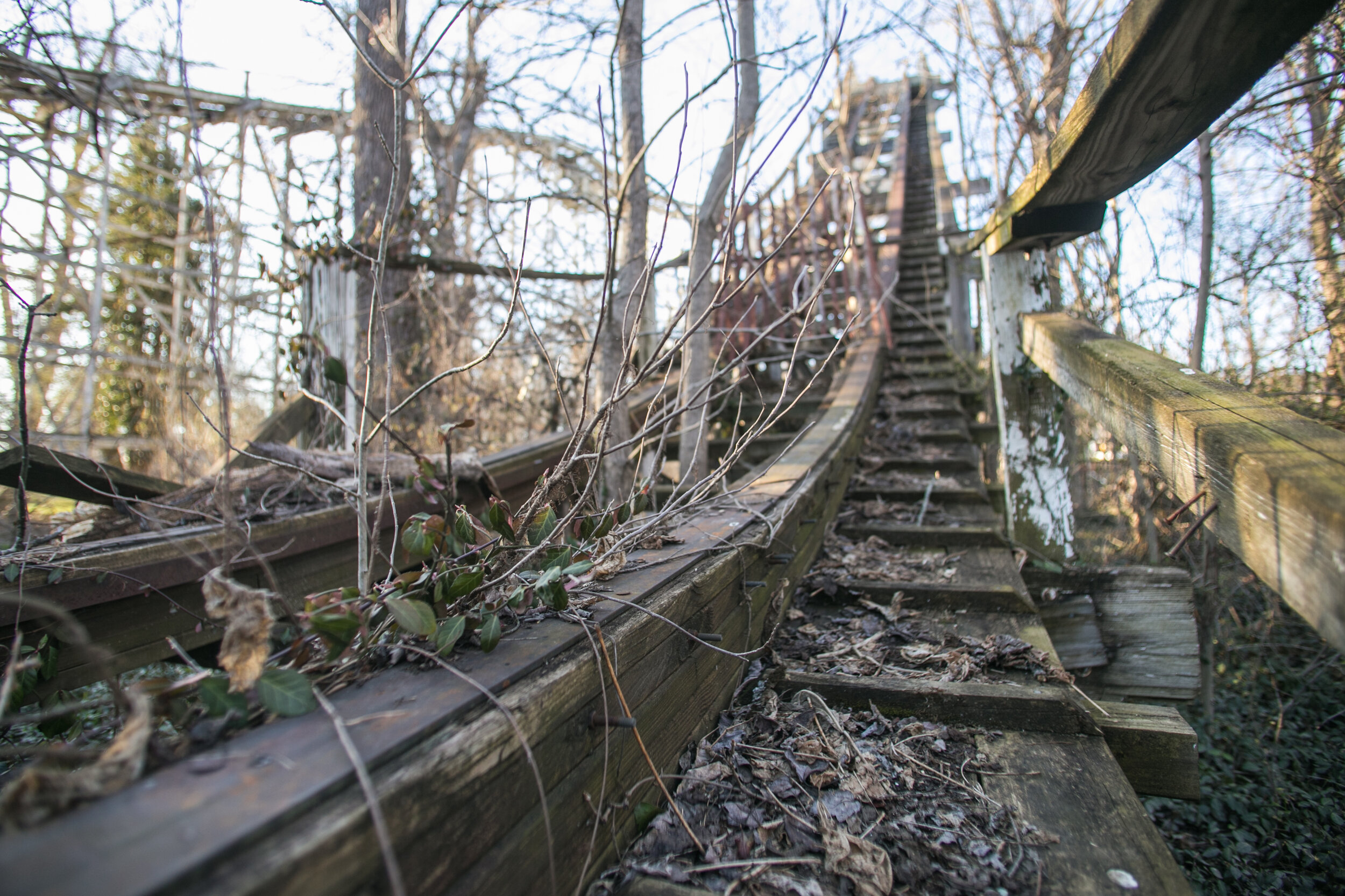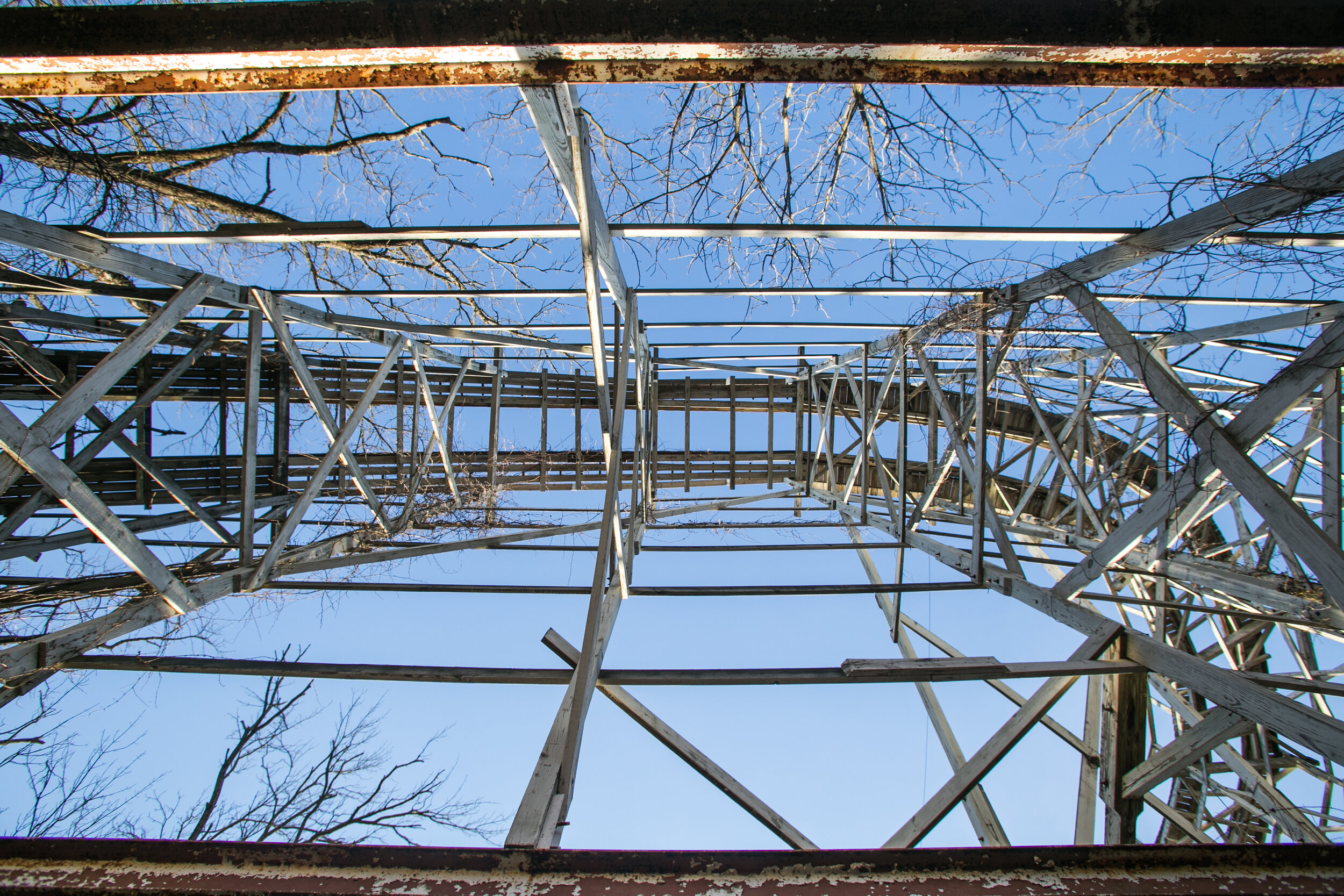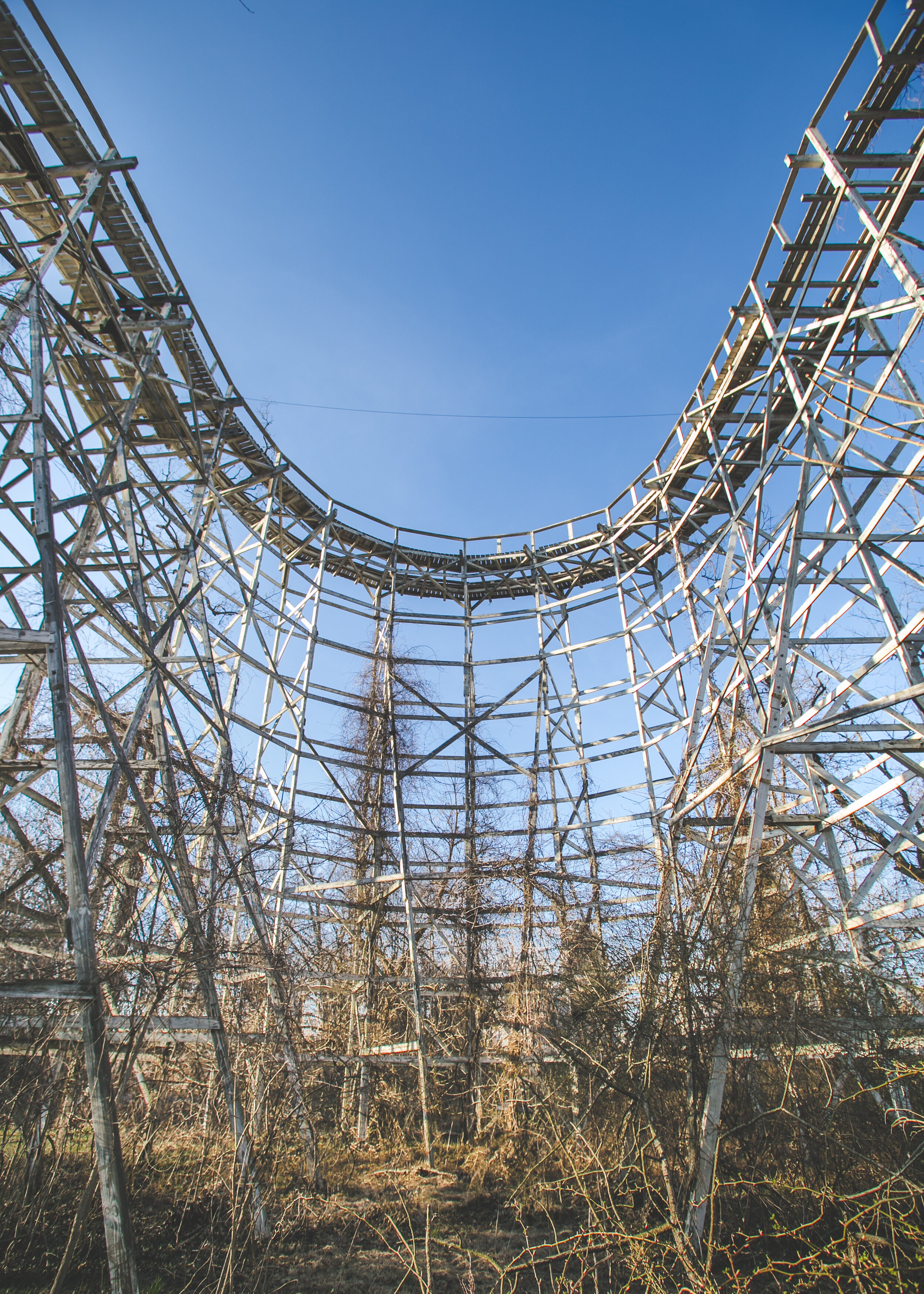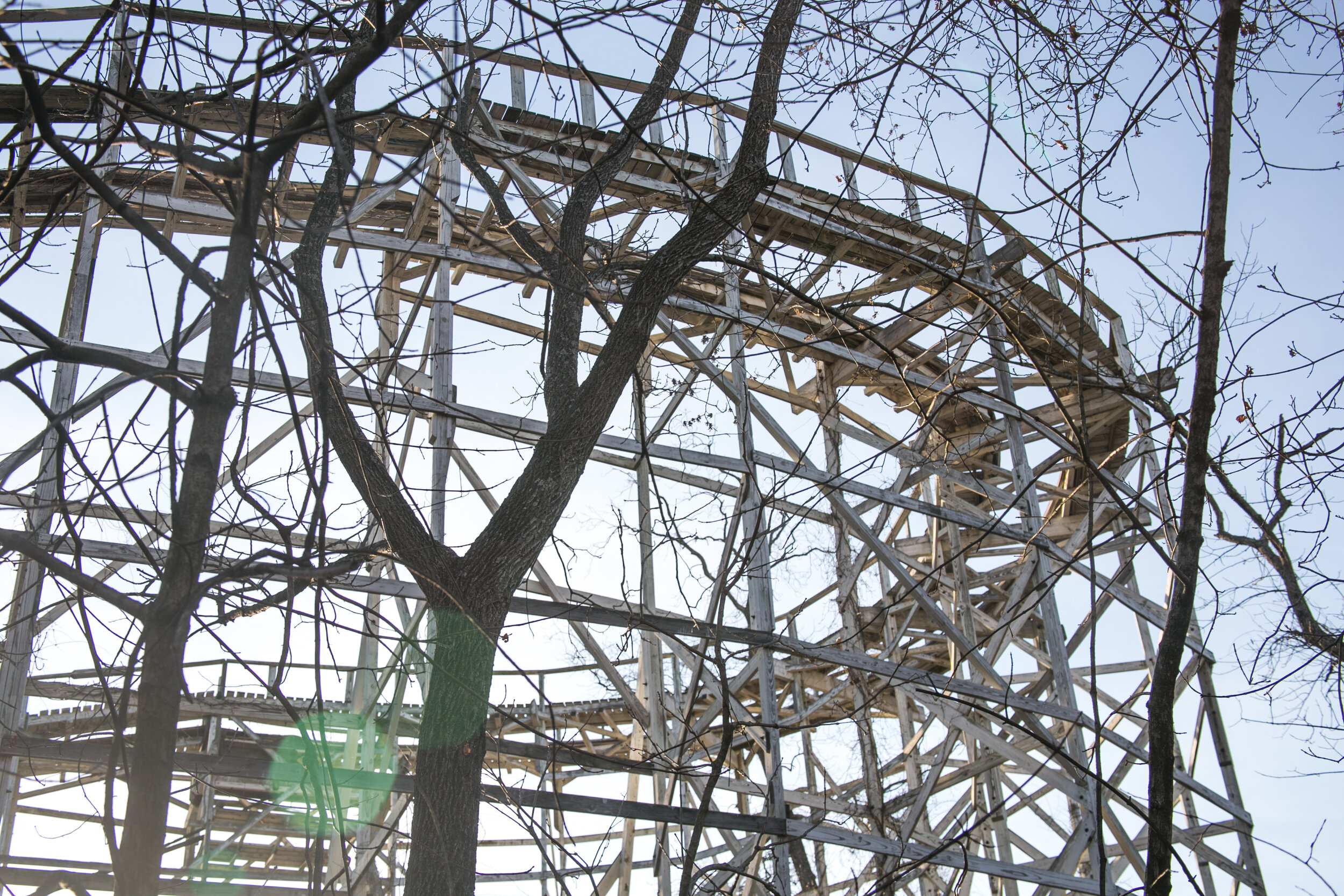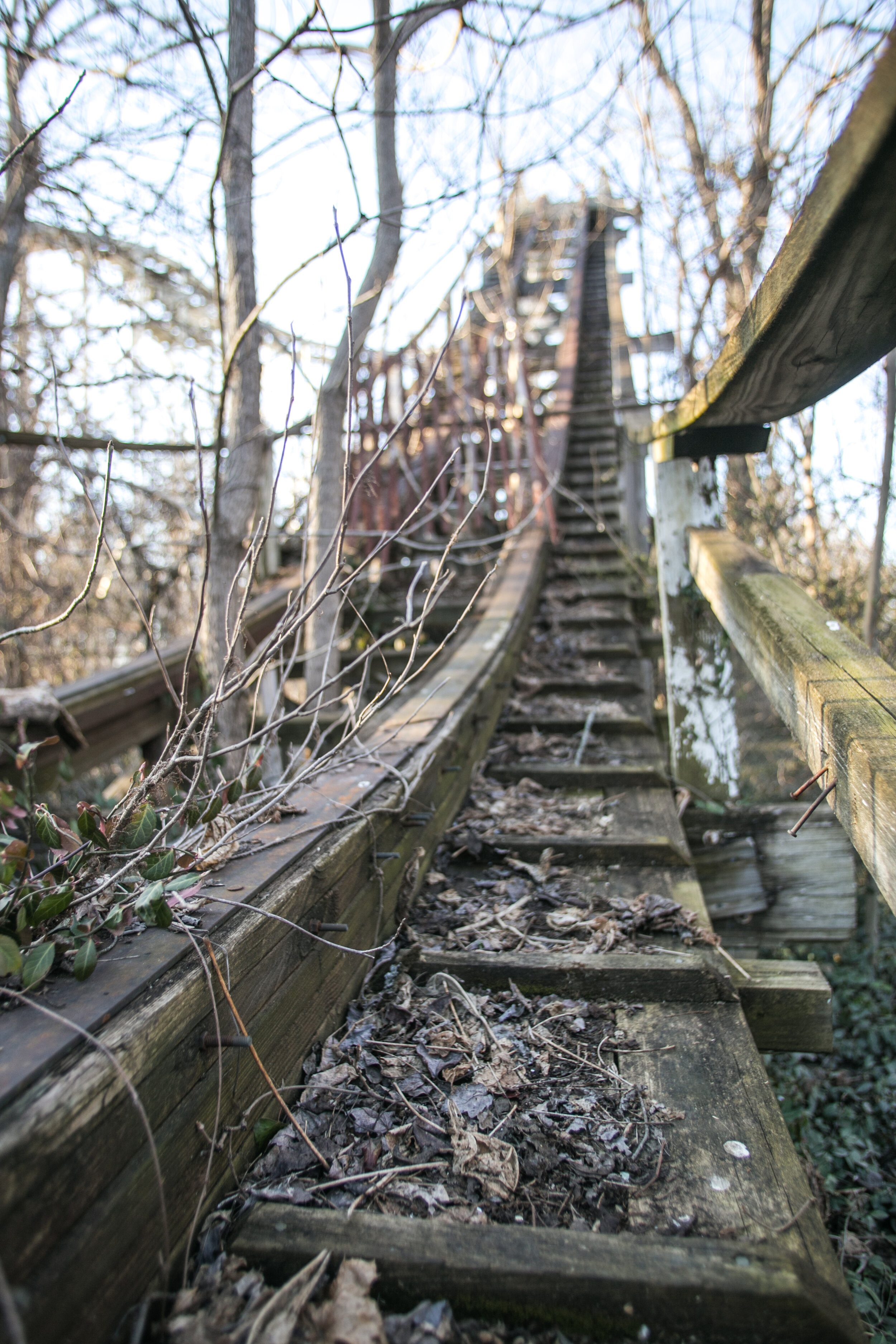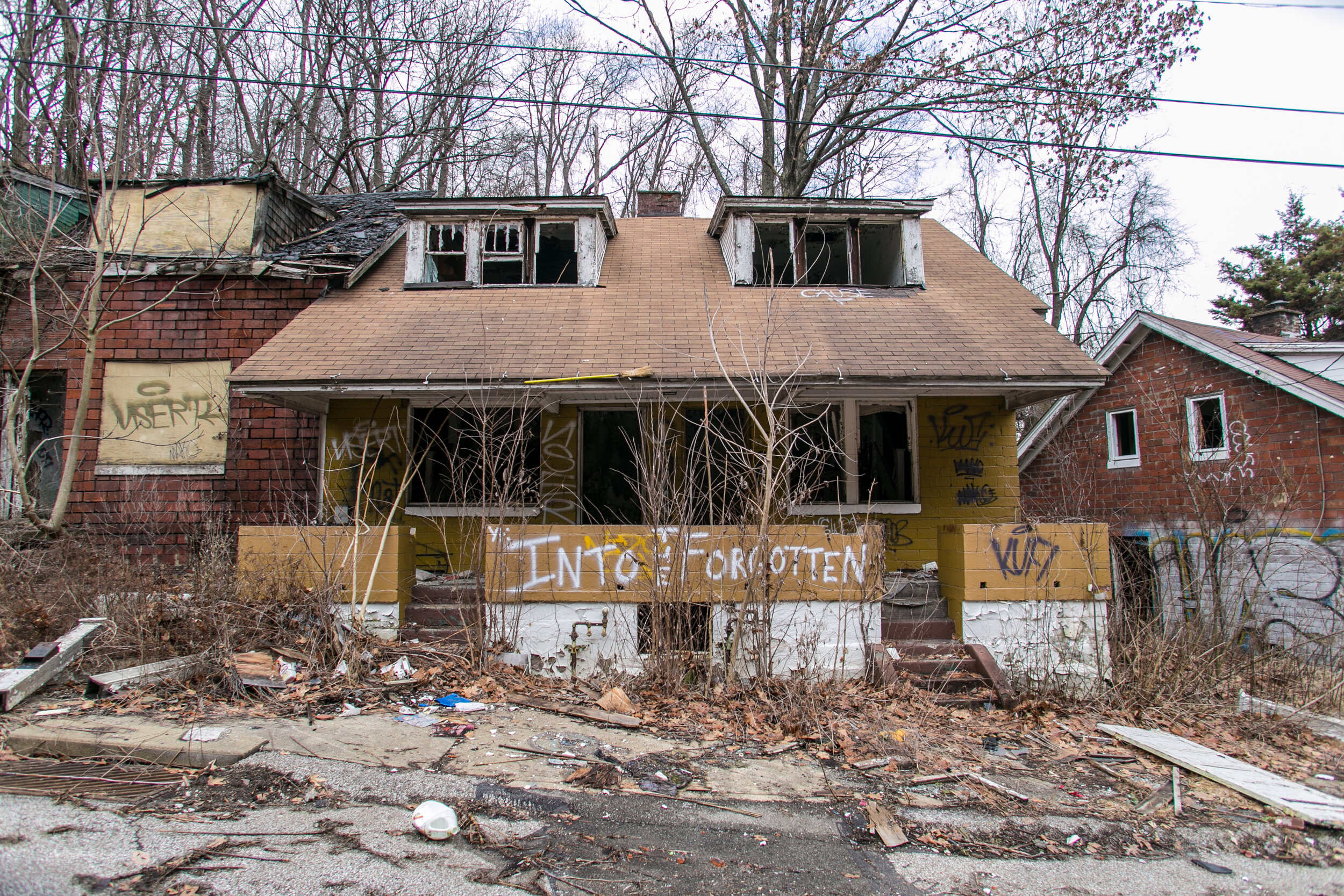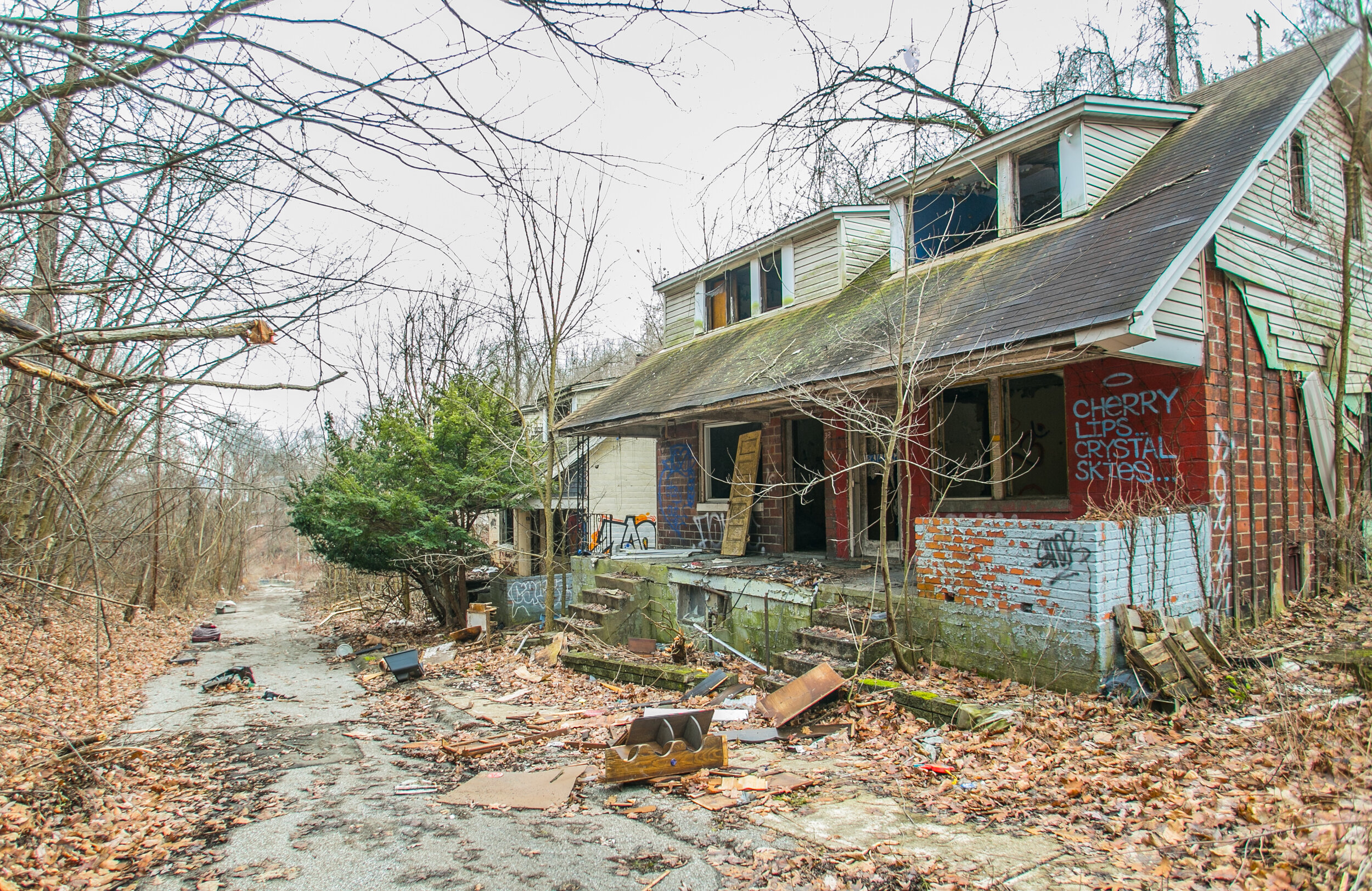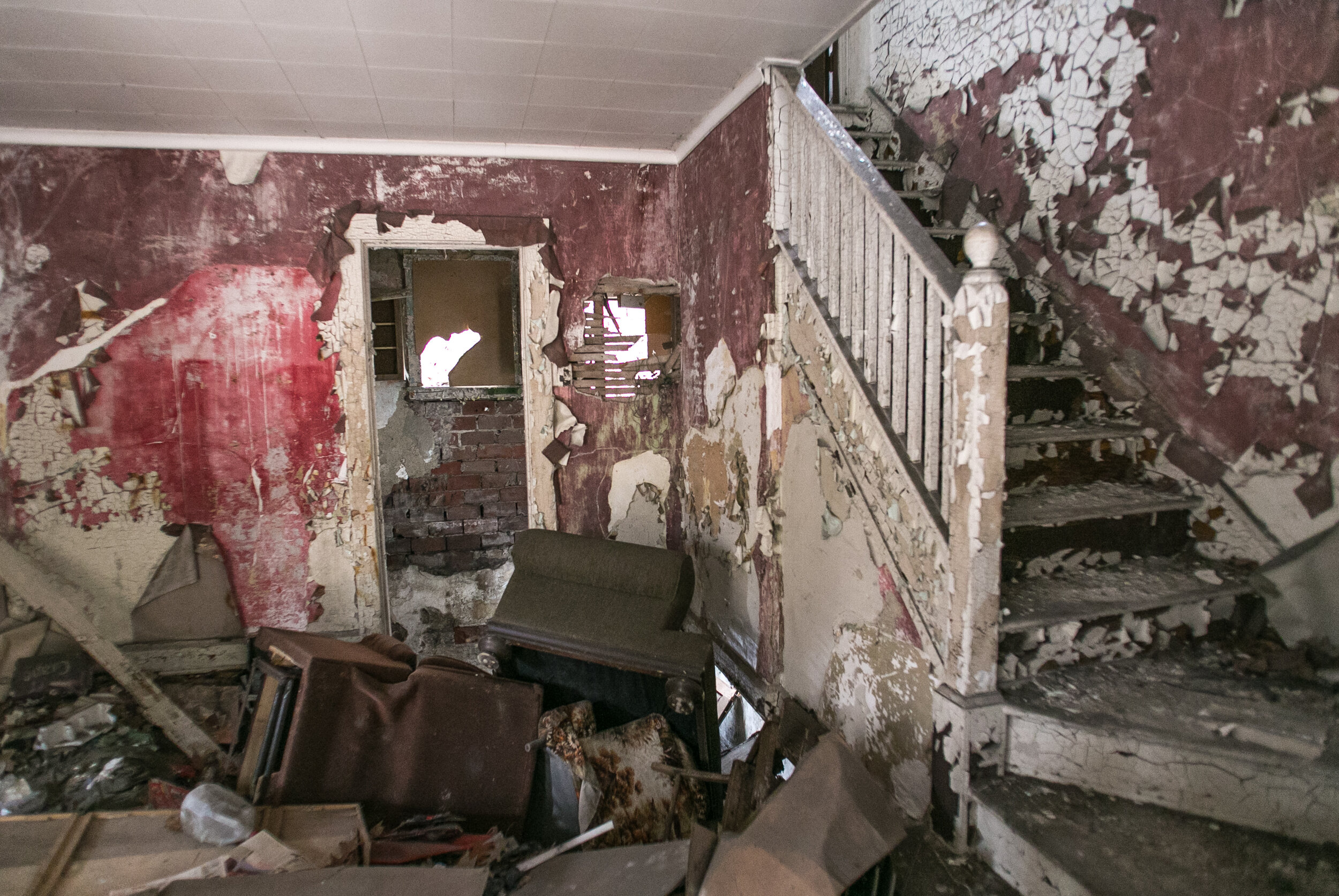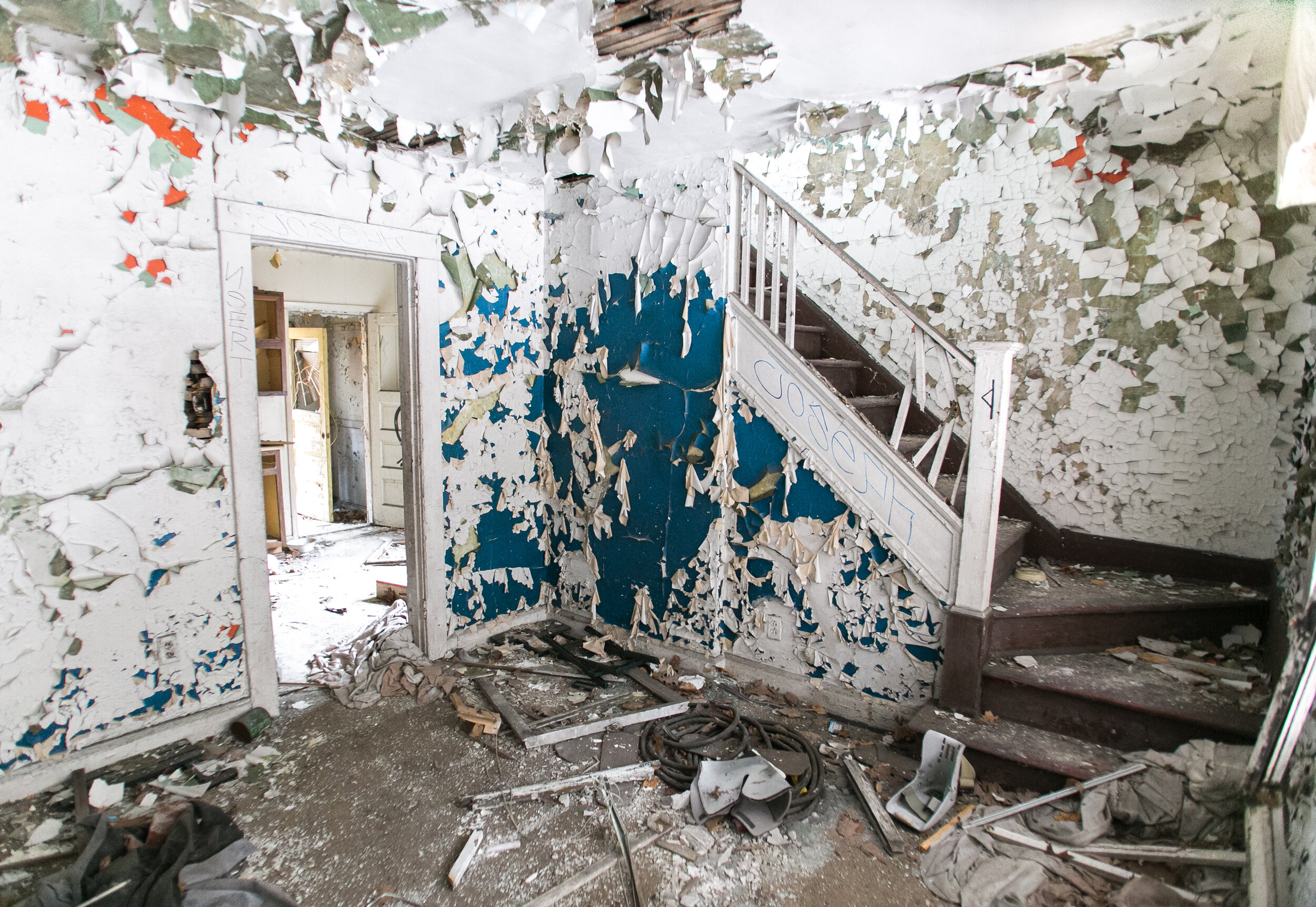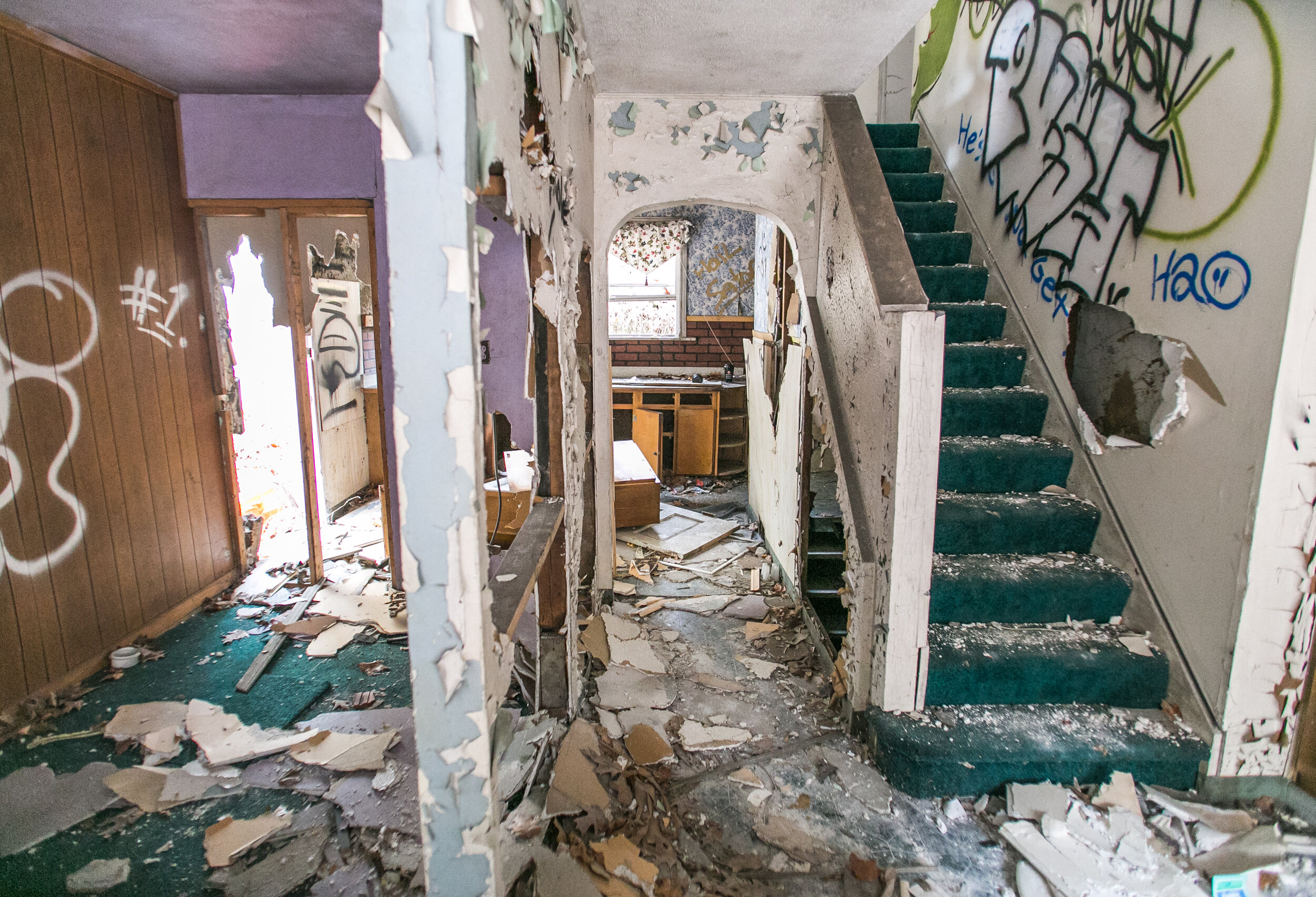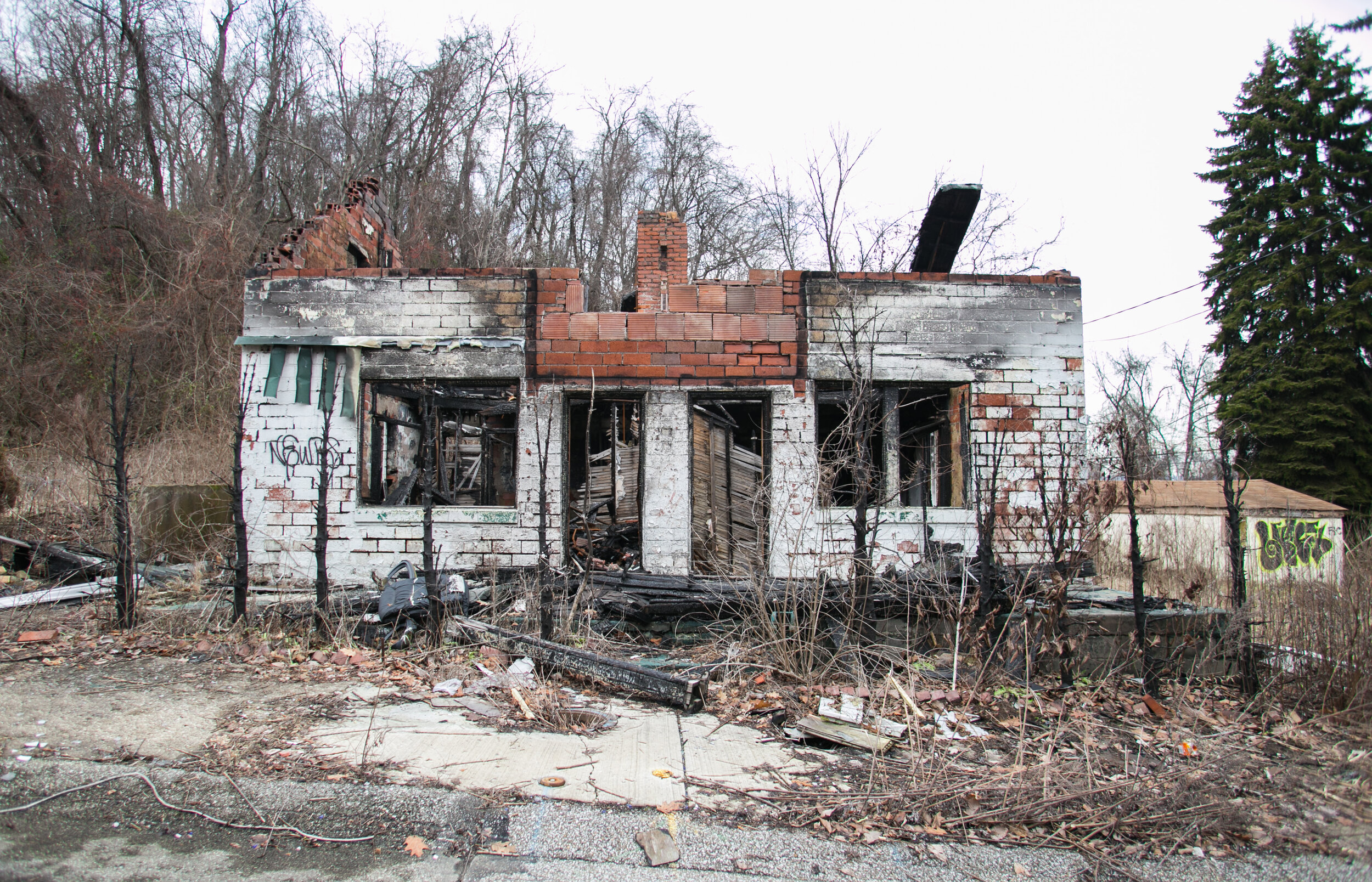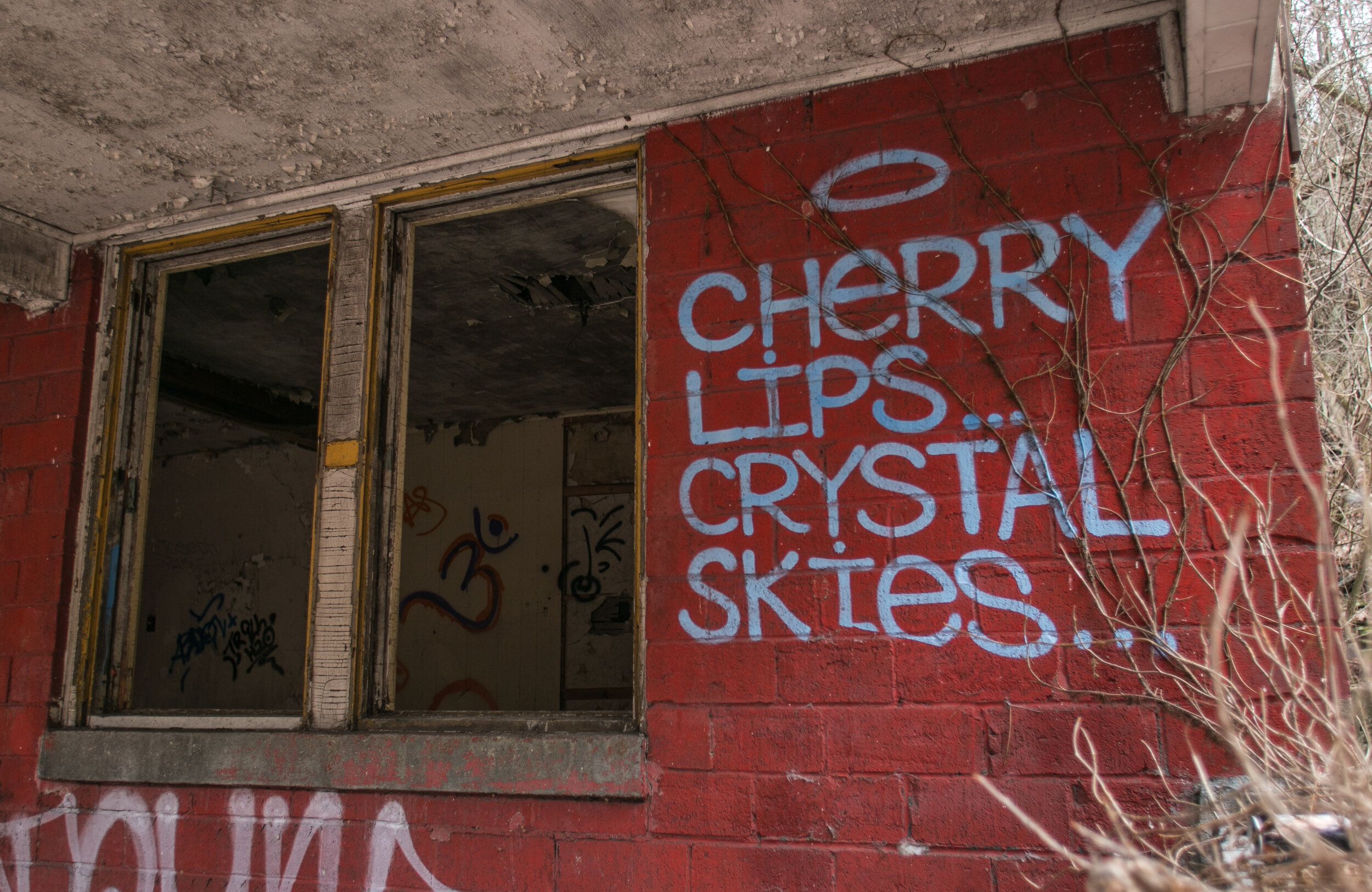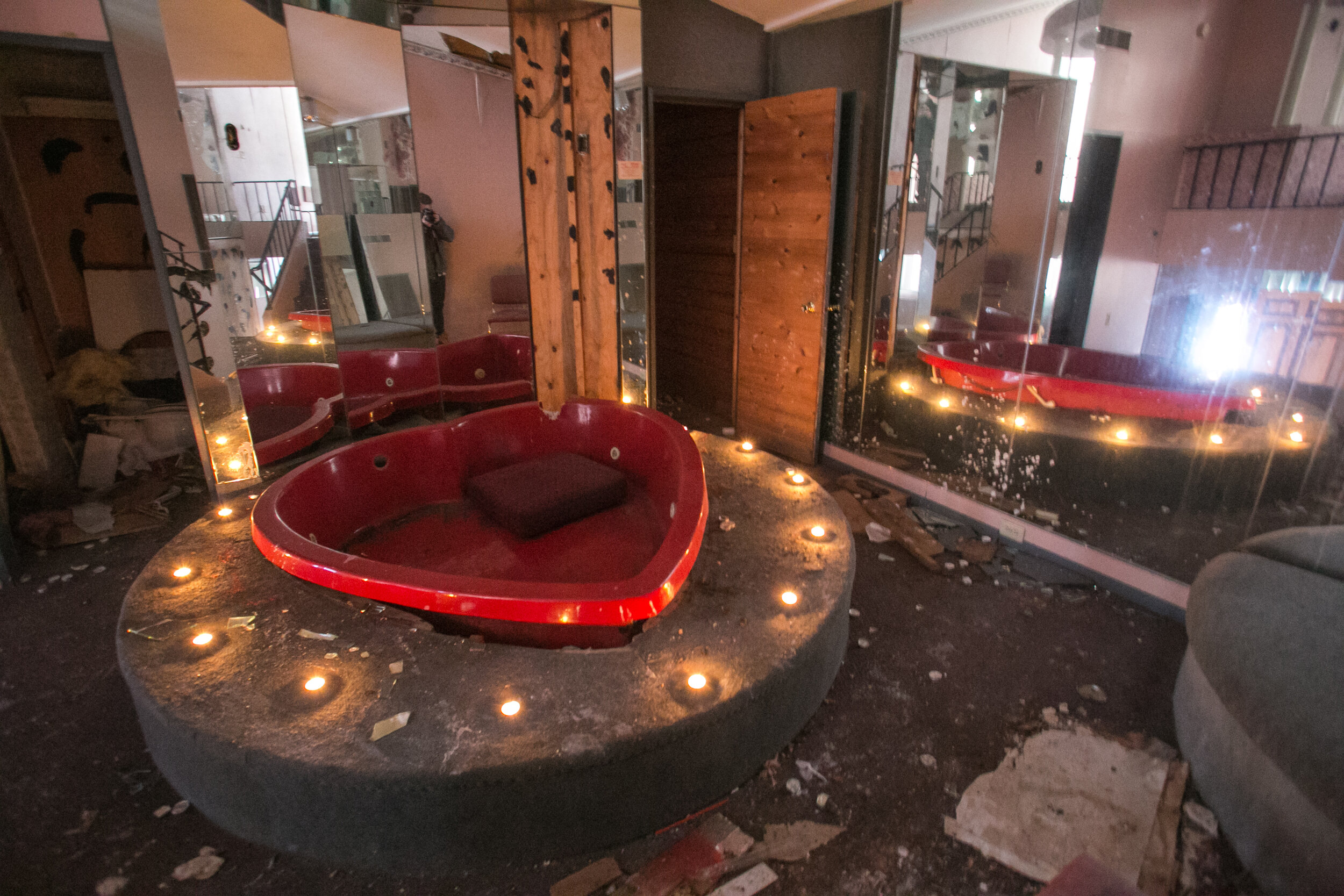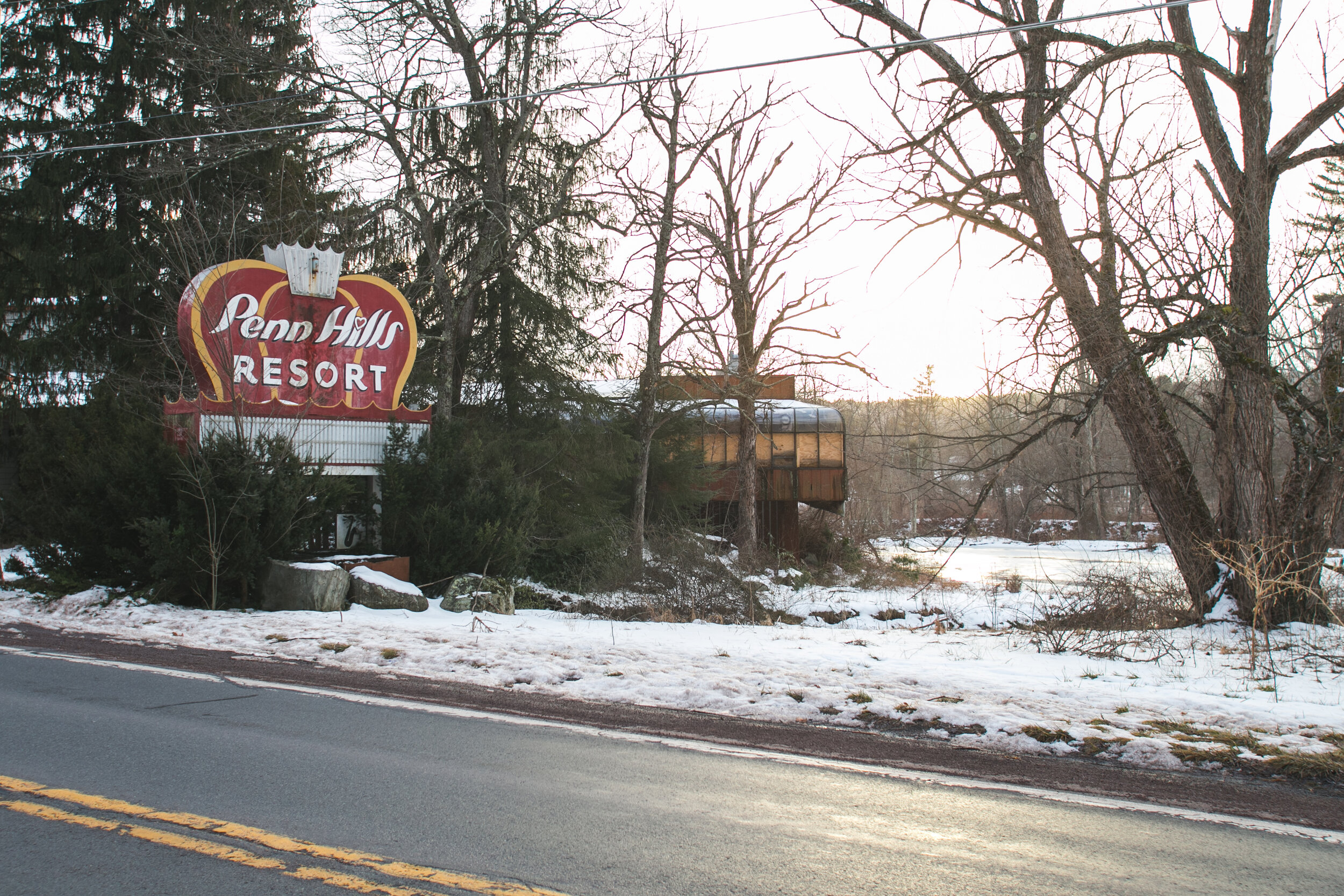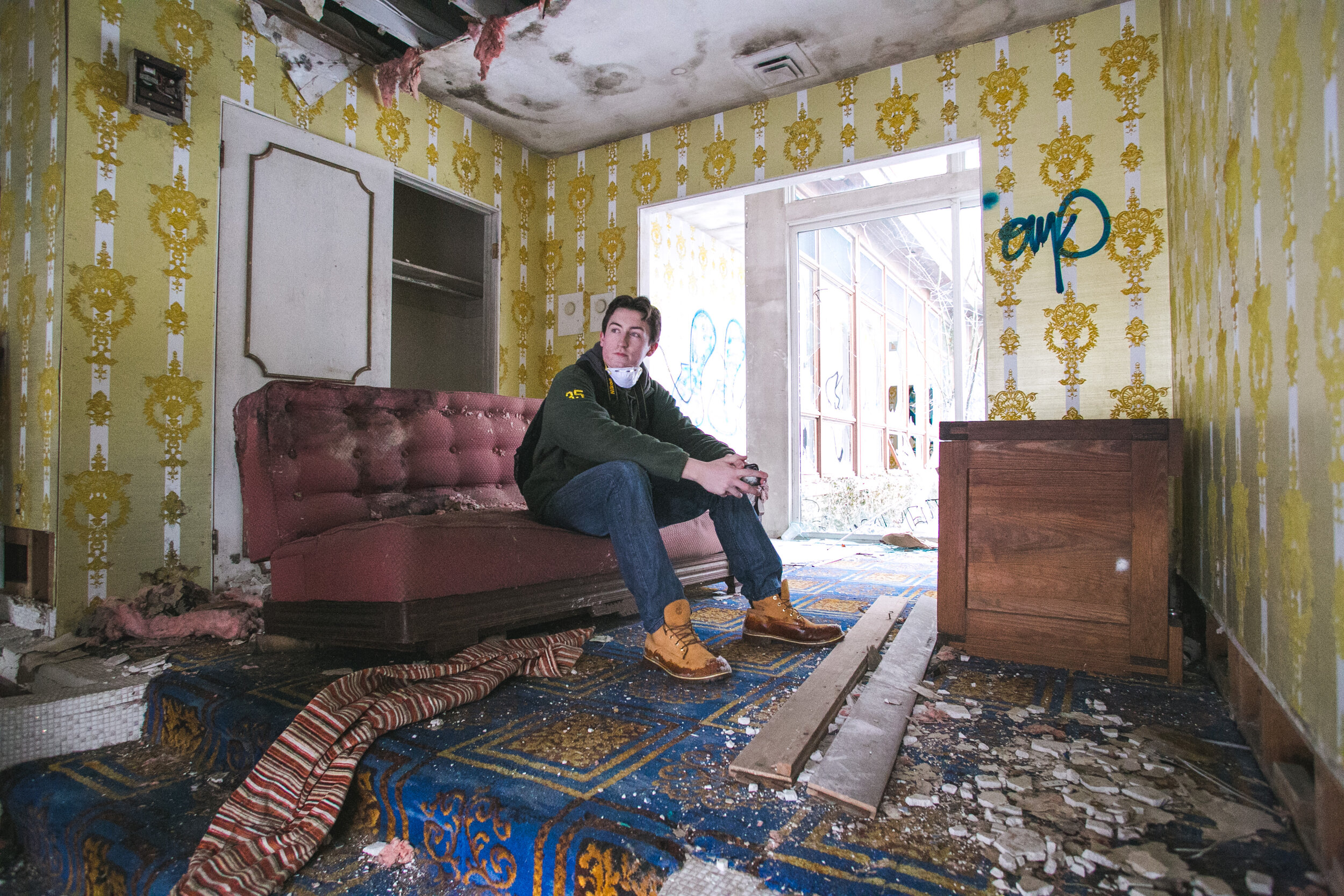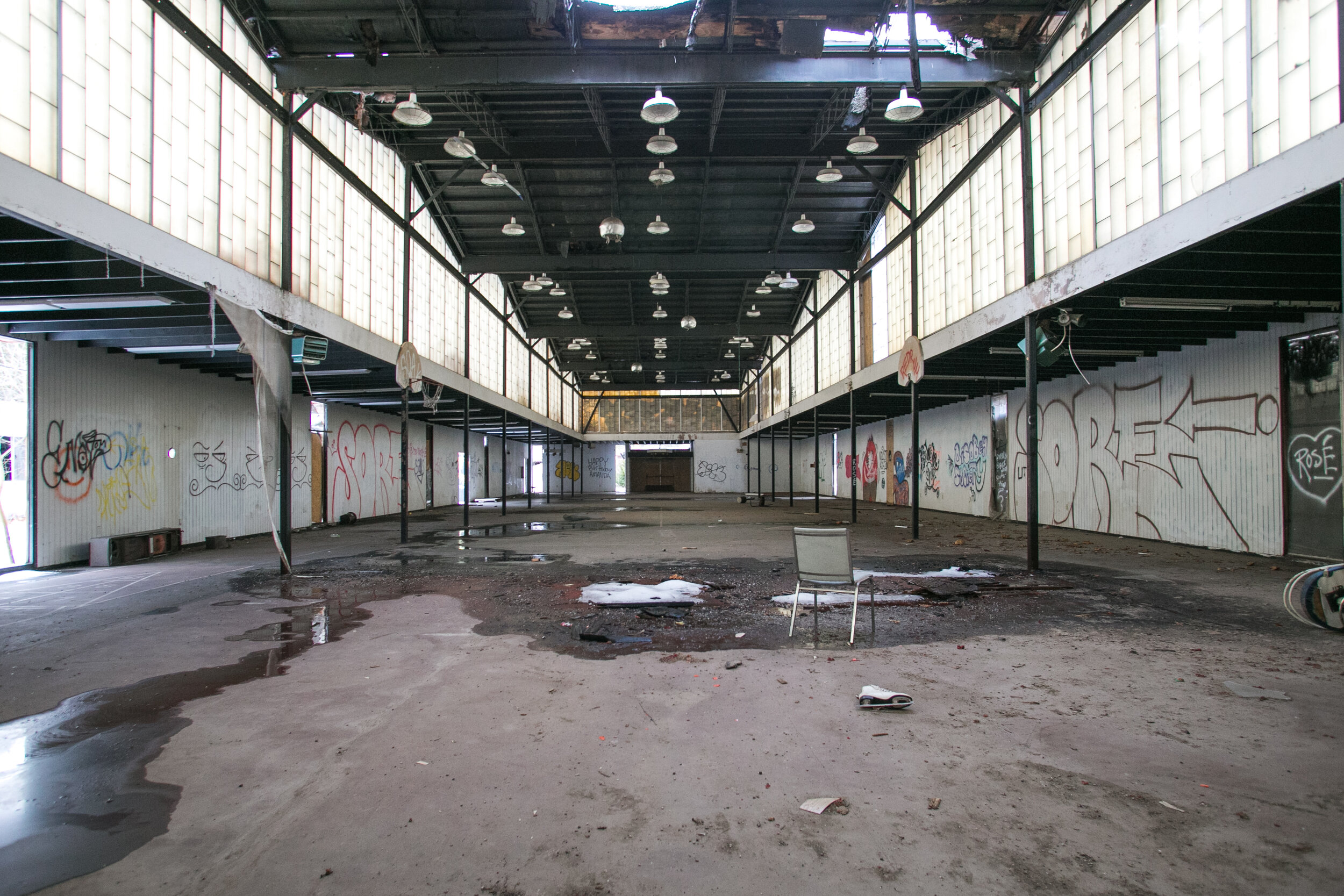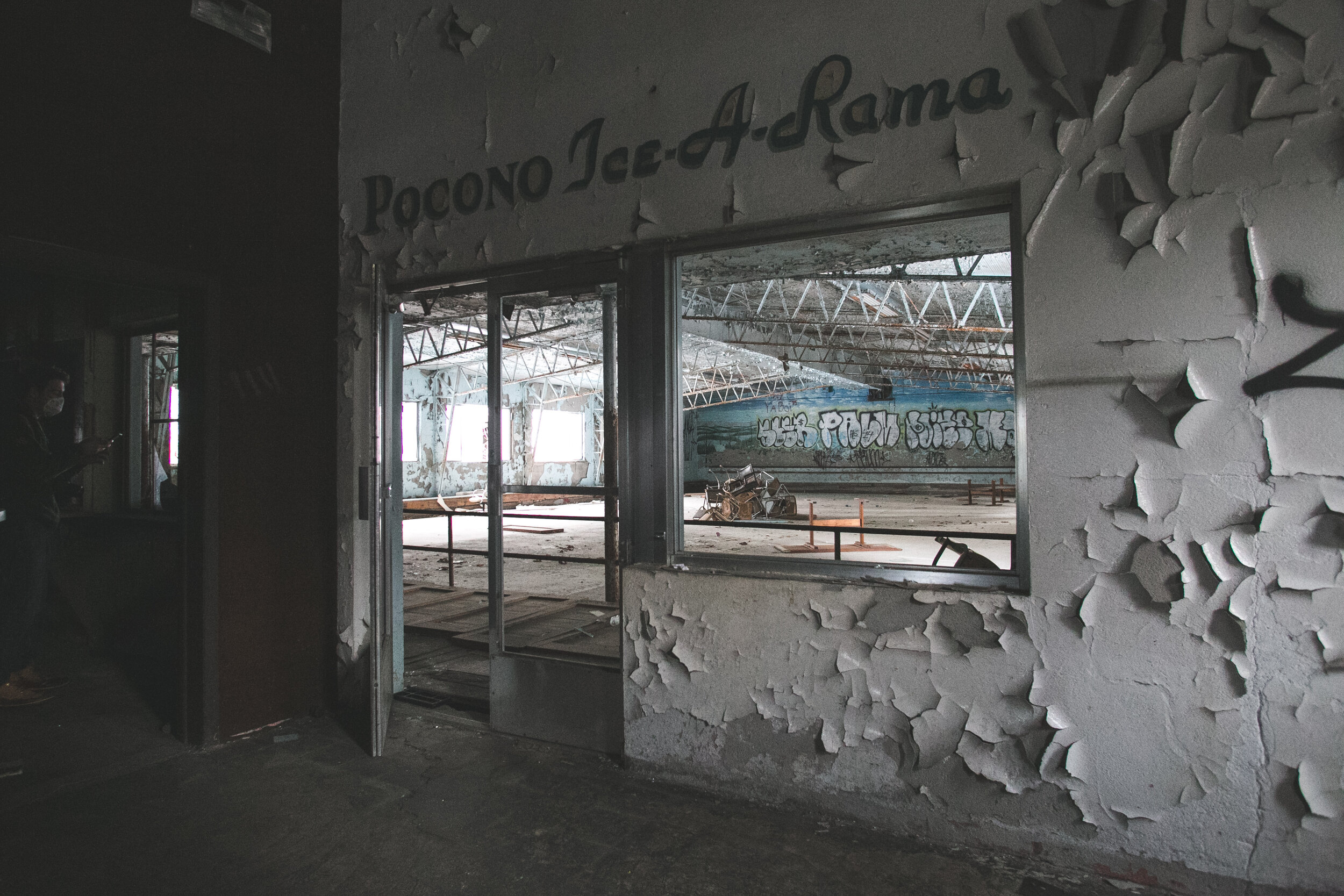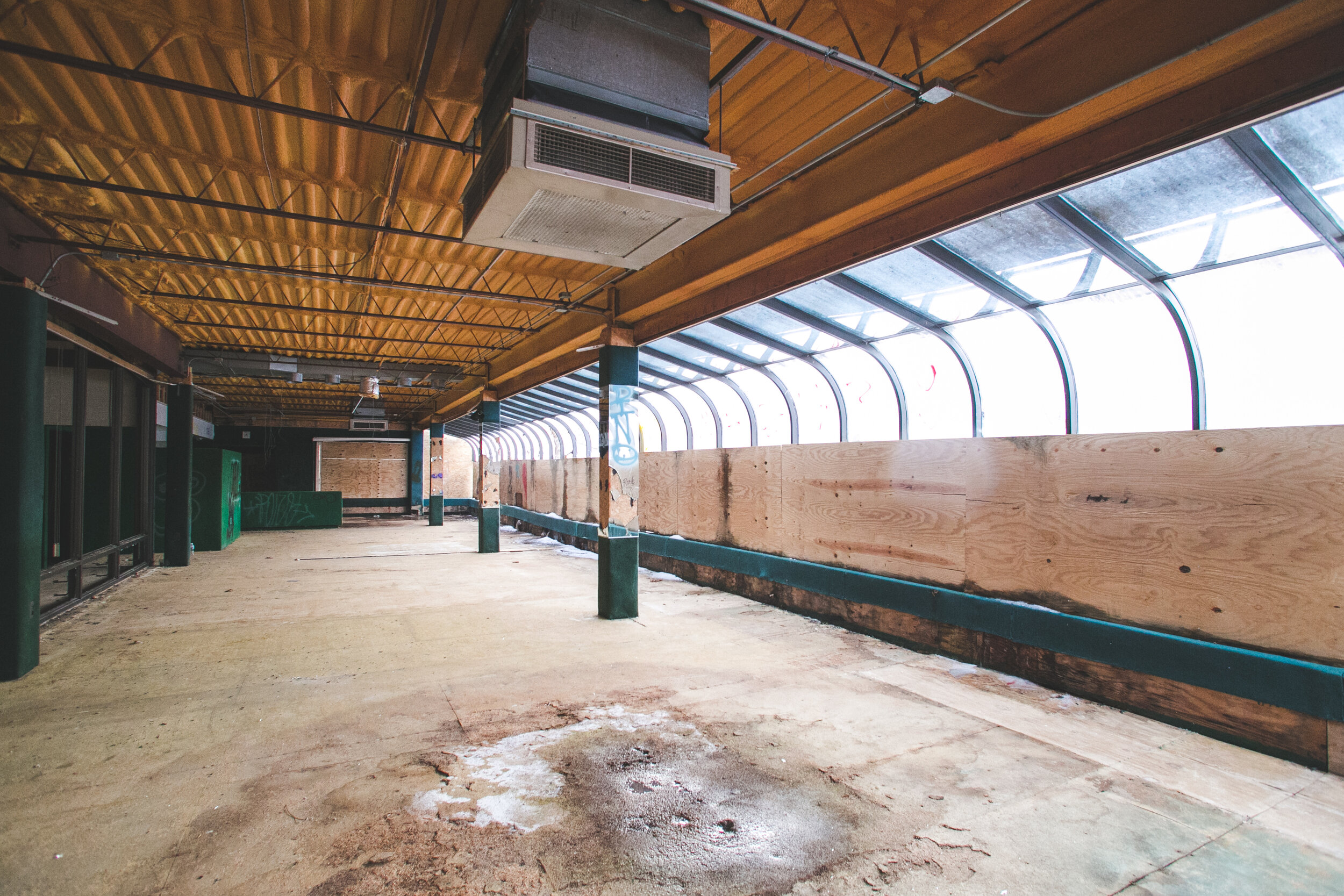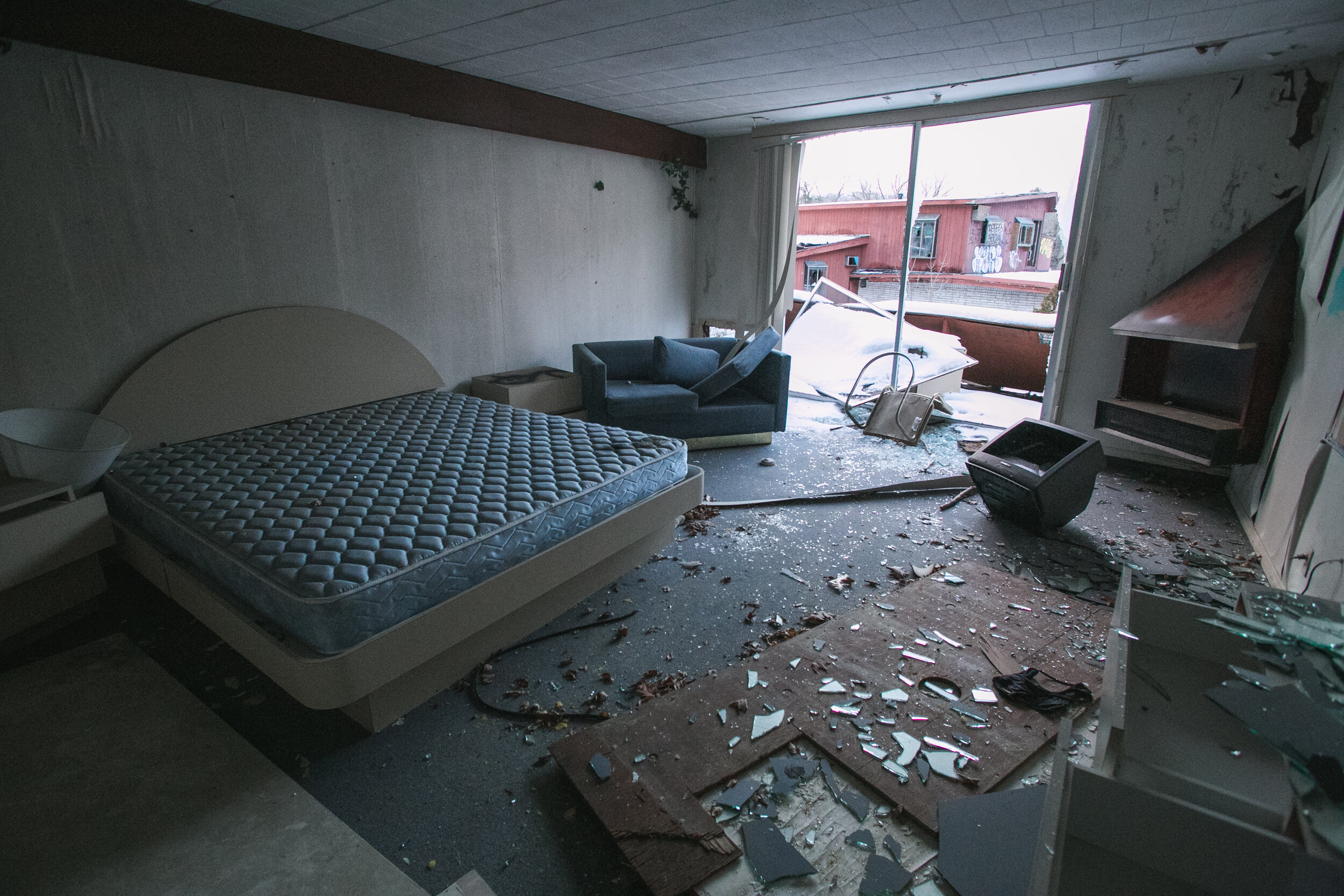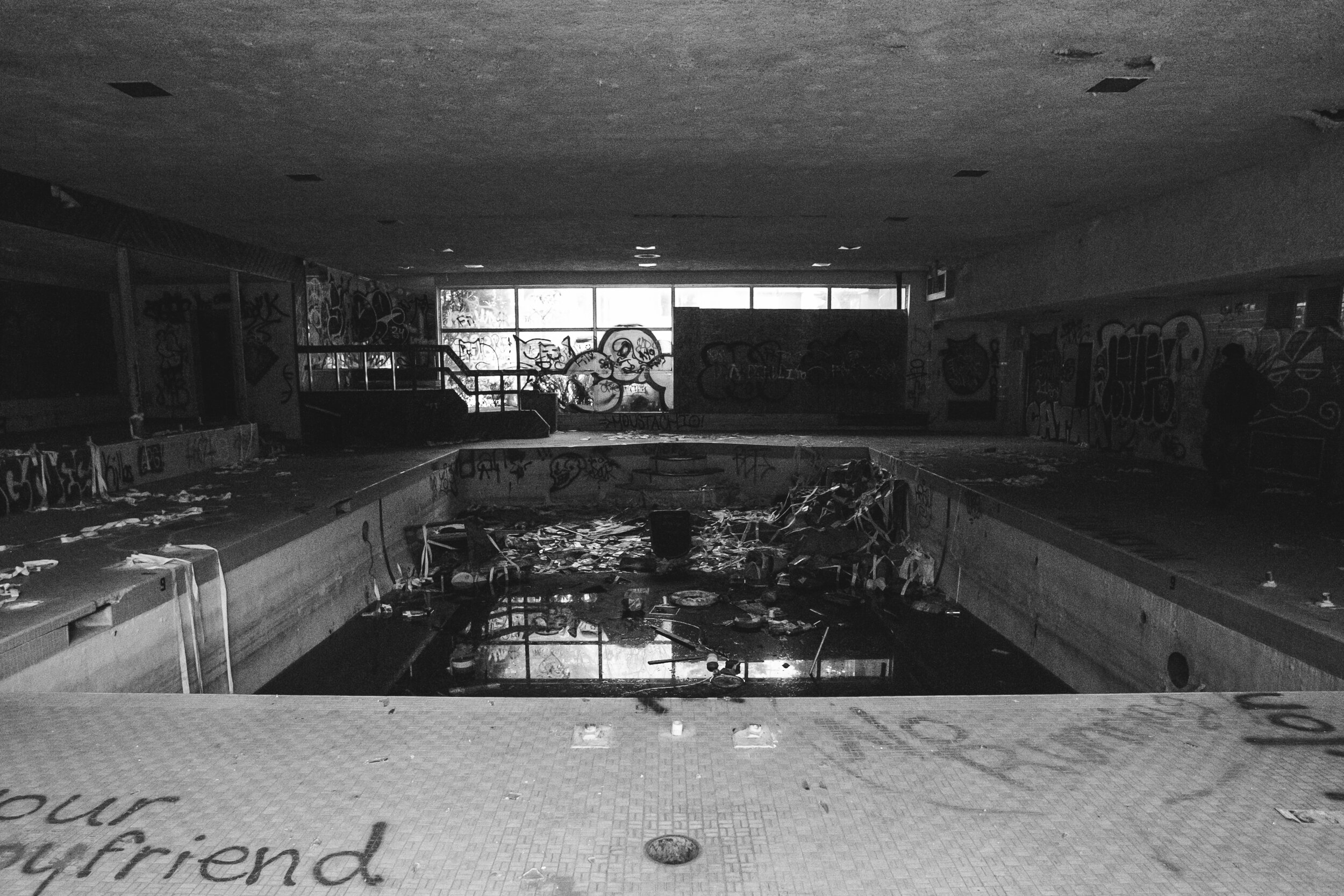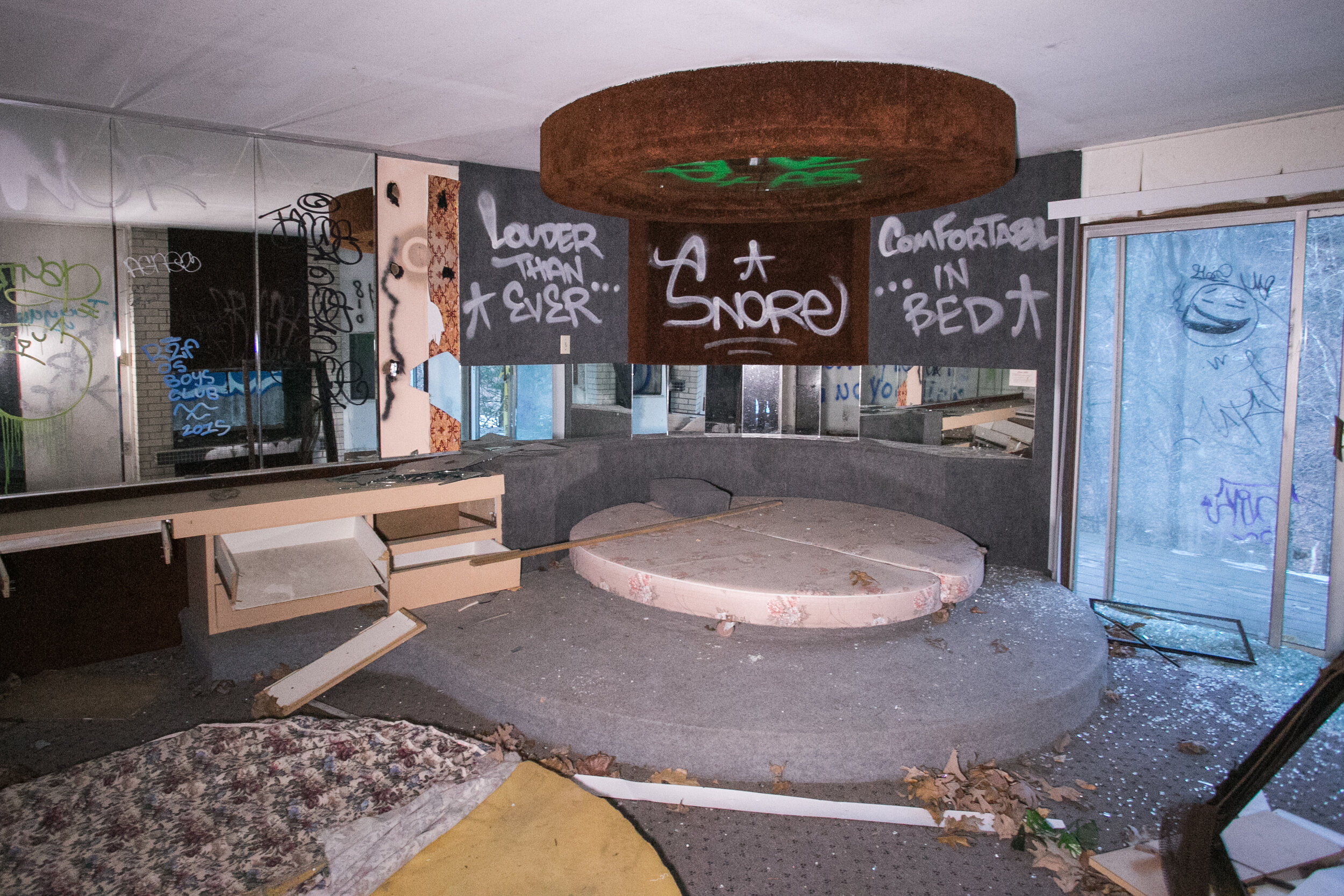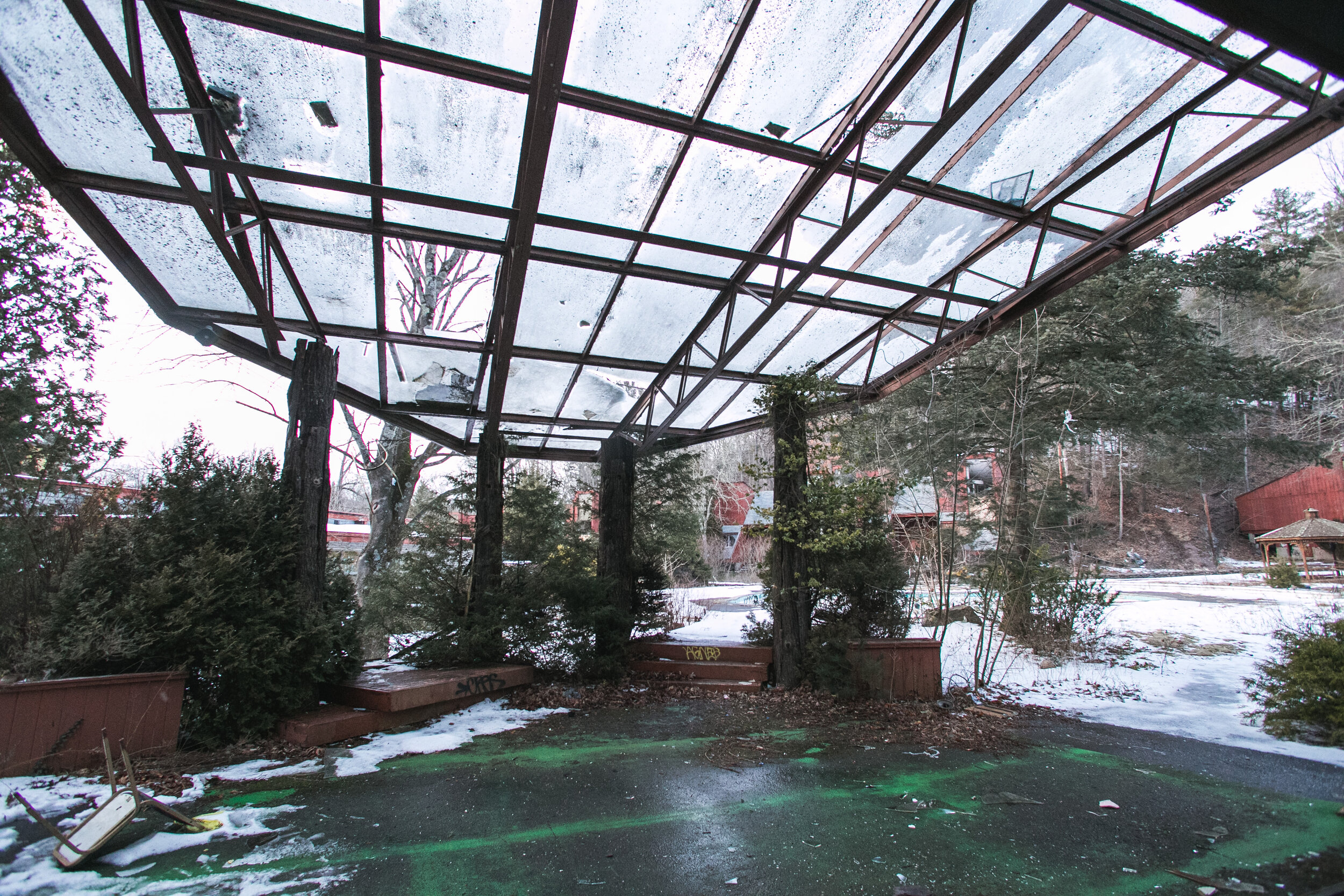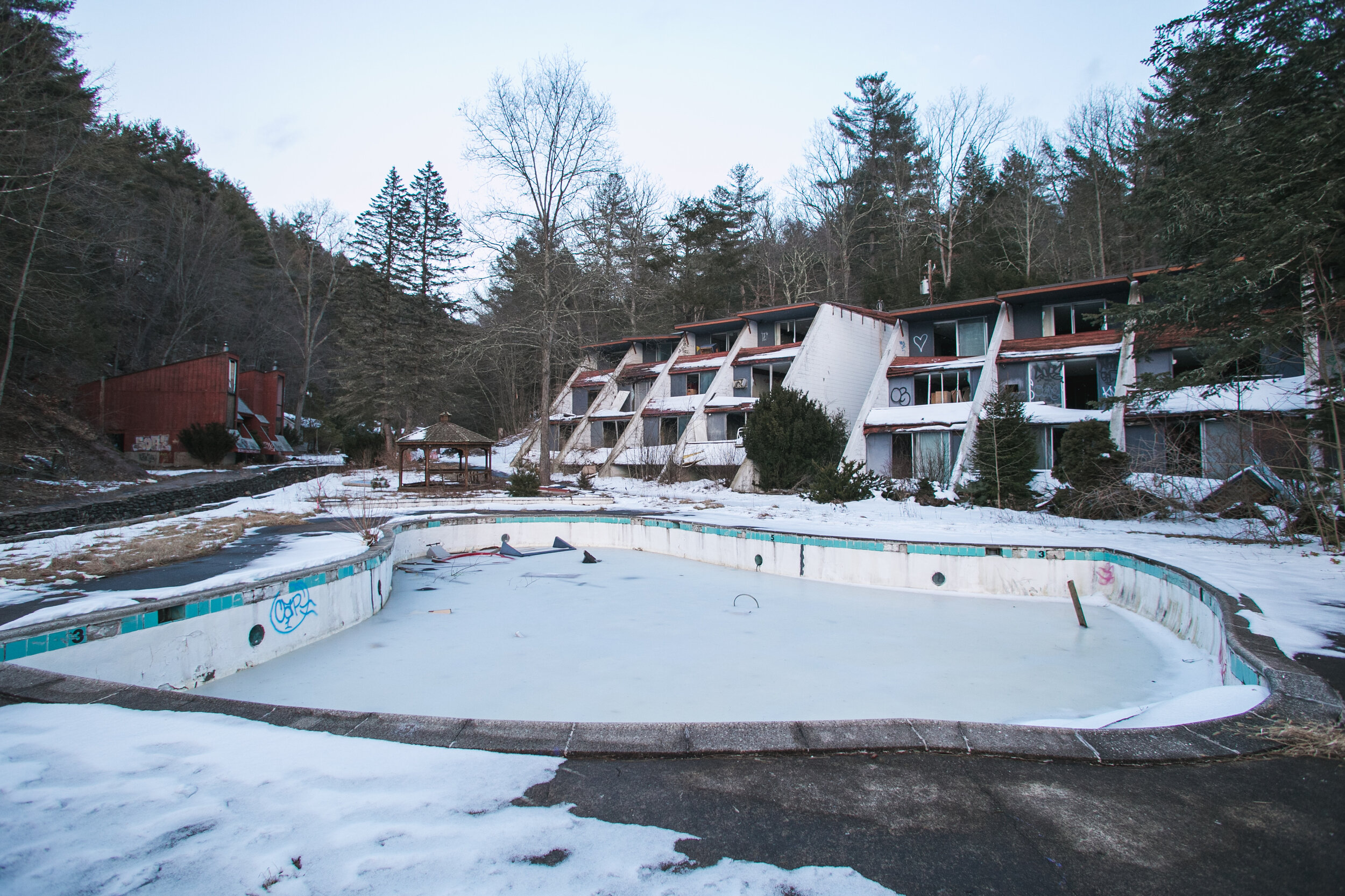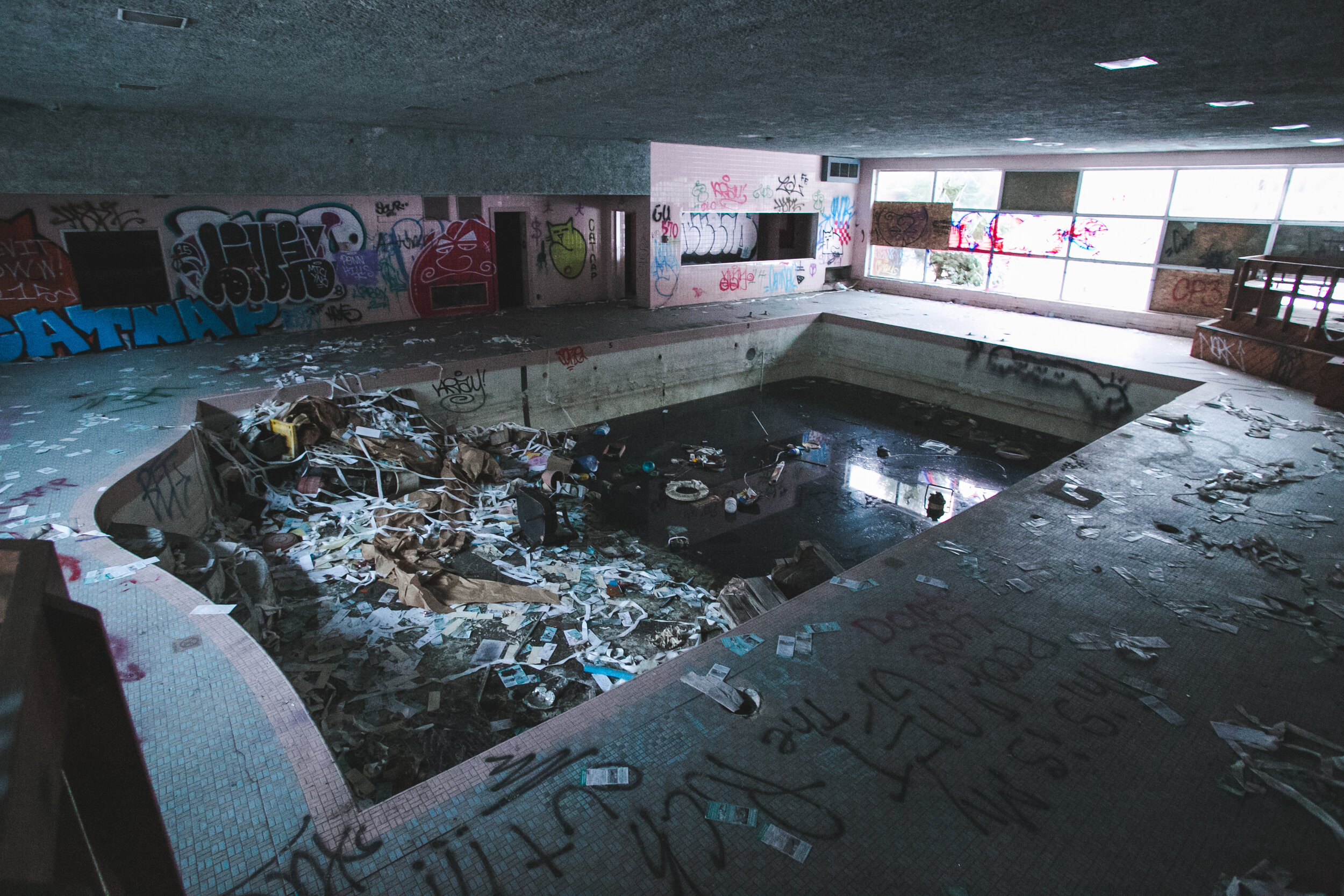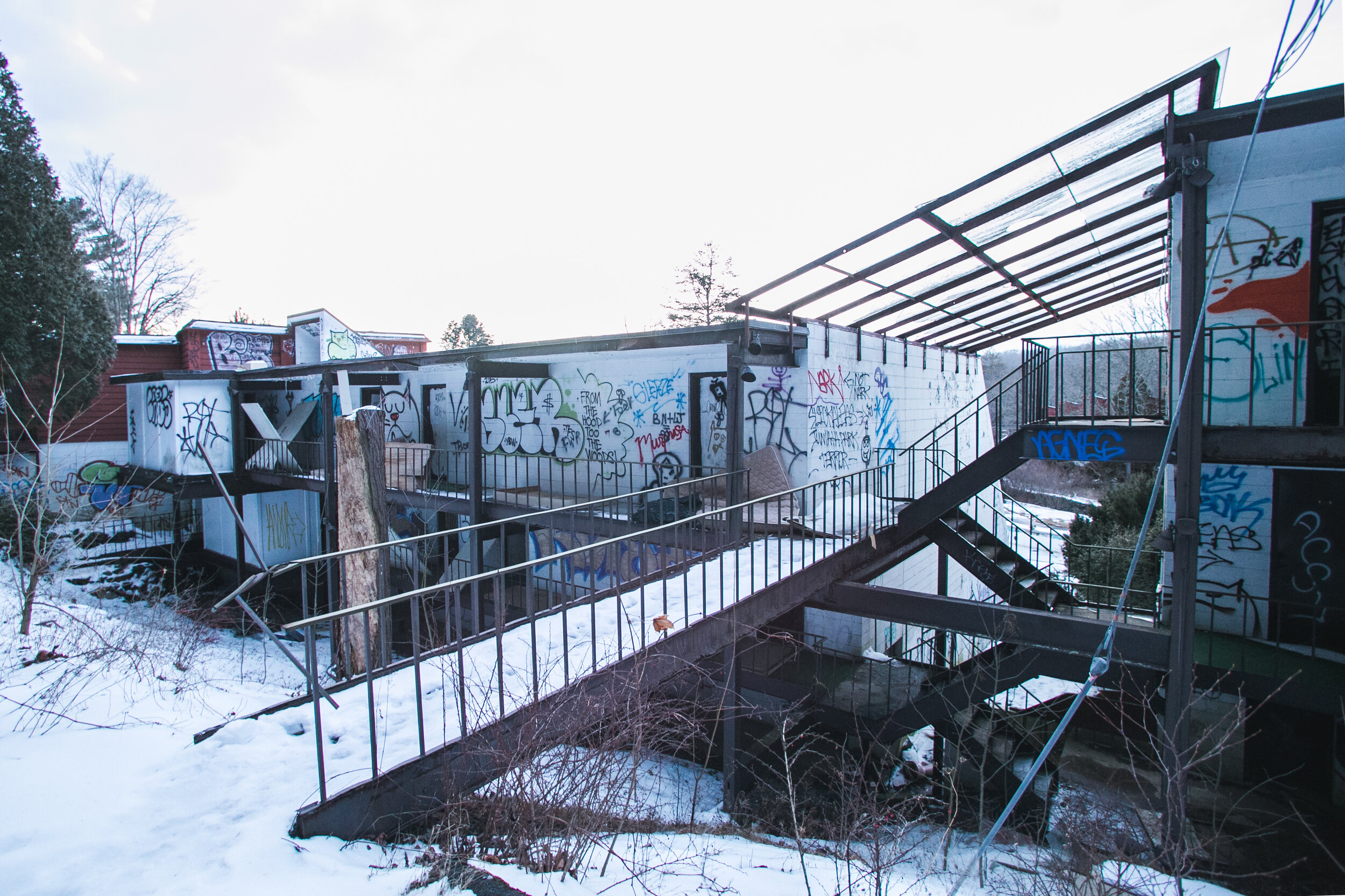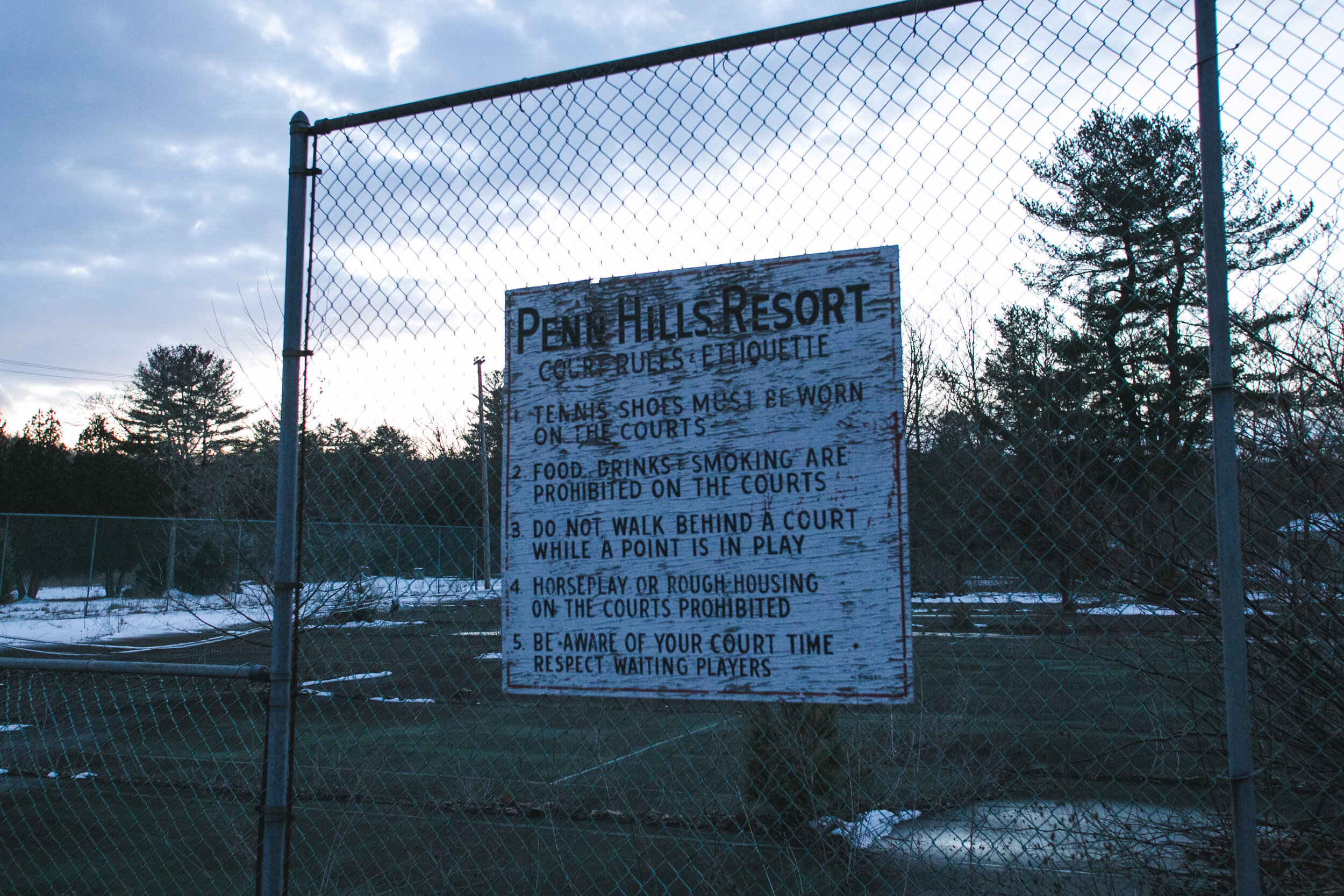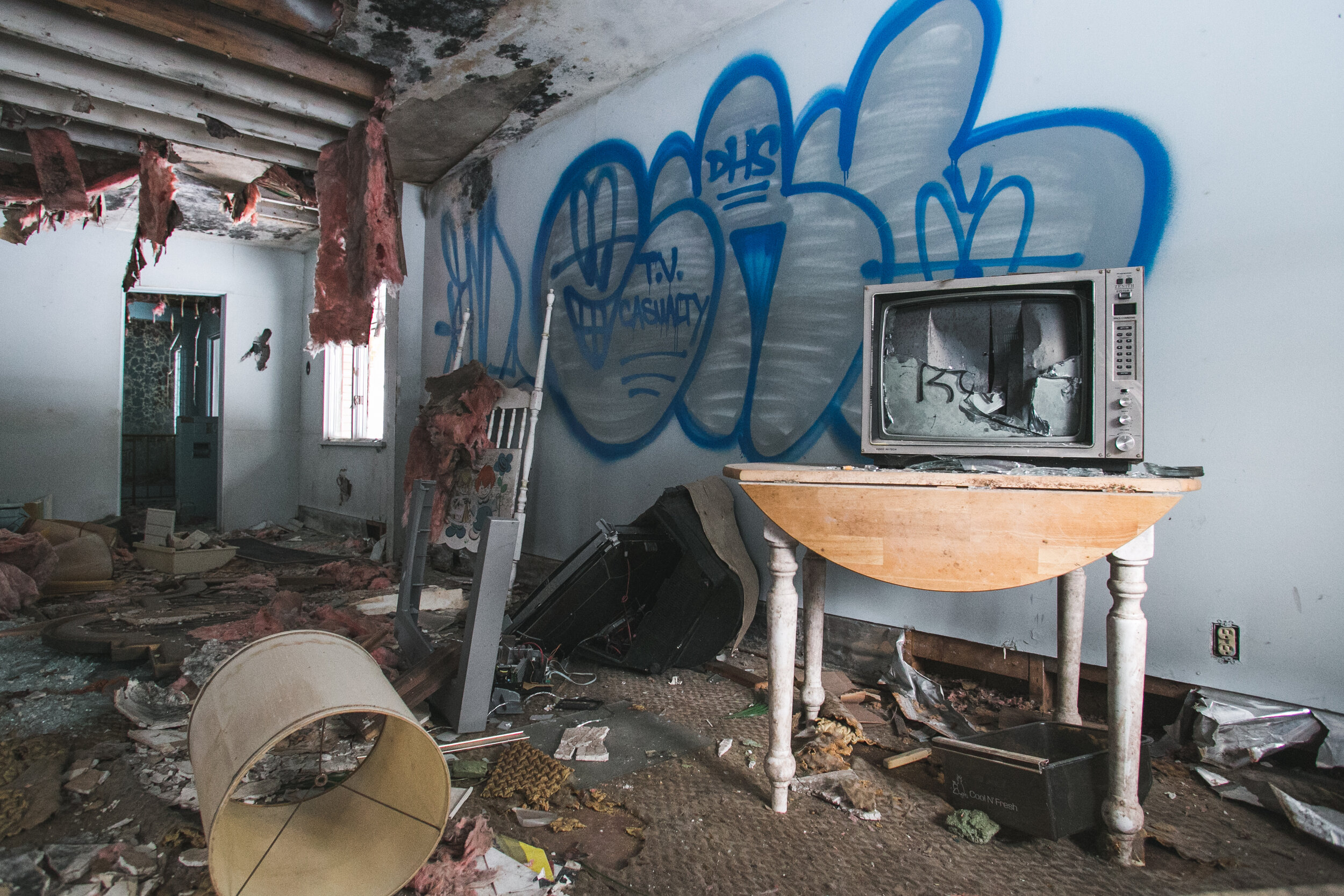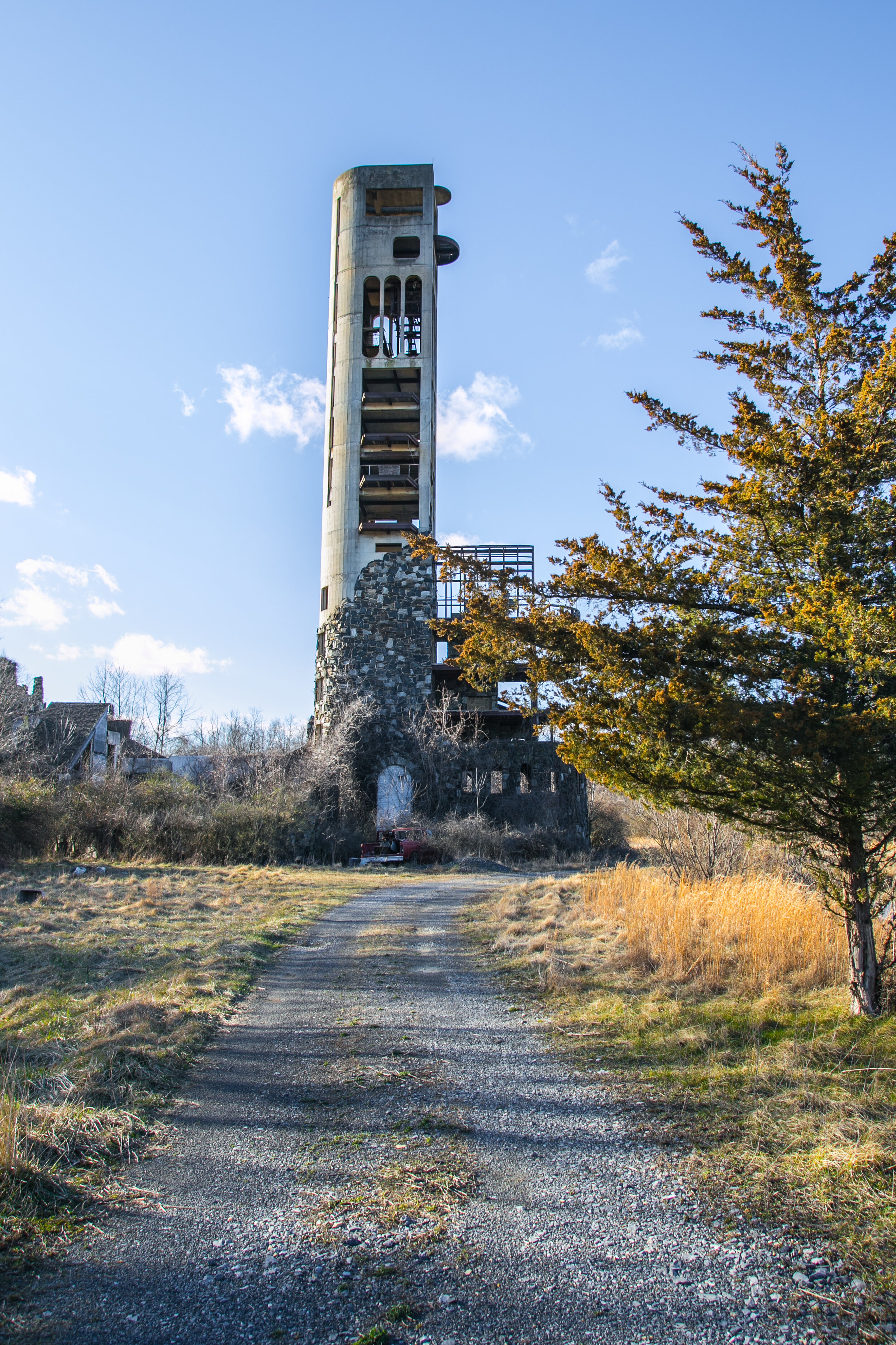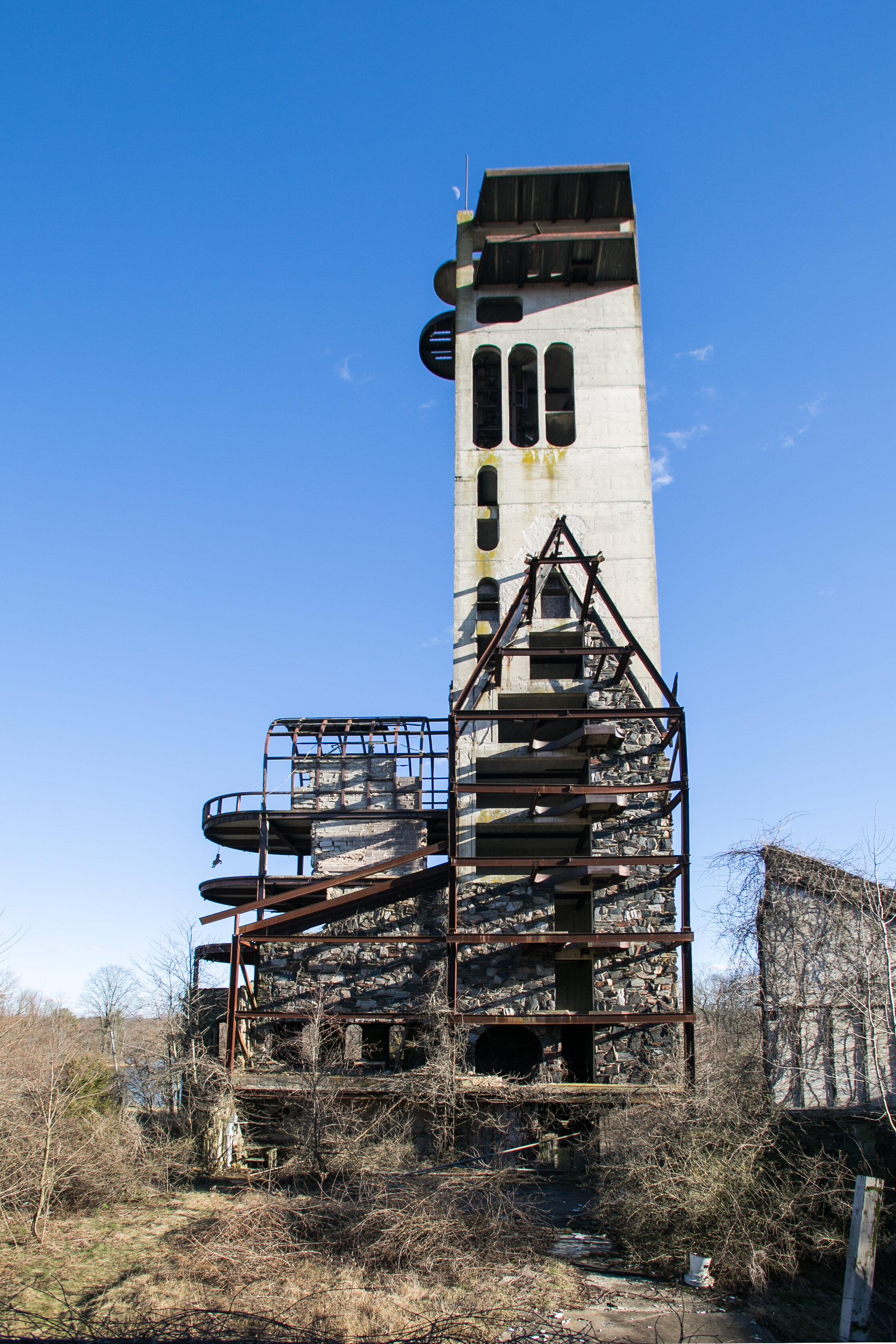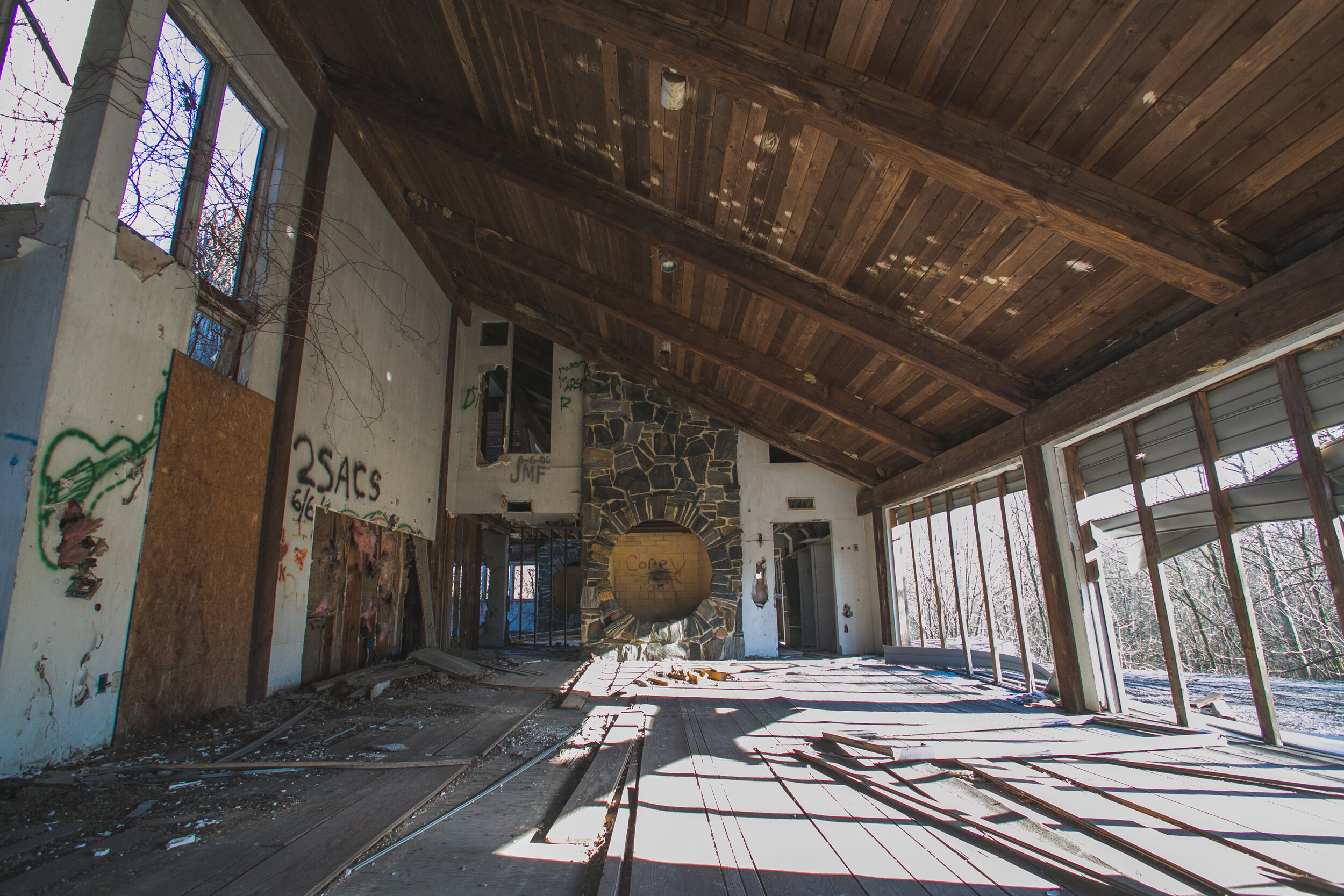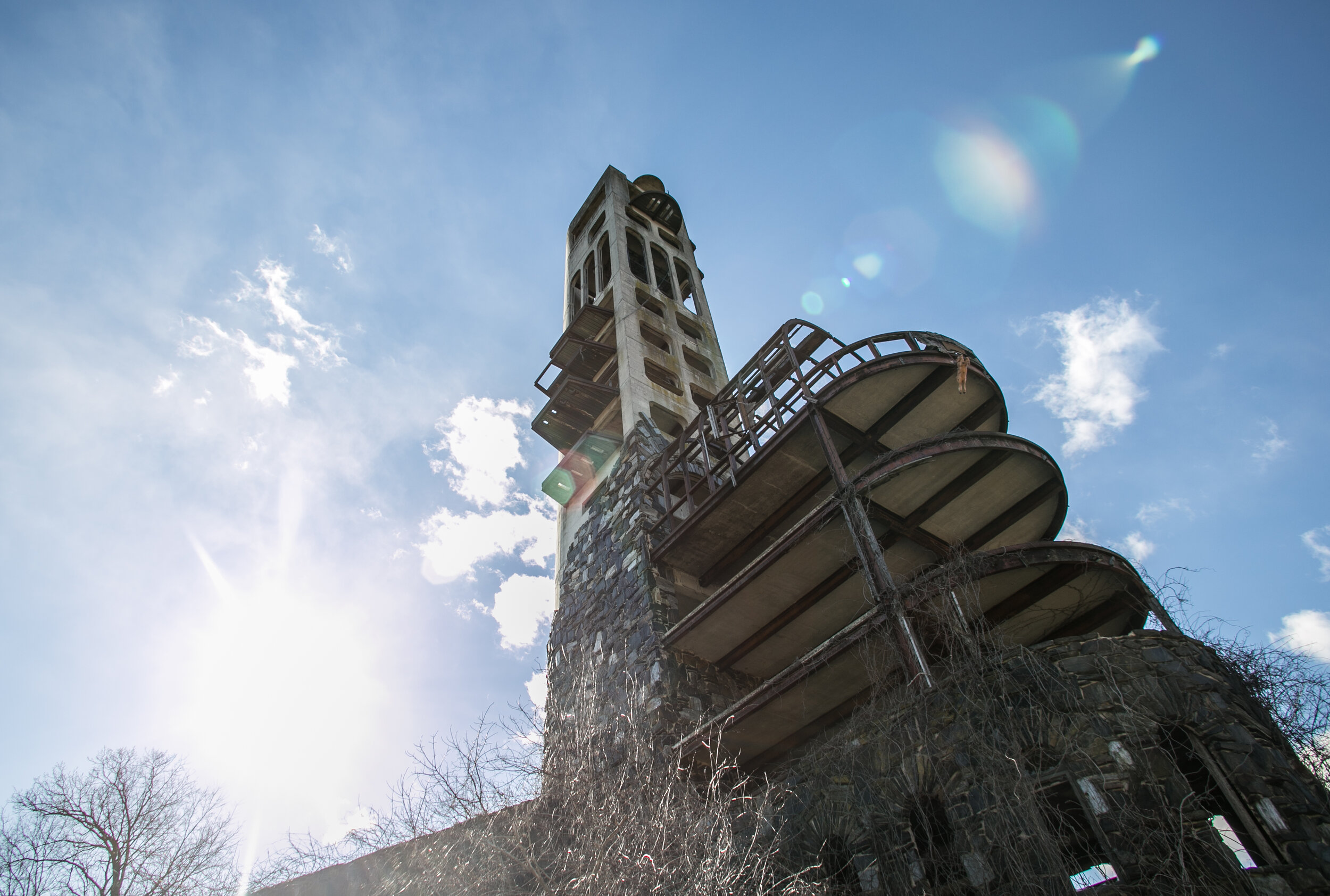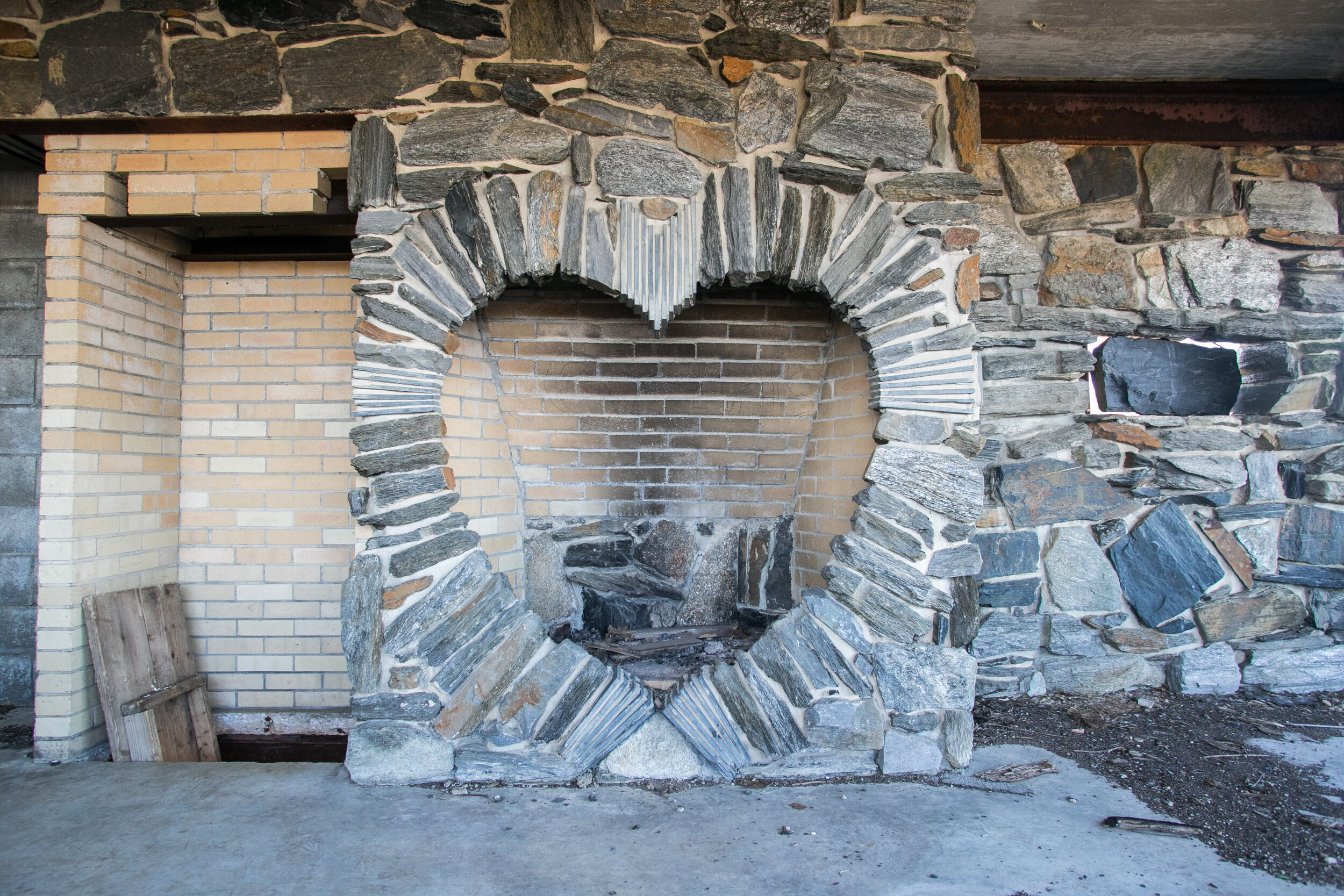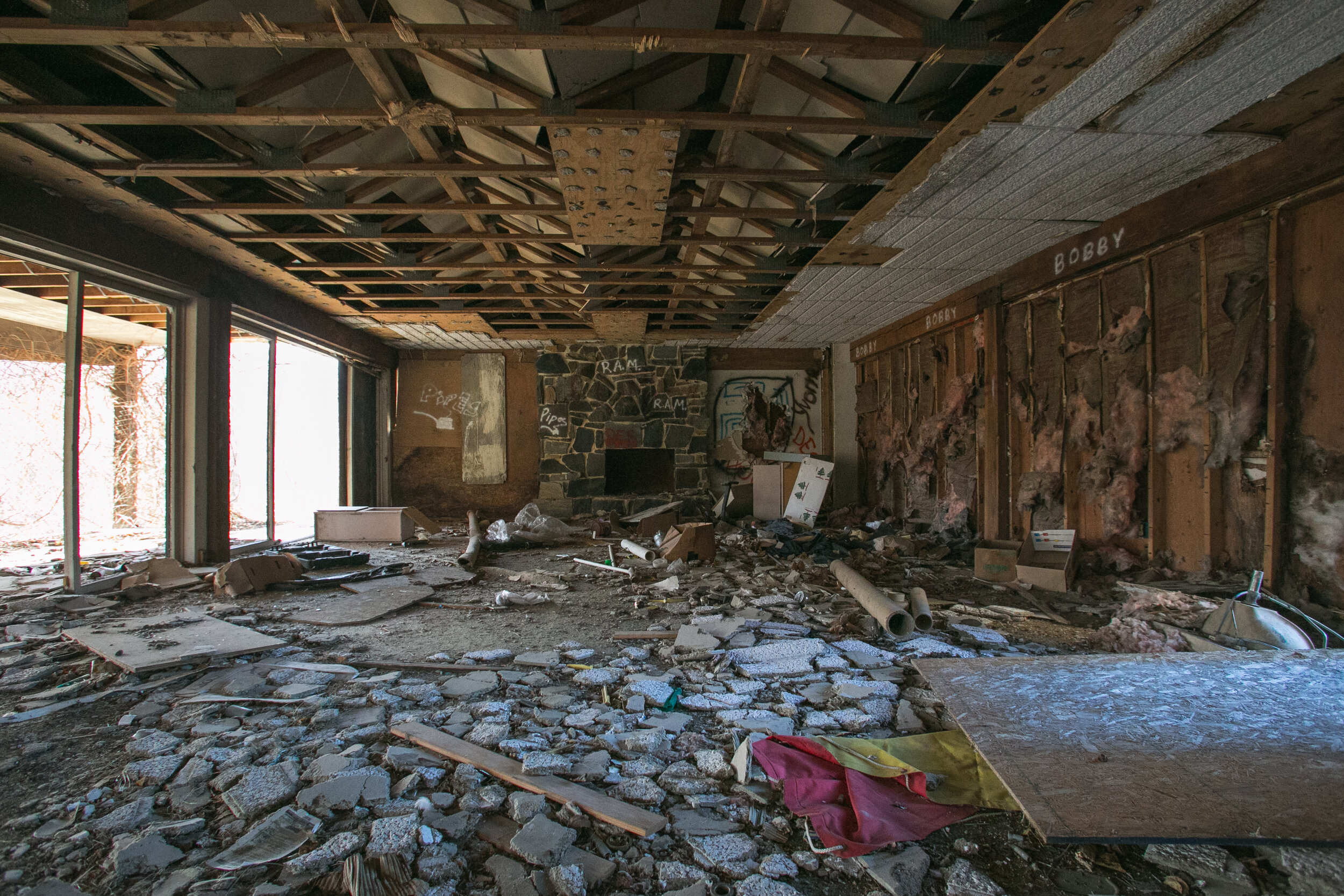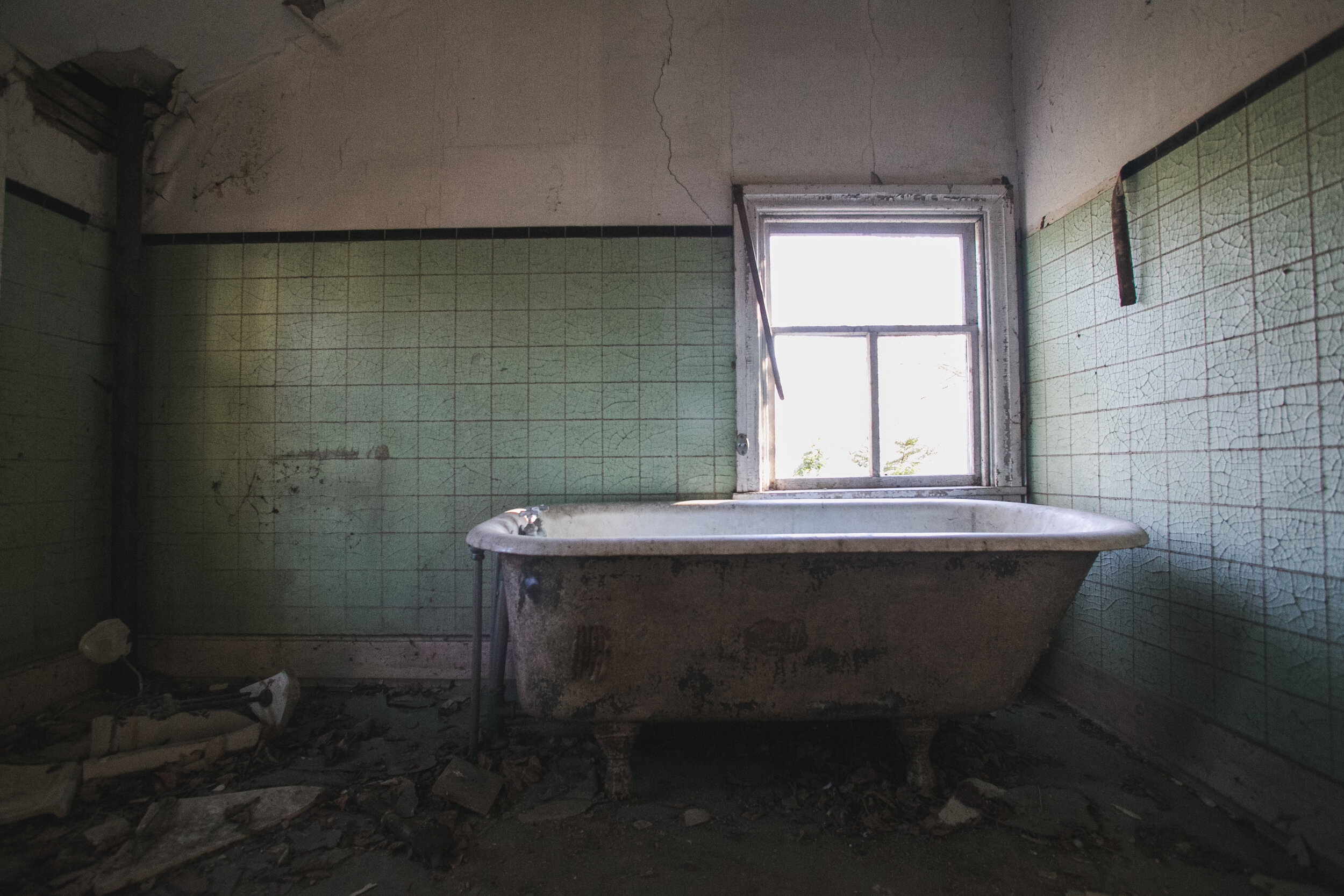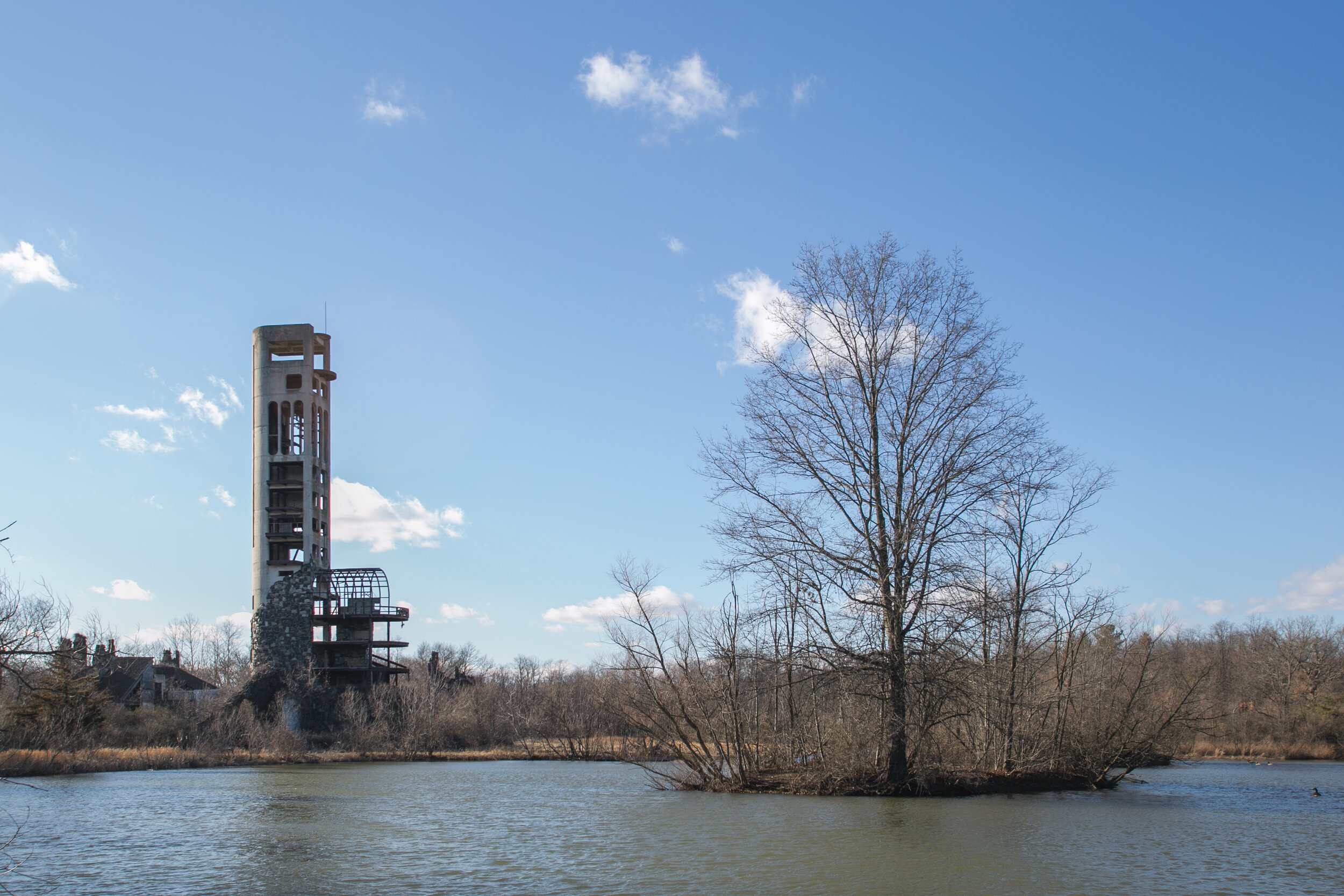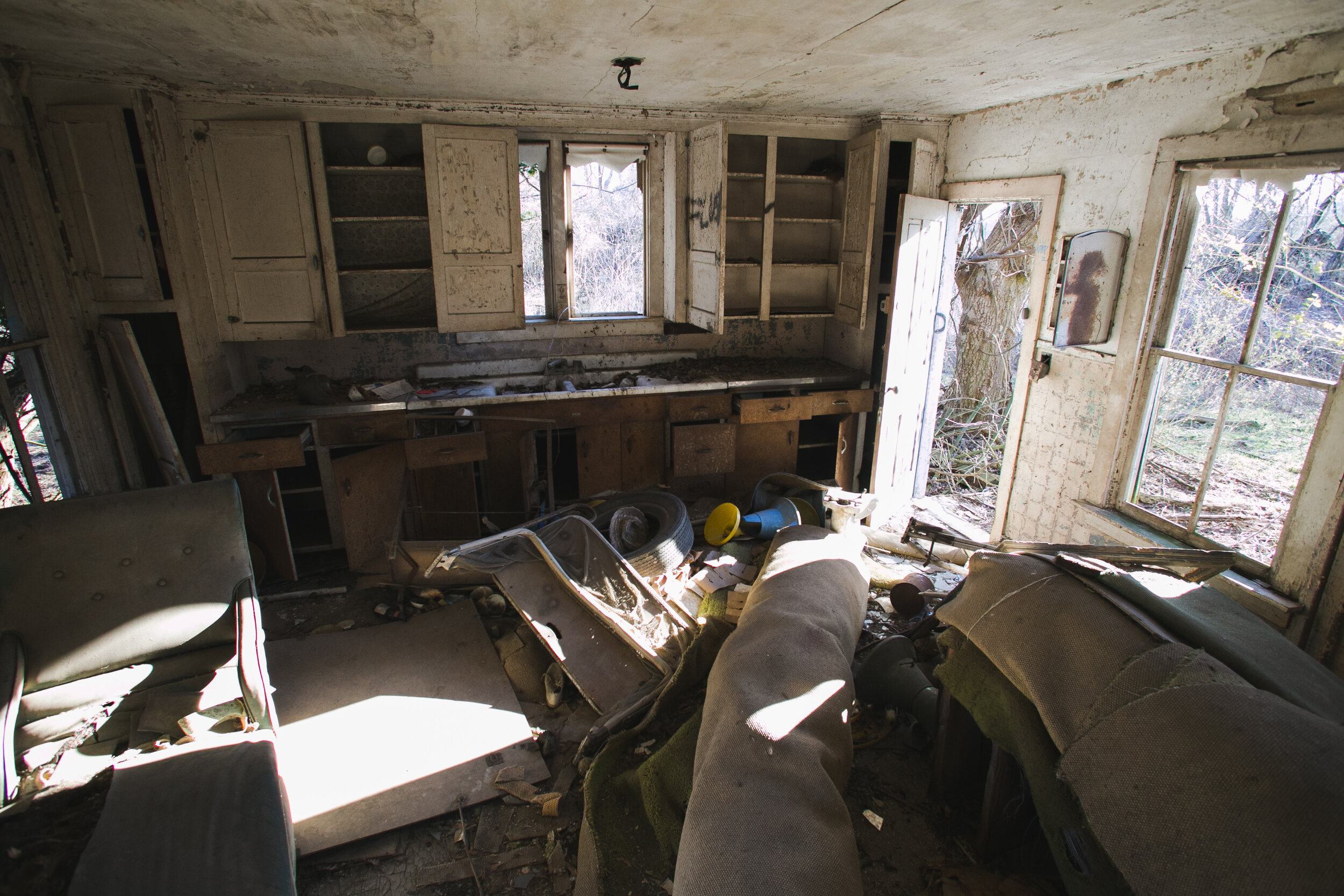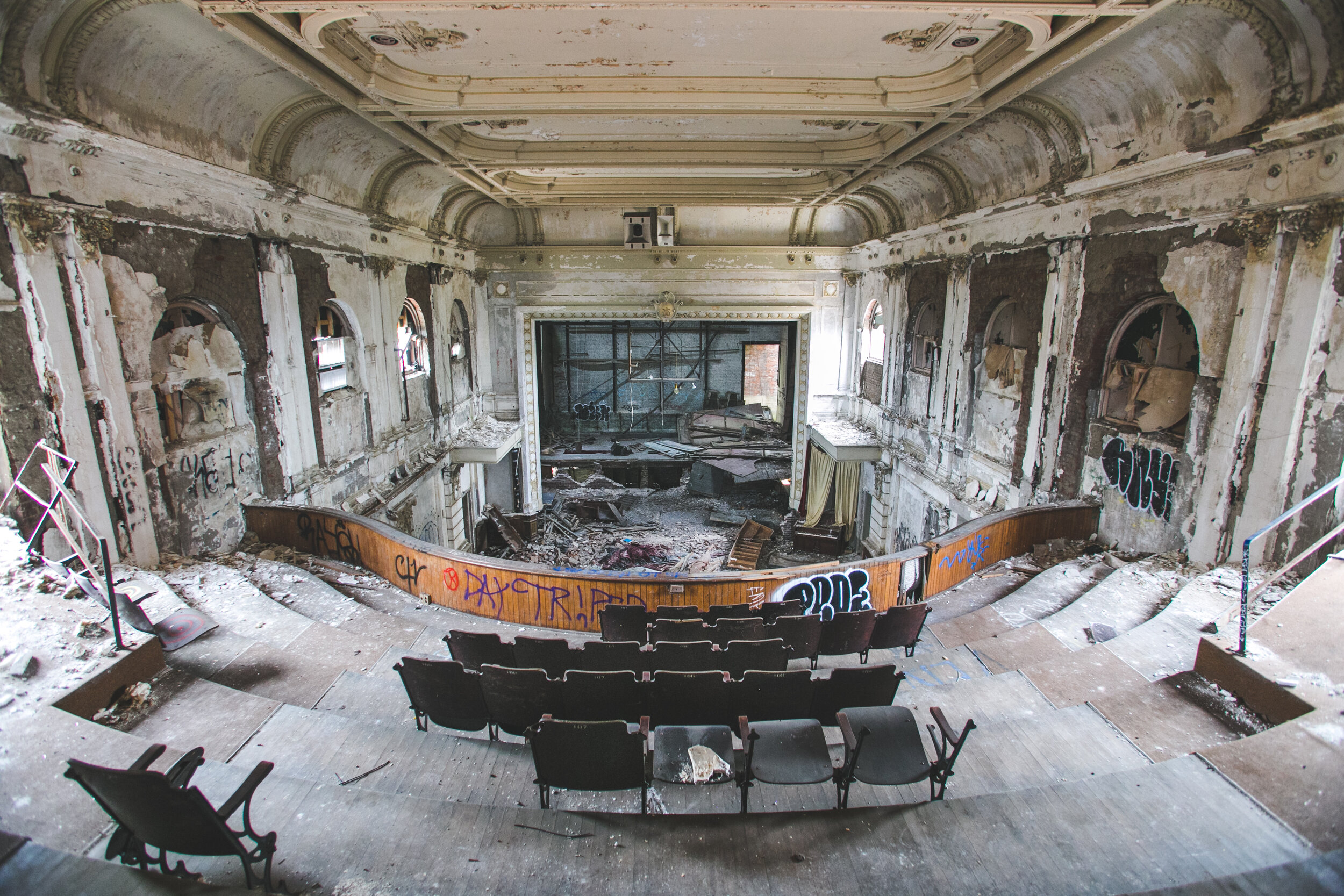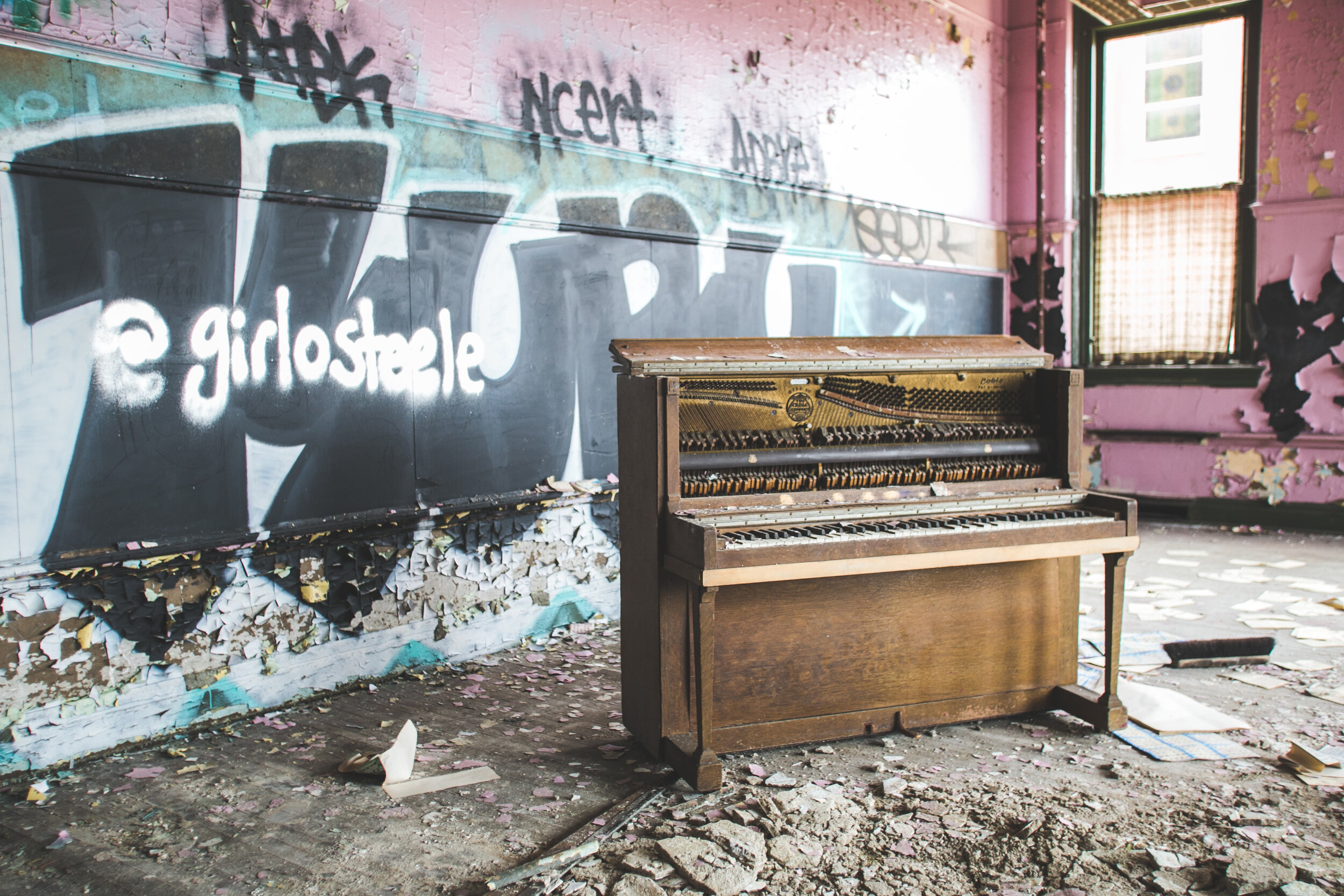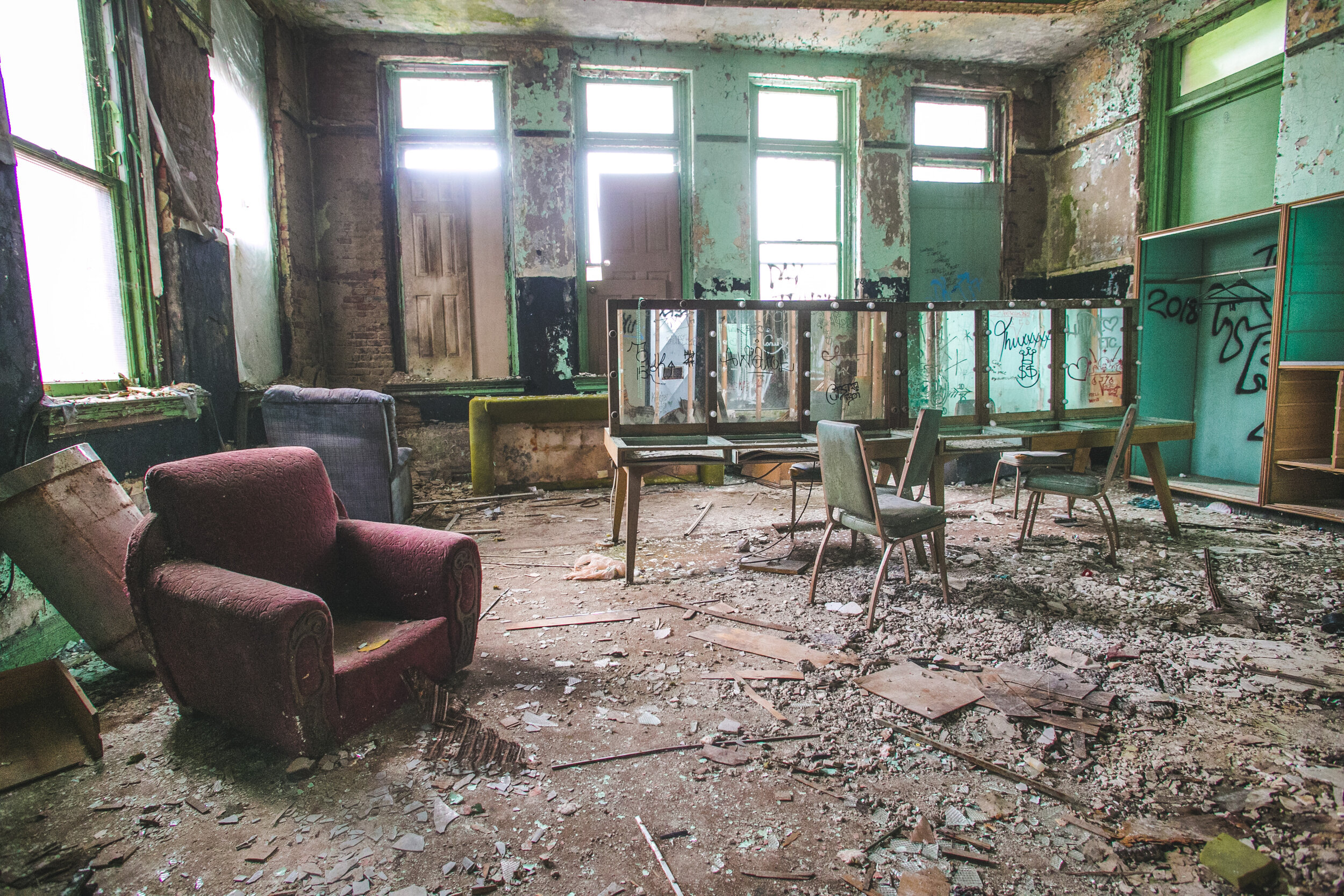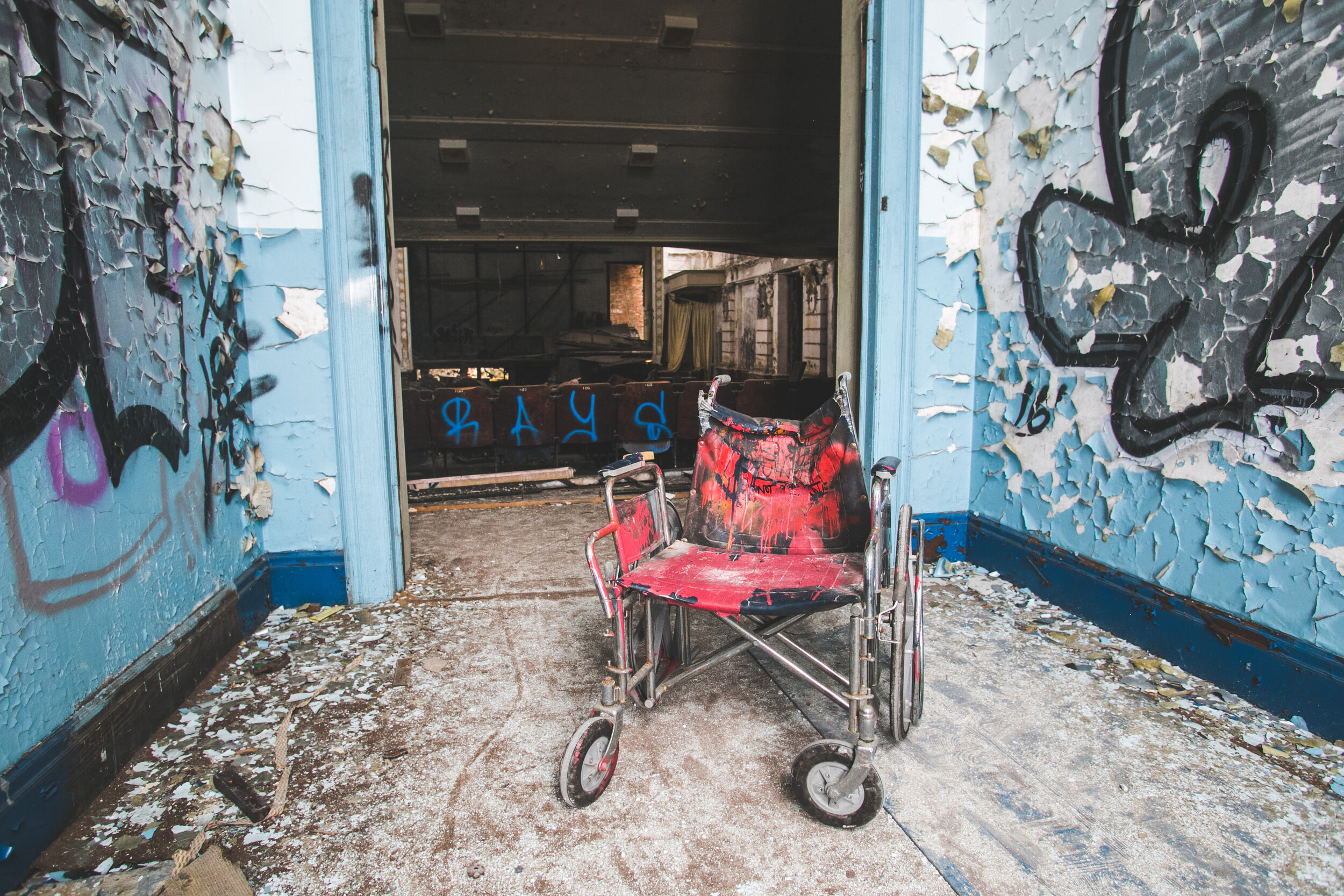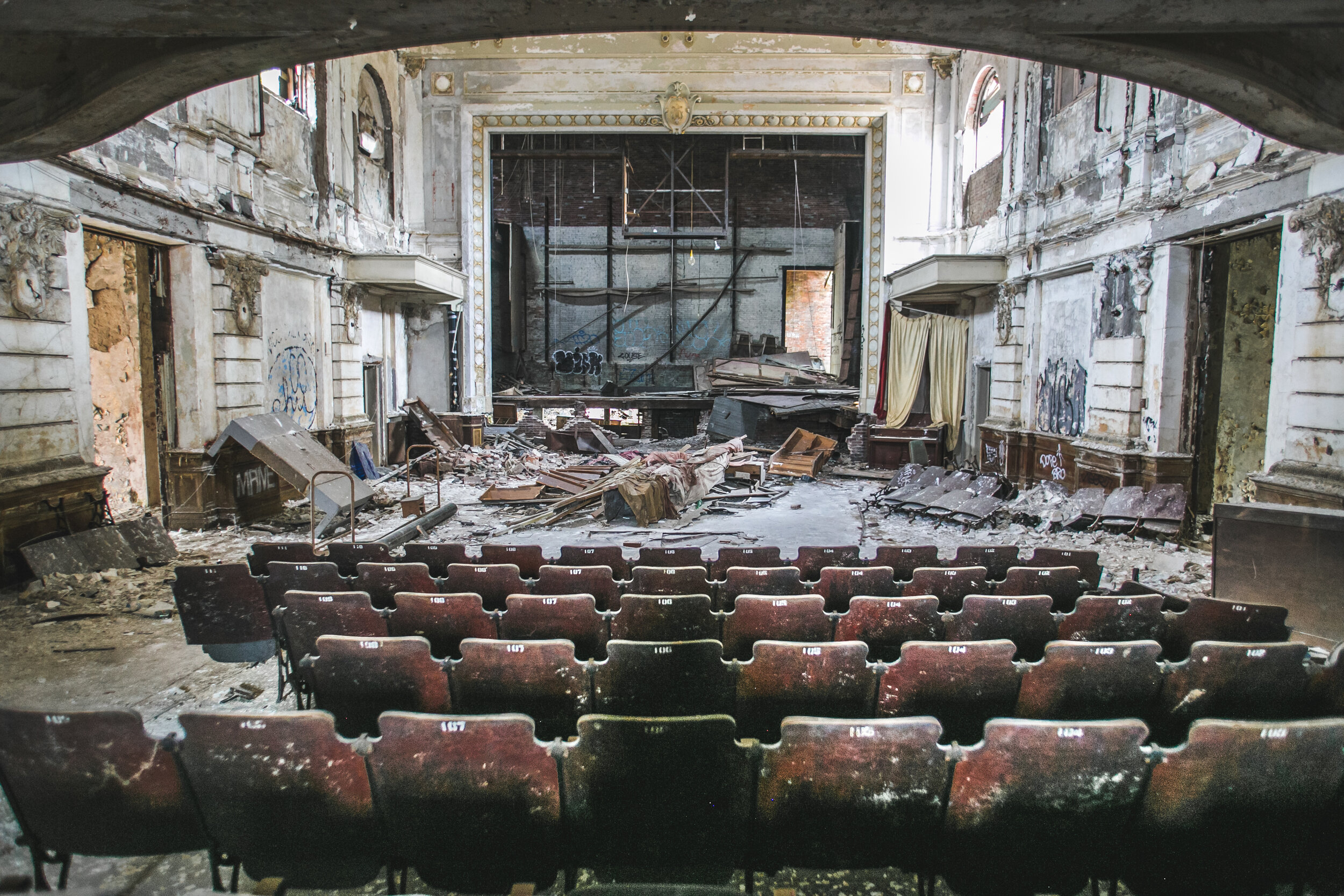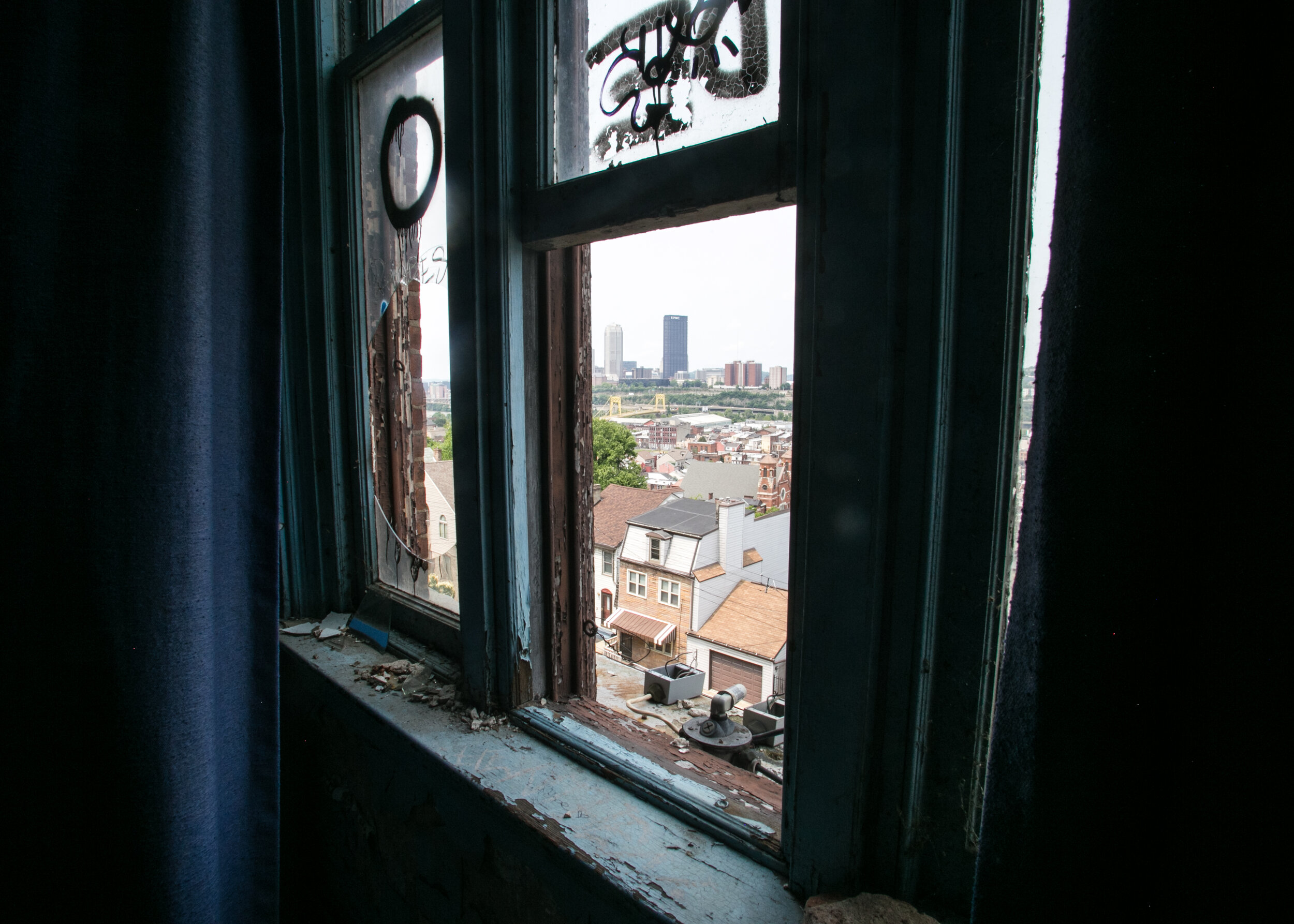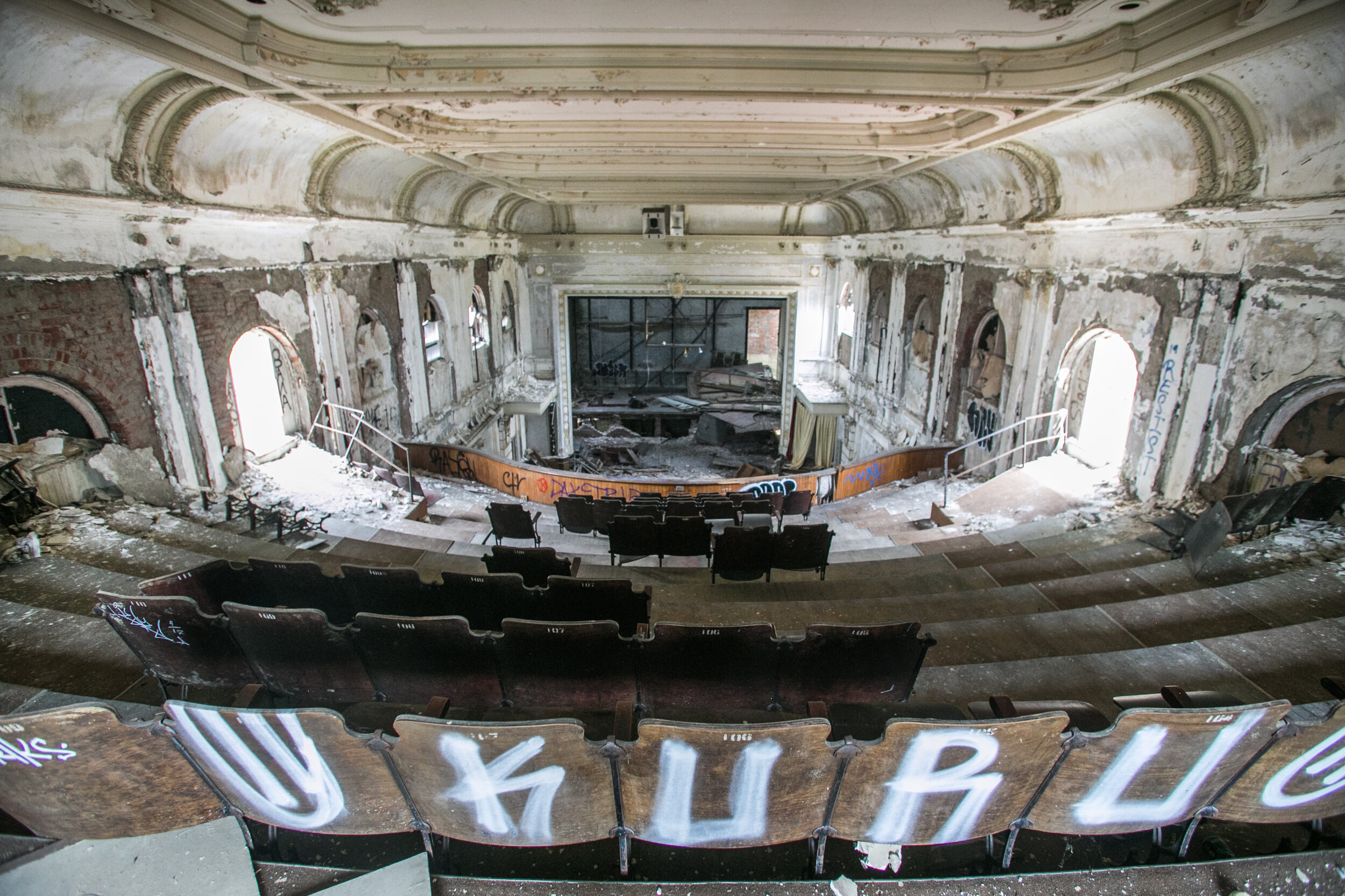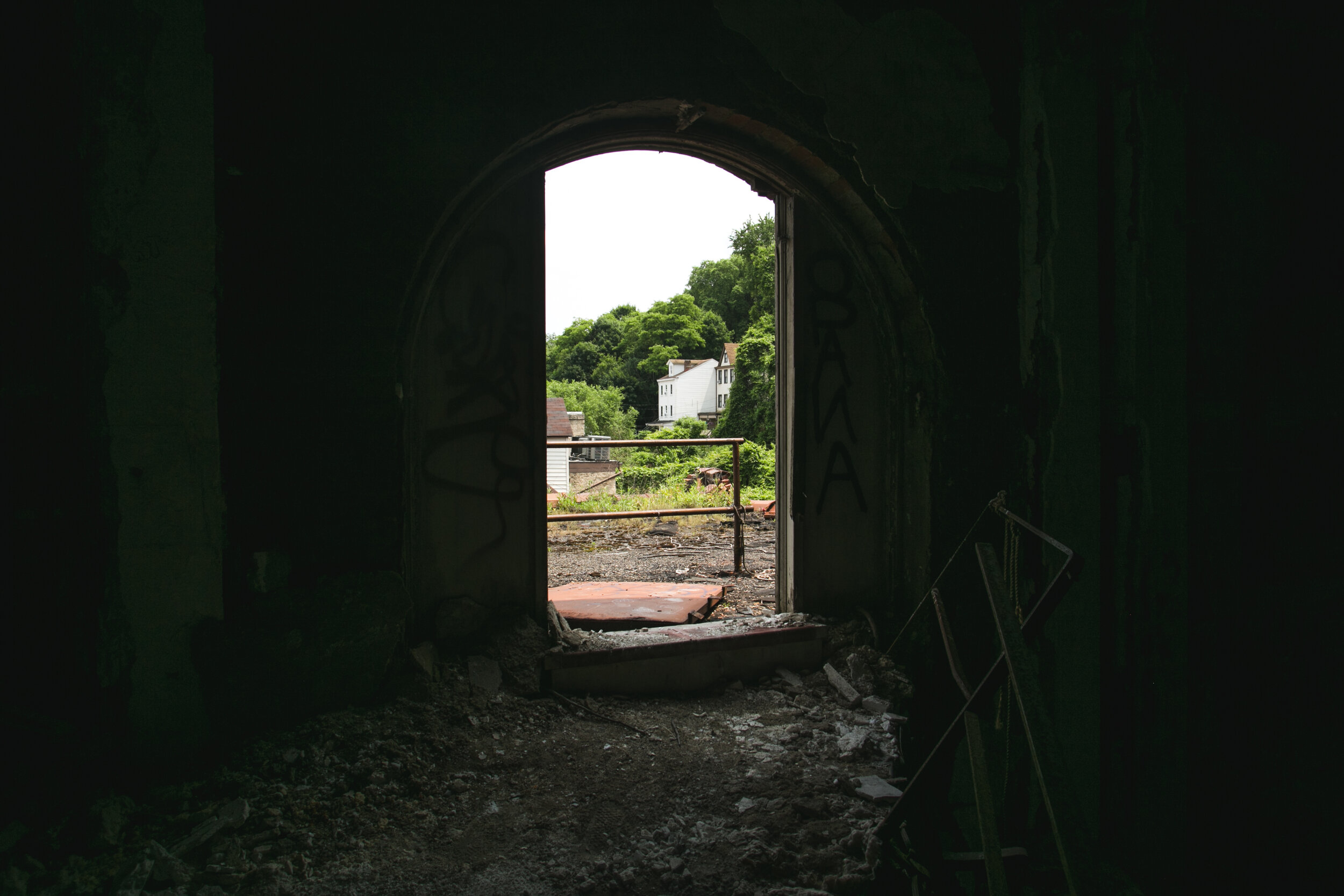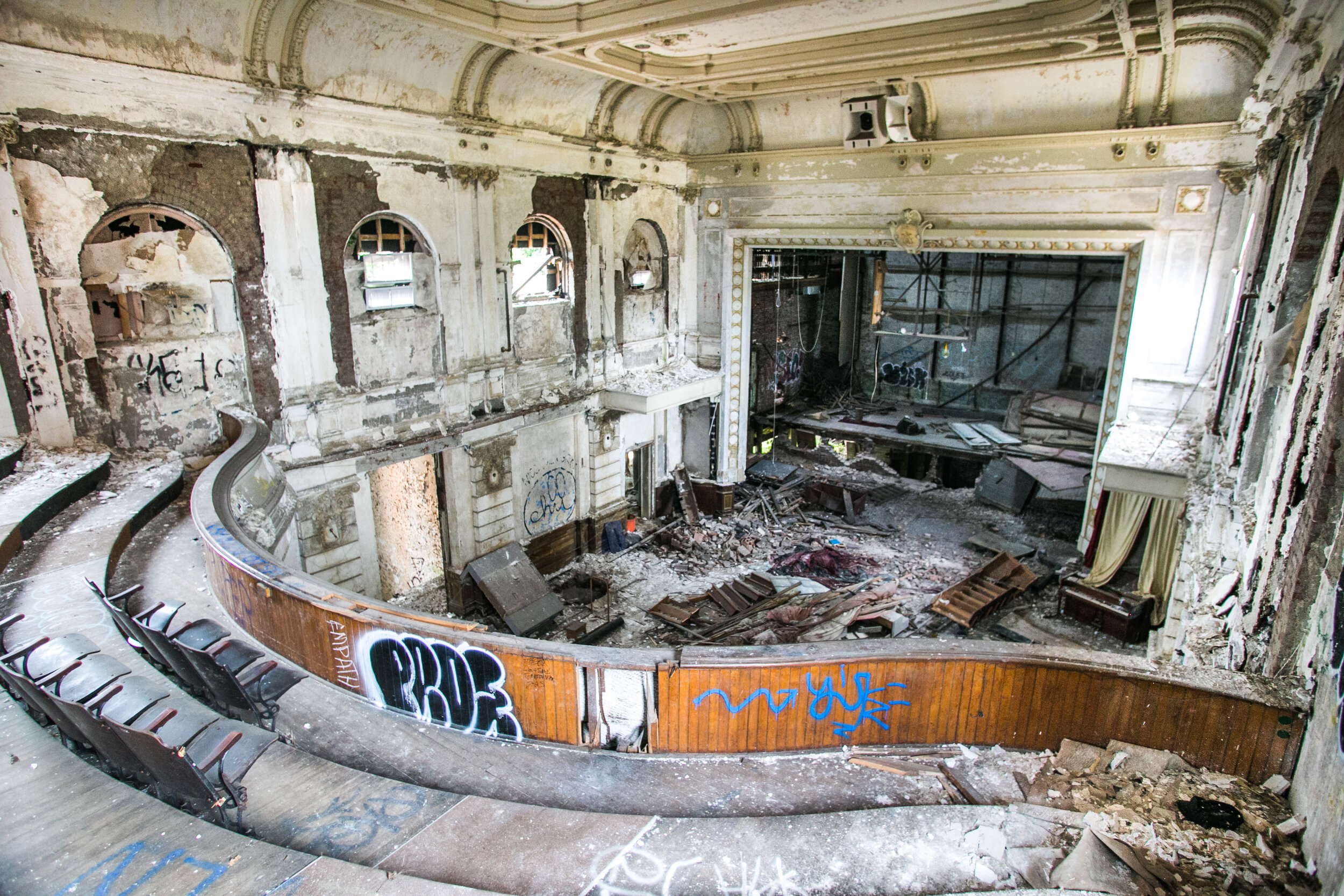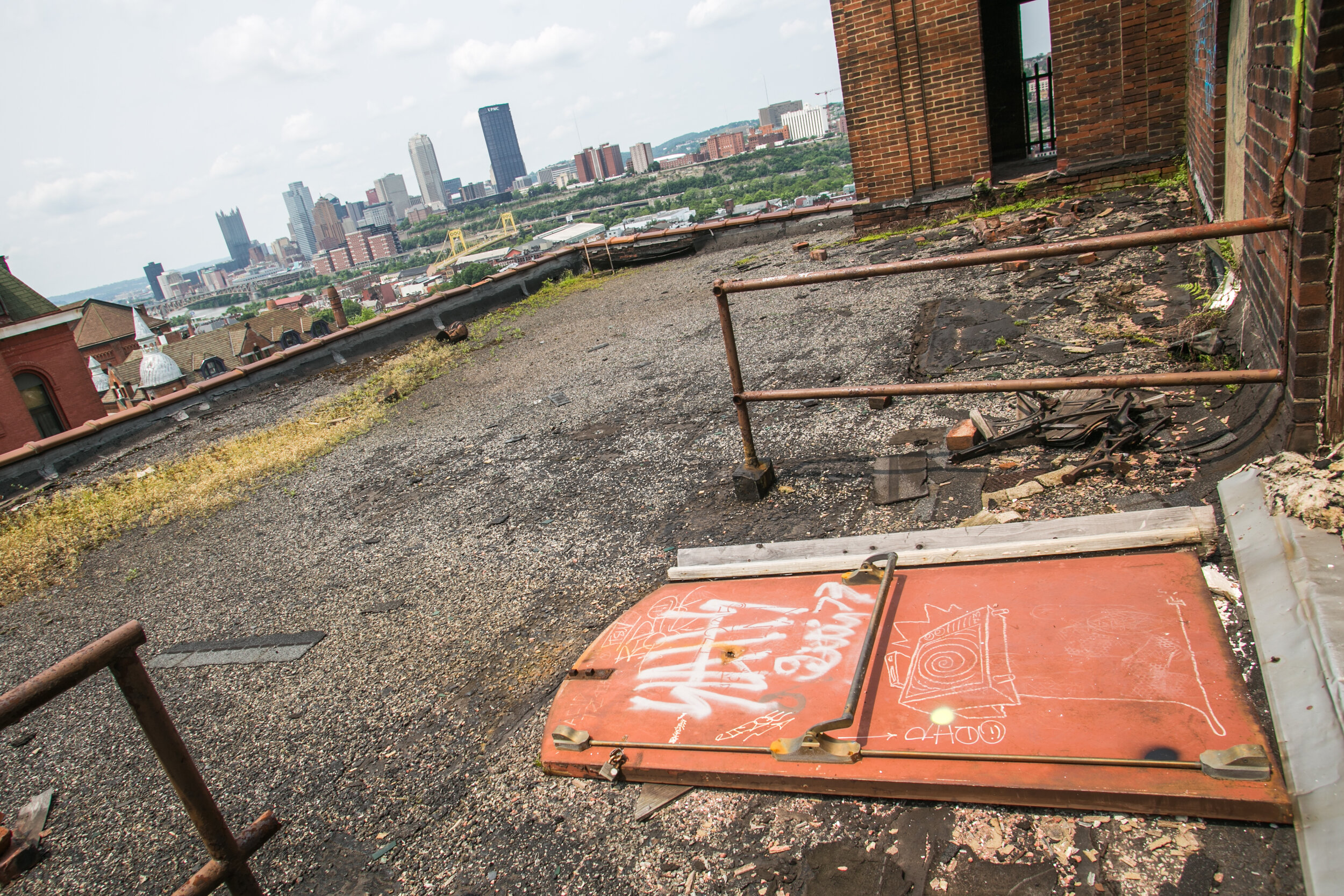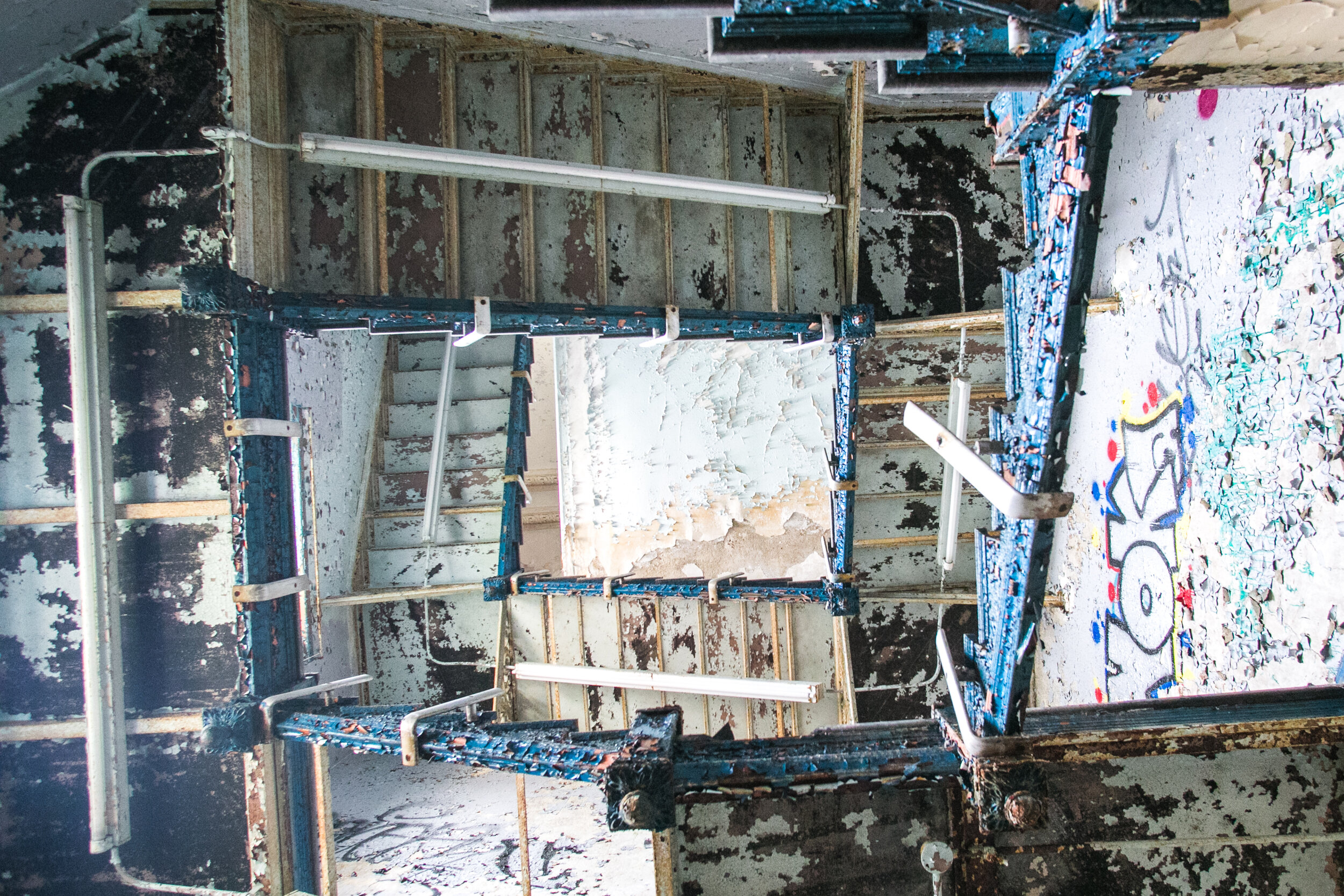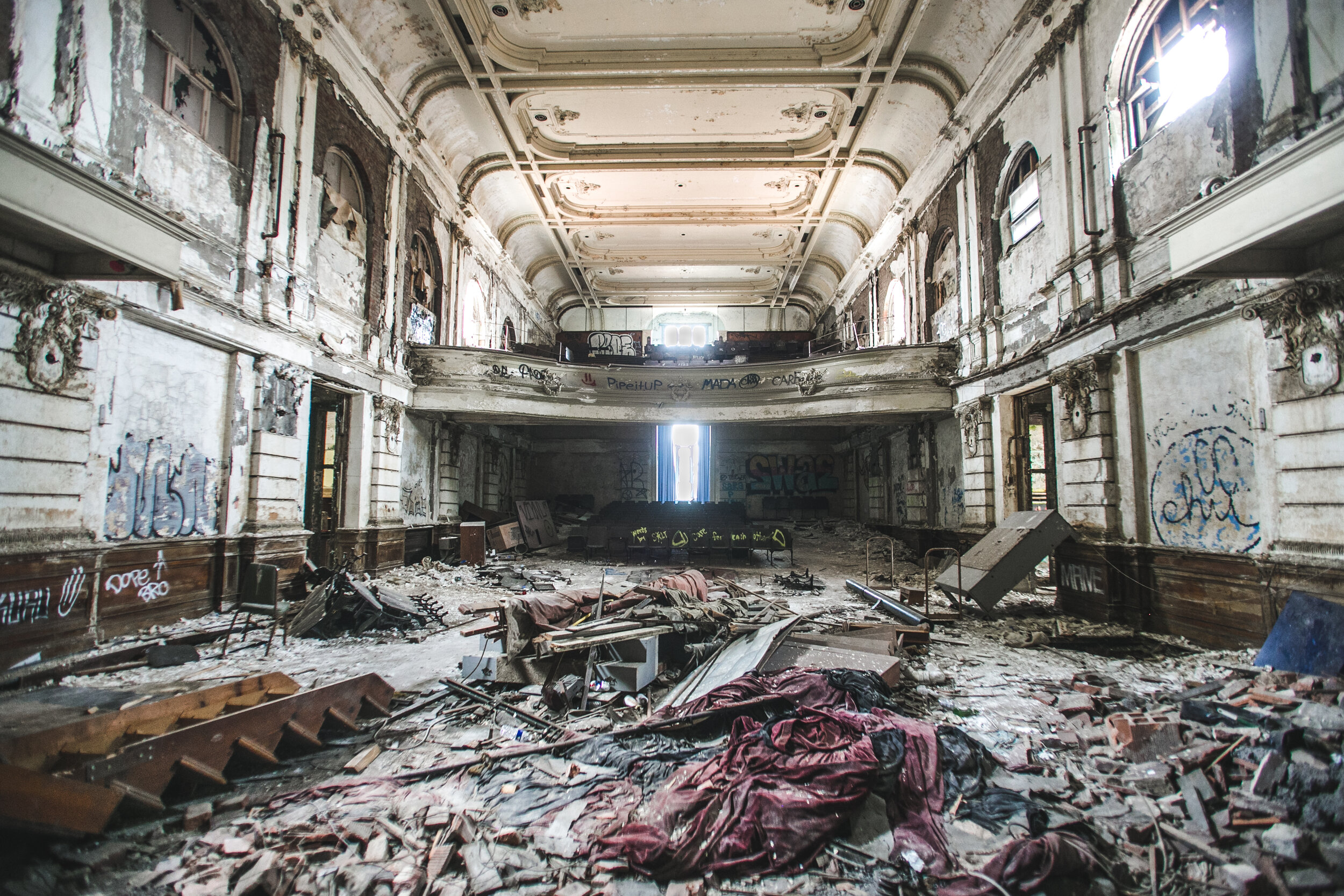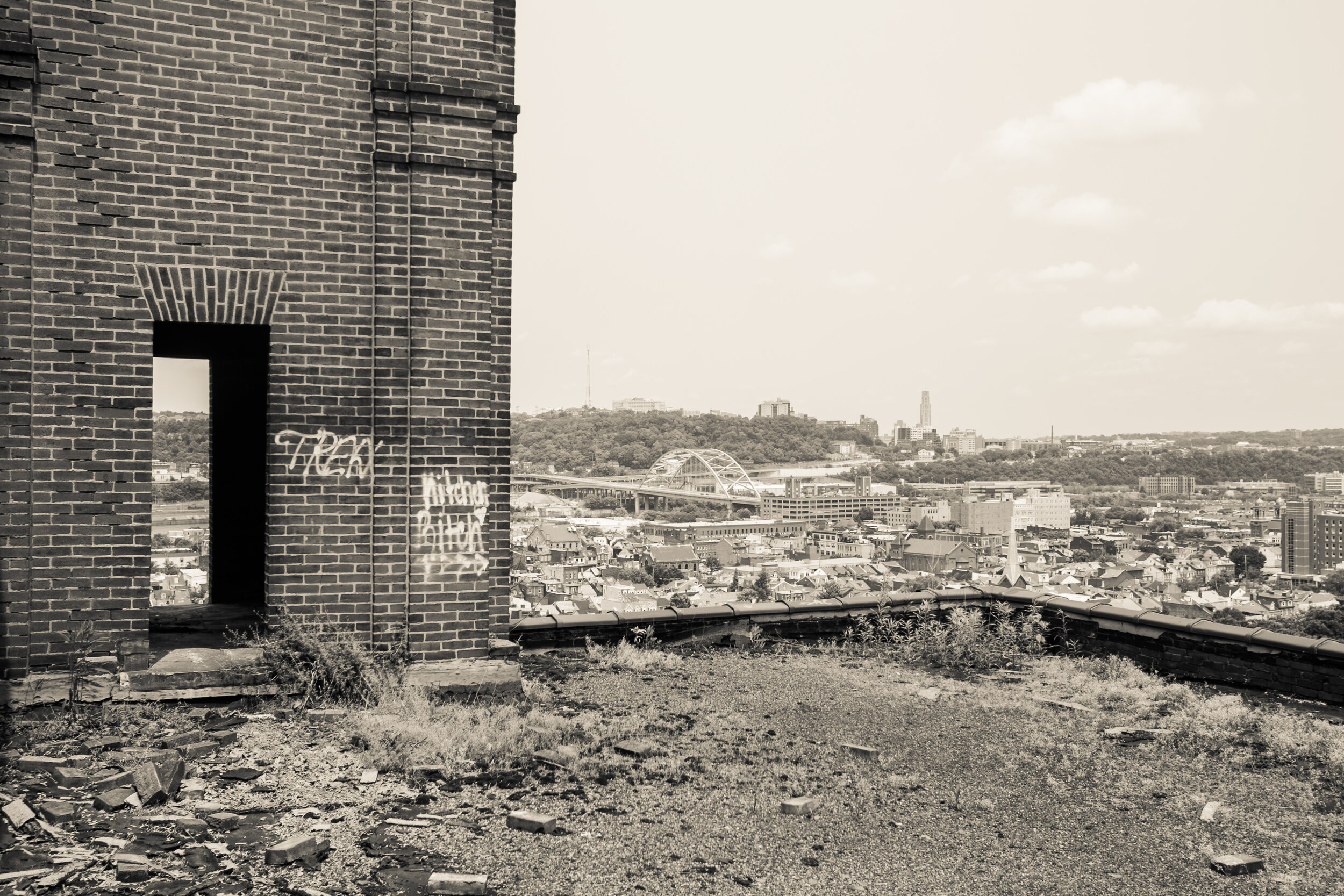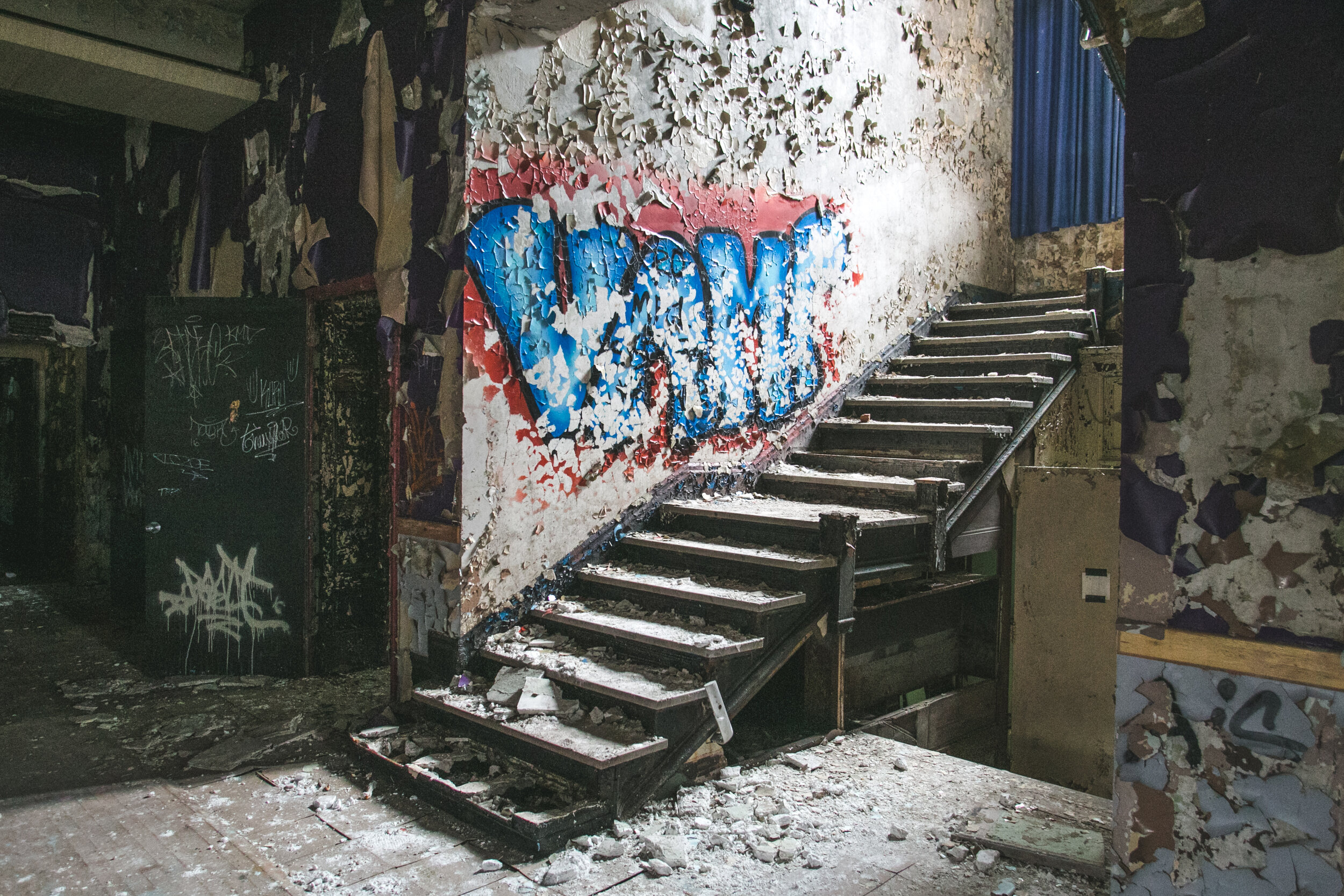Staten Island Farm Colony

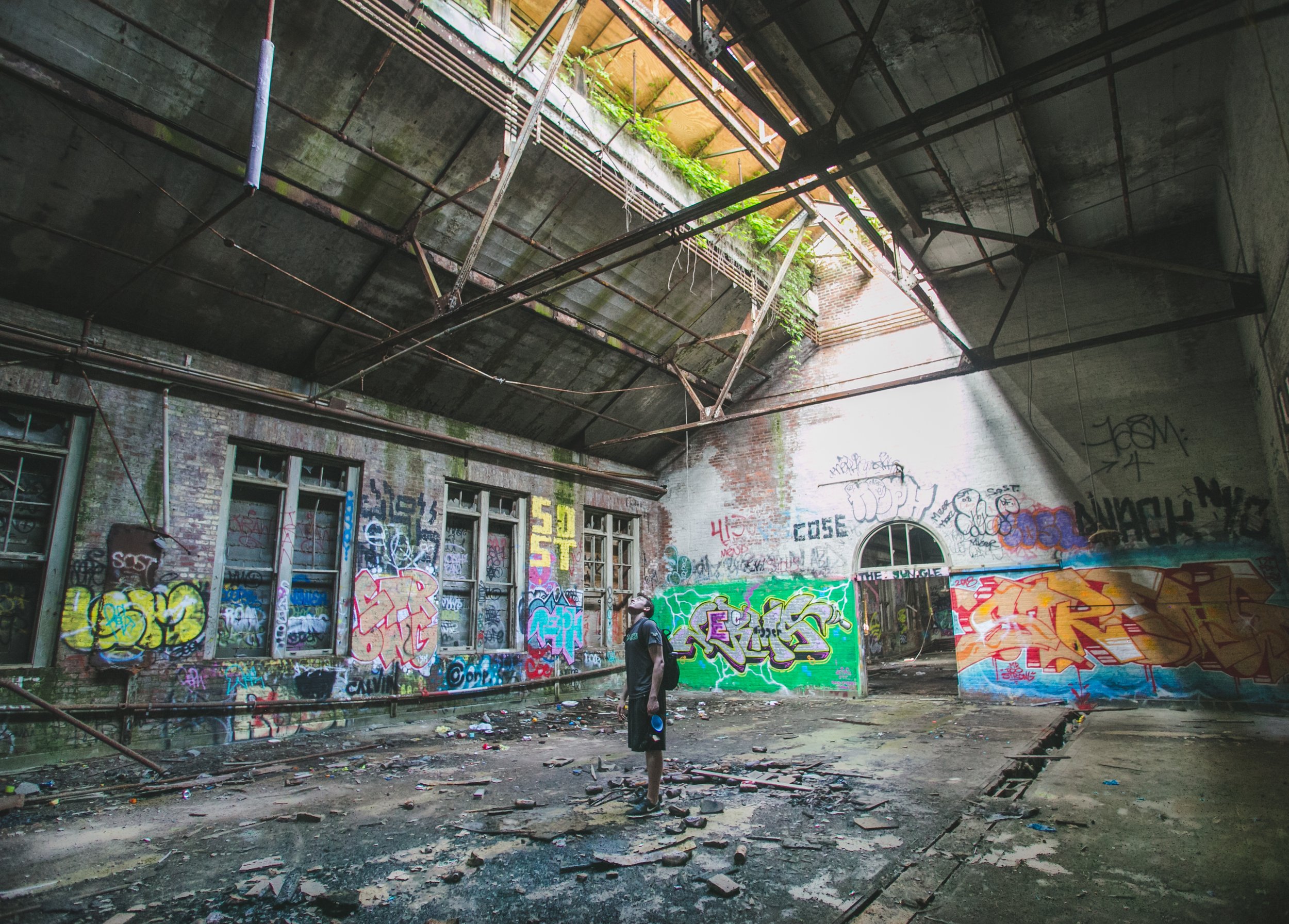
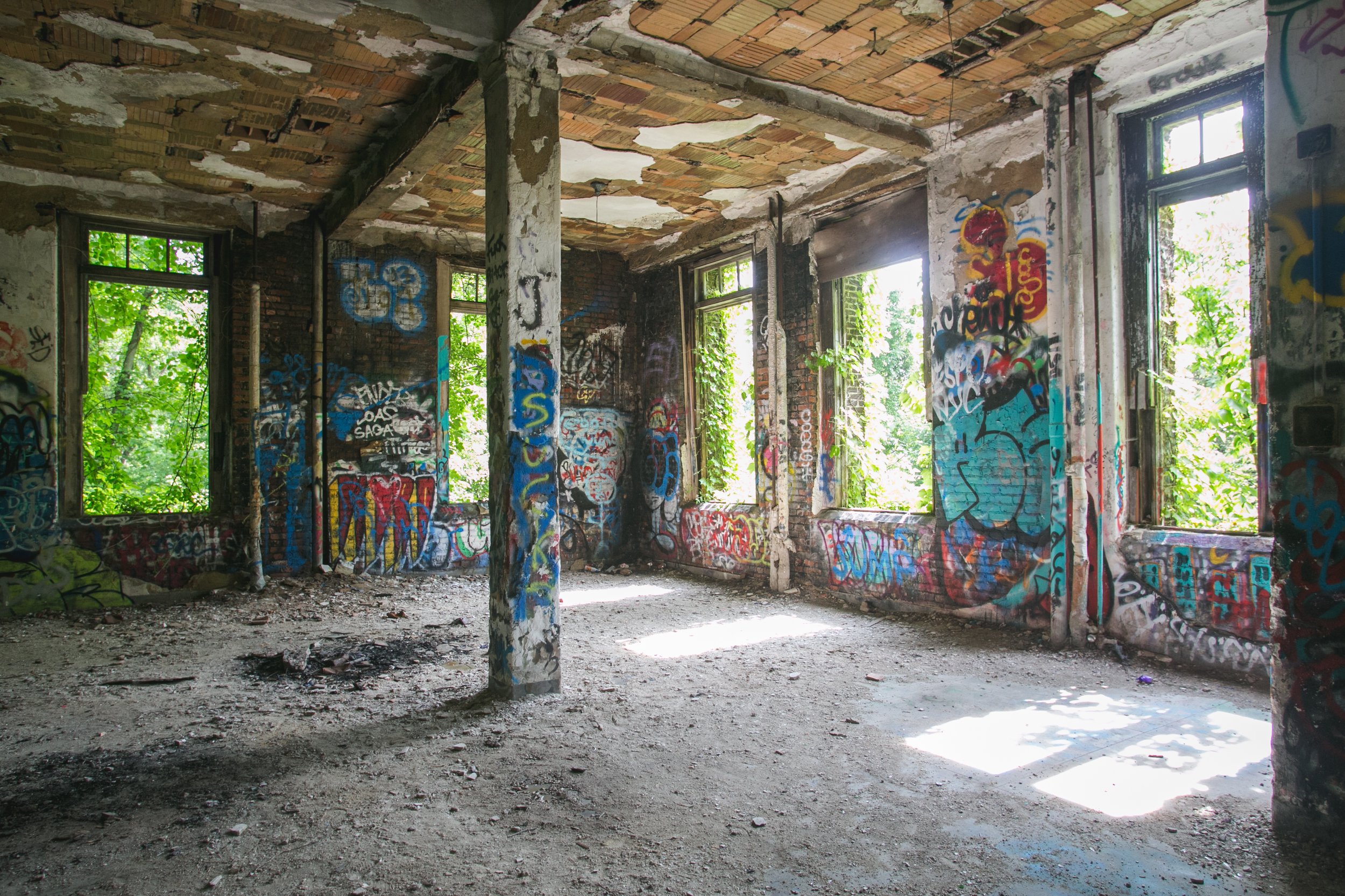
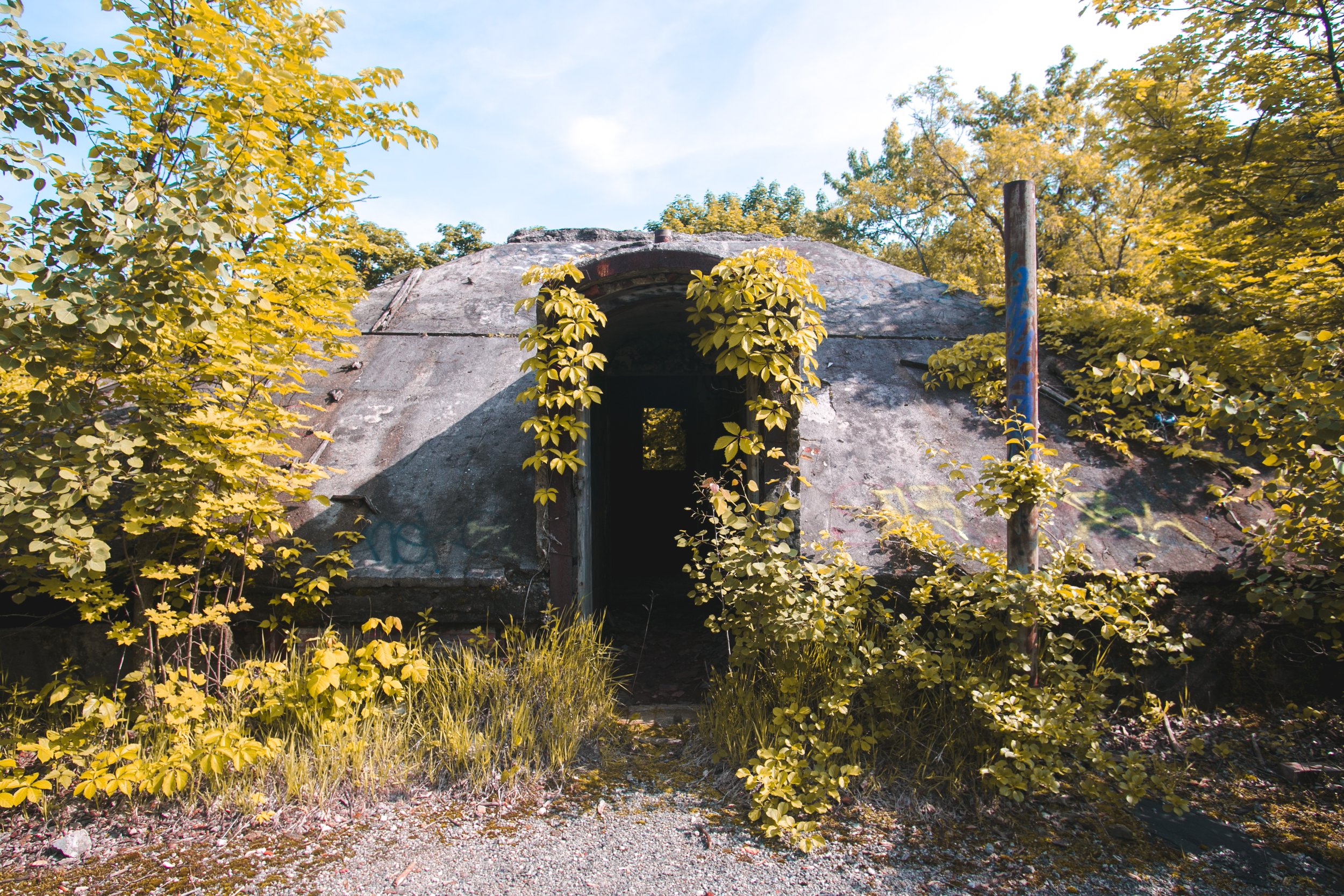
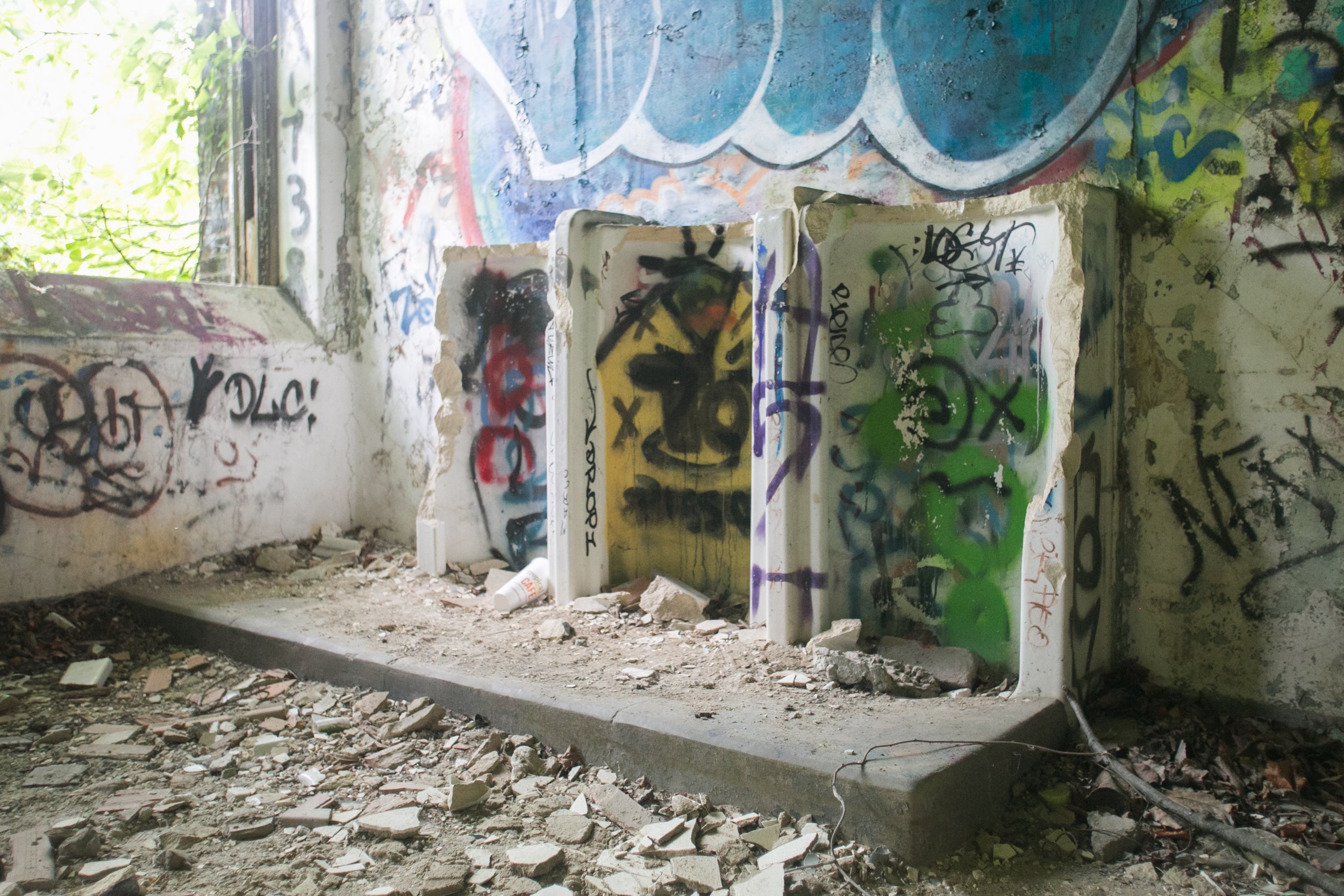
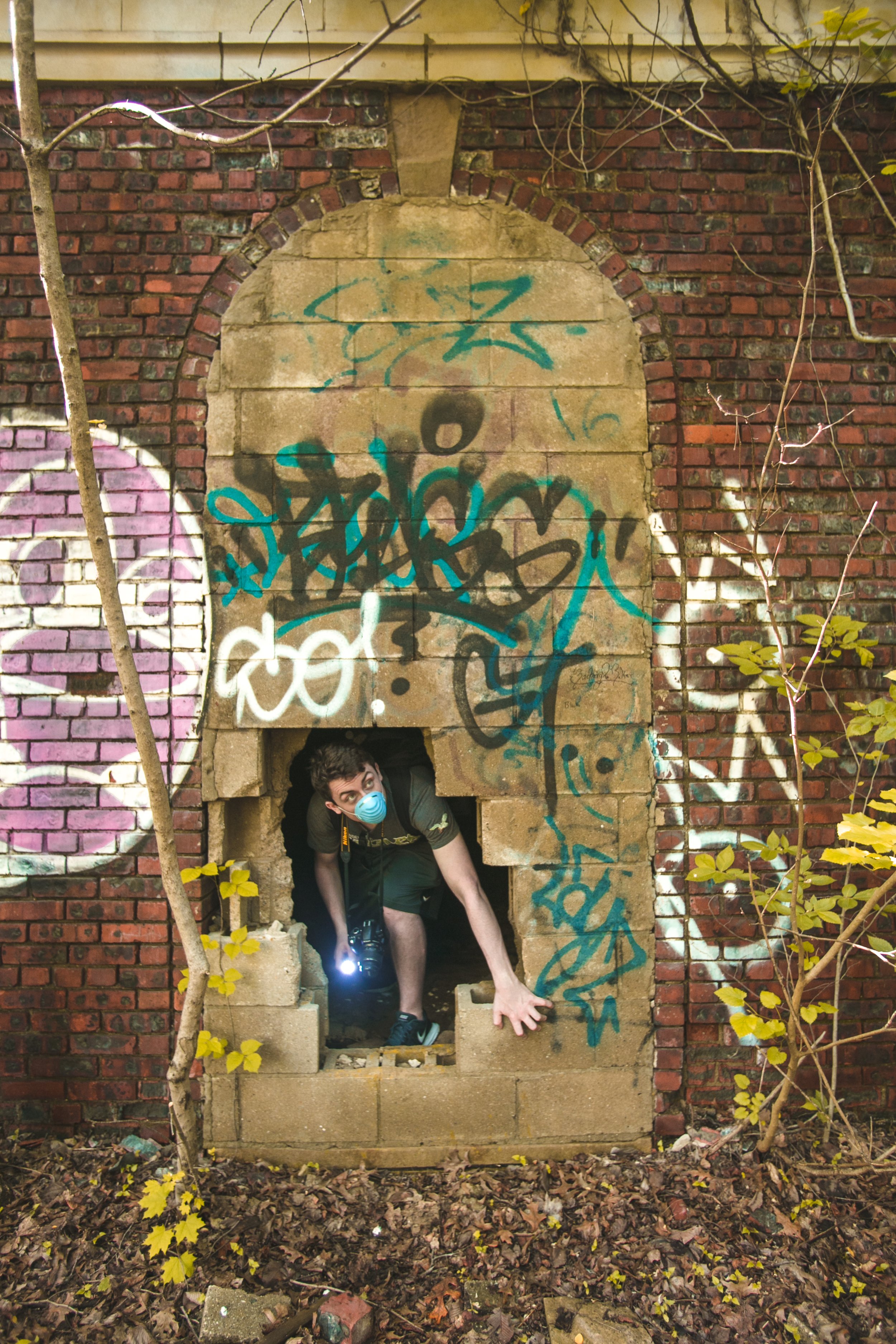
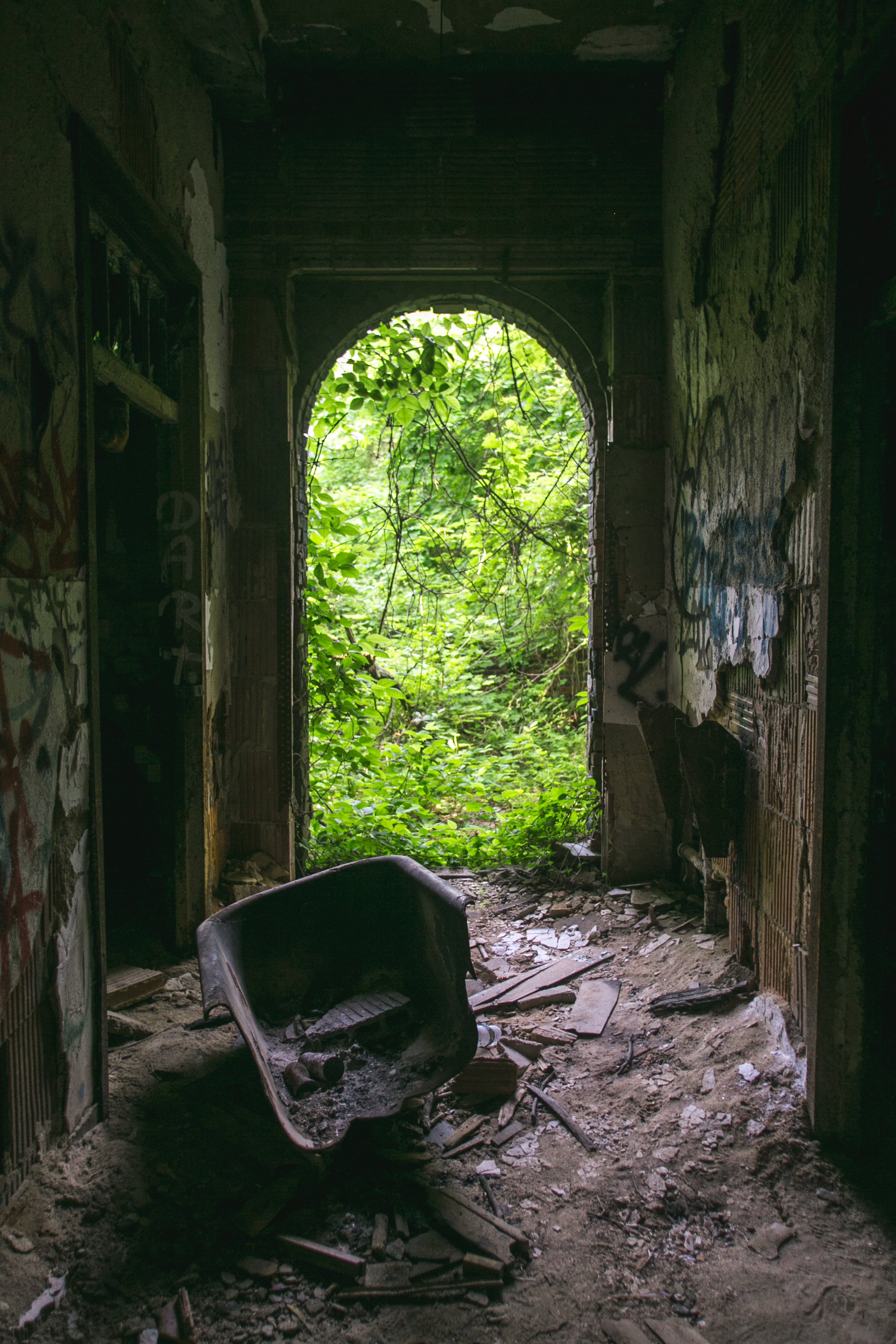
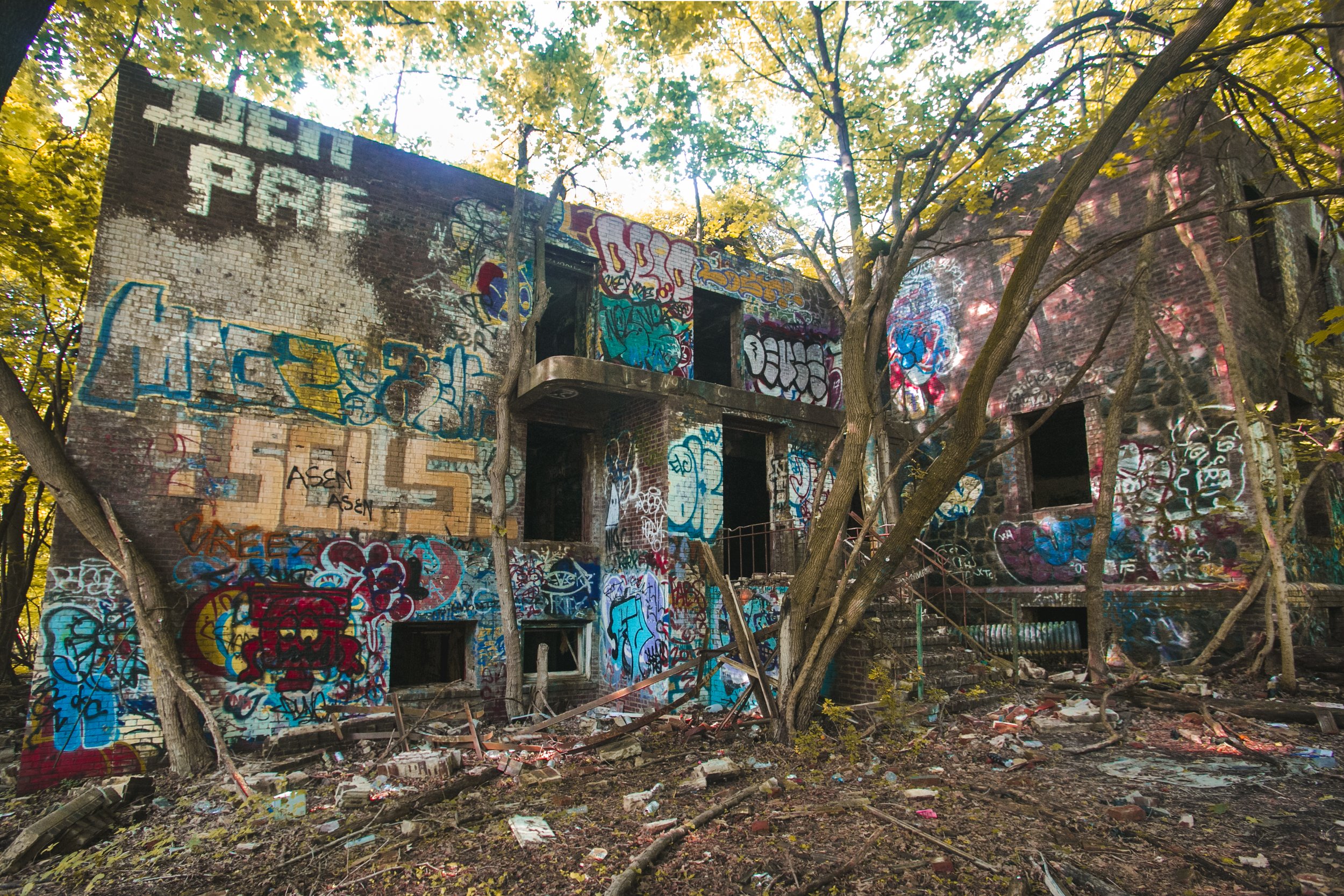
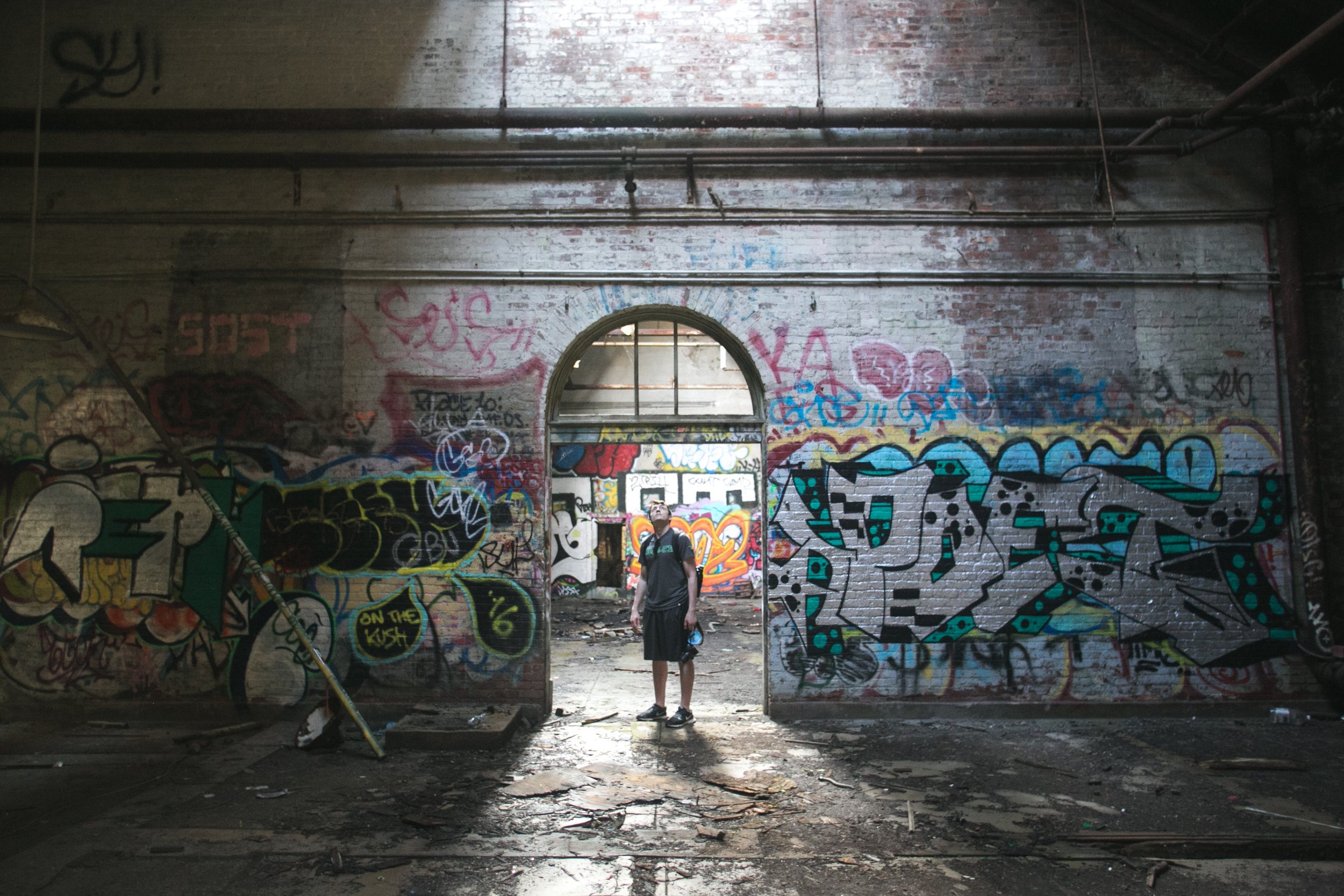
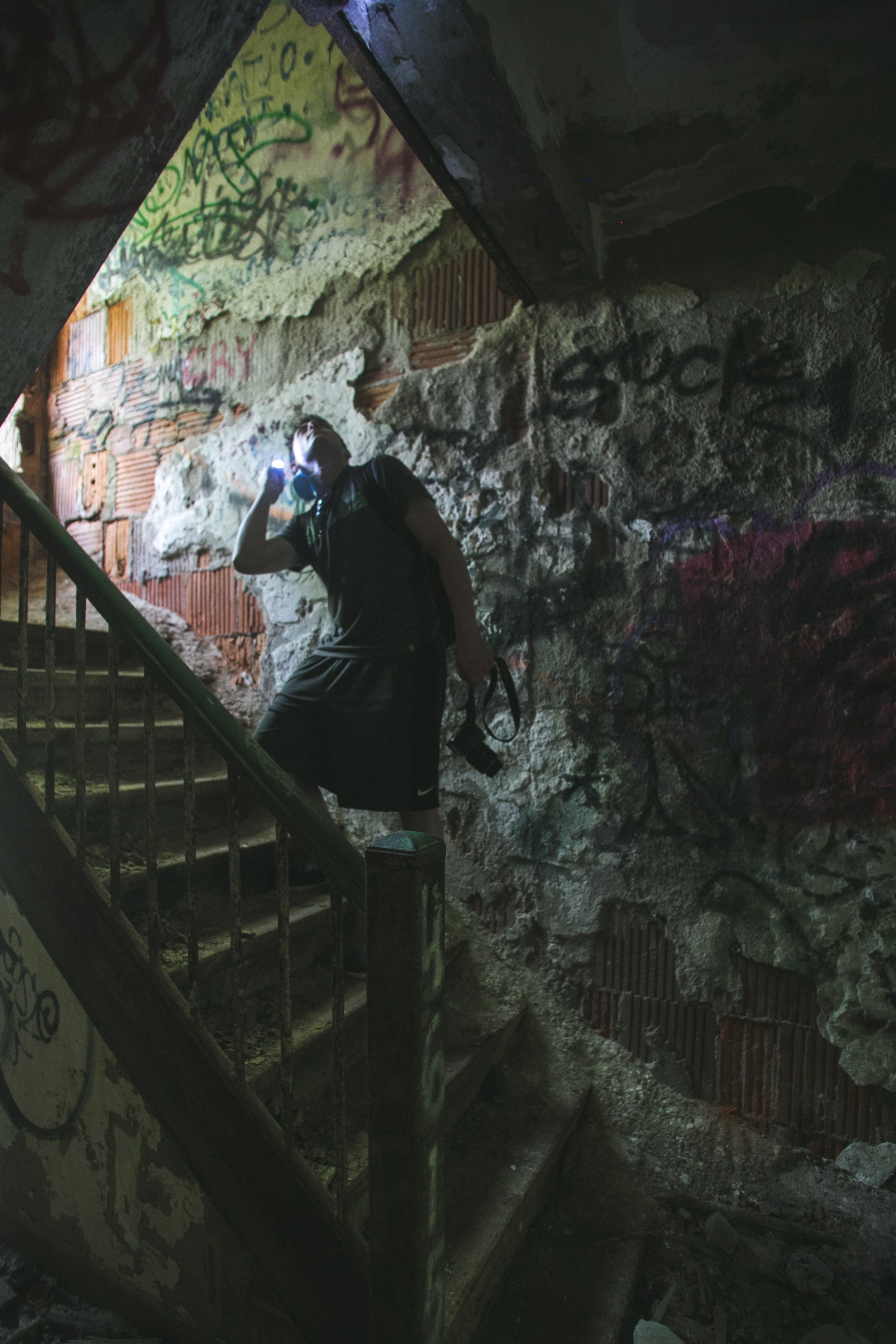
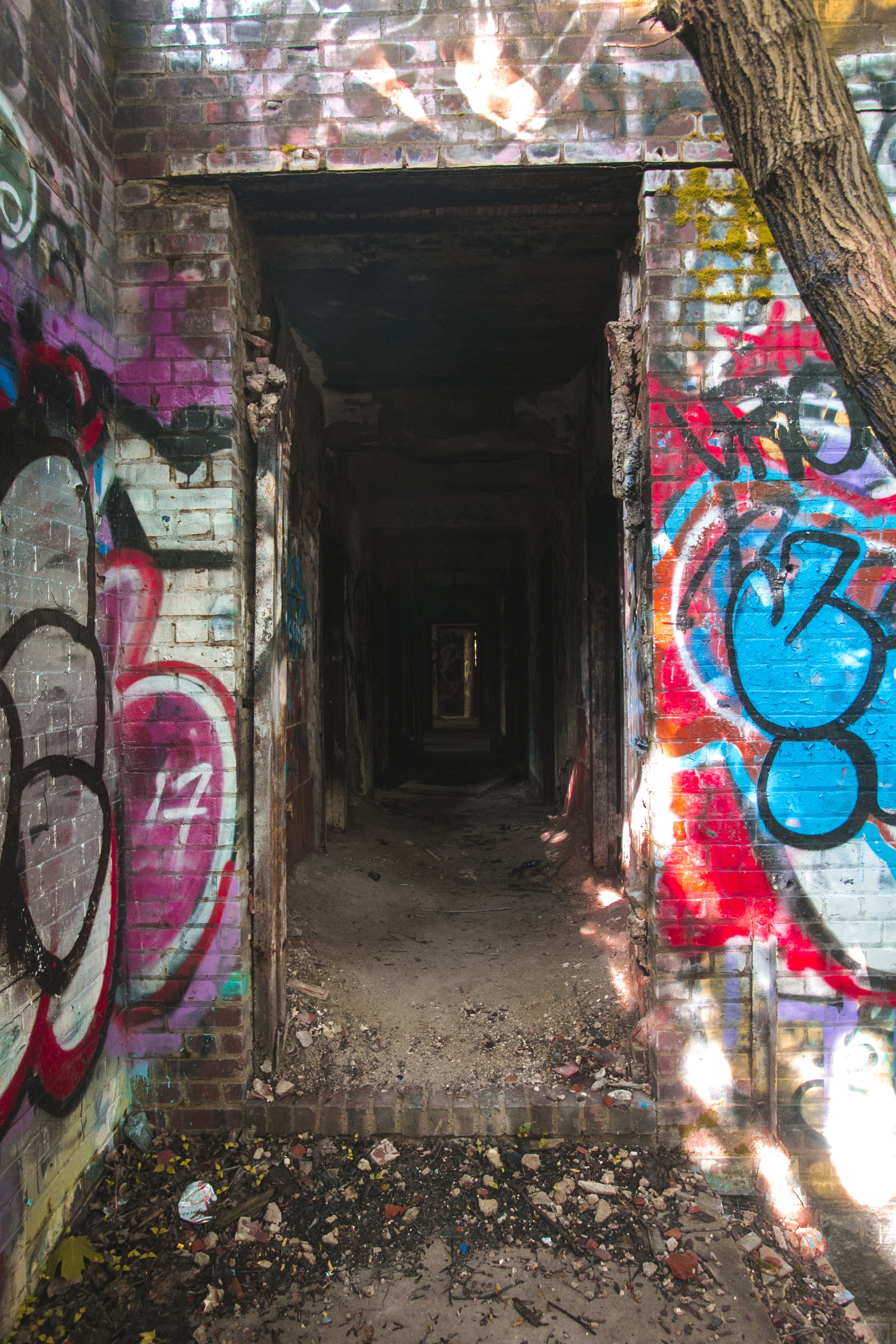
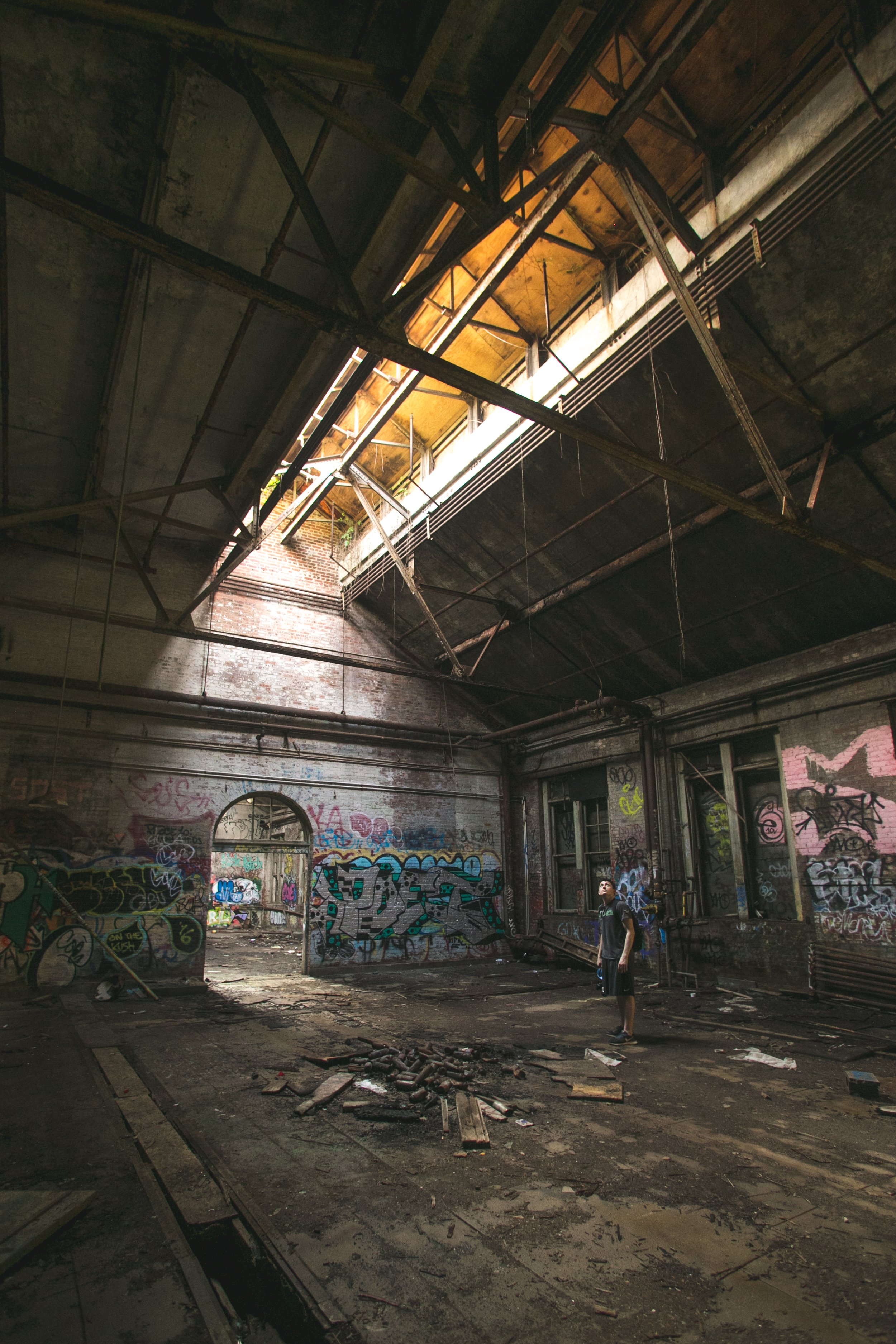

Brief History: The Staten Island Farm Colony was a residential facility established in 1898 on the island of Staten Island in New York City. Originally called the Richmond County Poor Farm, the facility was established as a place for the city's poor, elderly, and mentally ill to live and work in a farm setting, as a way to provide them with support and assistance.
The Farm Colony consisted of a series of buildings, including dormitories, a hospital, and various farm buildings. Residents were expected to work the land and take care of the livestock, as well as help with the upkeep of the facility. The colony was largely self-sufficient, with the farm providing food and other goods for the residents.
Over the years, the Farm Colony expanded, with new buildings and facilities being added to the site. However, by the mid-20th century, the facility had fallen into disrepair, and conditions for residents had deteriorated. In the 1970s, the Farm Colony was officially closed, and the remaining residents were relocated to other facilities.
Security: As far as I know, there is no private security patrolling the property or the perimeter. Local PD does cruise by occasionally, but just park along Colonial Ave away from the neighbors homes, and you’ll be fine. There’s a clear path in through the fence at several points along Colonial.
2. Kings Park Insane Asylum
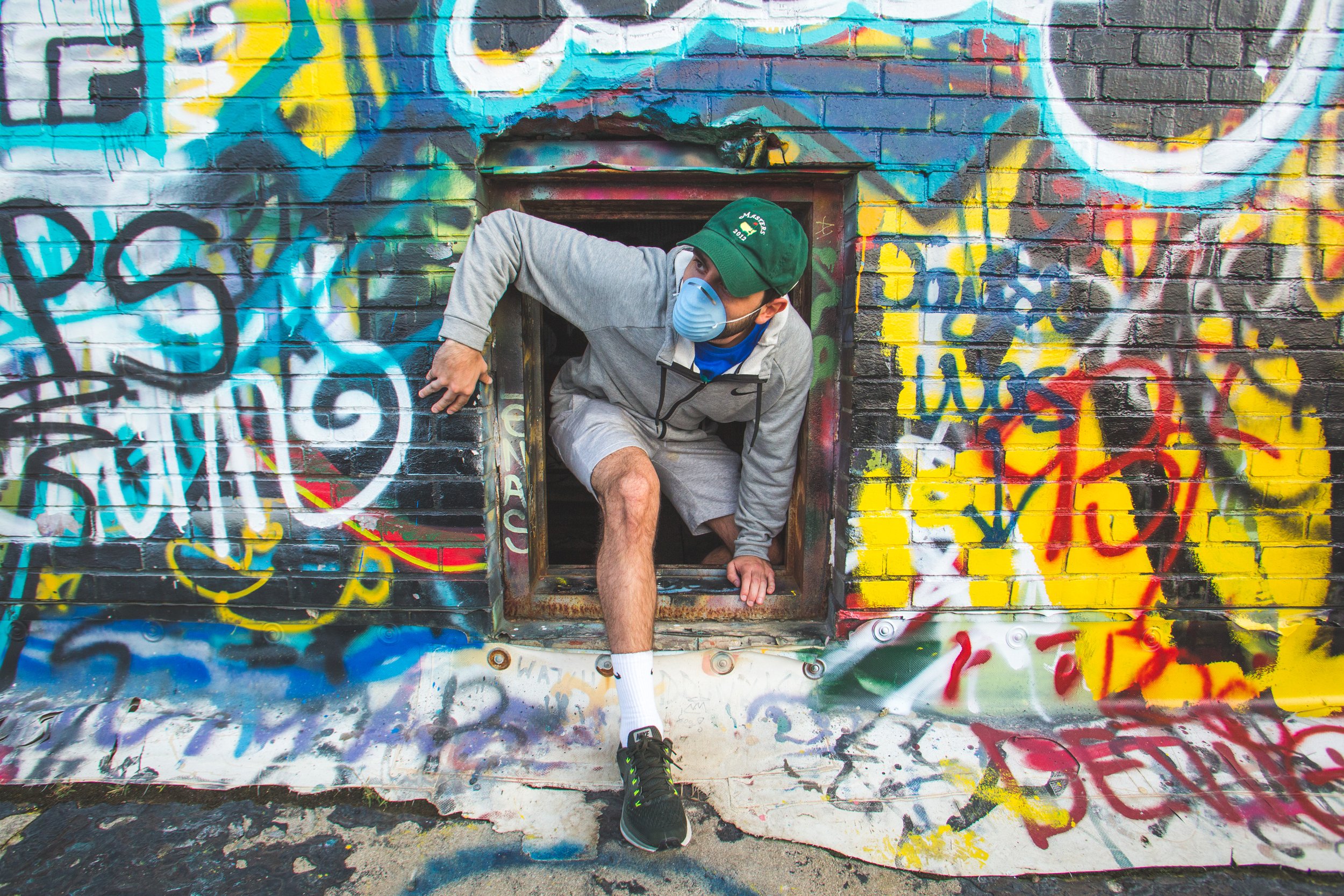
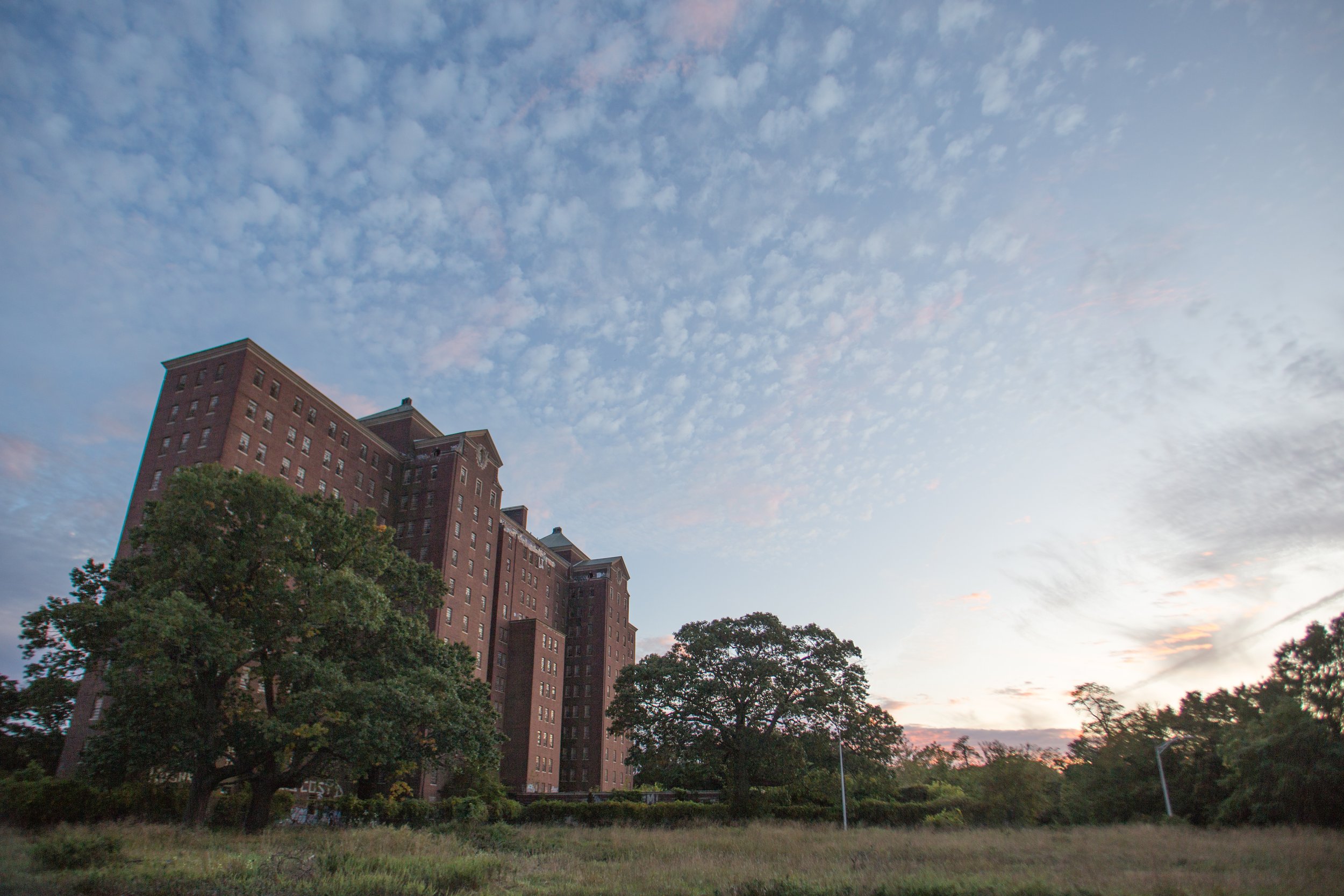
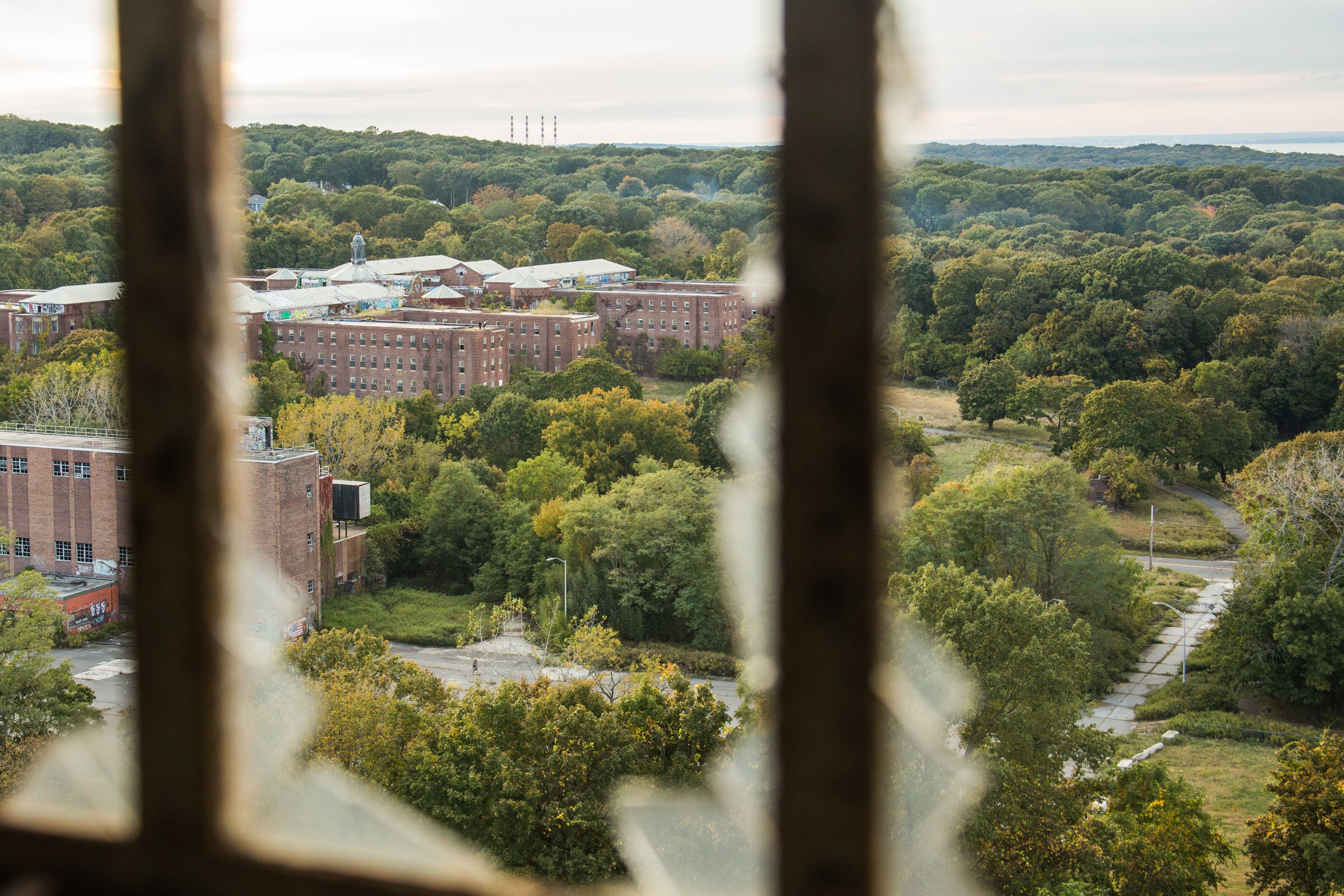
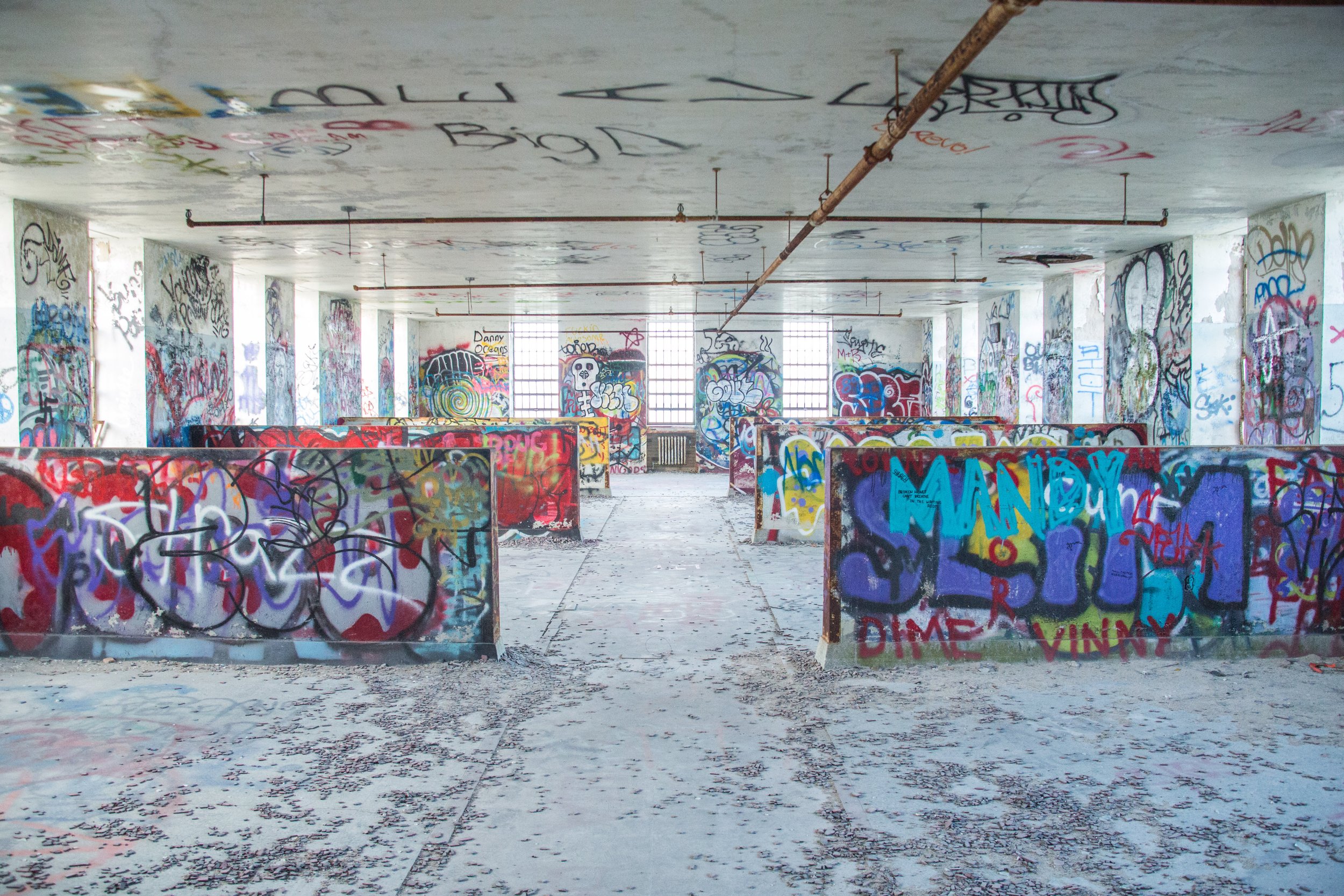
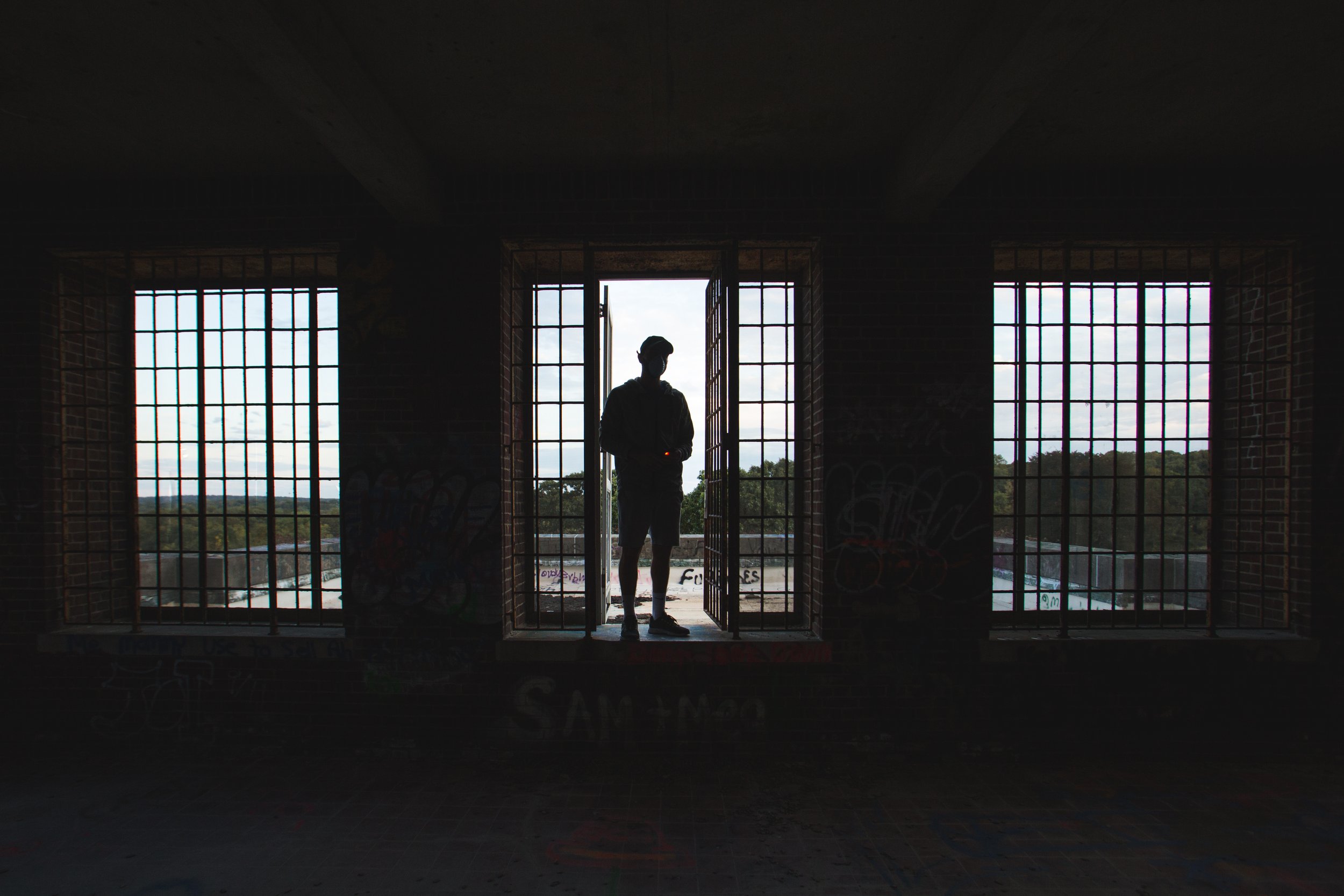
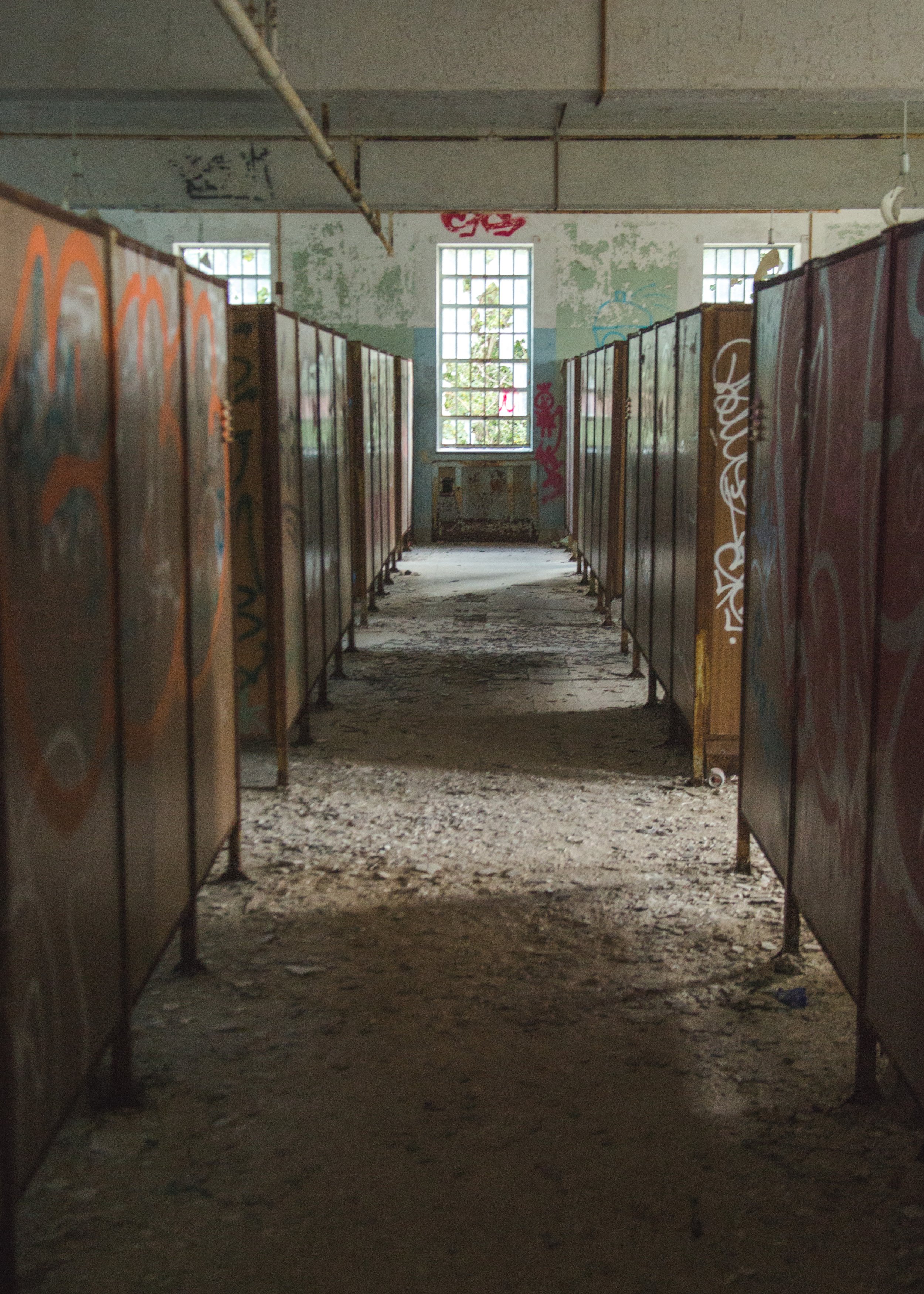
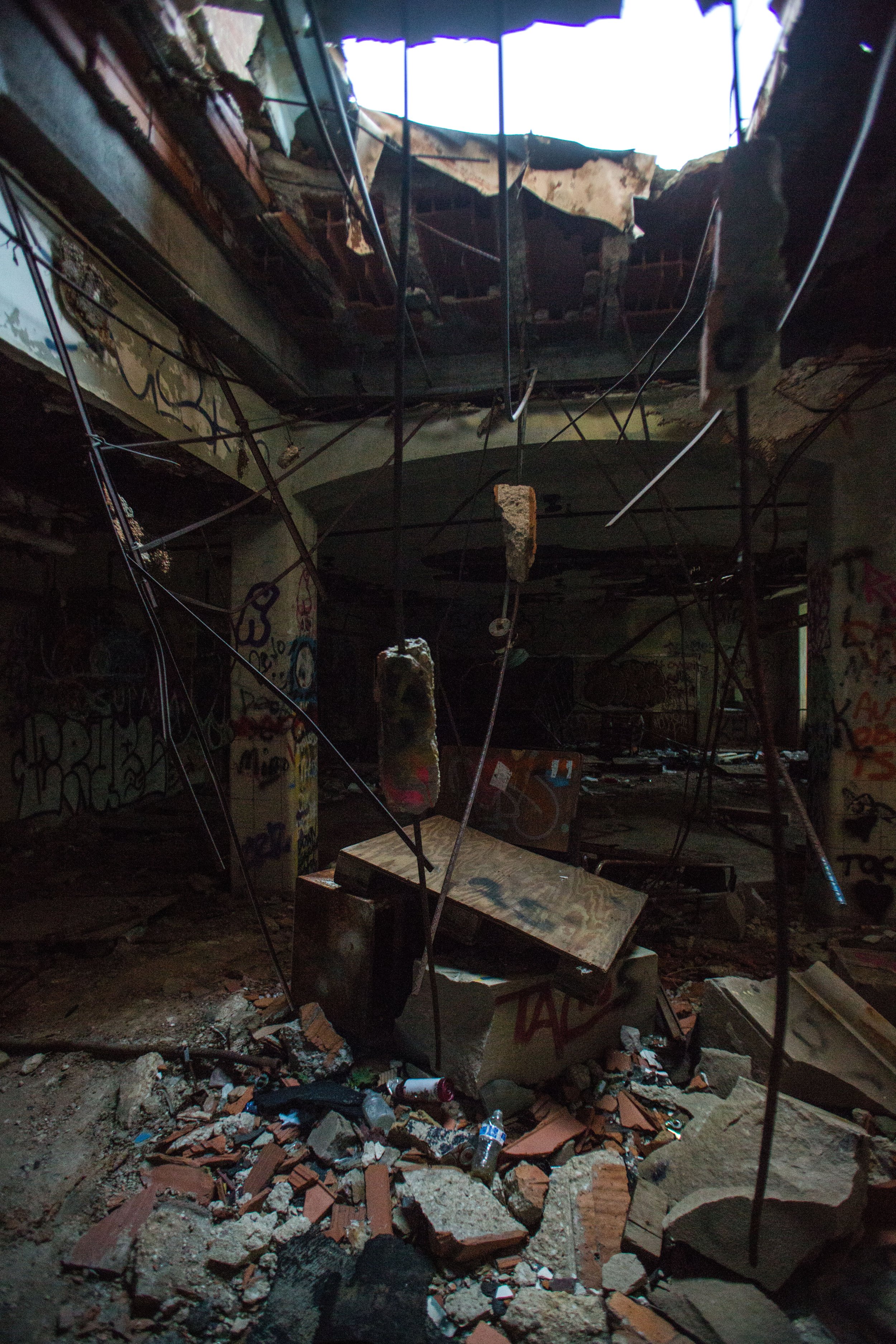
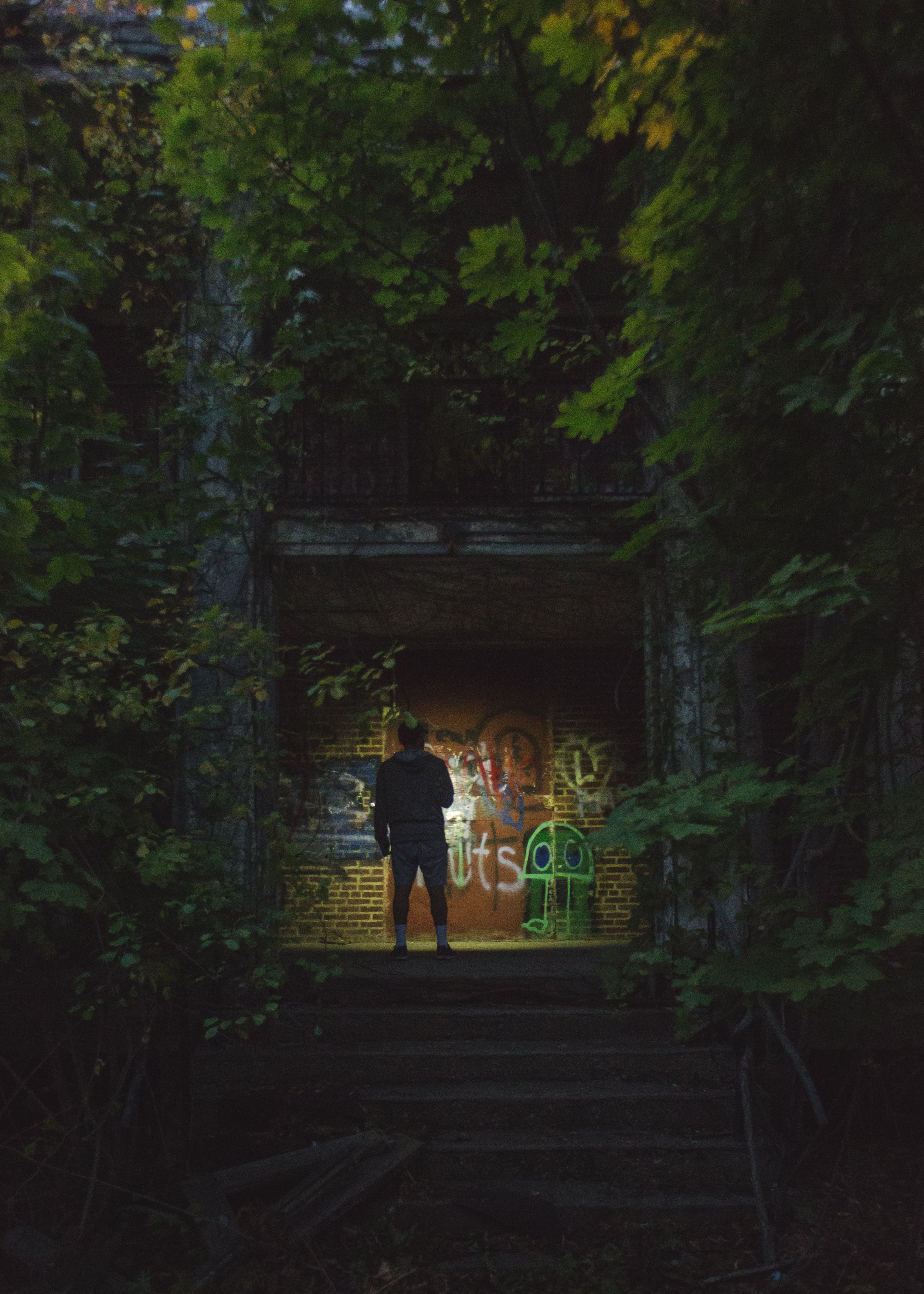
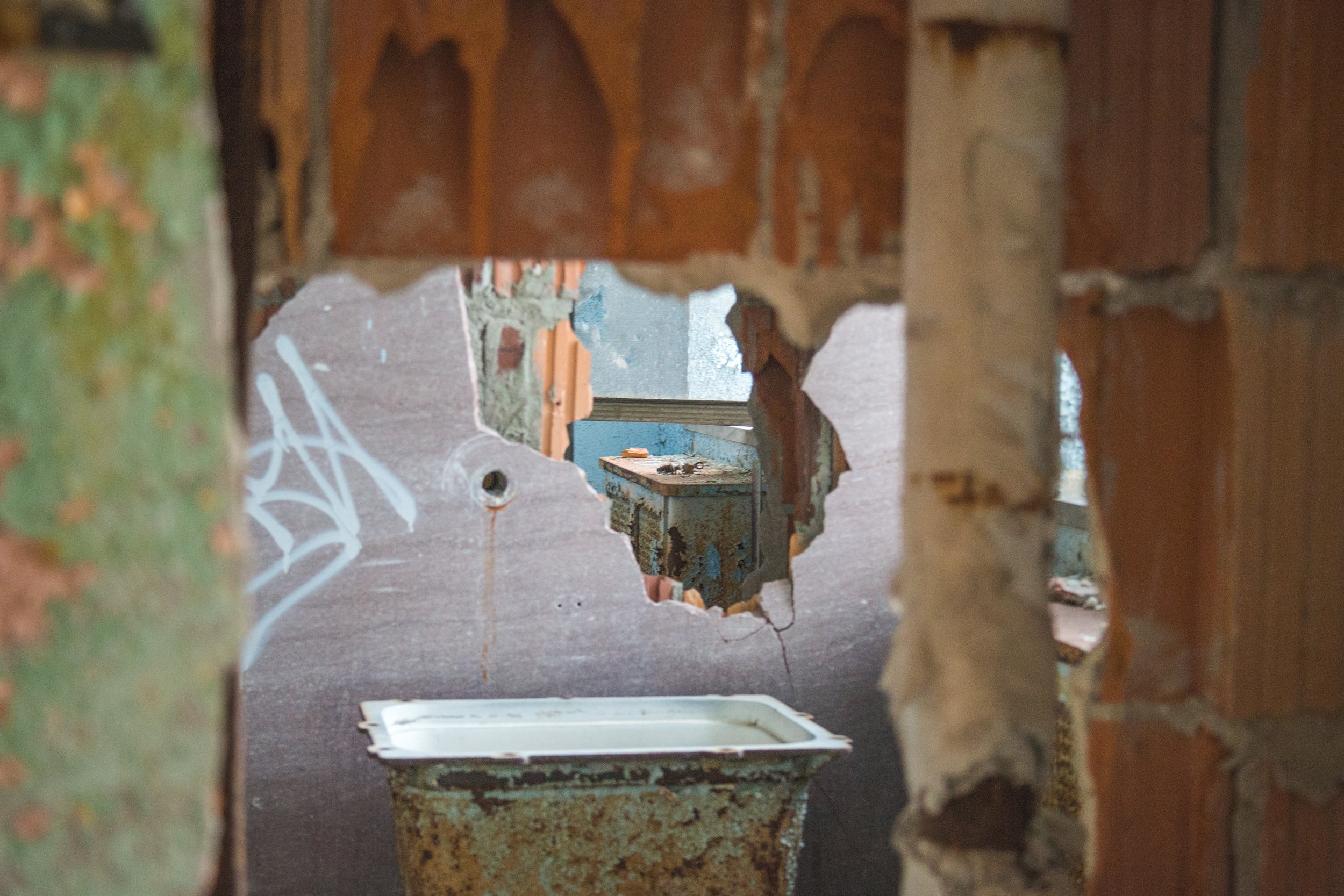
A brief history: Kings Park Psychiatric Center, also known as Kings Park State Hospital, was a psychiatric hospital located in Kings Park, Long Island, New York. The facility was founded in 1885 as the Kings County Farm, a self-sufficient farming community for the poor, and in 1926 it was converted into a hospital for the mentally ill.
Over the years, the hospital grew in size and by the 1950s it had become one of the largest psychiatric institutions in the country, housing more than 9,000 patients. However, as the trend in psychiatric care shifted towards community-based care in the 1960s and 1970s, the hospital's population declined.
In the 1990s, the hospital was gradually closed down and the remaining patients were transferred to other facilities. Today, much of the hospital's campus sits abandoned and in a state of decay. However, some of the buildings have been repurposed for other uses, such as office space for the New York State Office of Mental Health and a campus for a community college.
Security: It is legal to visit and walk around the grounds of Kings Park, but illegal to enter any of the buildings. There are patrol cars that regularly patrol the area, but are easily avoided. Be careful not to get caught exiting as the sun goes down. Occasionally police sit outside the main buildings, and wait to see if they can catch you behind the fence leaving. Exit in the back. As long as you’re outside the fenced off areas when they see you, you’re good to go!
3. Nevele Resort
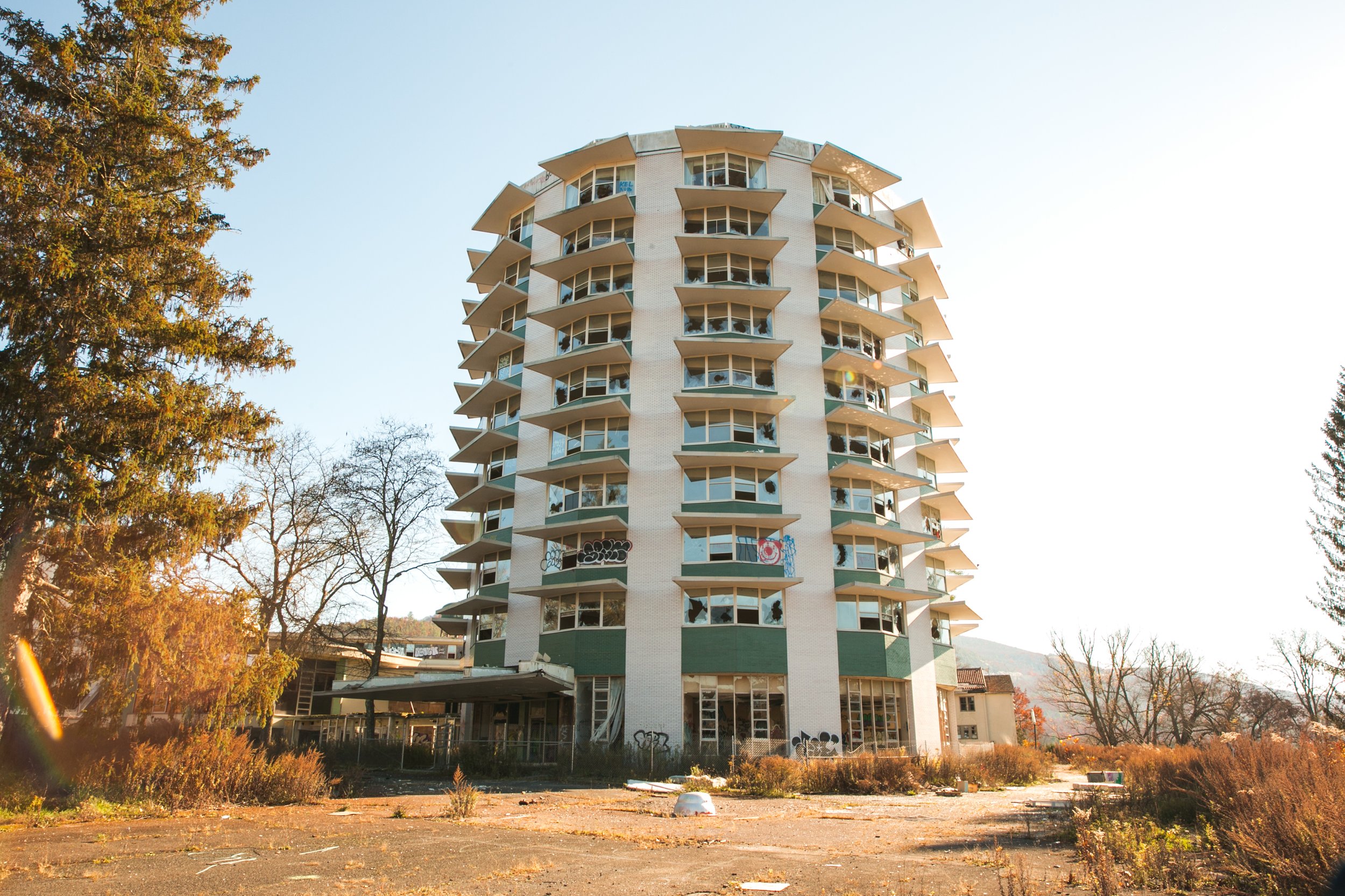
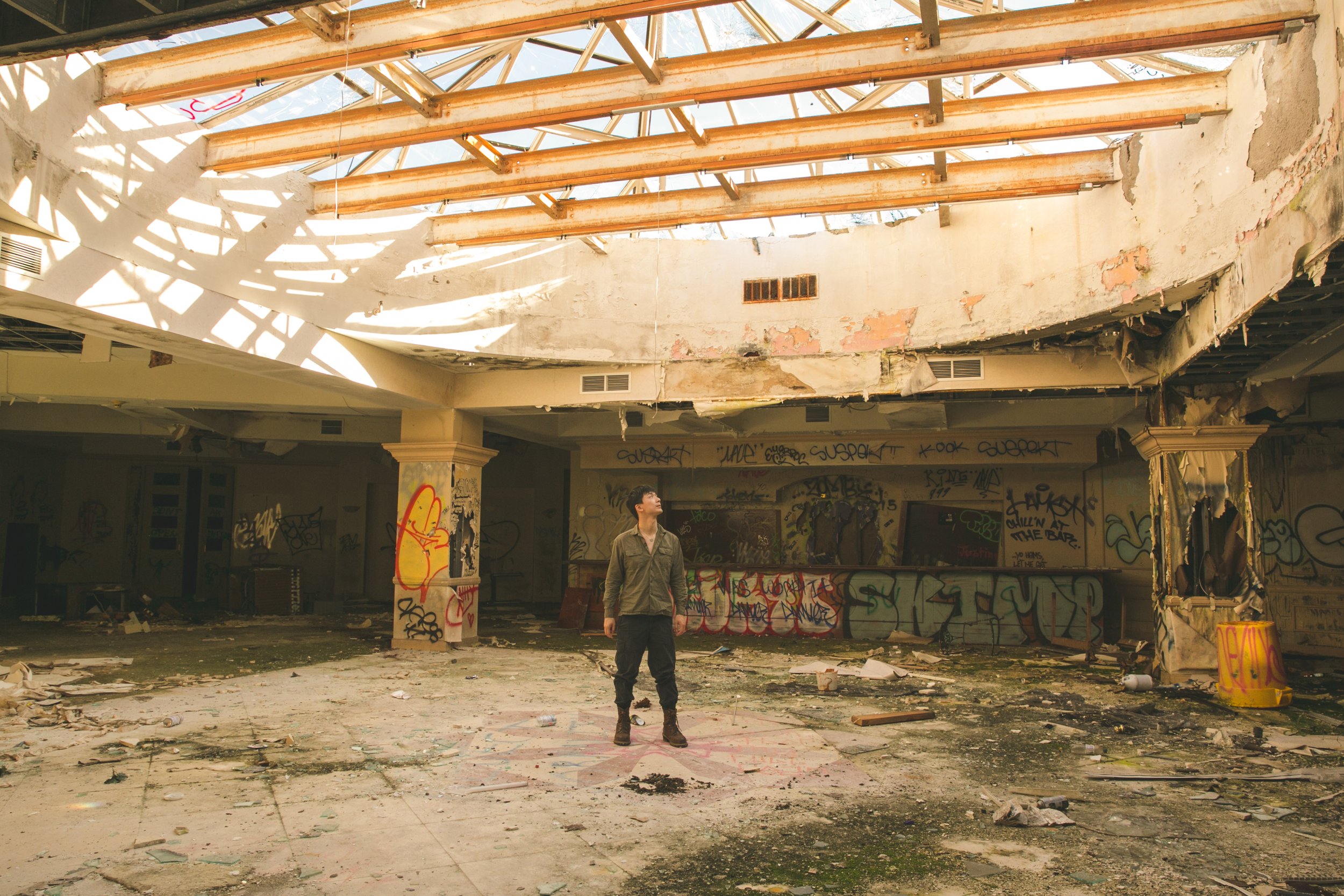
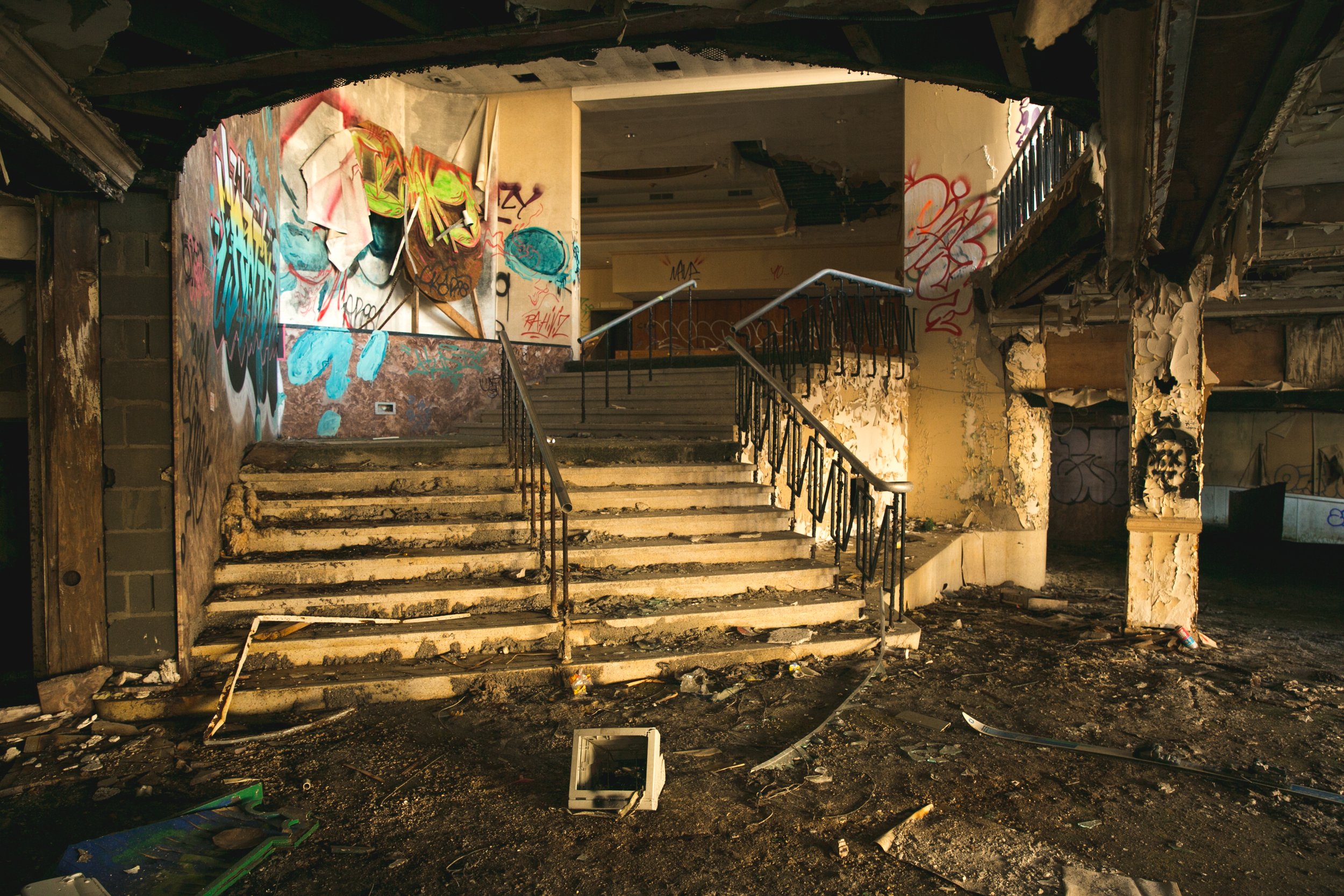
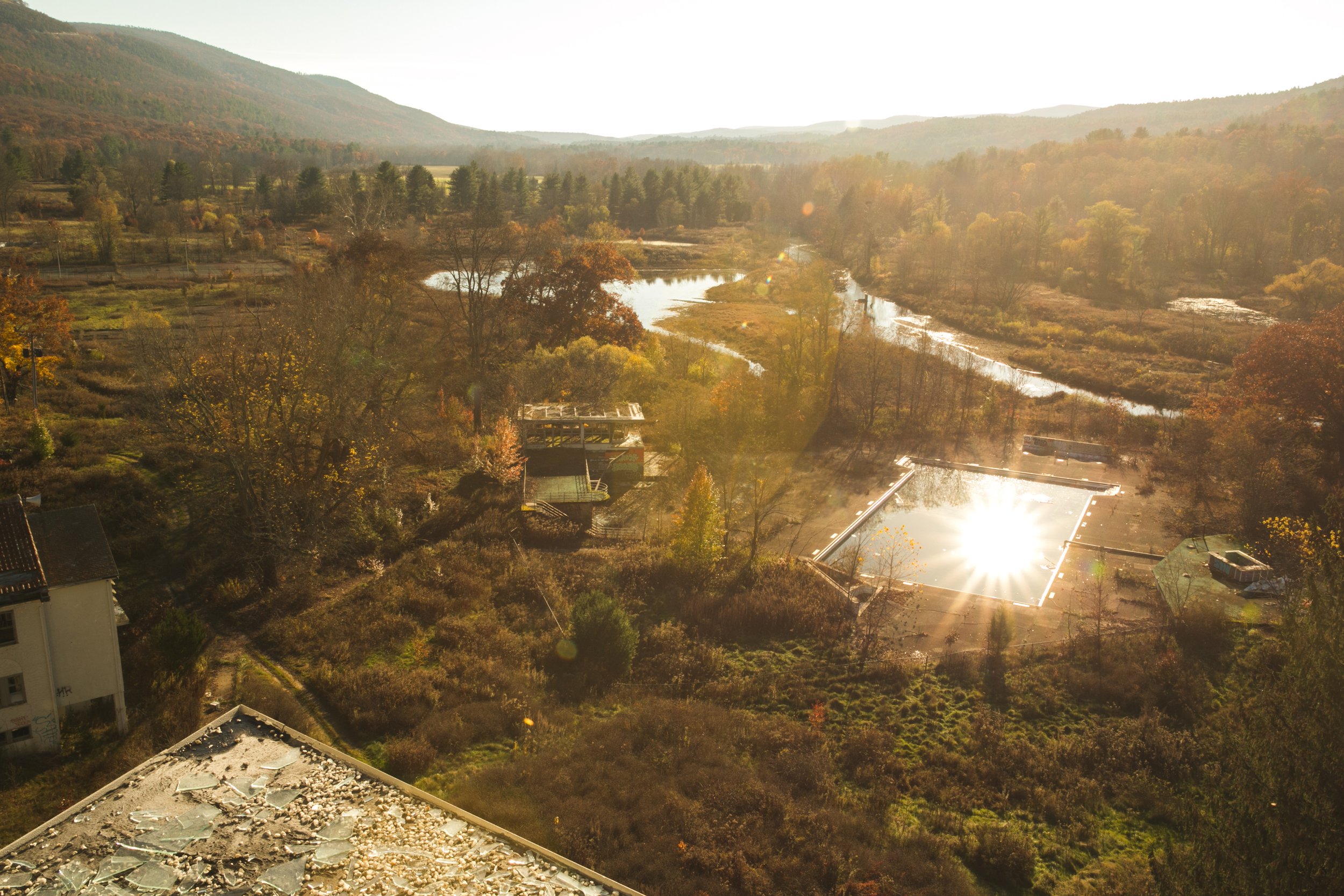

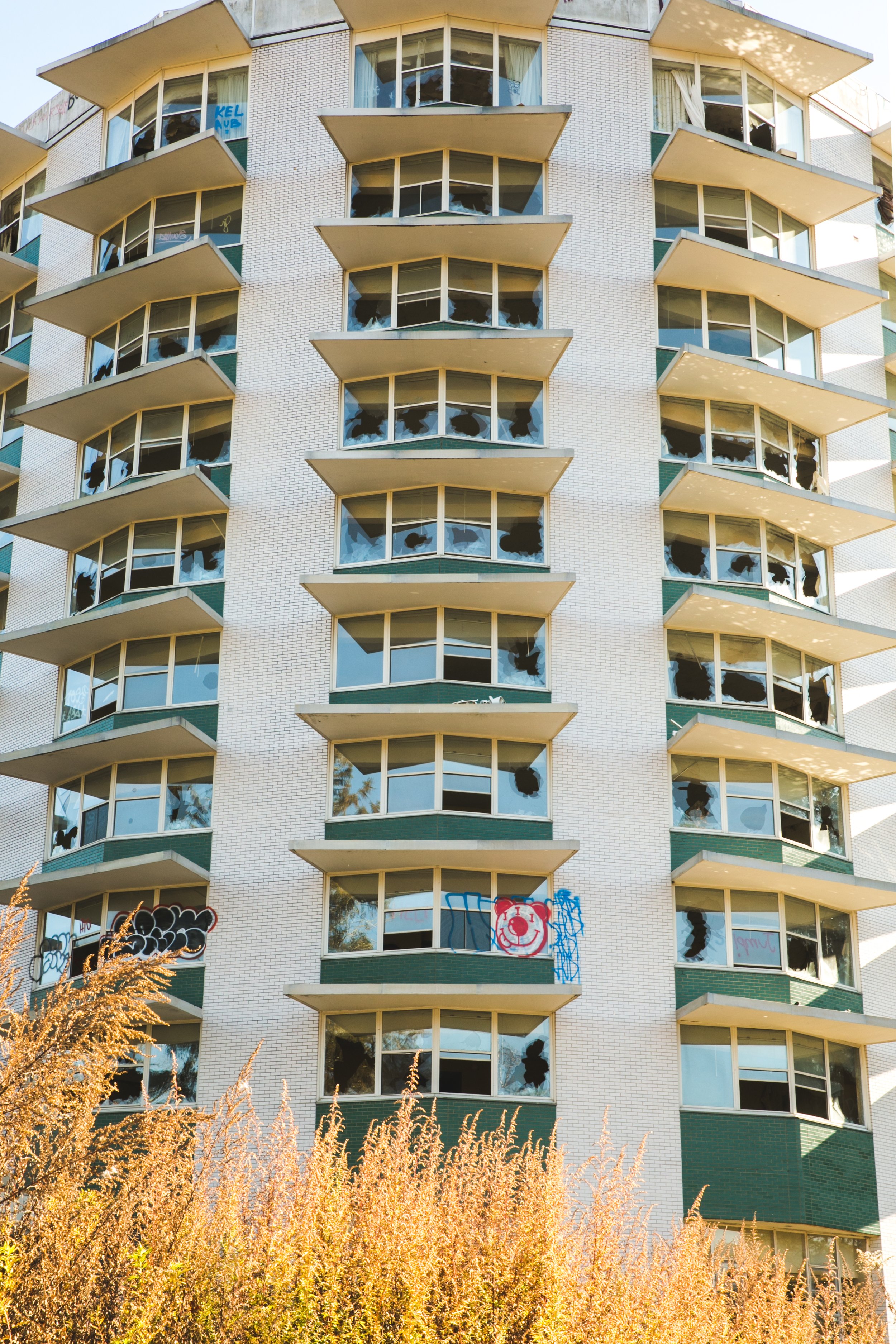

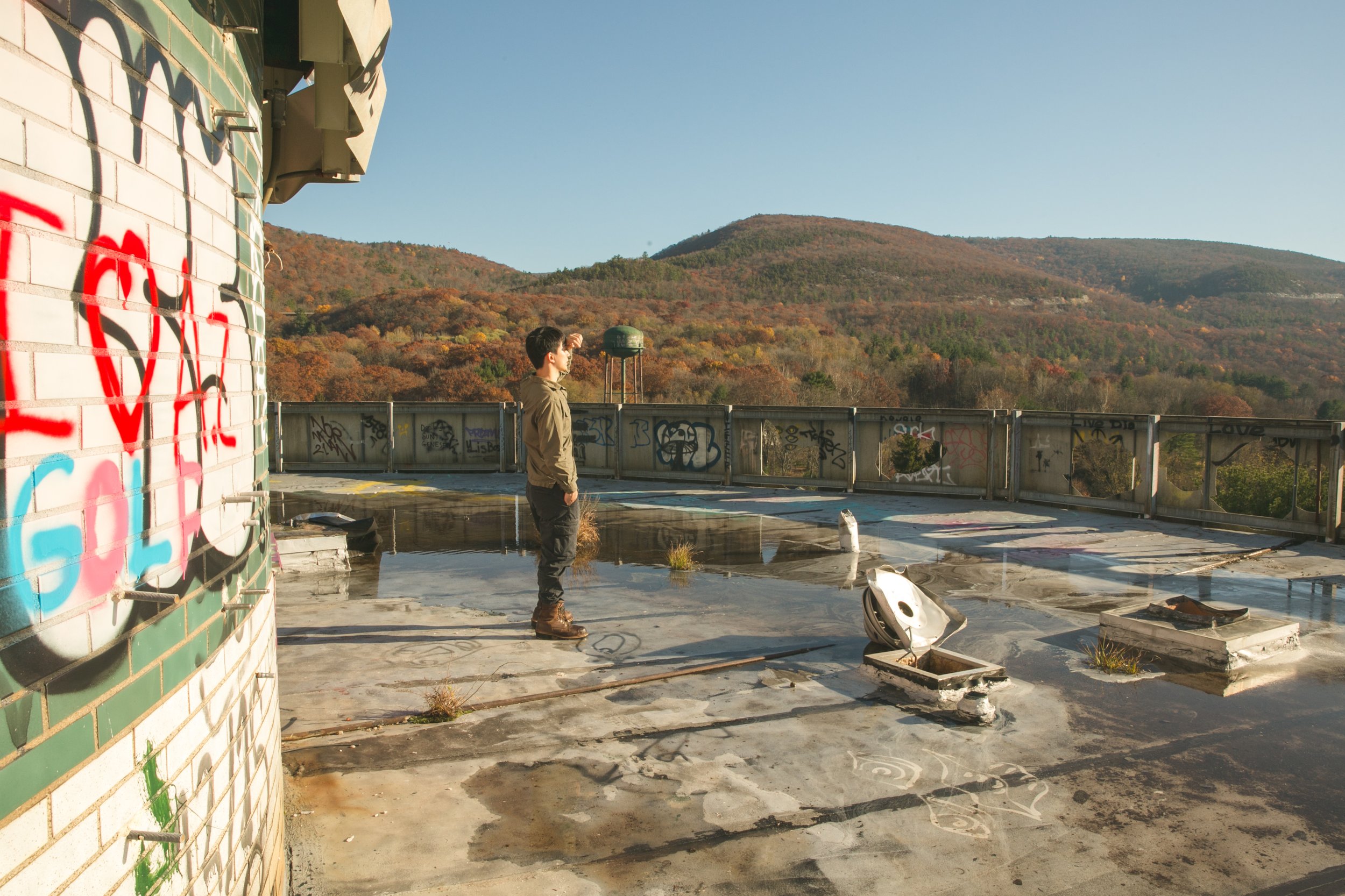


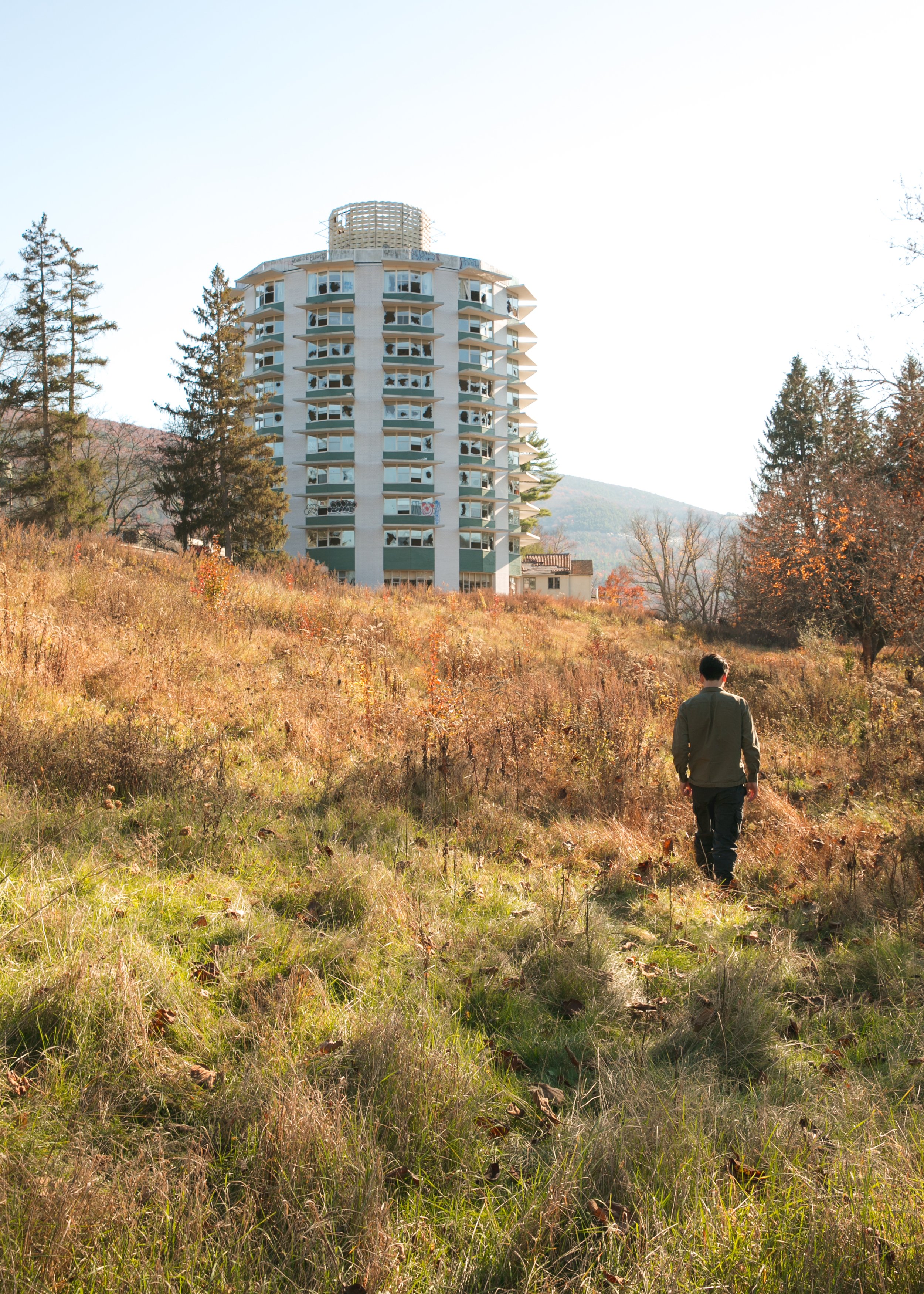

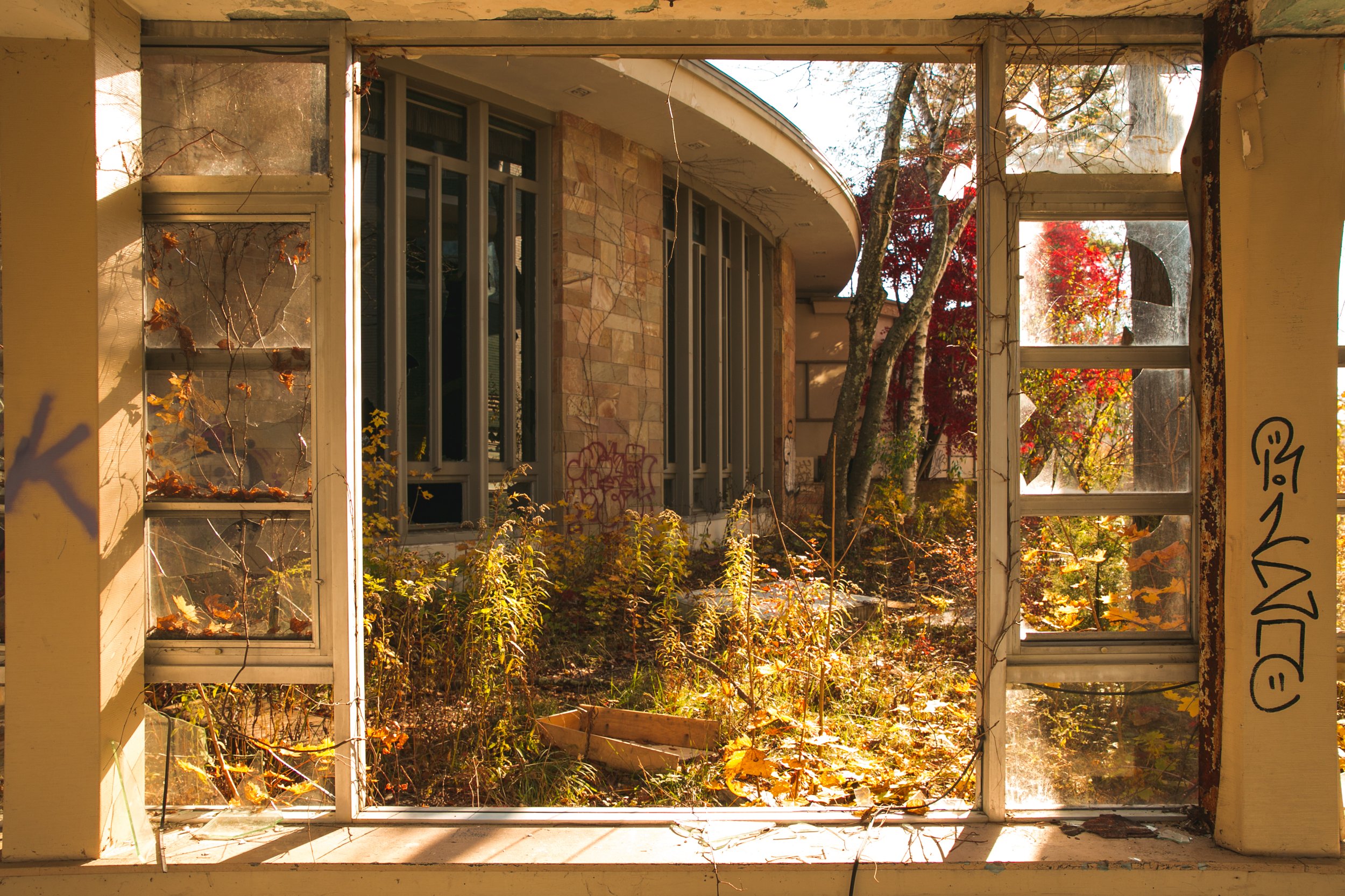
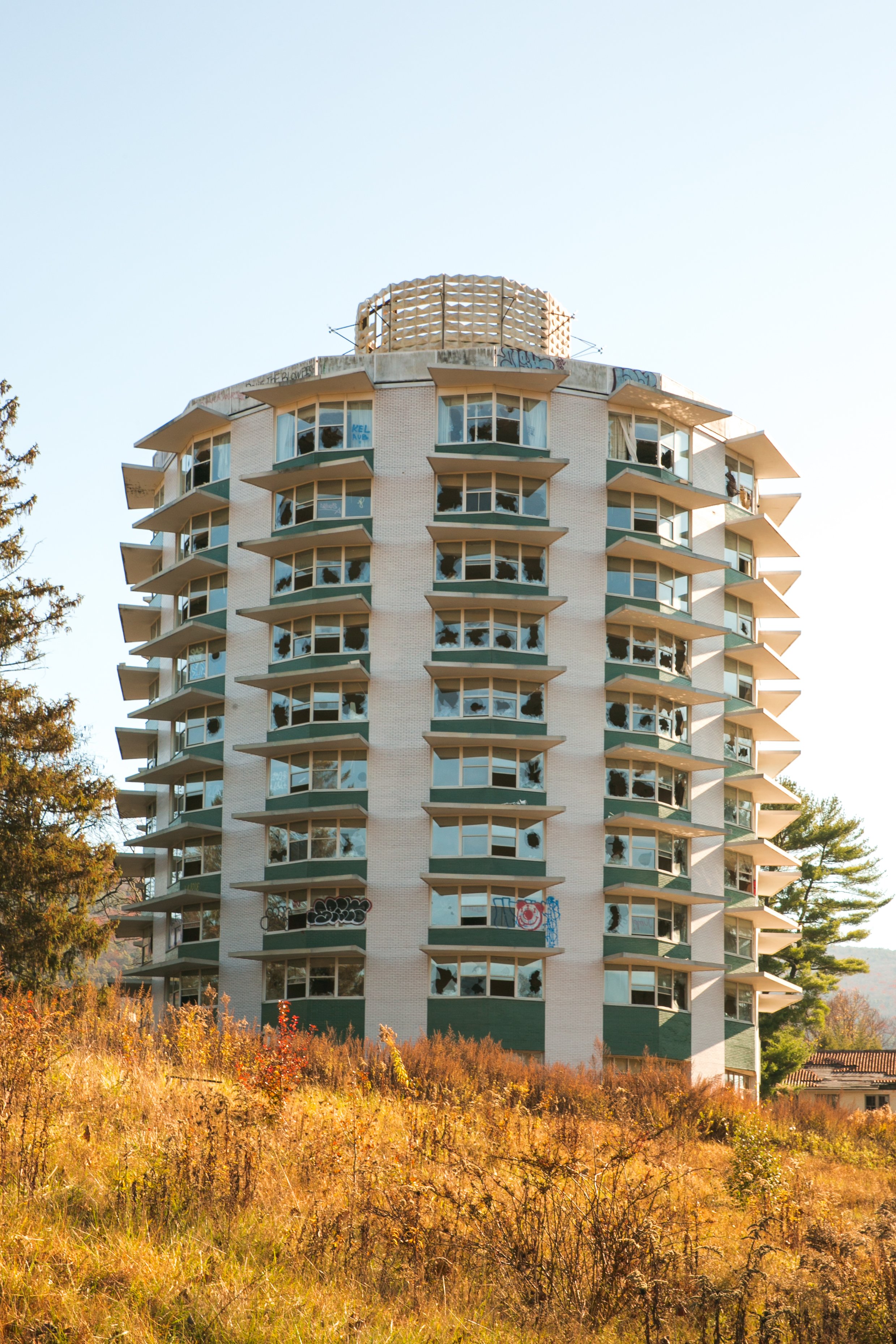
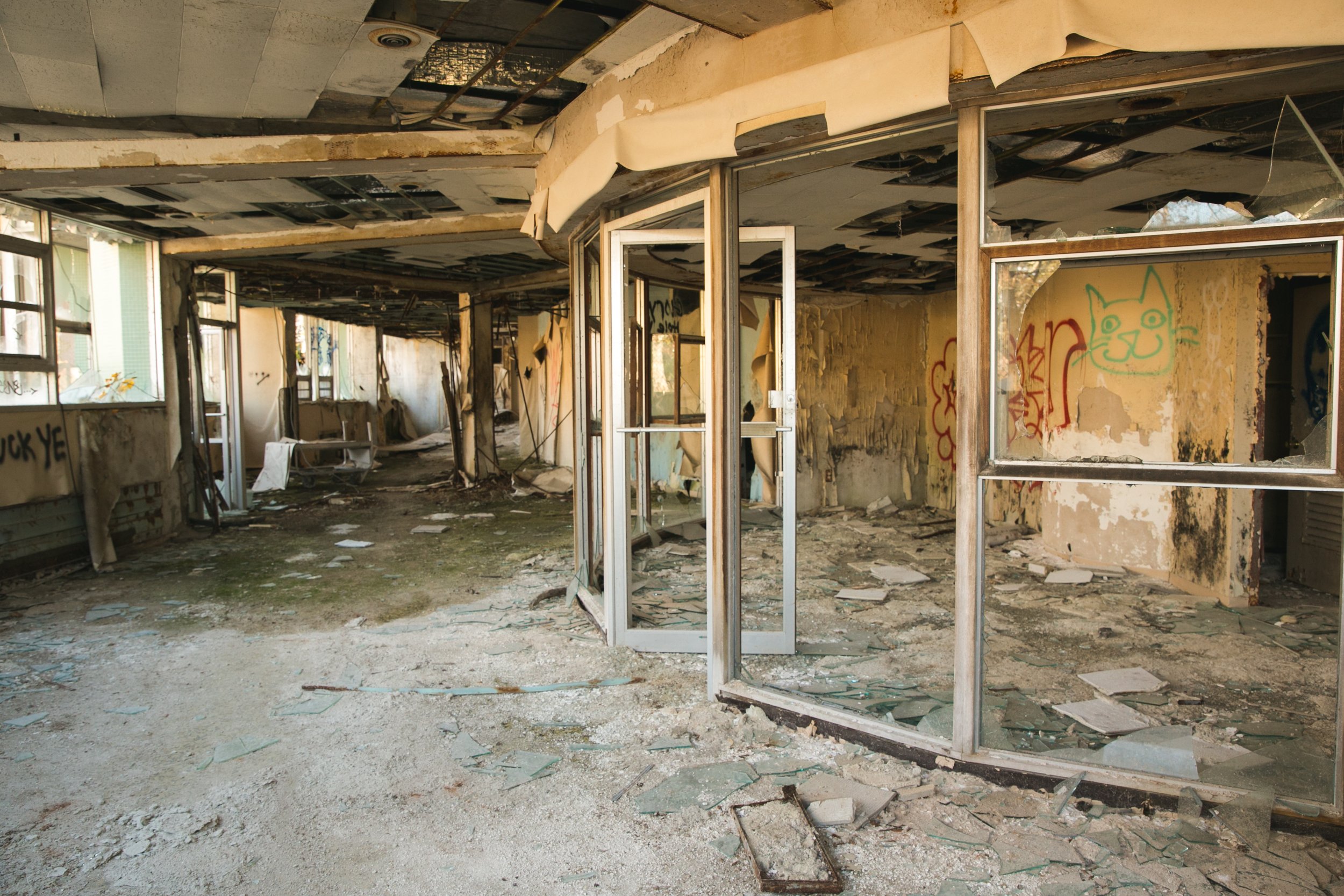
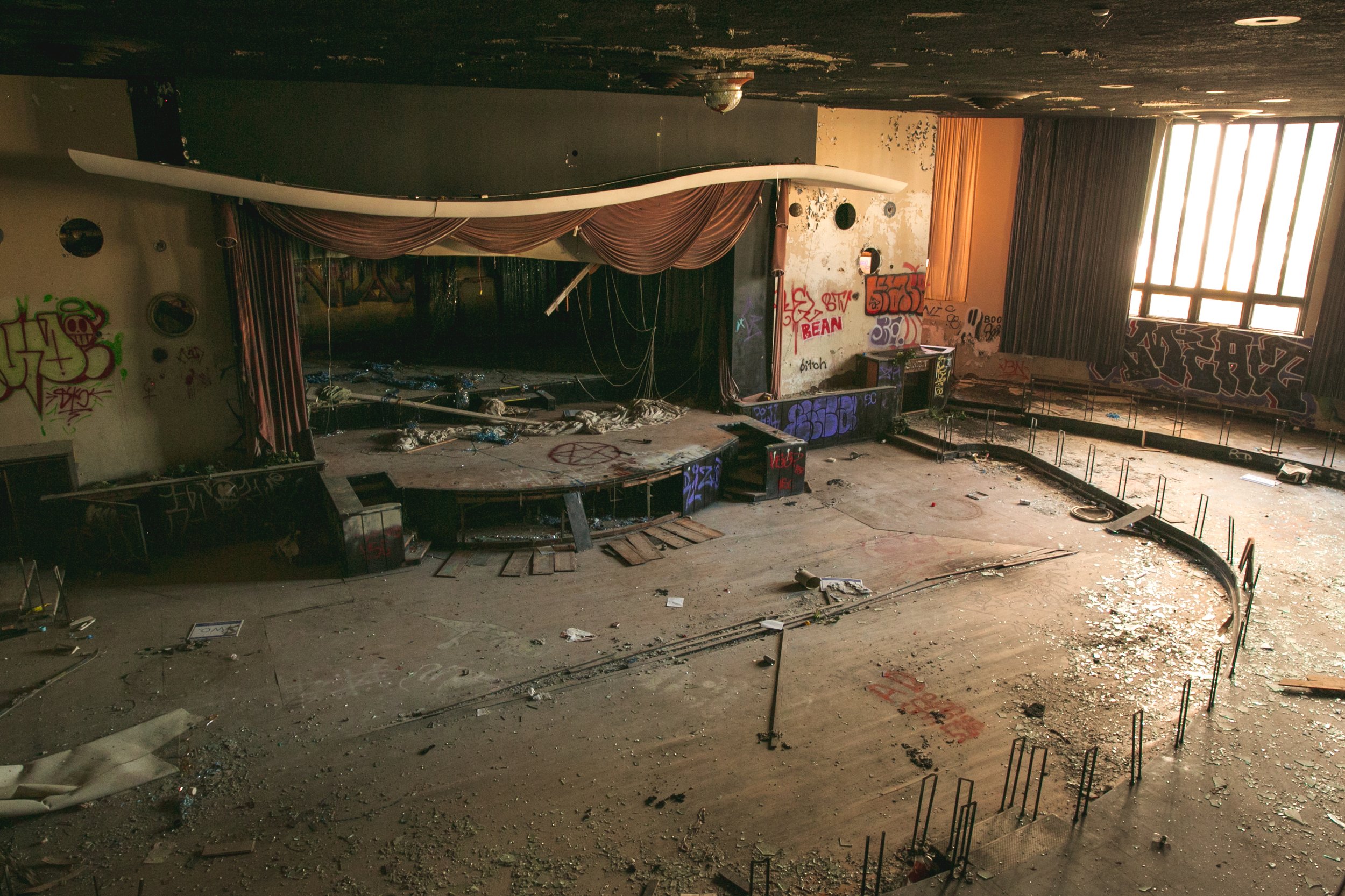

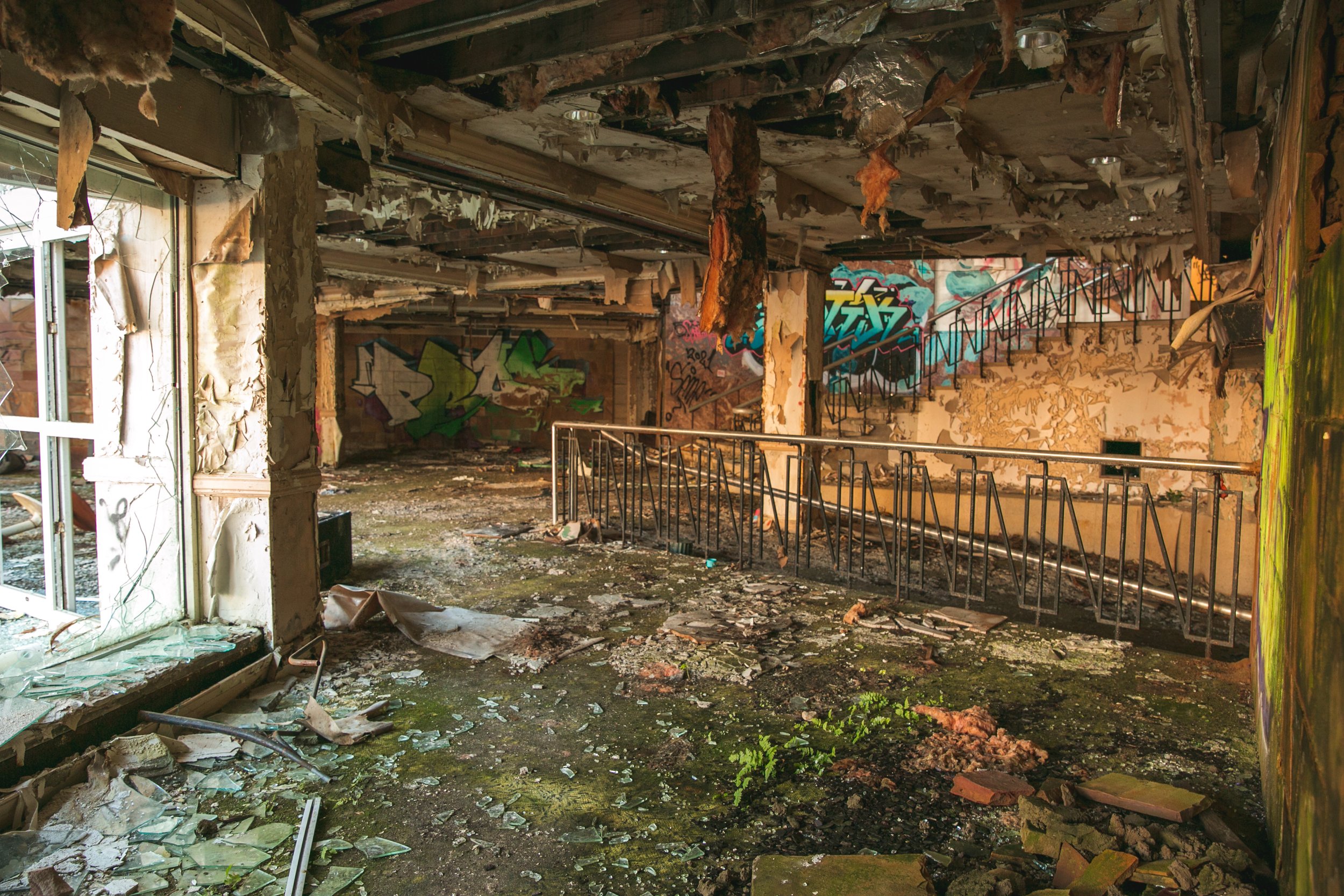
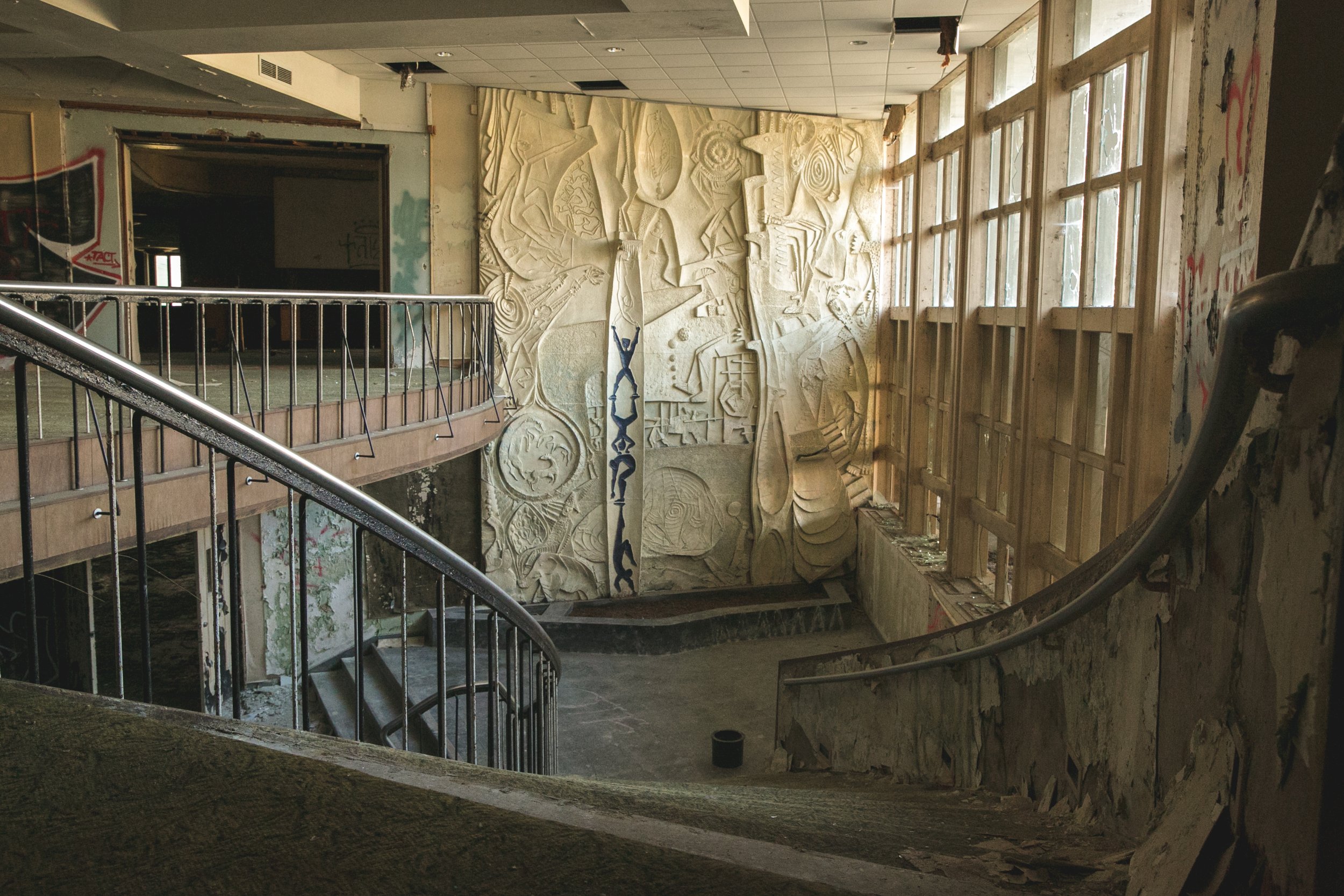
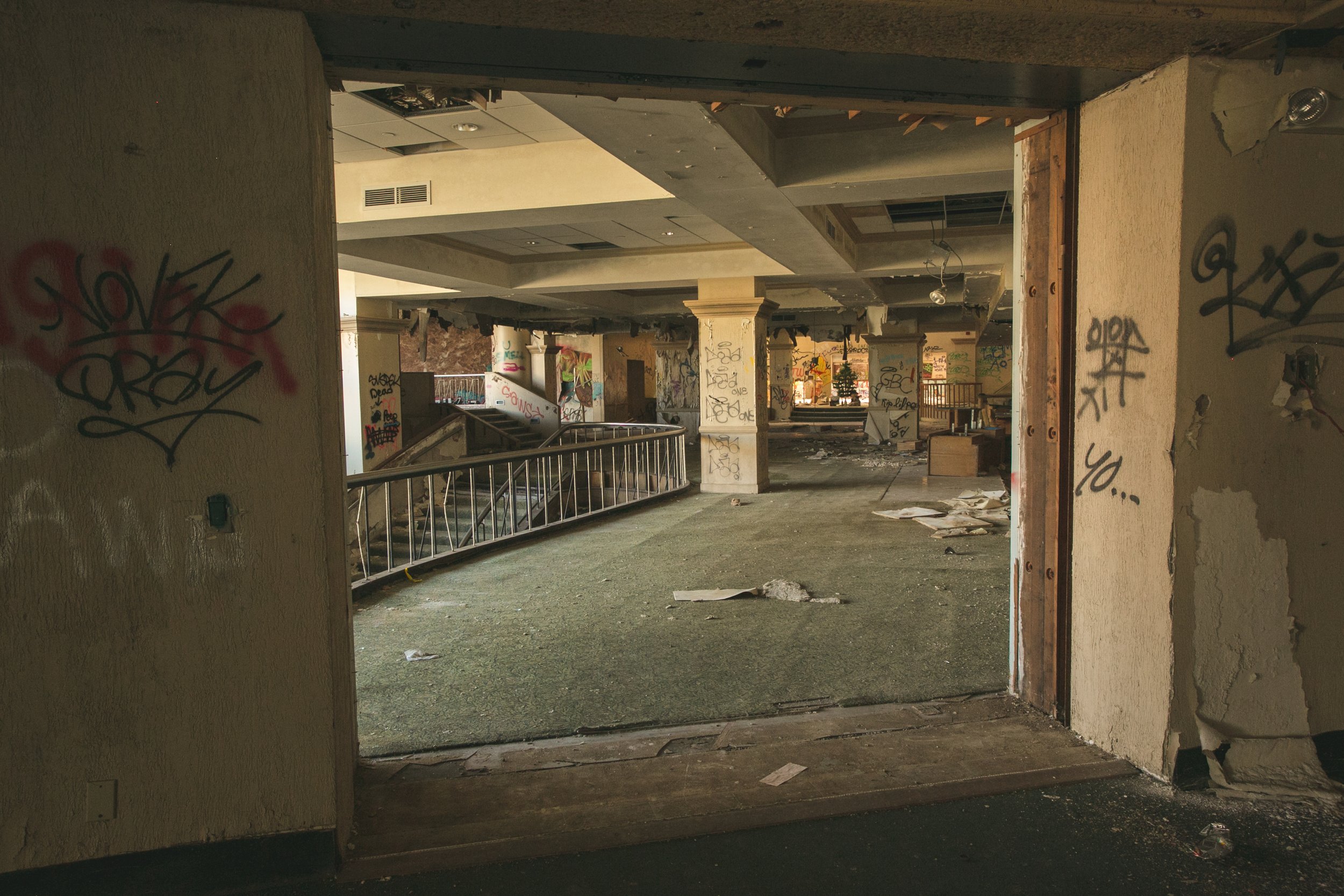



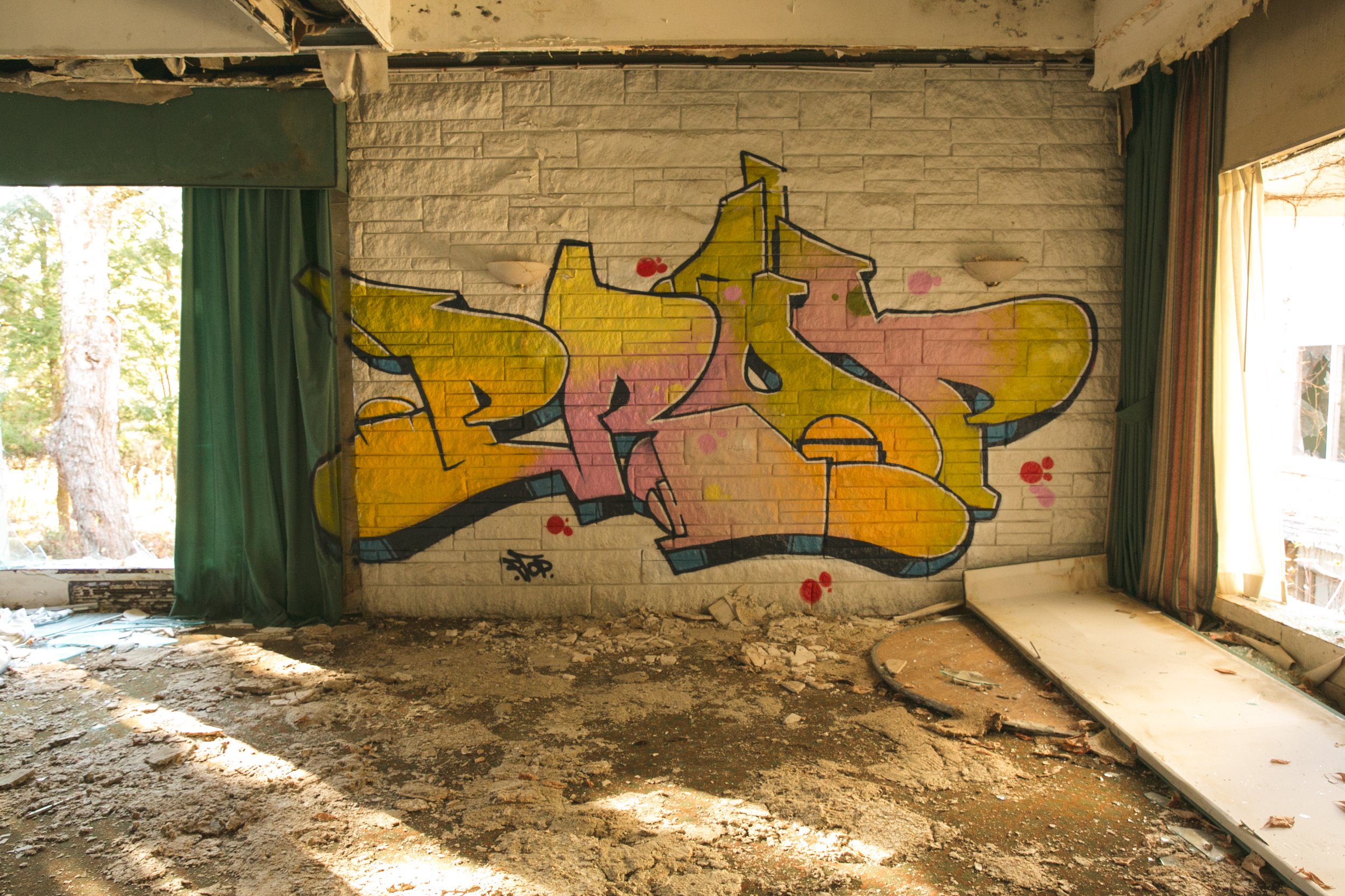

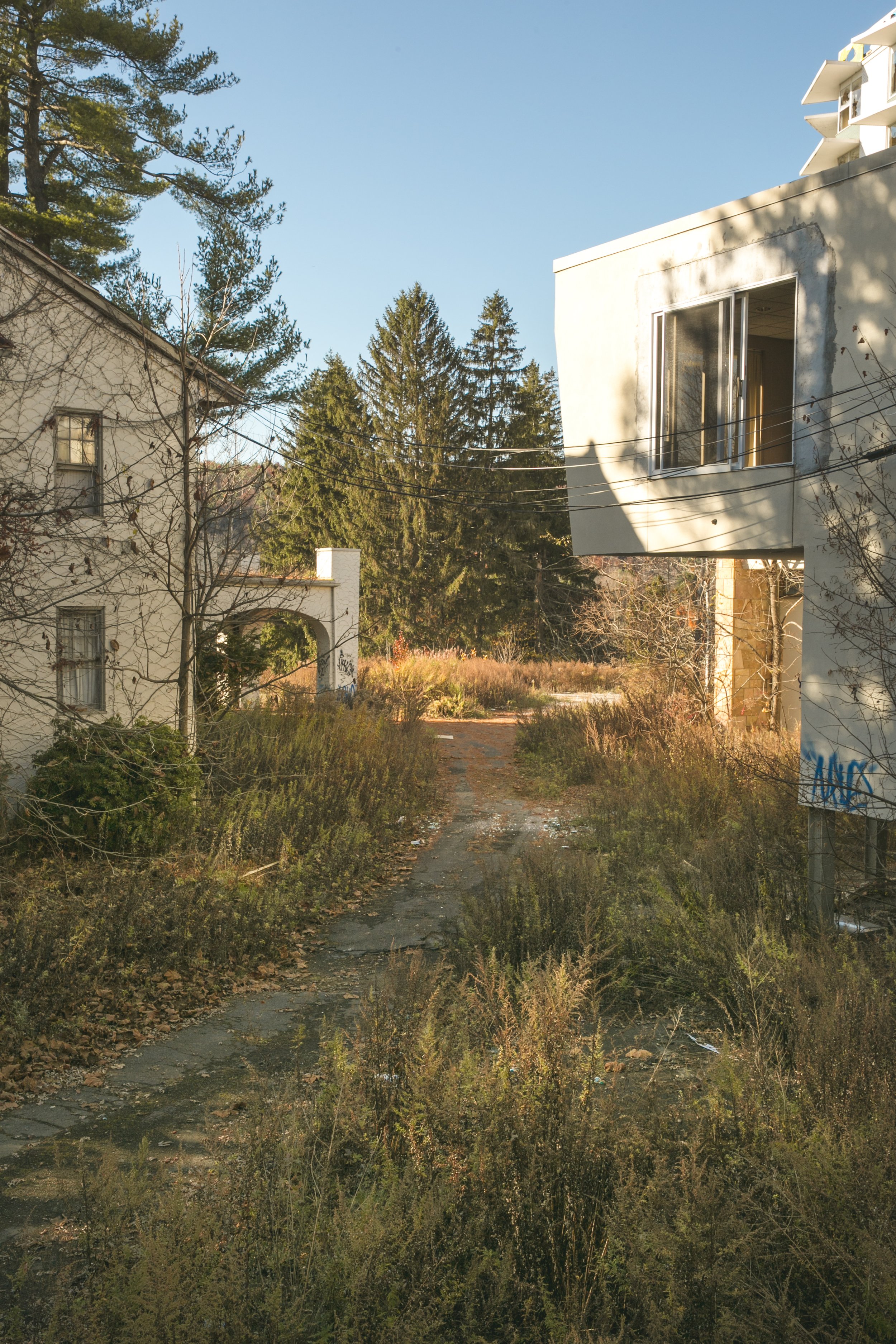
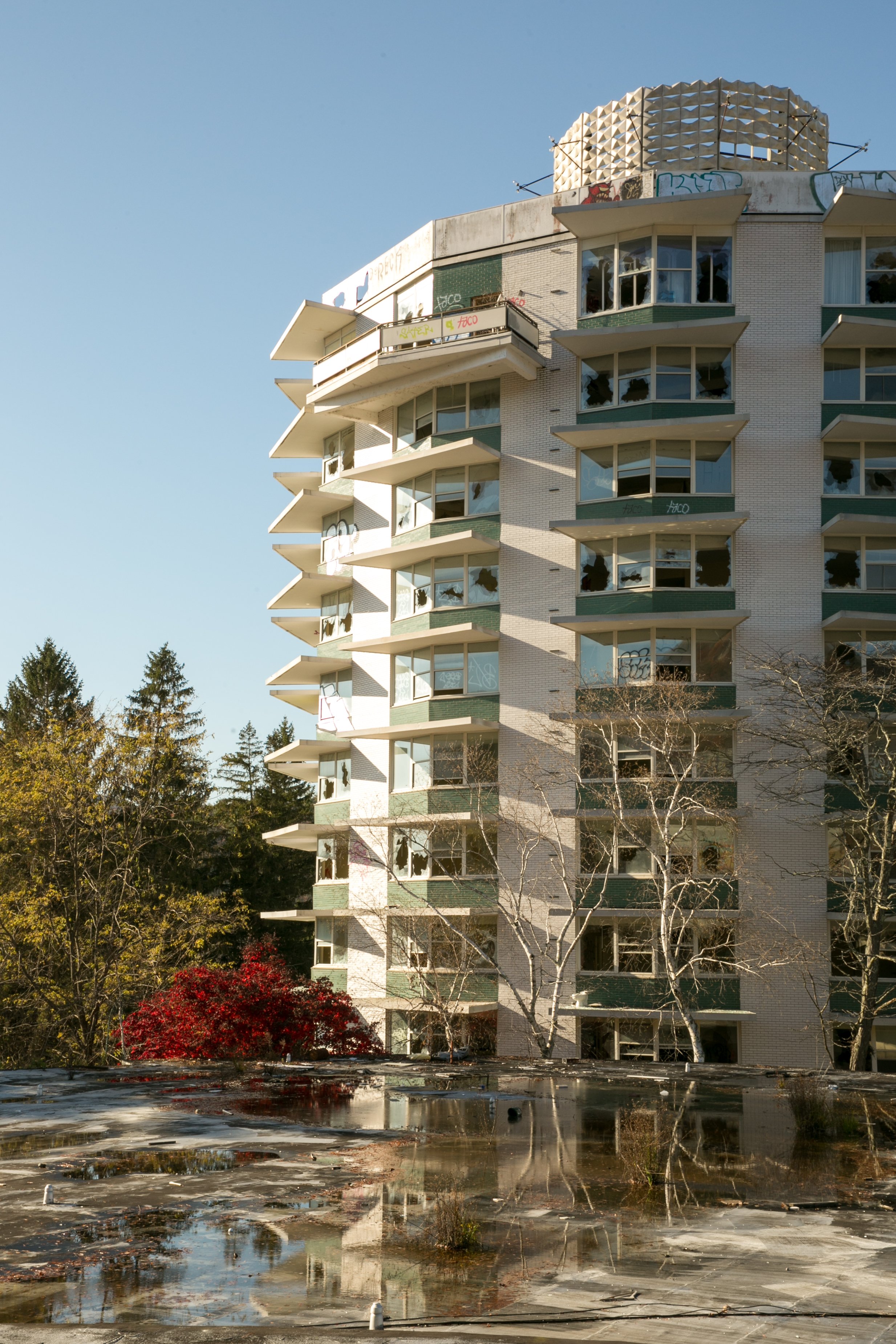
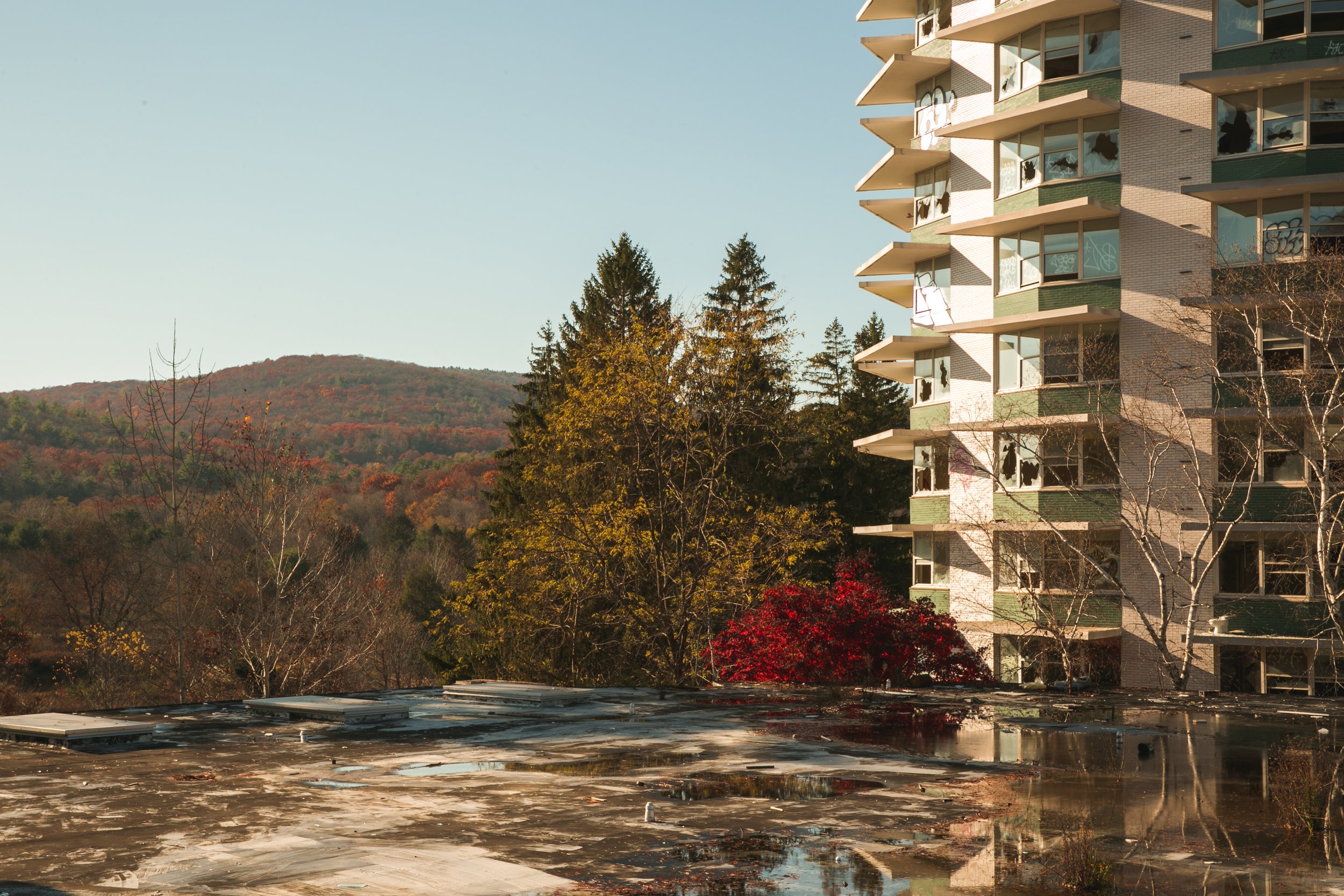
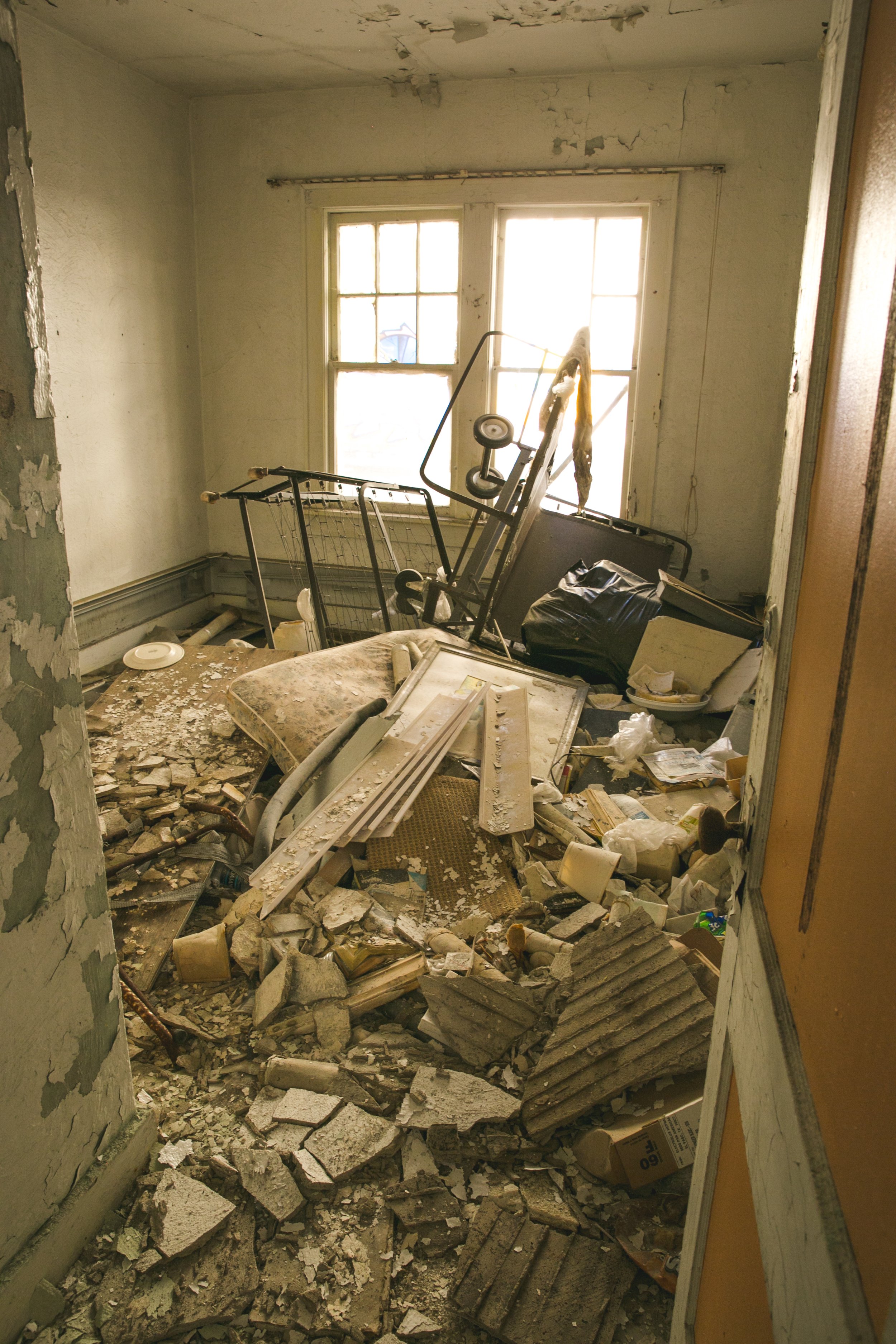
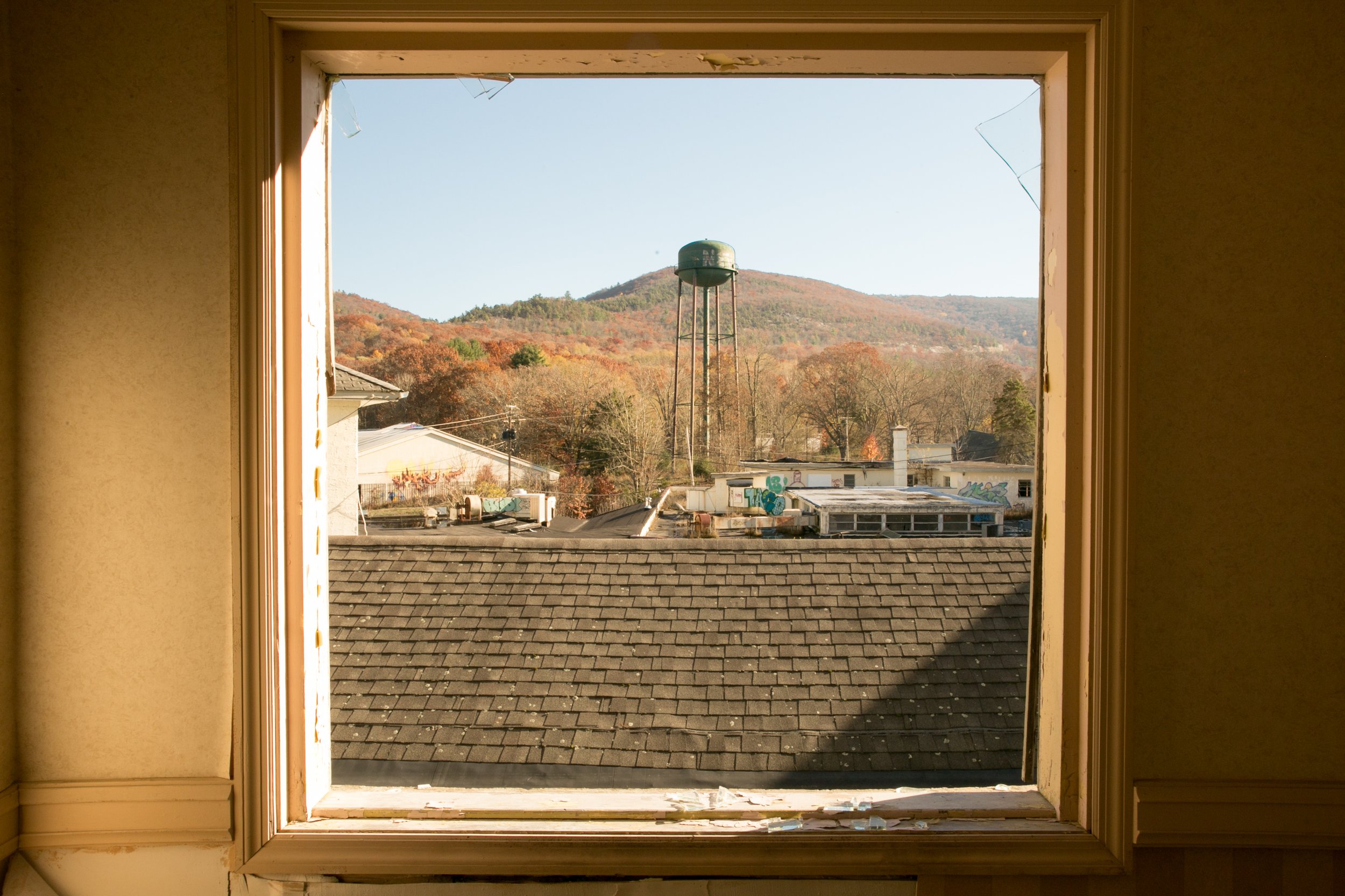
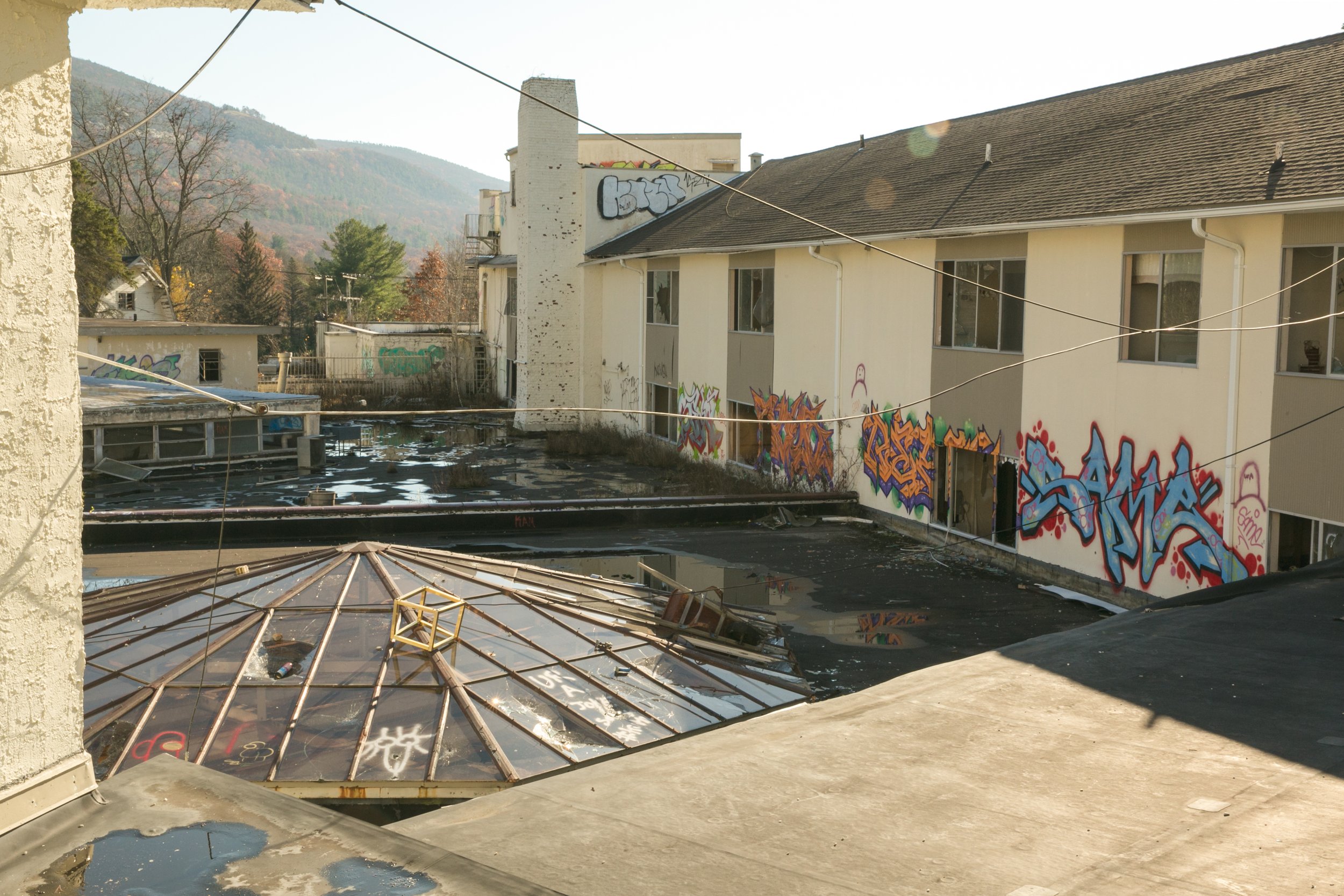
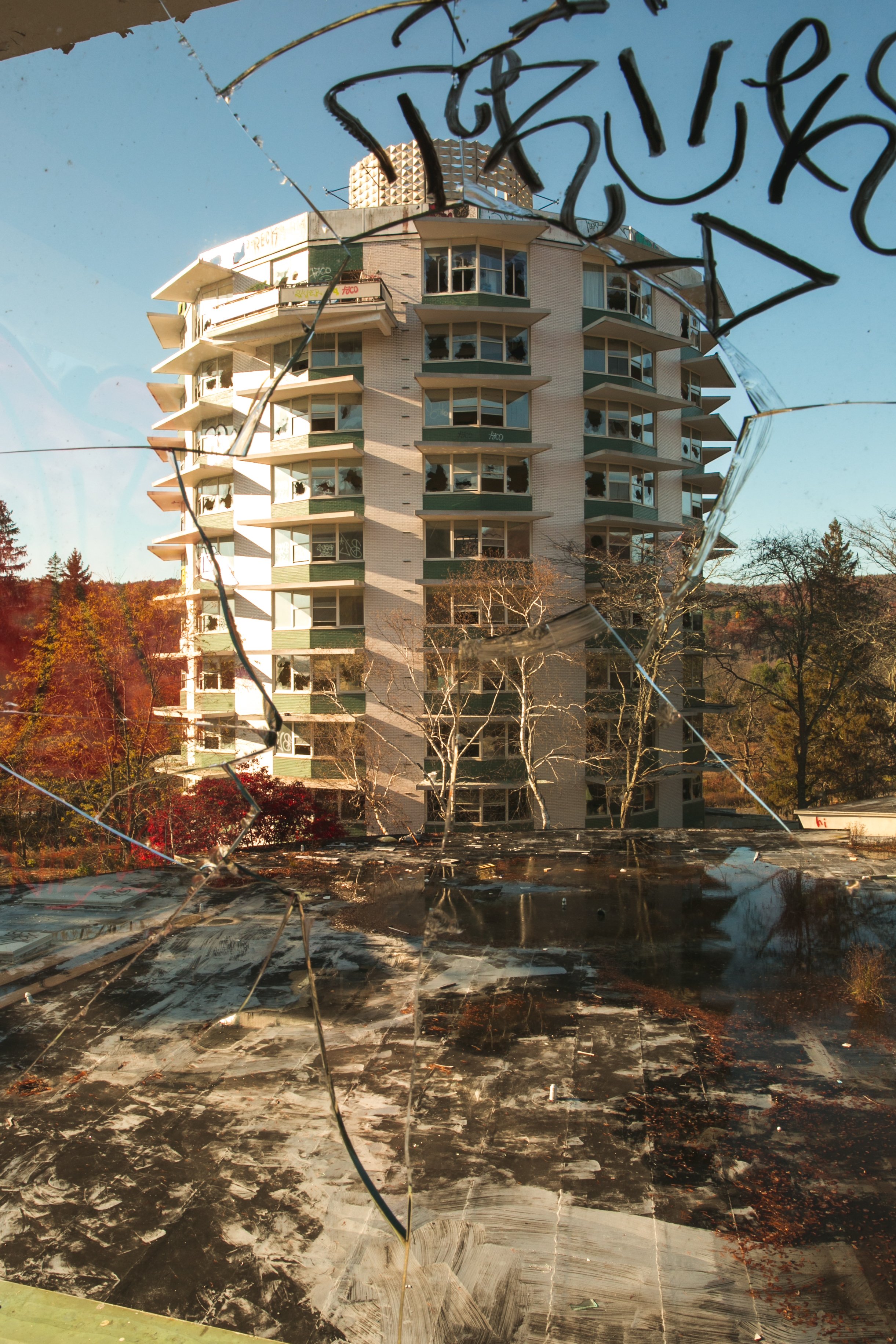
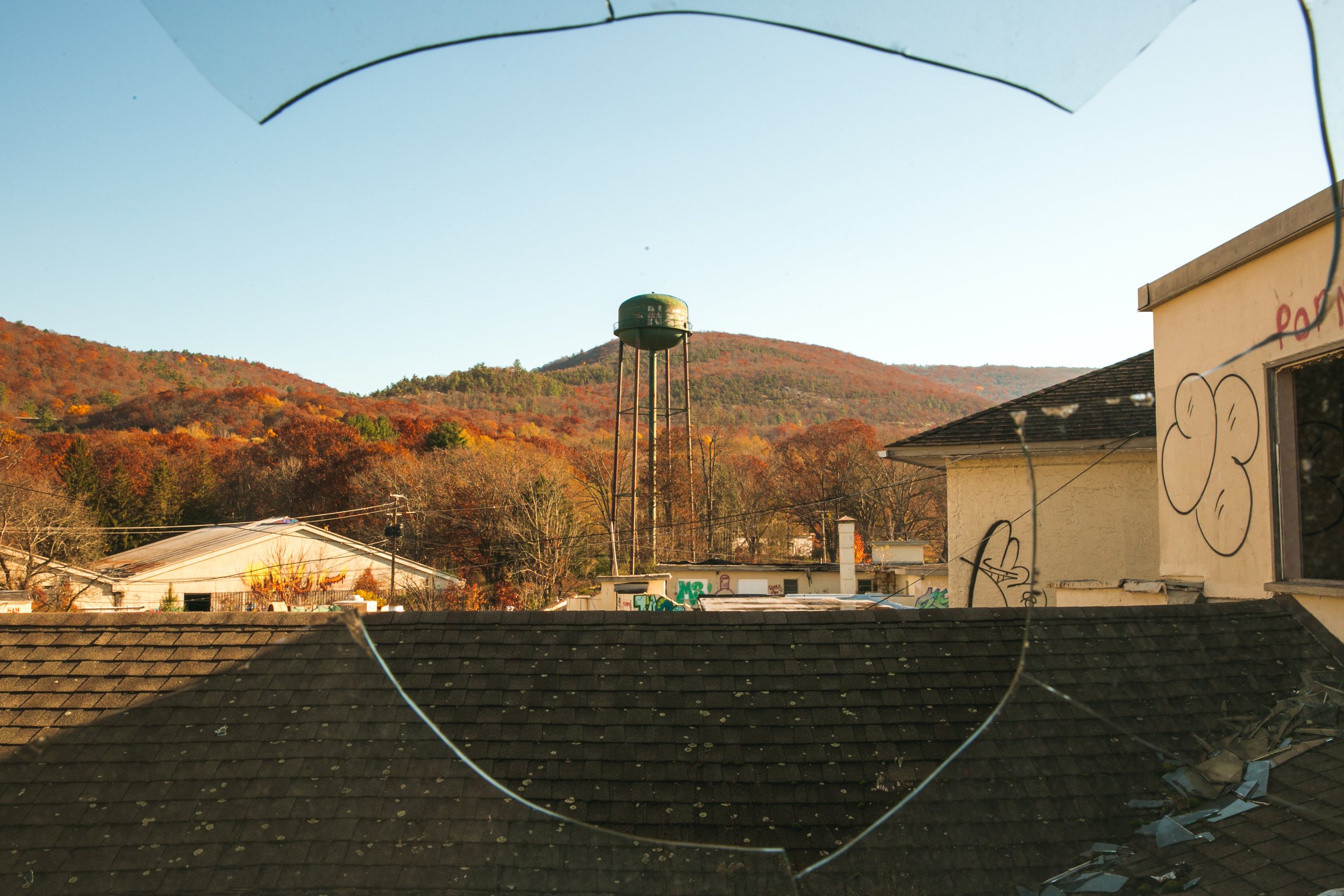
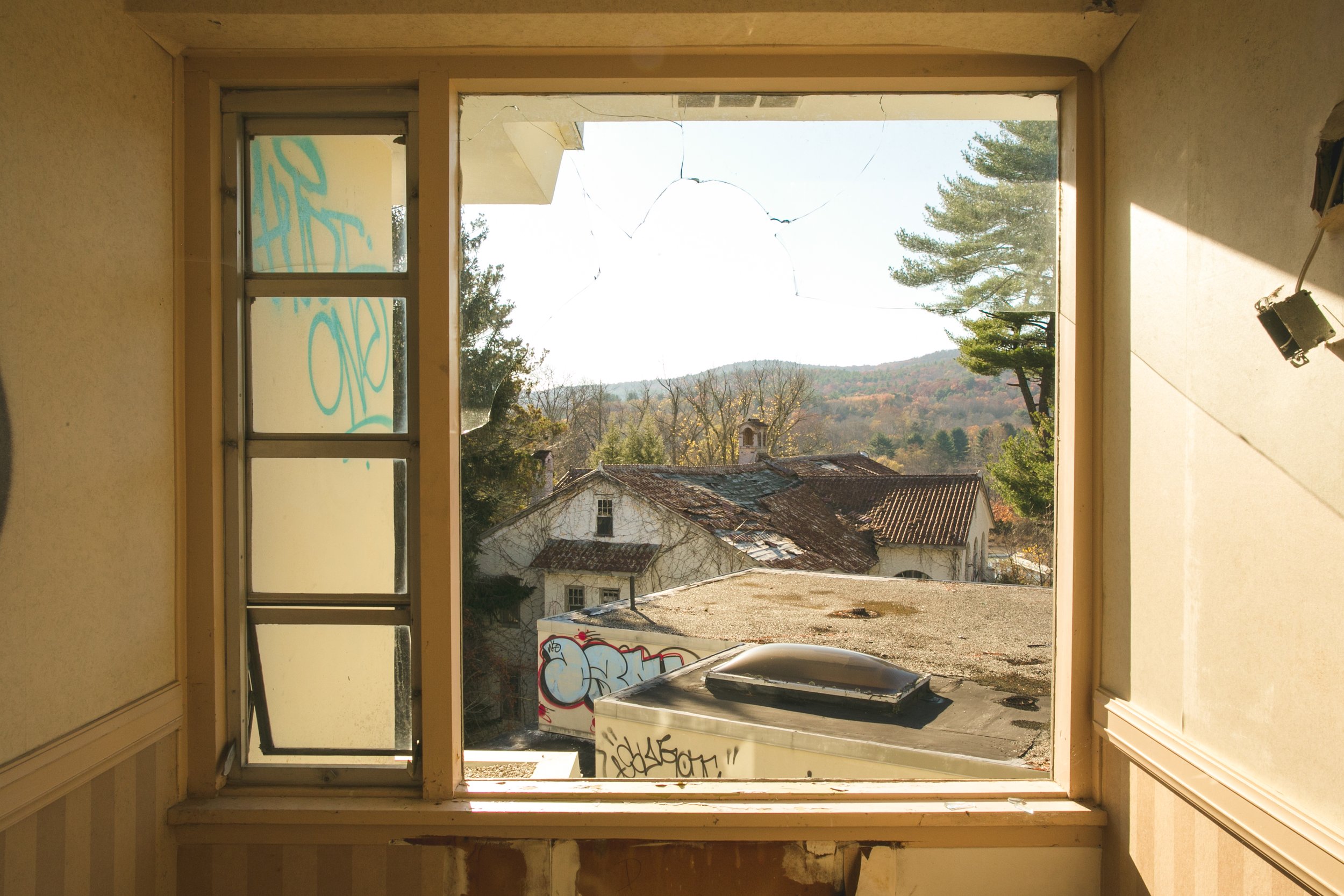
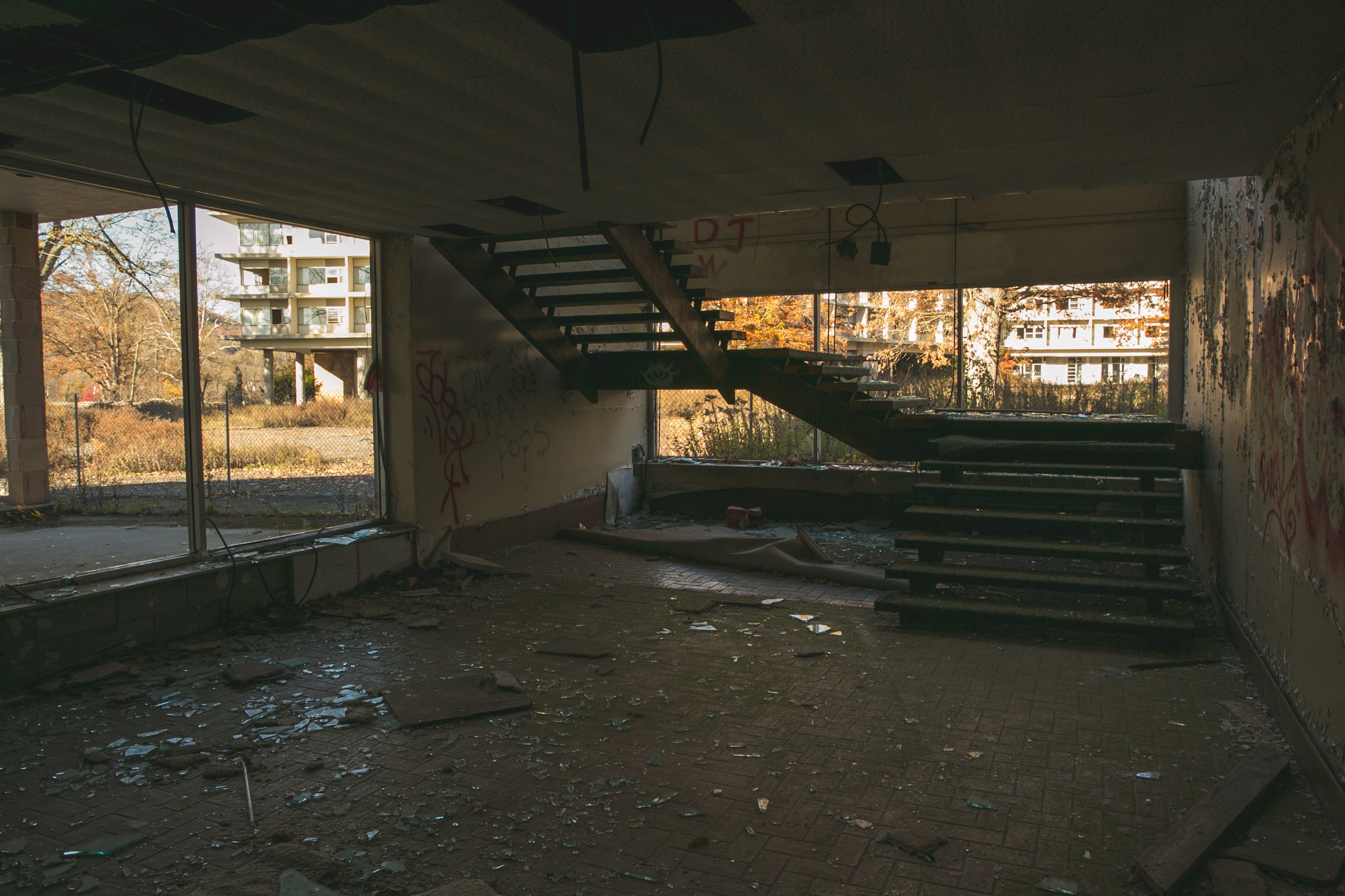
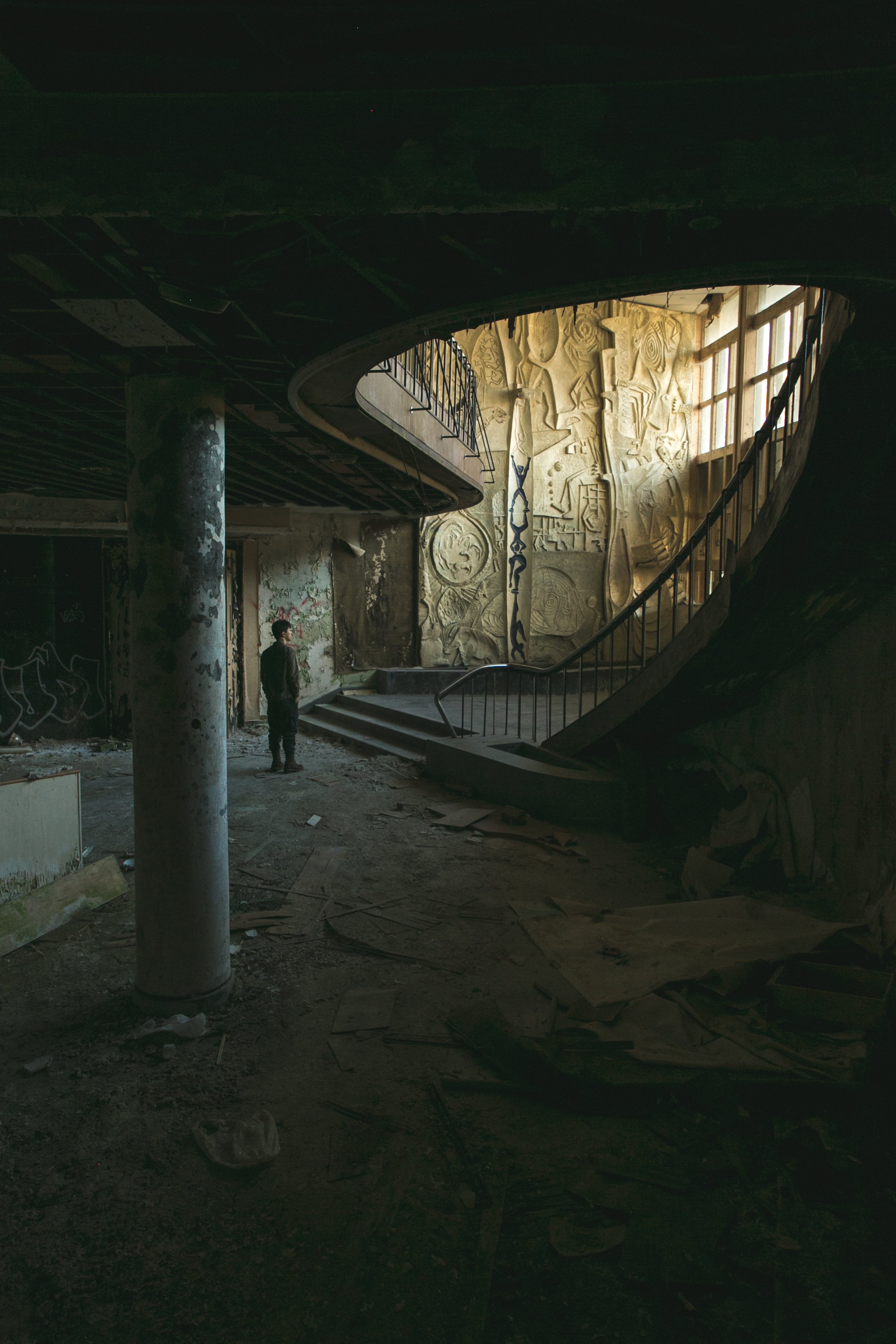
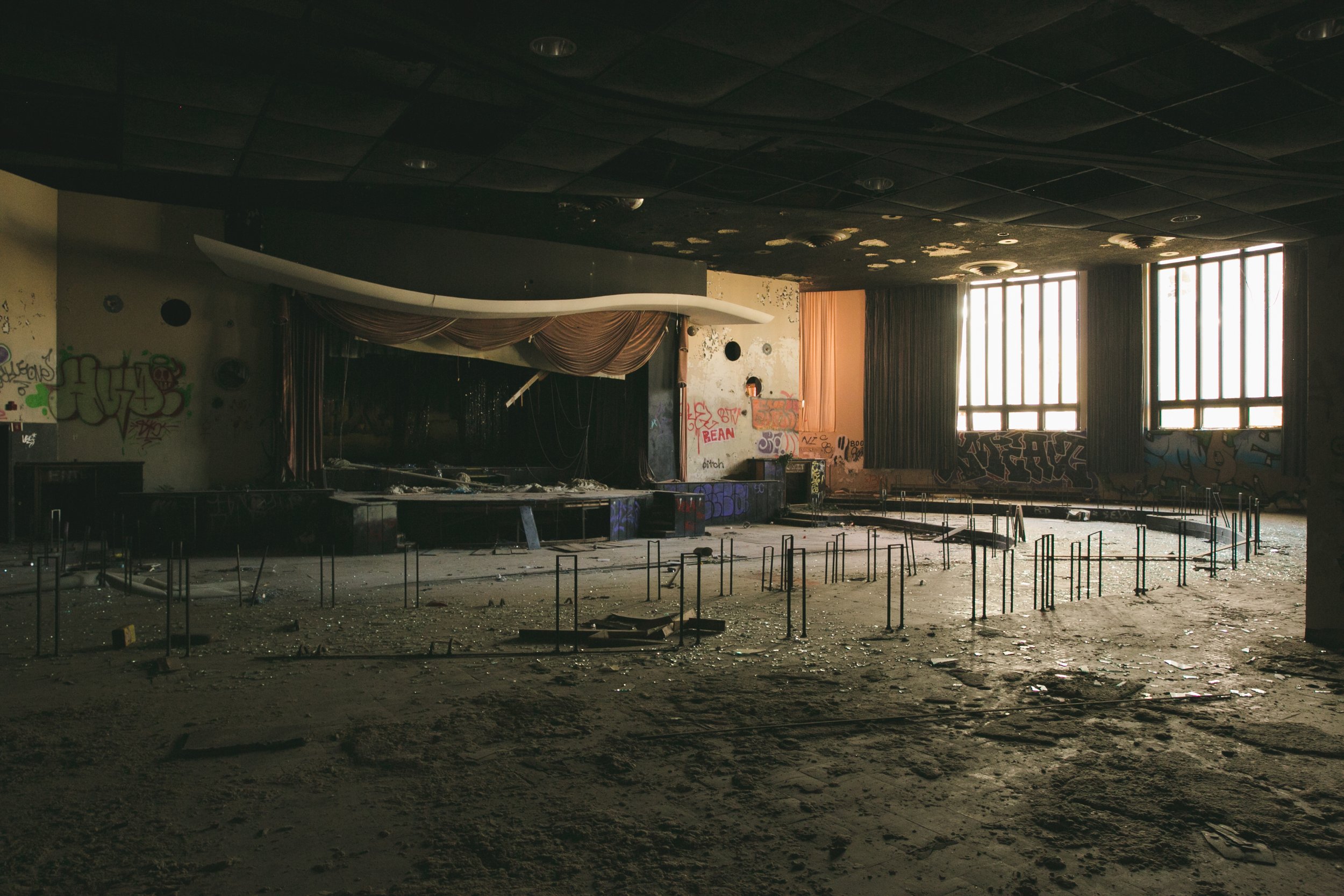
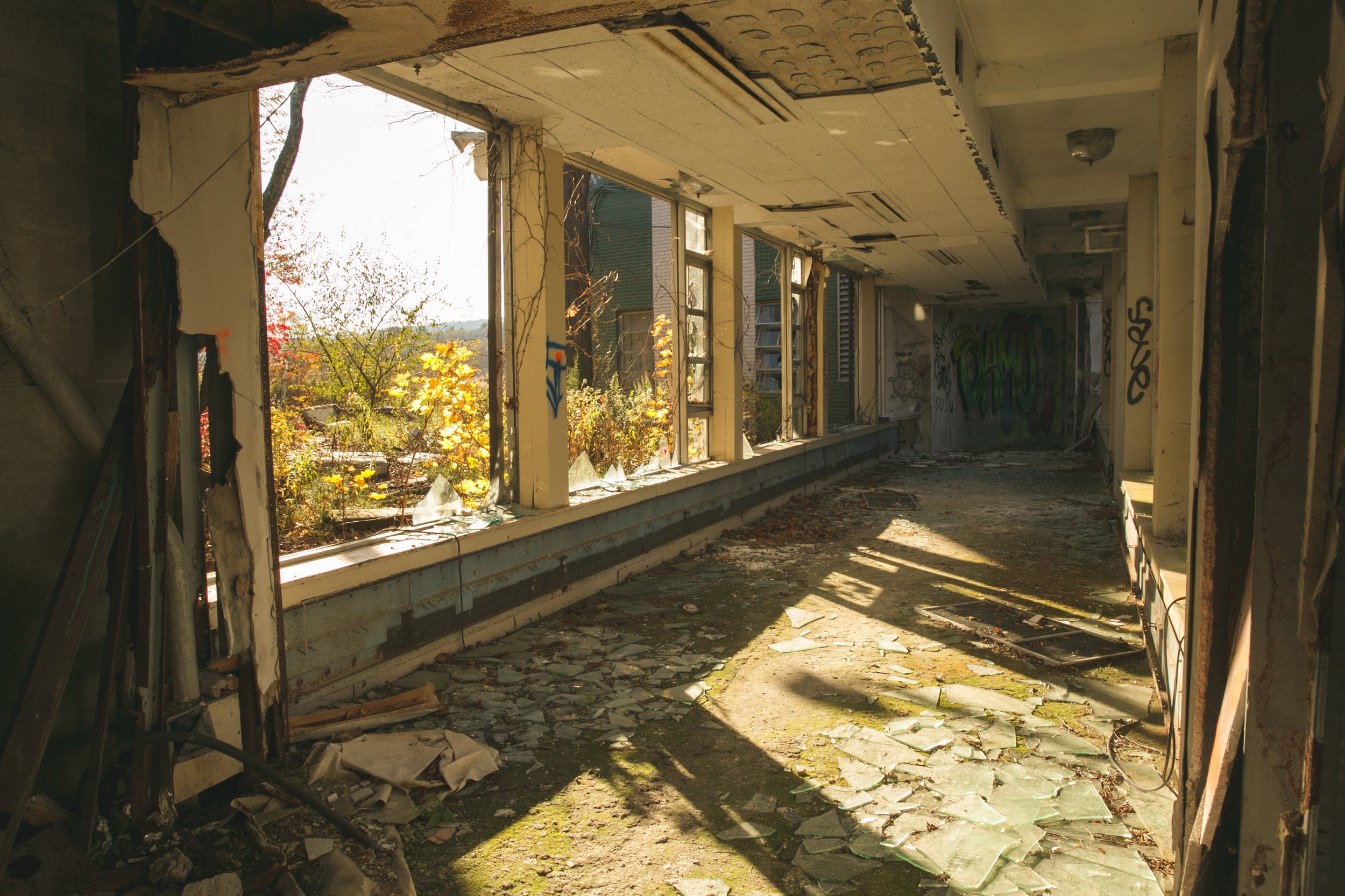
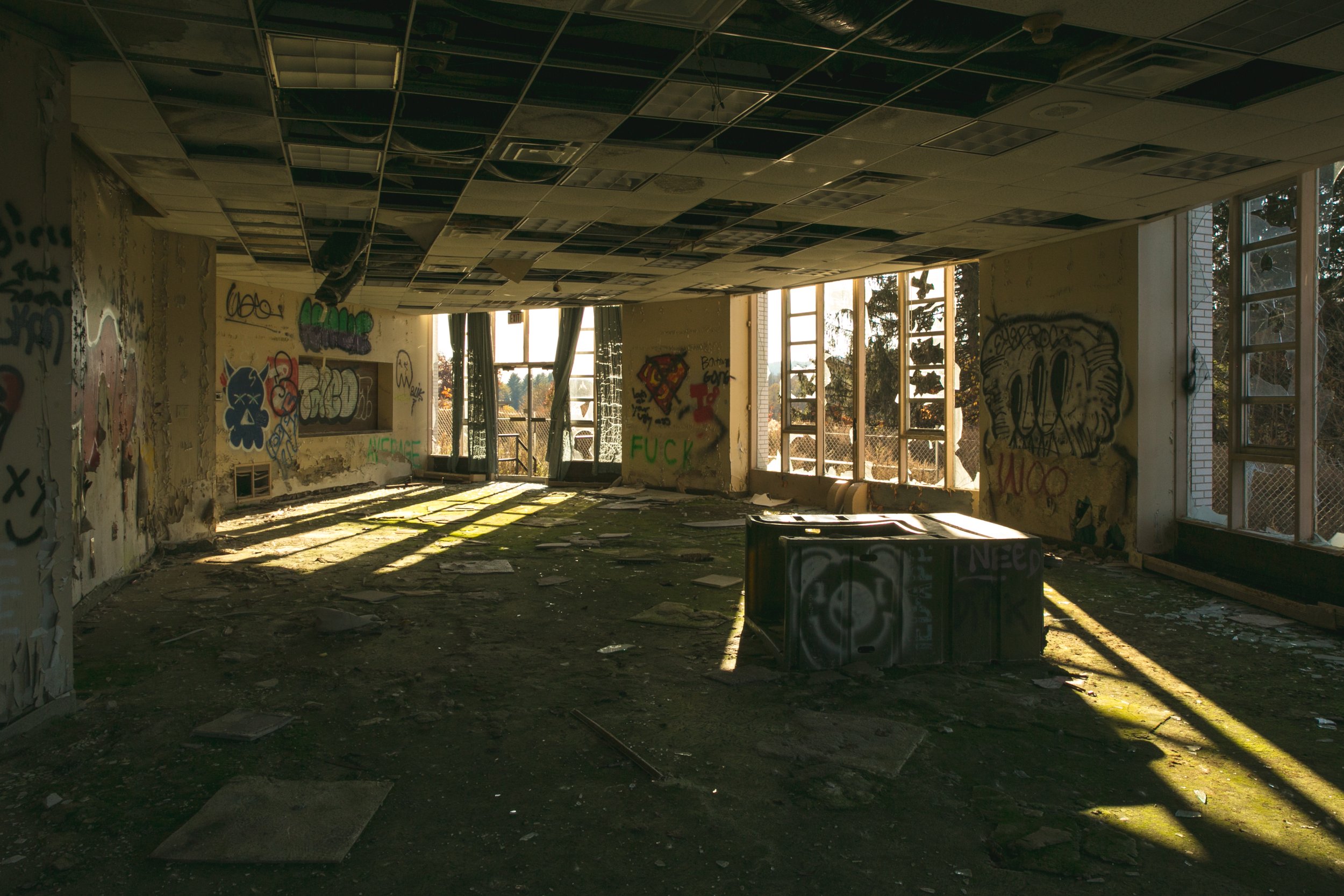
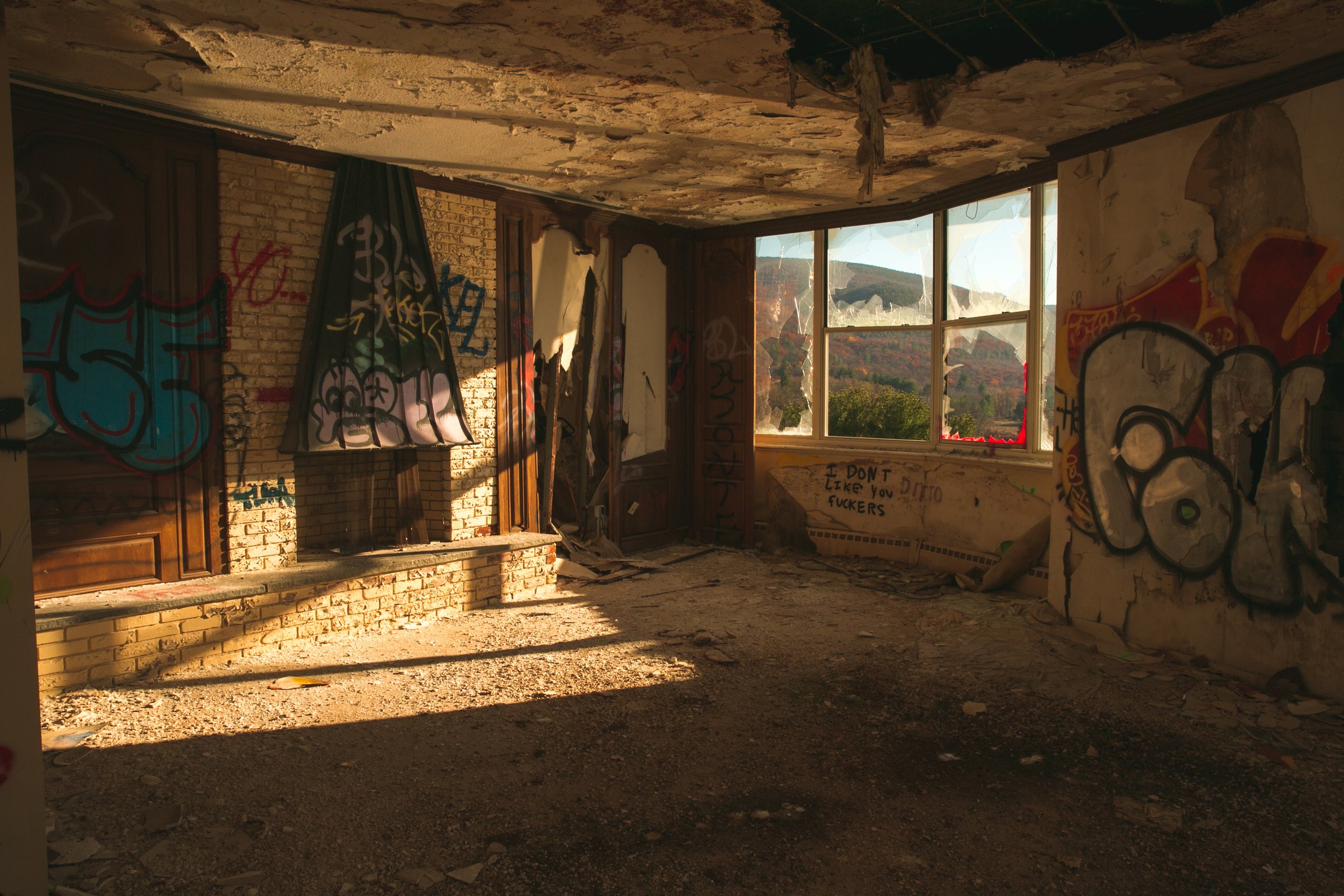
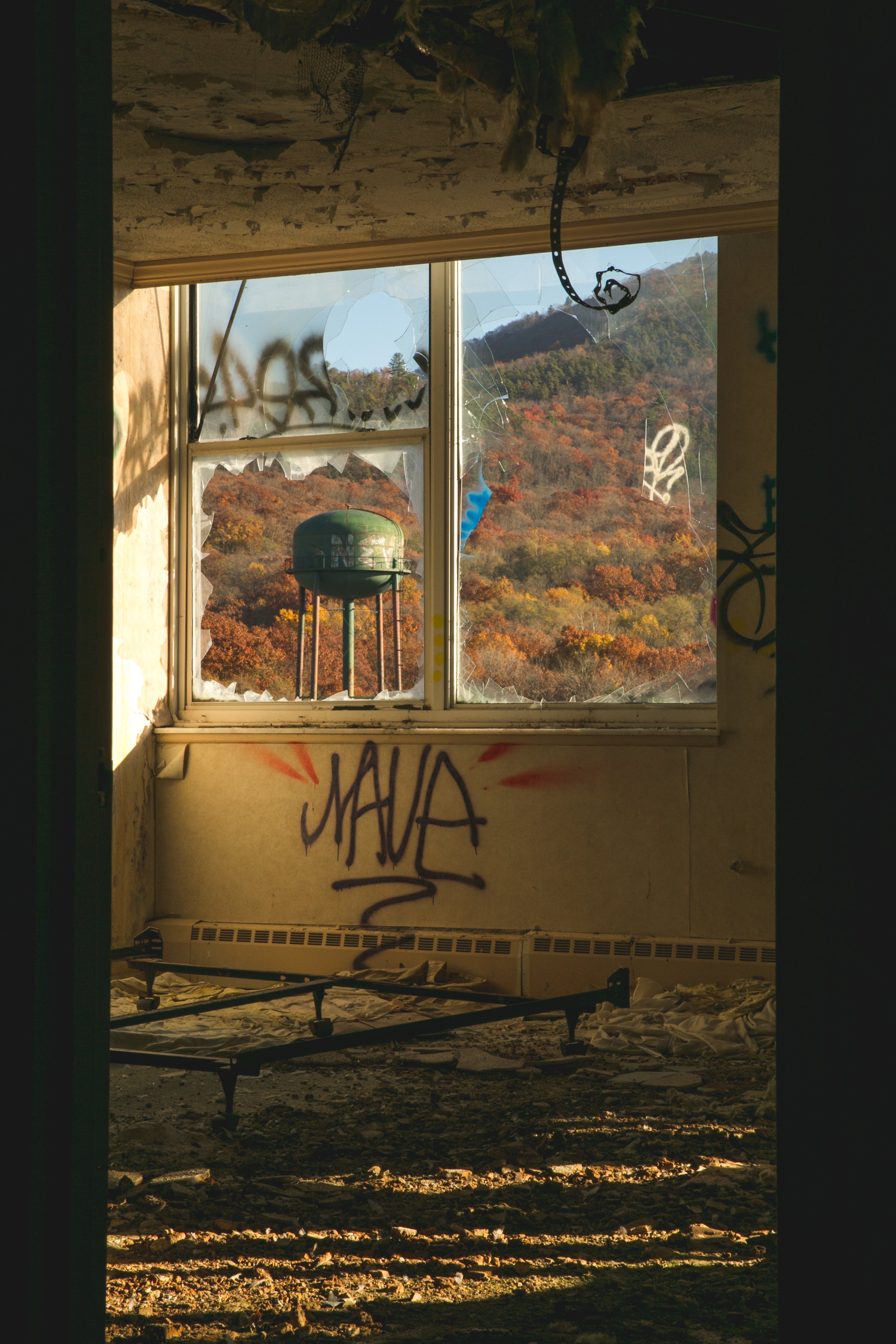
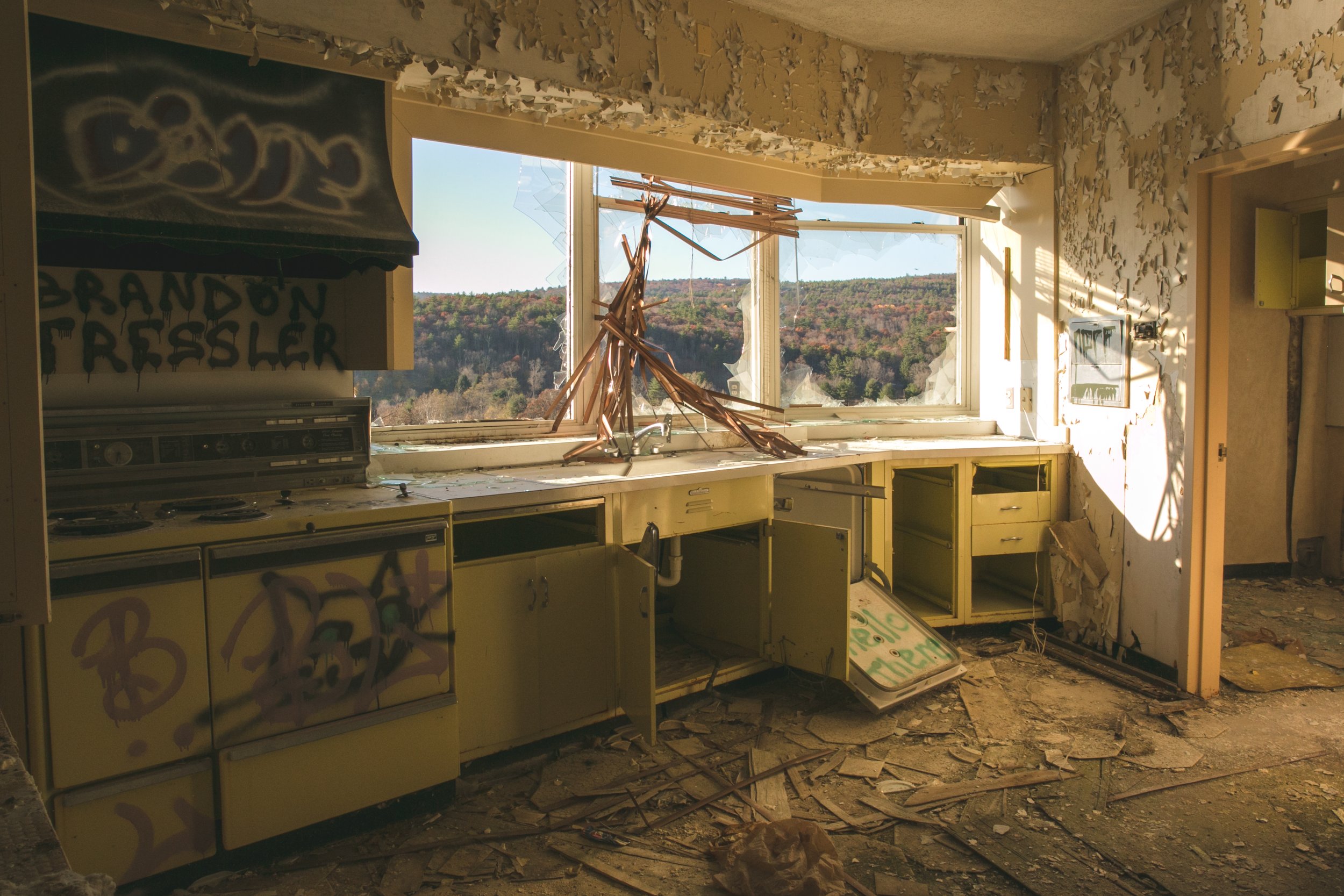

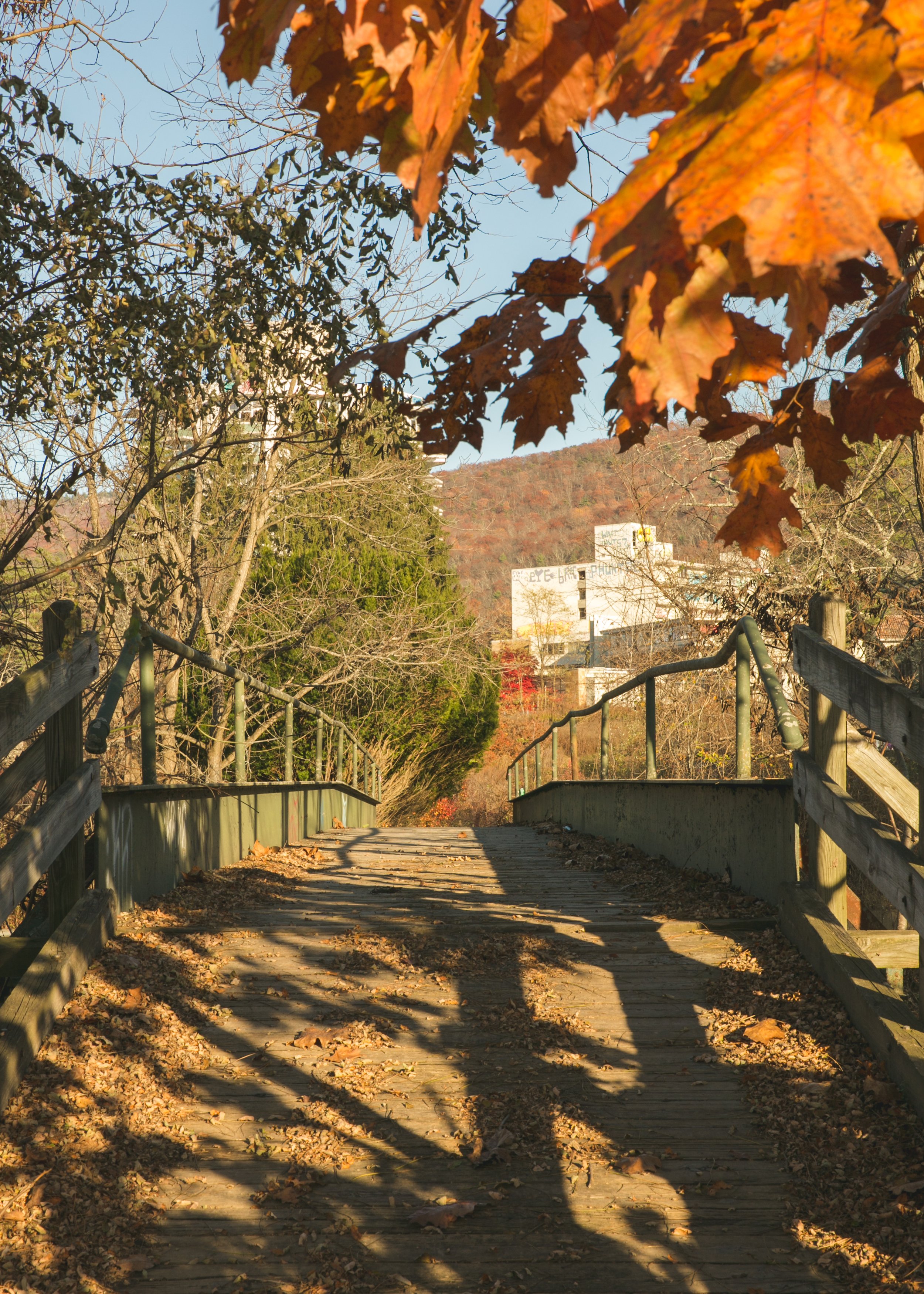
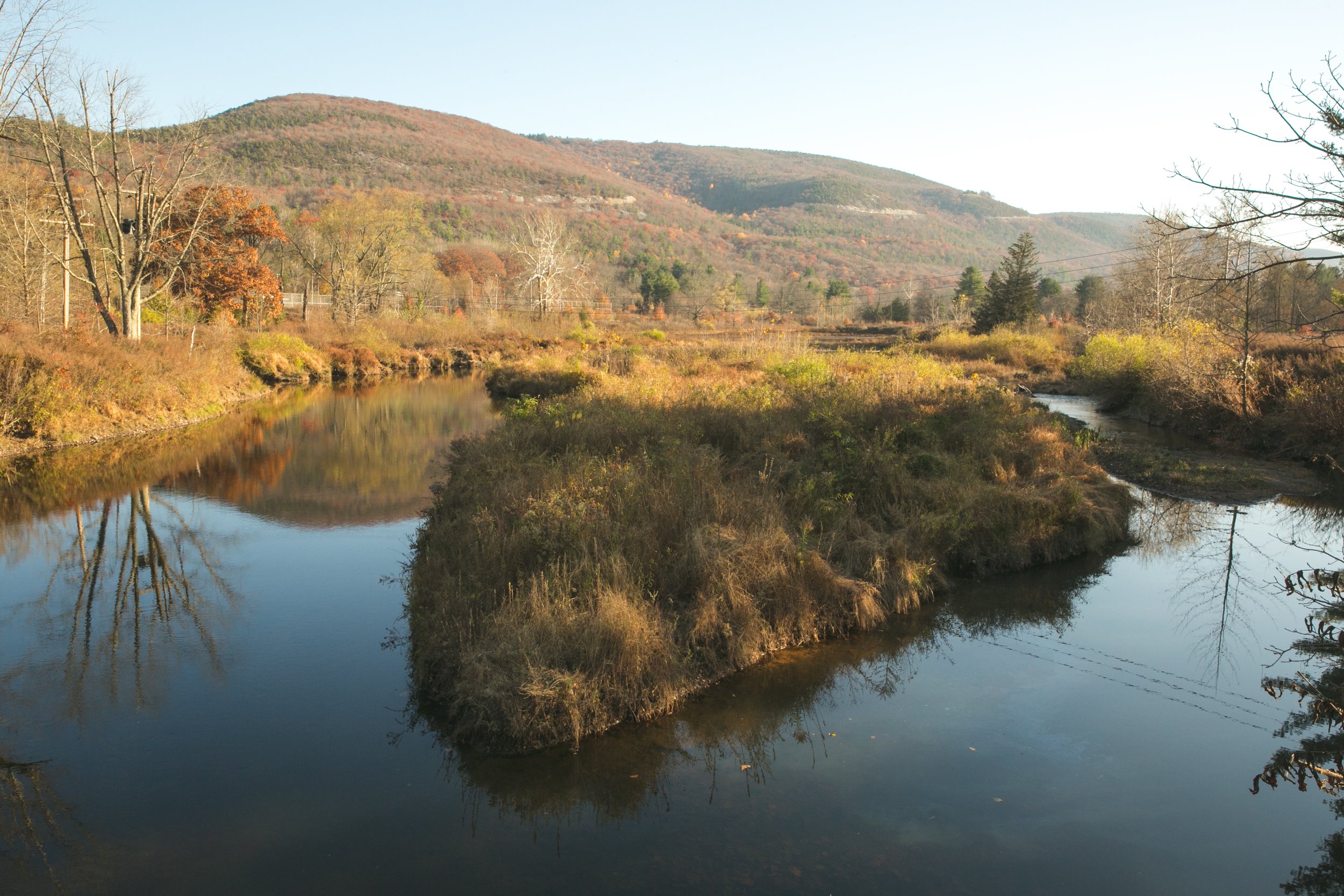
A brief history: The Nevele Resort was a well-known hotel and resort established in the 1940s. The Nevele was known for its luxurious amenities, including a championship golf course, a ski resort, a swimming pool, and a variety of indoor and outdoor recreational activities. The resort also offered fine dining, entertainment, and live music performances.
During the 1960s and 1970s, the Nevele Resort continued to expand, adding new buildings and amenities to the site. The Nevele hosted many famous guests, including celebrities such as Elizabeth Taylor and Frank Sinatra, as well as political figures like Richard Nixon and Nelson Rockefeller. The resort was also featured in the 1971 film "Bananas," directed by Woody Allen.
However, by the 1990s, the Nevele Resort began to experience financial difficulties, and it was forced to close its doors in 2009. The property remained vacant for several years, until a new owner purchased the site in 2012 with the intention of renovating and reopening the resort. Redevelopment plans quickly fell through, and the resort still sits abandoned today.
Security: The property used to have private security, but it seems that has been suspended in the past few years. The property perimeter is still patrolled by the local PD. That being said, the fence line is huge, and there are plenty of places to sneak through. The police don’t go by often, especially on weekdays.
4. Overlook Mountain Hotel
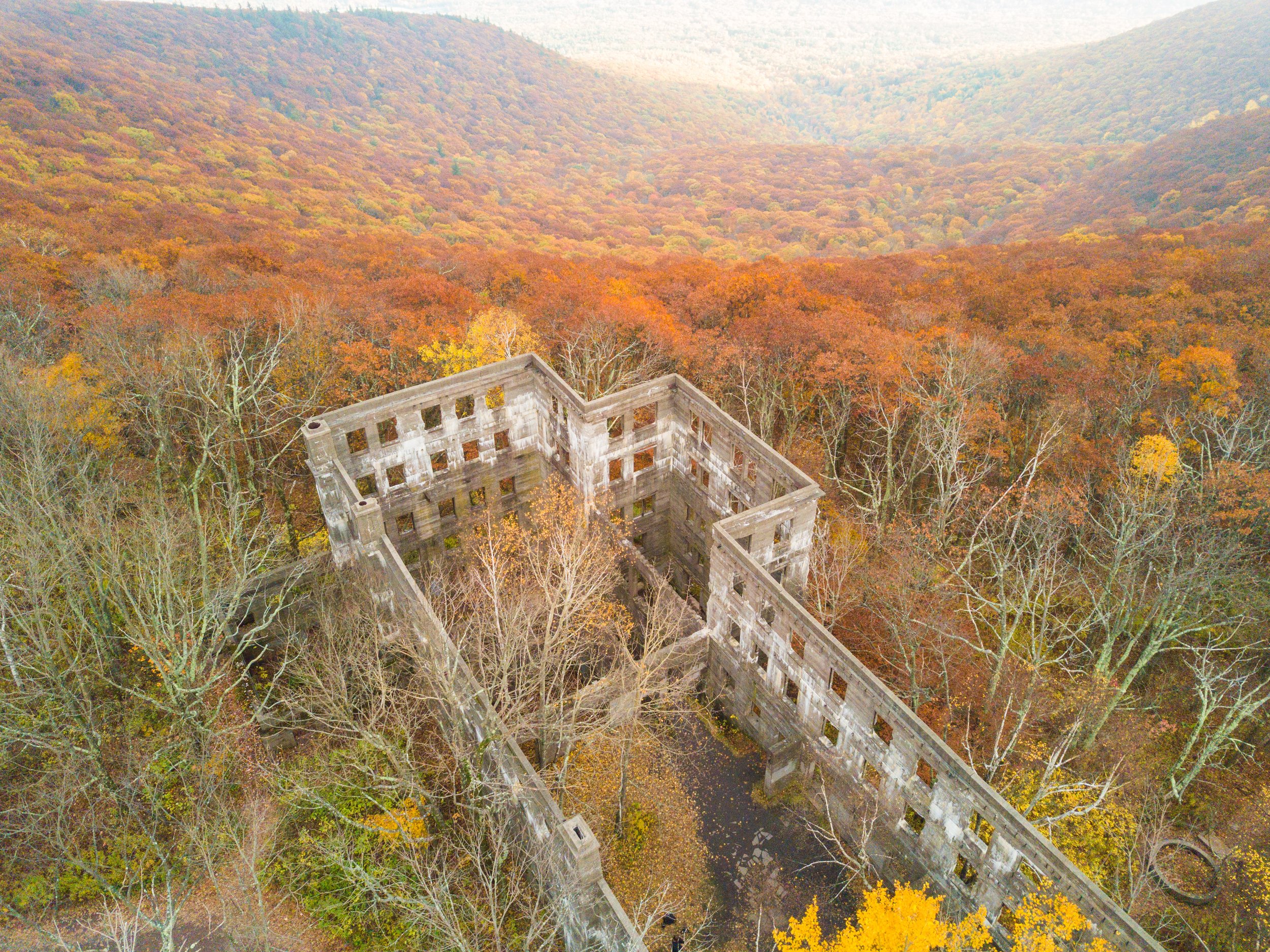
Directions: Park @ Overlook Mountain Trailhead. 2.2 mile hike up a relatively steep fire road to the top of Overlook Mountain. Hike another .3 miles to the fire tower at the summit.
Security: None. It is legal to explore the hotel ruins
A brief history: The Overlook Mountain House, also known as the Overlook Mountain House Hotel, was a grand hotel located on Overlook Mountain in Woodstock, New York. The hotel was built in 1871 by Samuel F. Morse, who was inspired to build a resort after a trip to Europe.
The hotel was a popular destination for the wealthy and famous, and boasted amenities such as electric lighting and a hydraulic elevator, which were rare at the time. It also had a dining room that could seat up to 250 guests, and offered stunning views of the Hudson River Valley.
Despite its success, the hotel faced financial troubles in the early 1900s and was eventually abandoned in 1940. The abandoned hotel became a popular spot for hikers and explorers, and the ruins of the hotel can still be seen today.
In recent years, there have been efforts to preserve the ruins of the Overlook Mountain House and turn it into a tourist destination. Today, the site is a popular hiking destination and offers visitors a glimpse into the history of the hotel and the area.
Security: This is on a hiking trail, and is completely legal to visit/explore!
5. Elda Castle
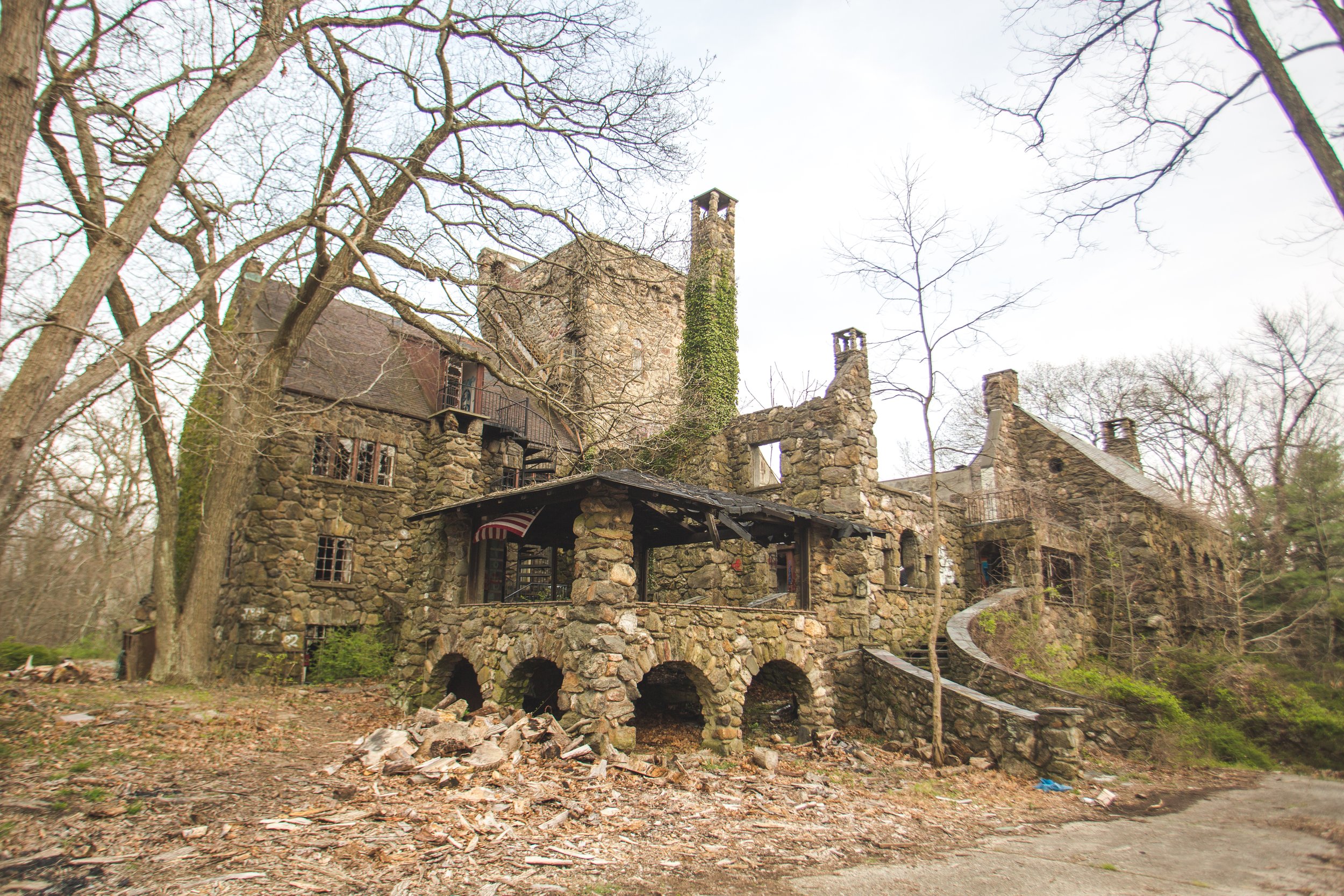
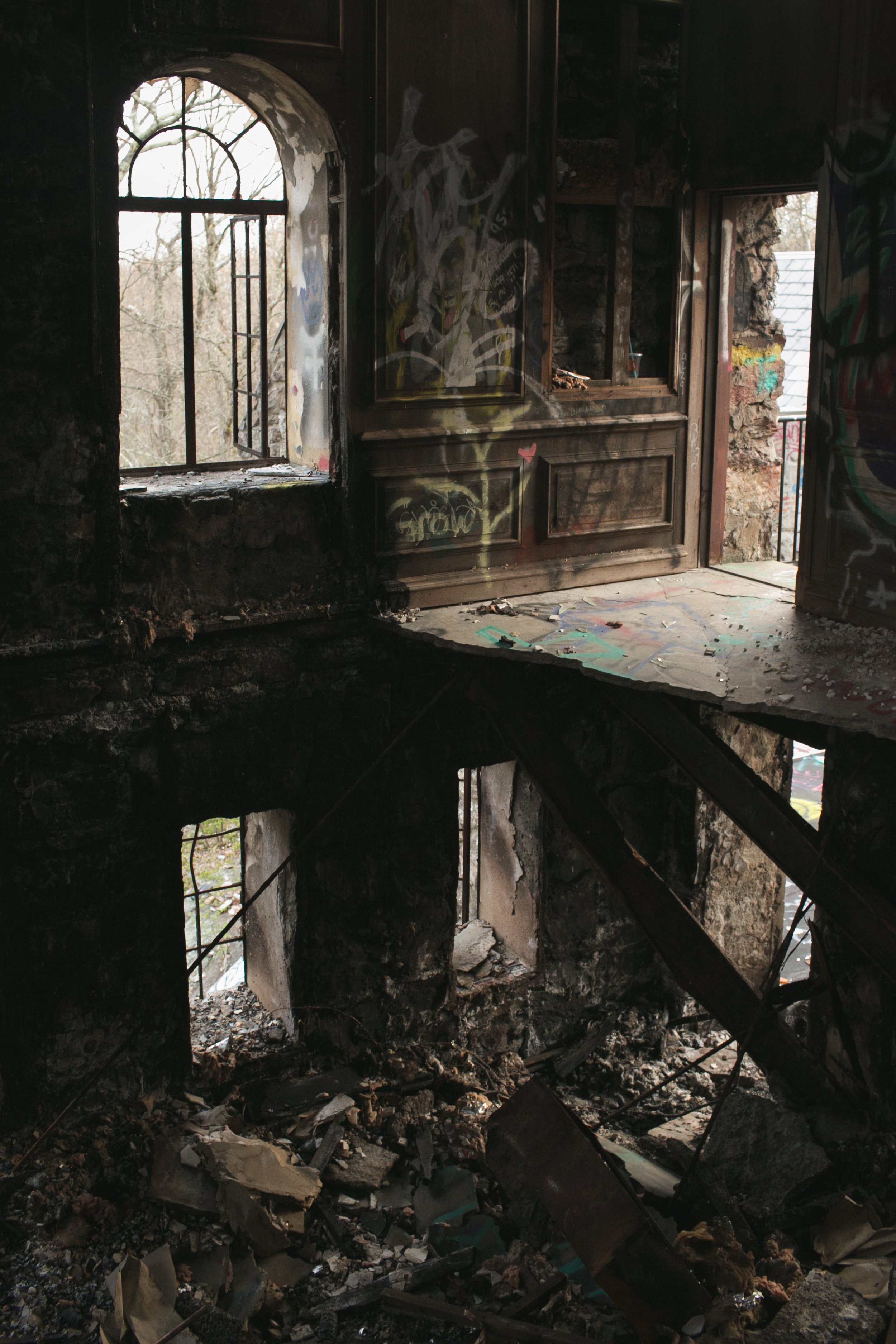
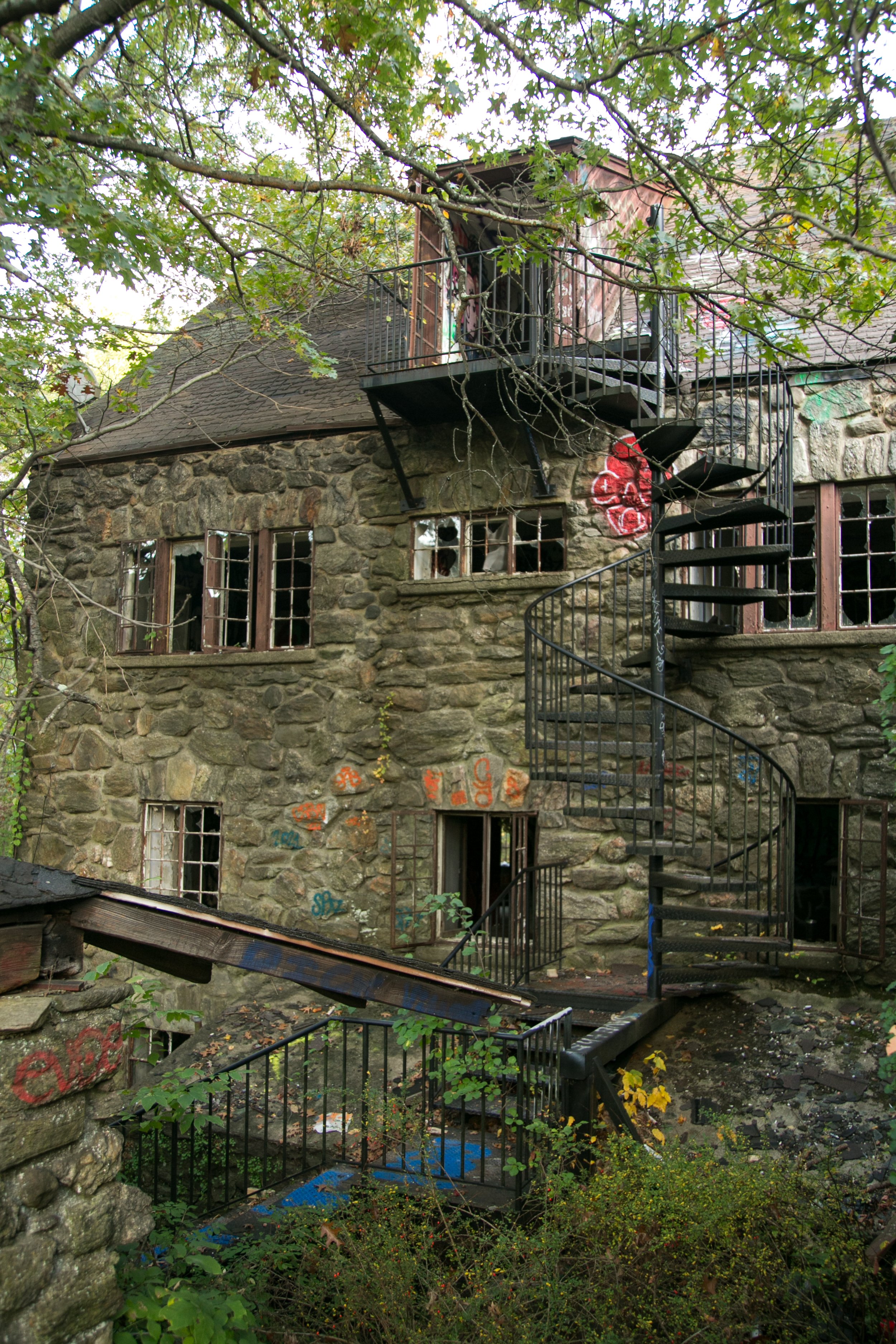
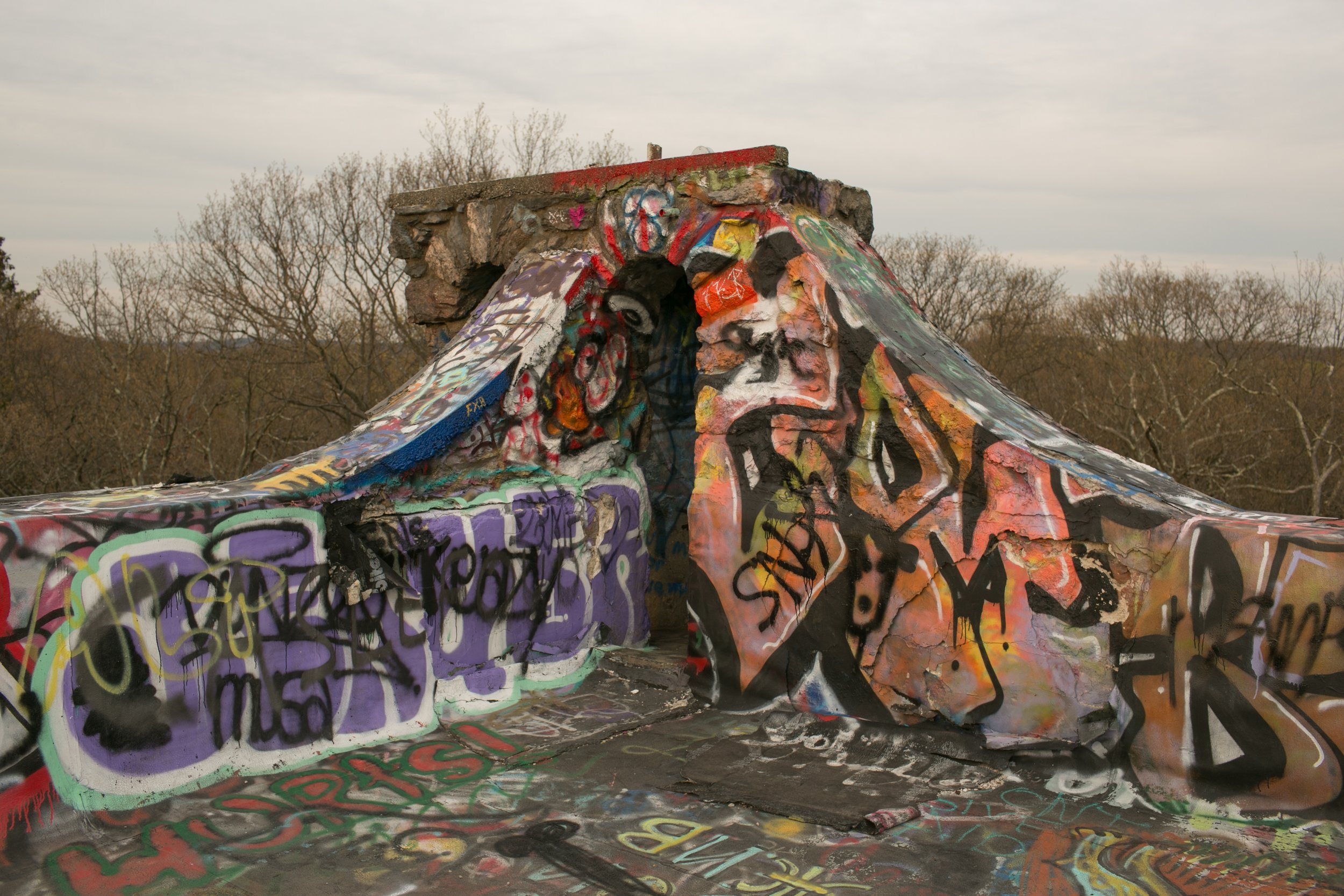
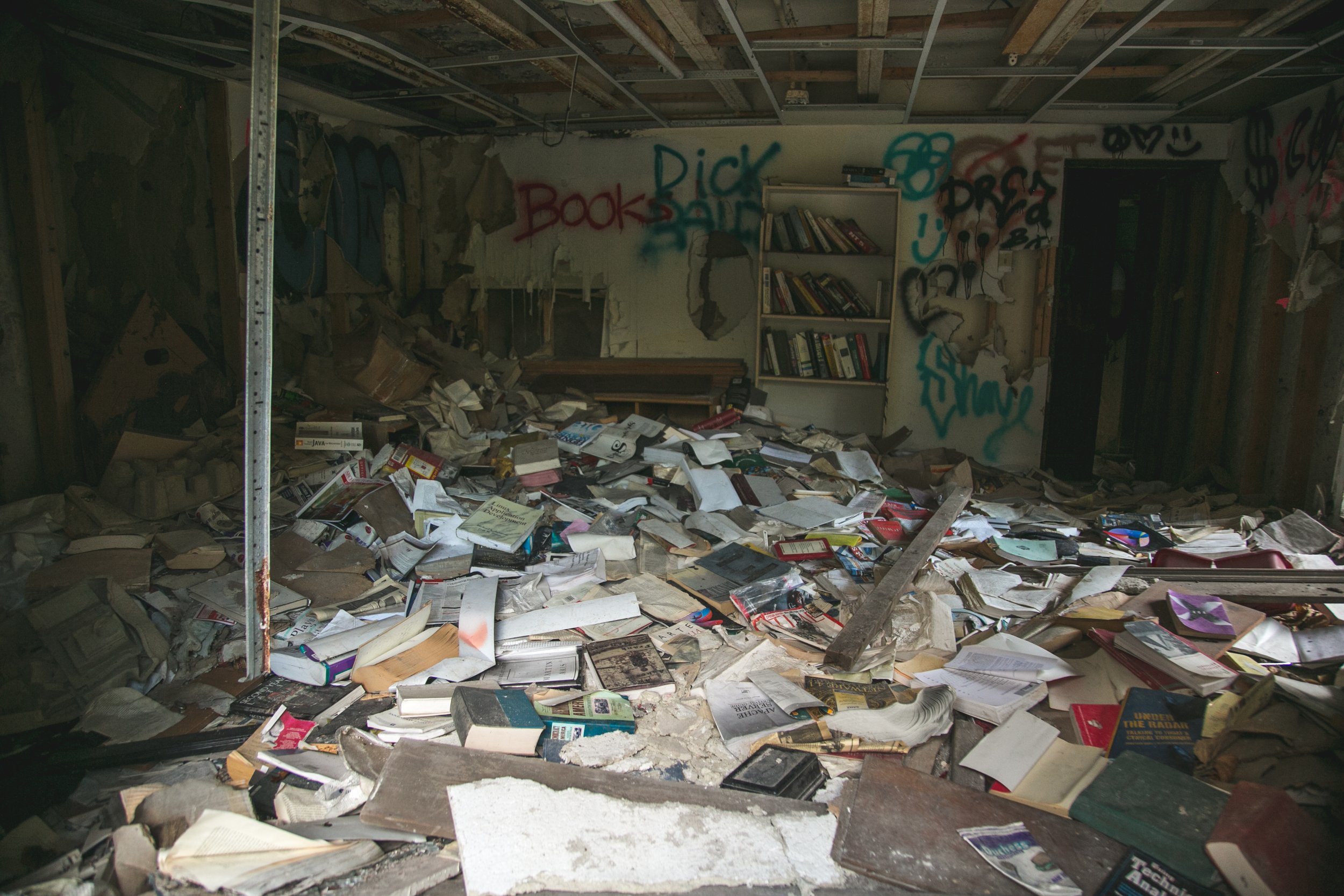


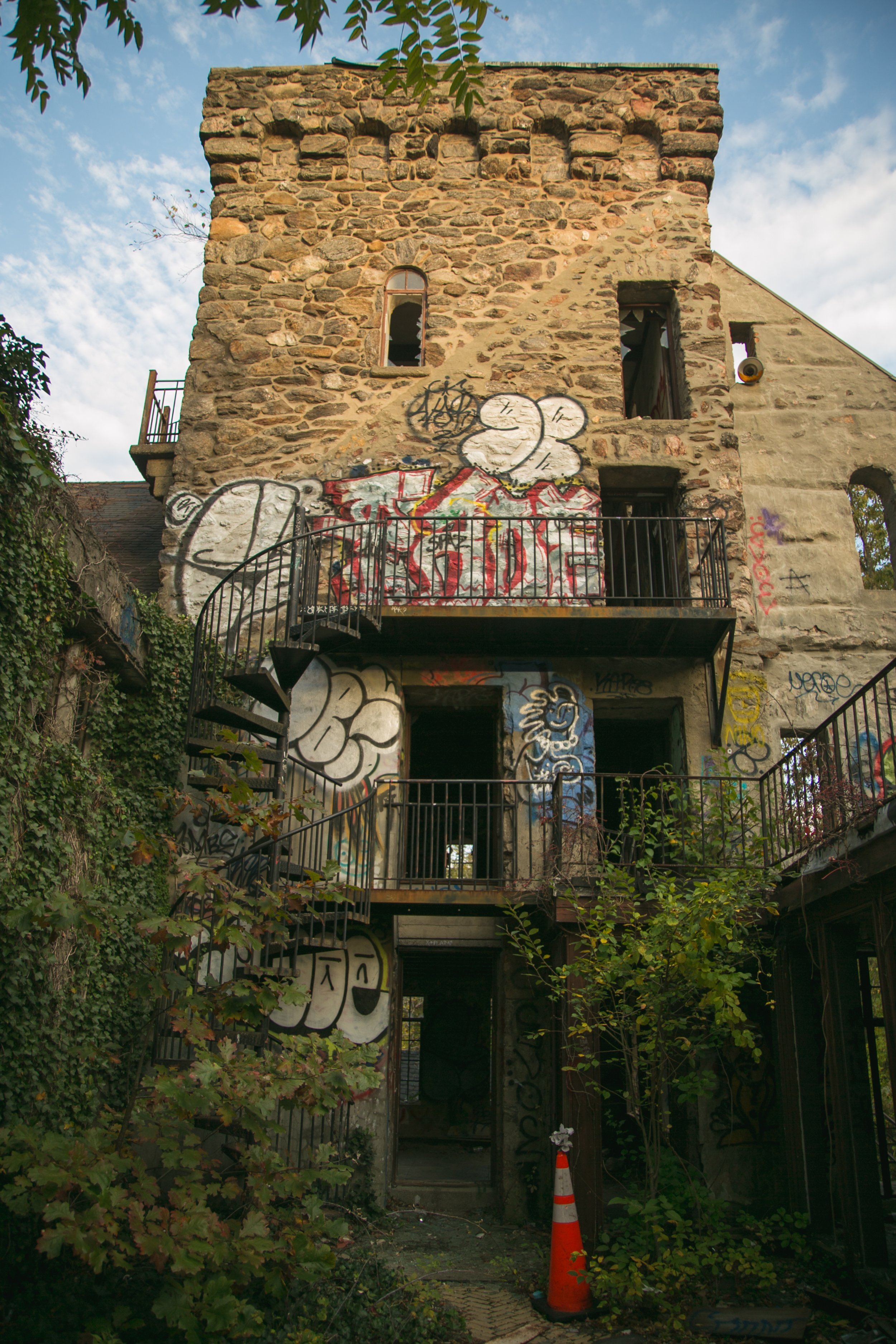
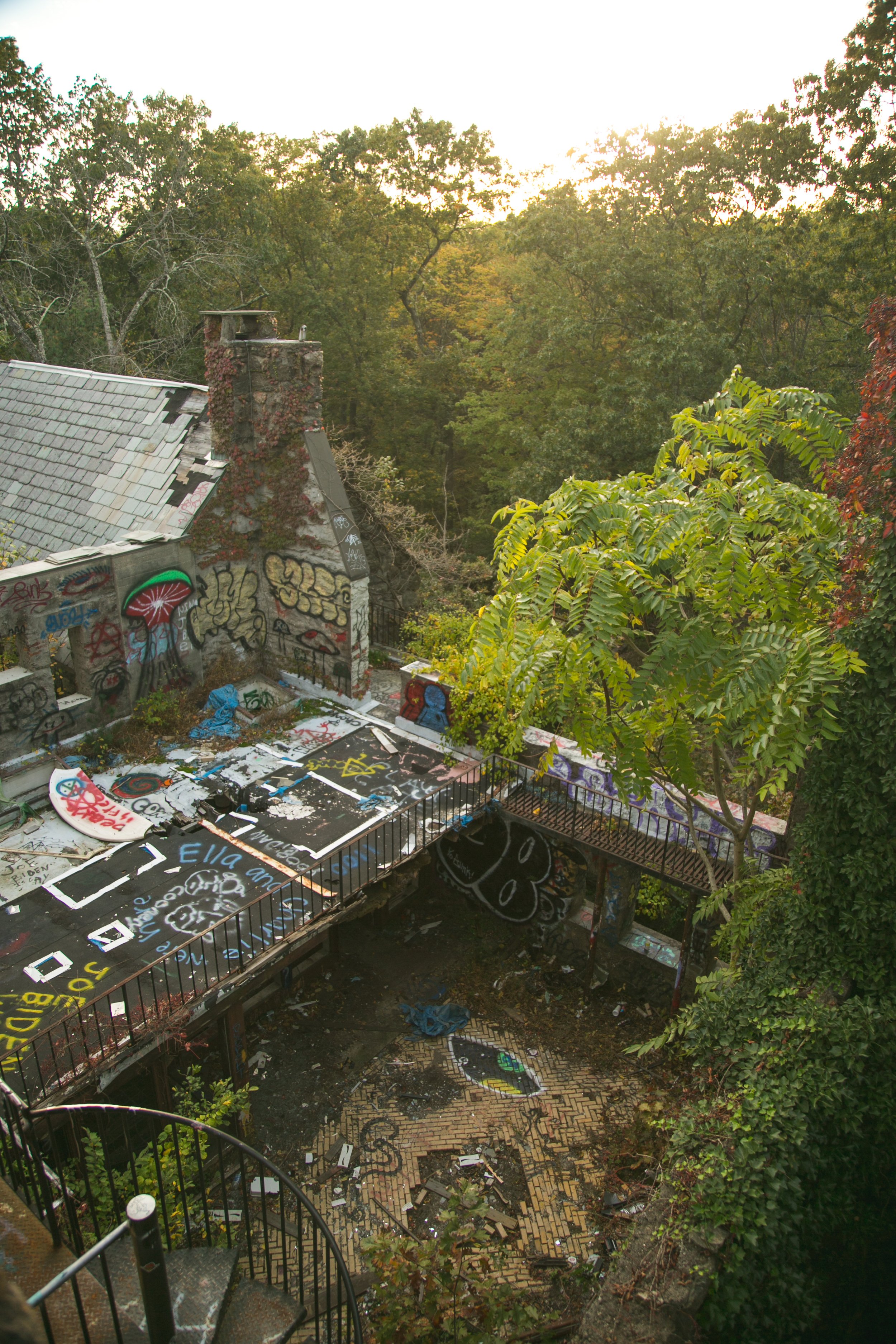
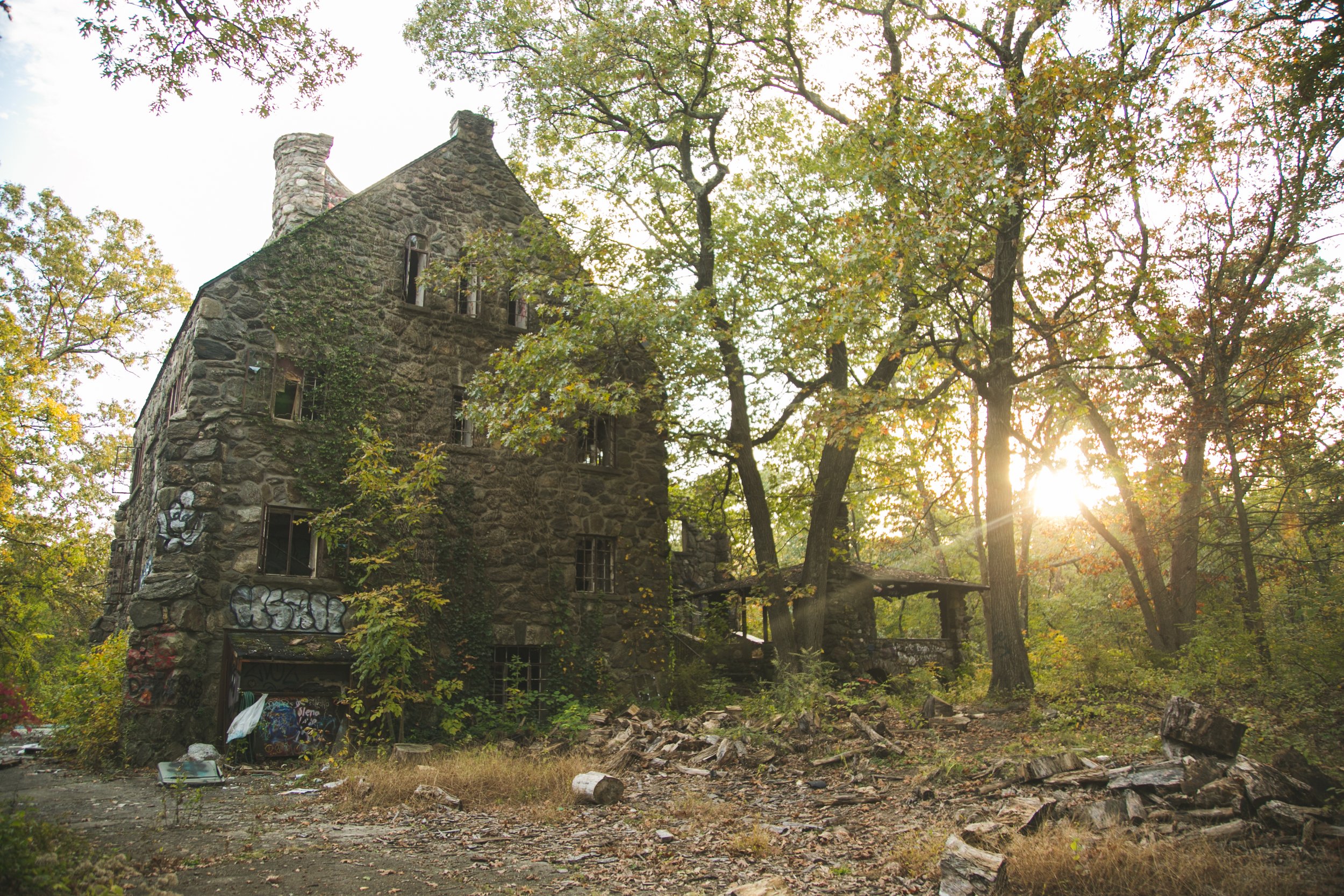
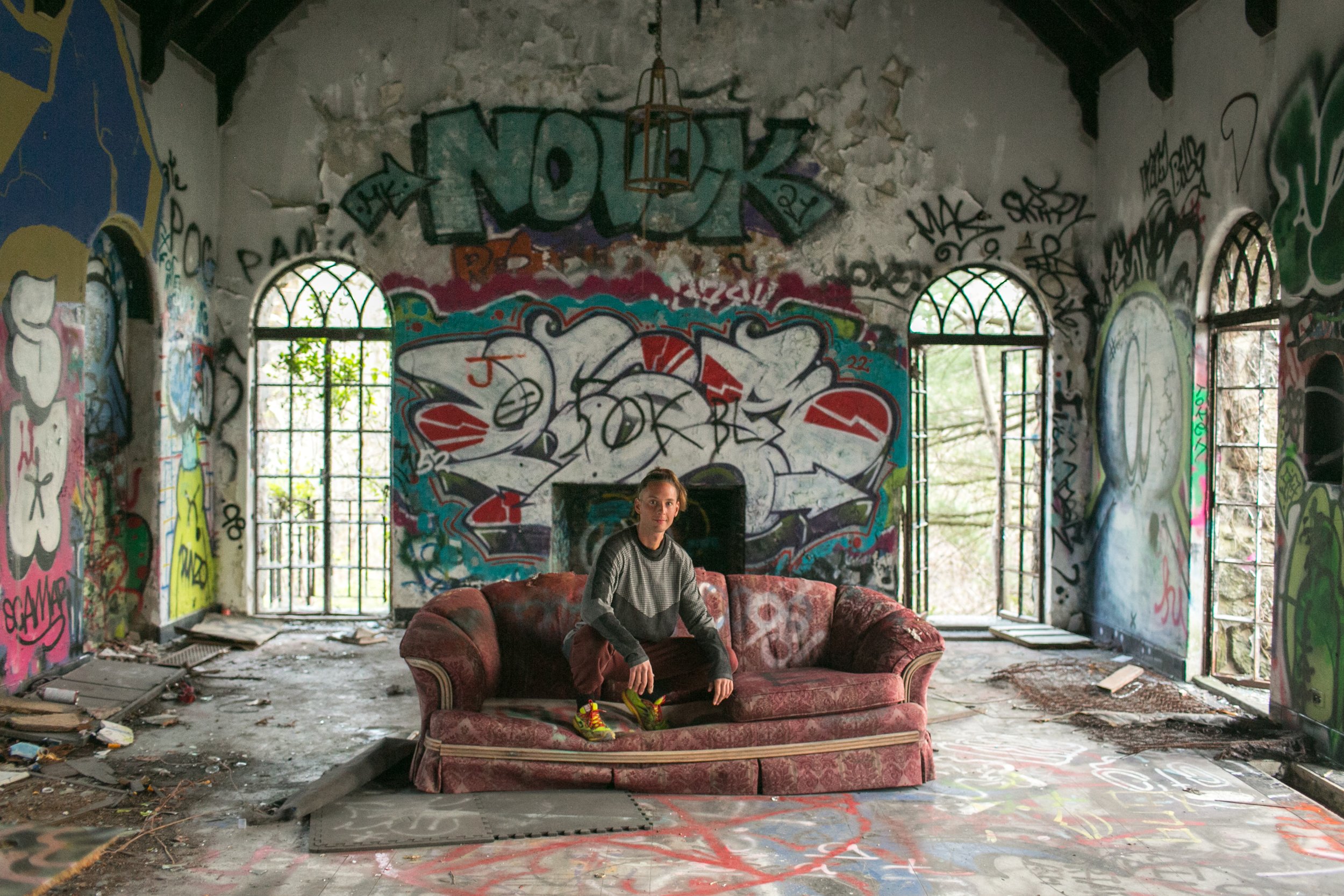
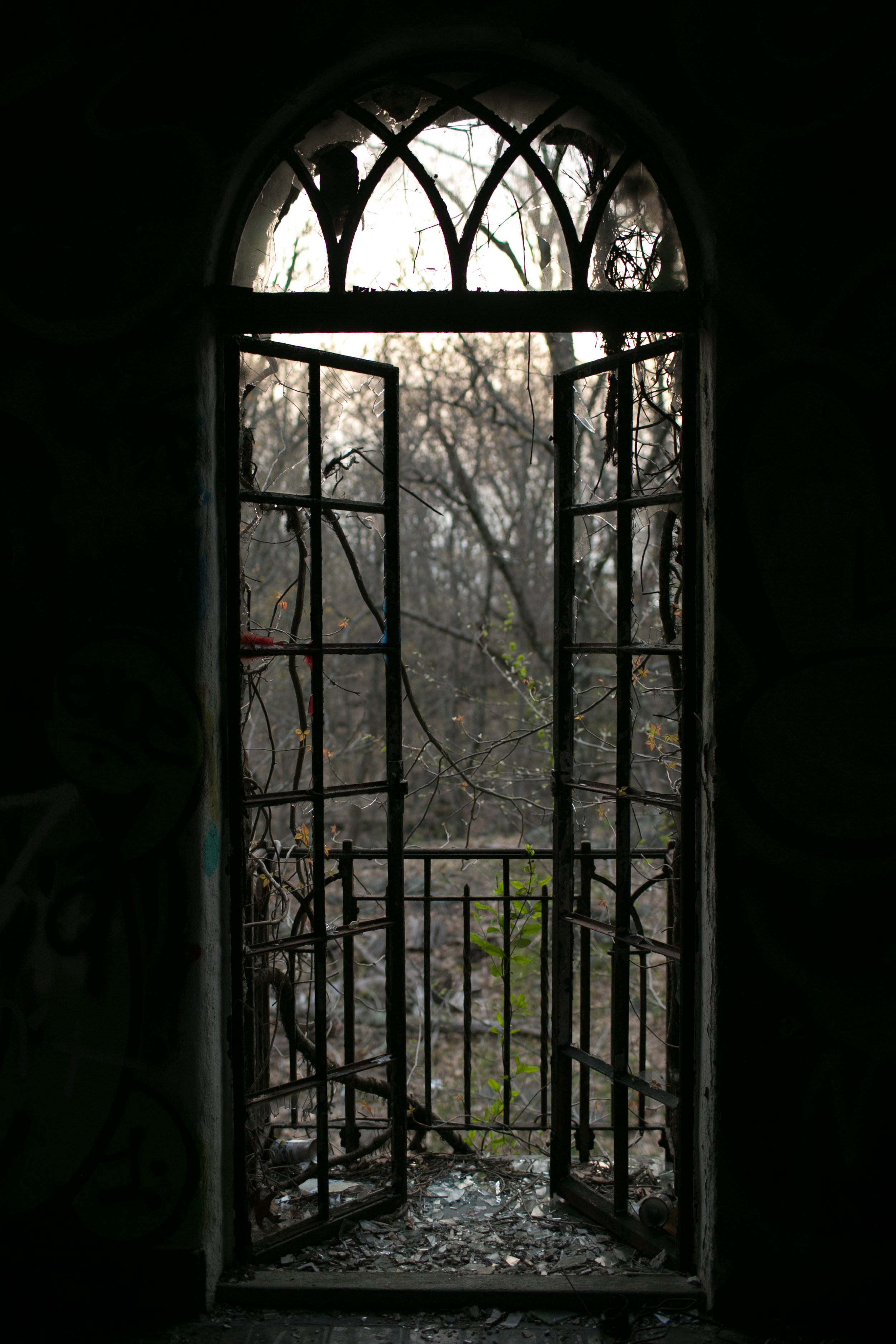
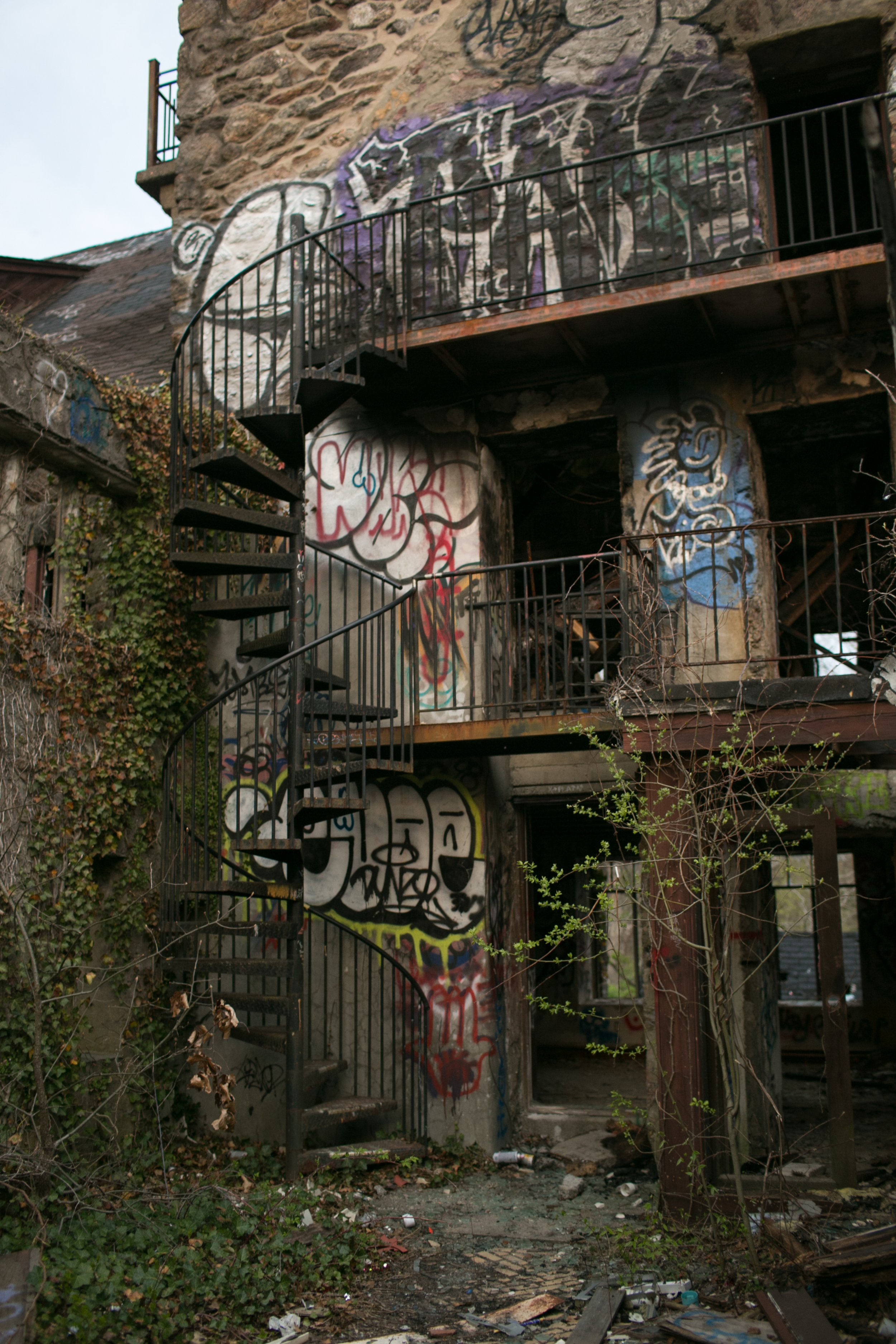
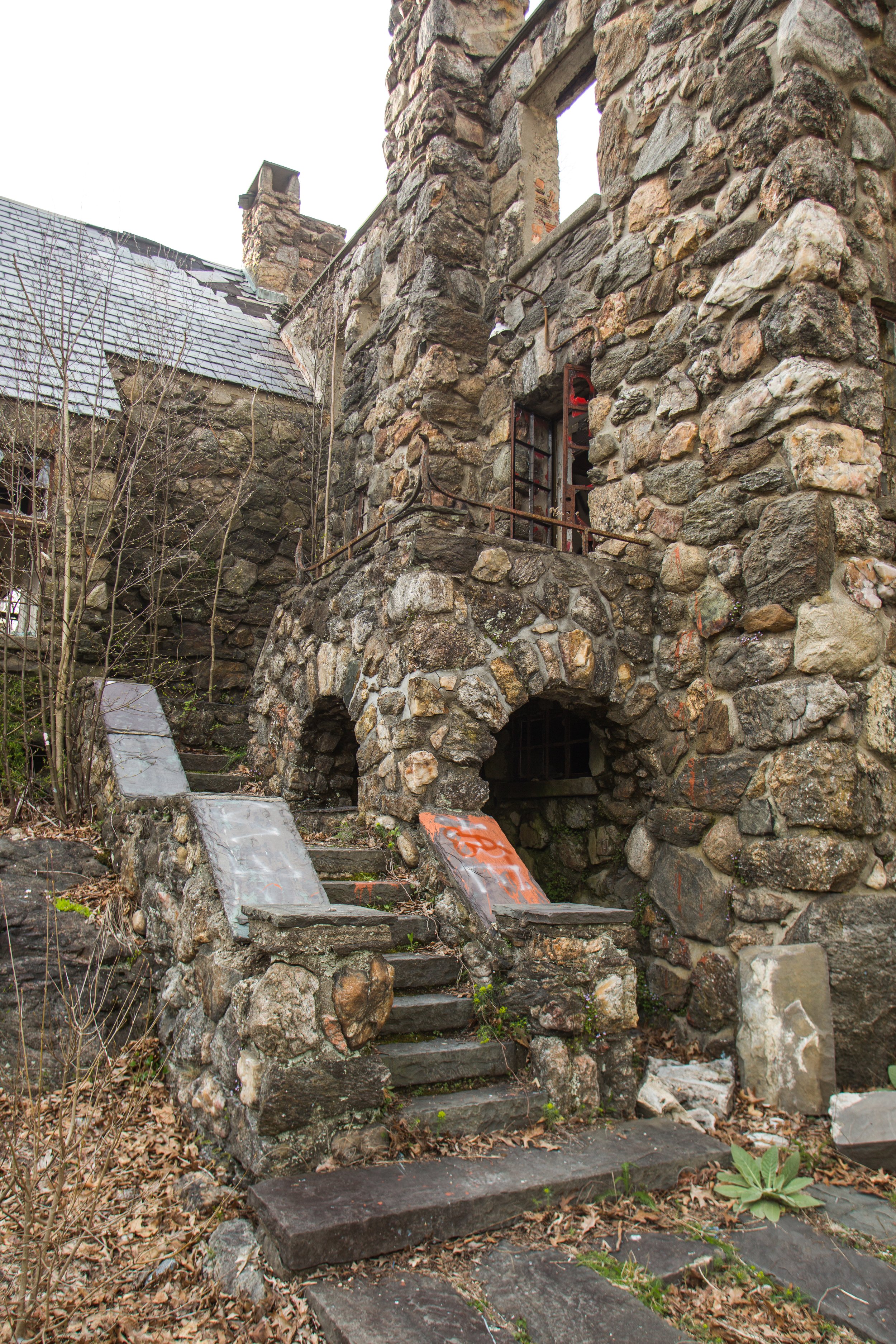
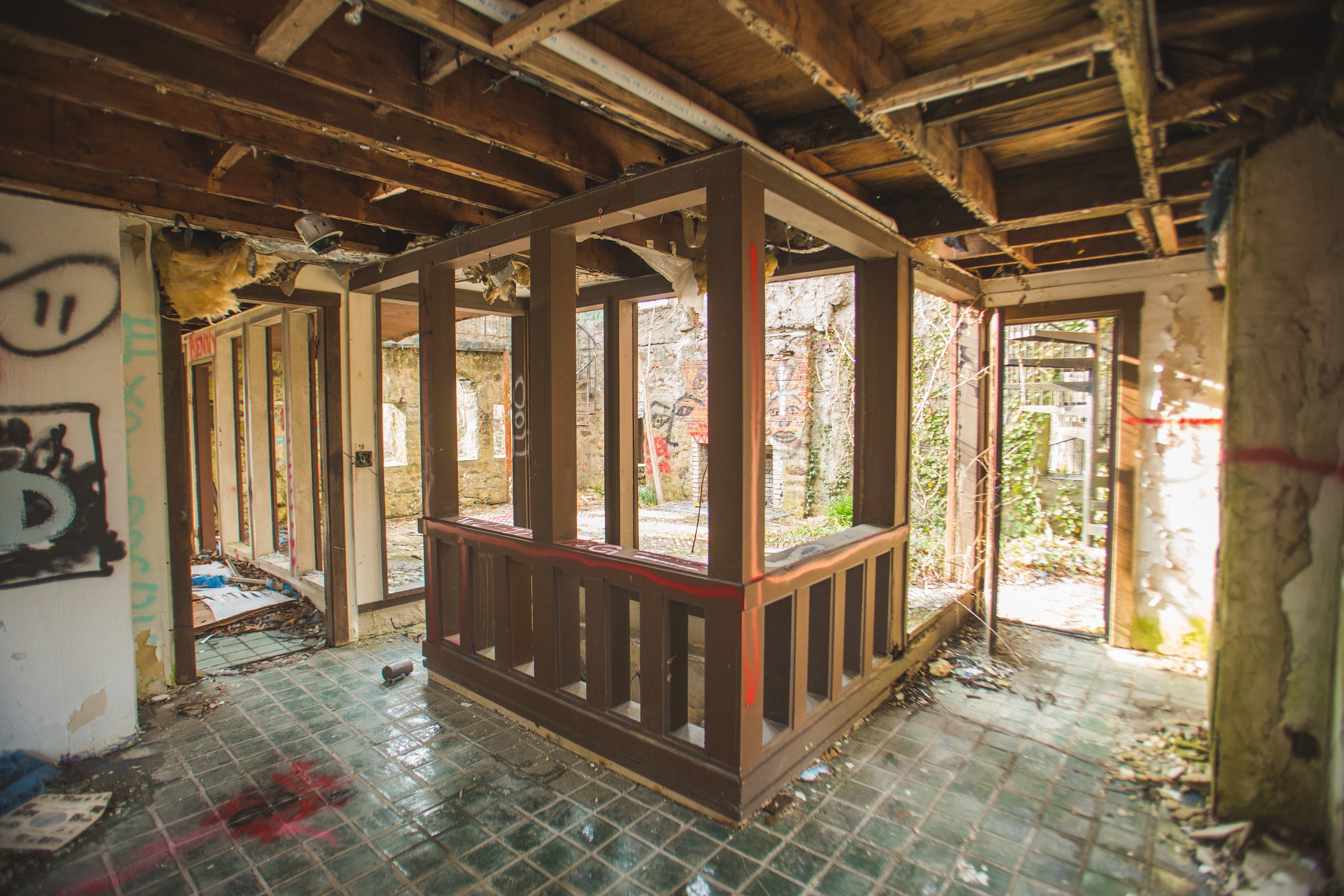
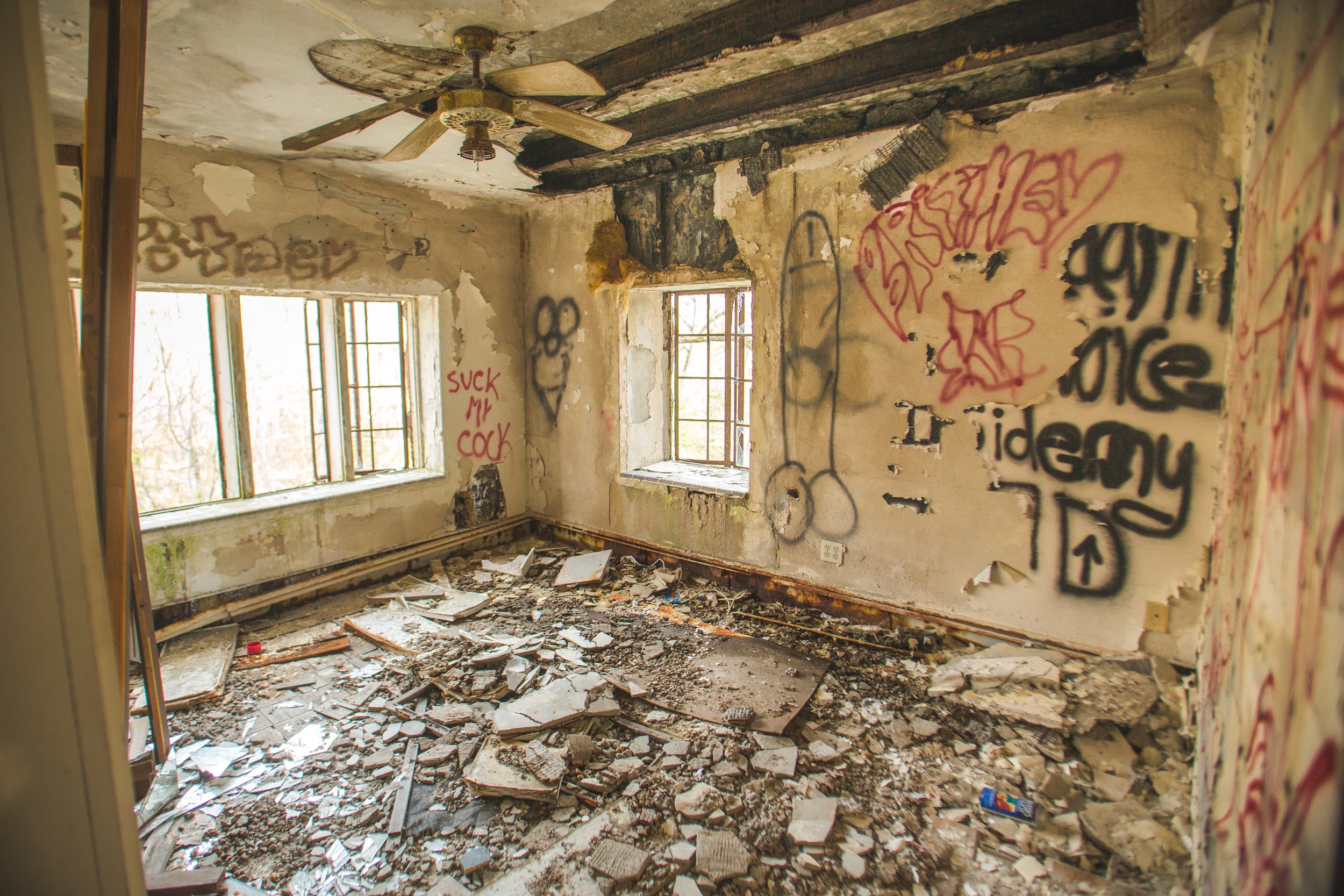

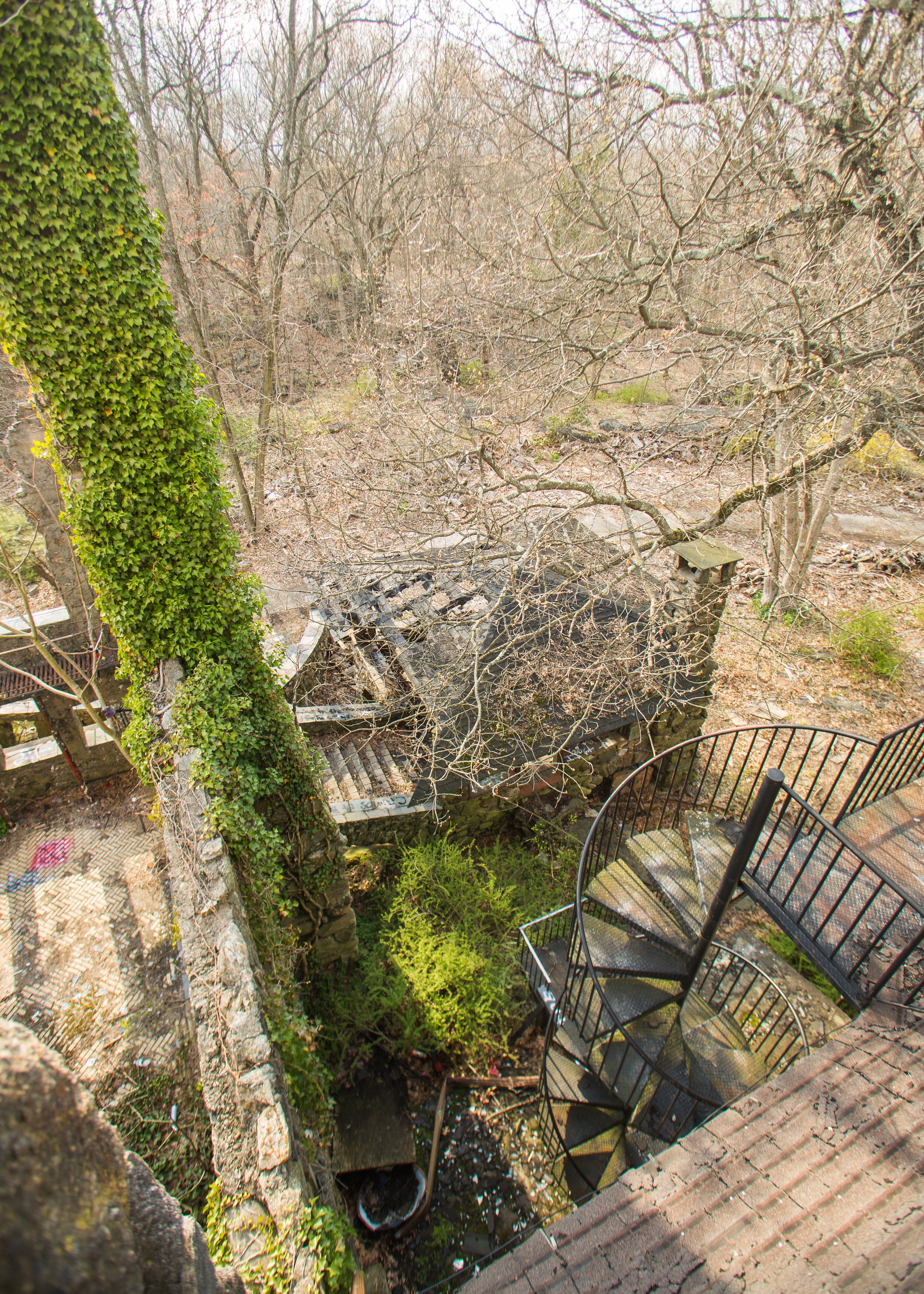
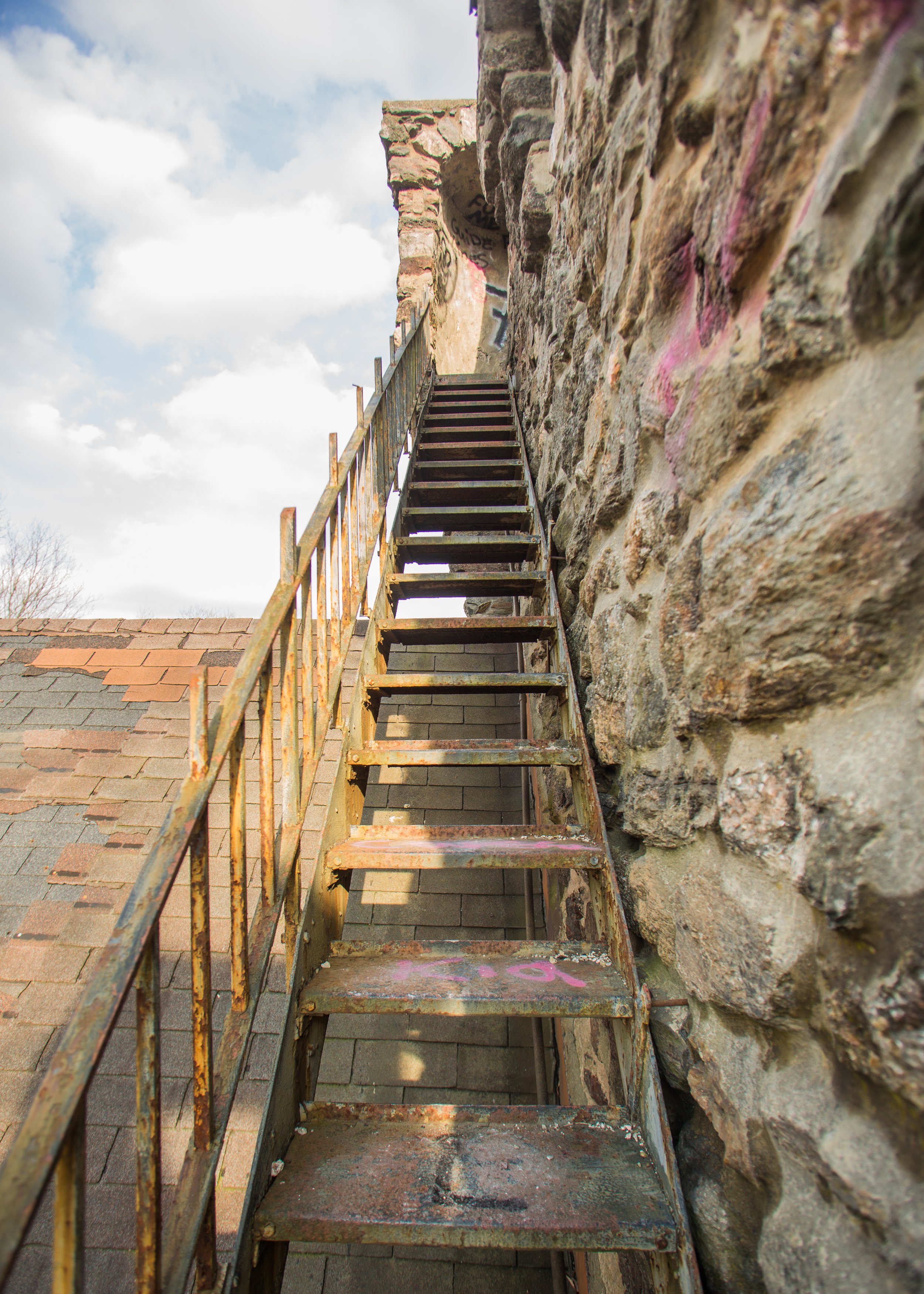

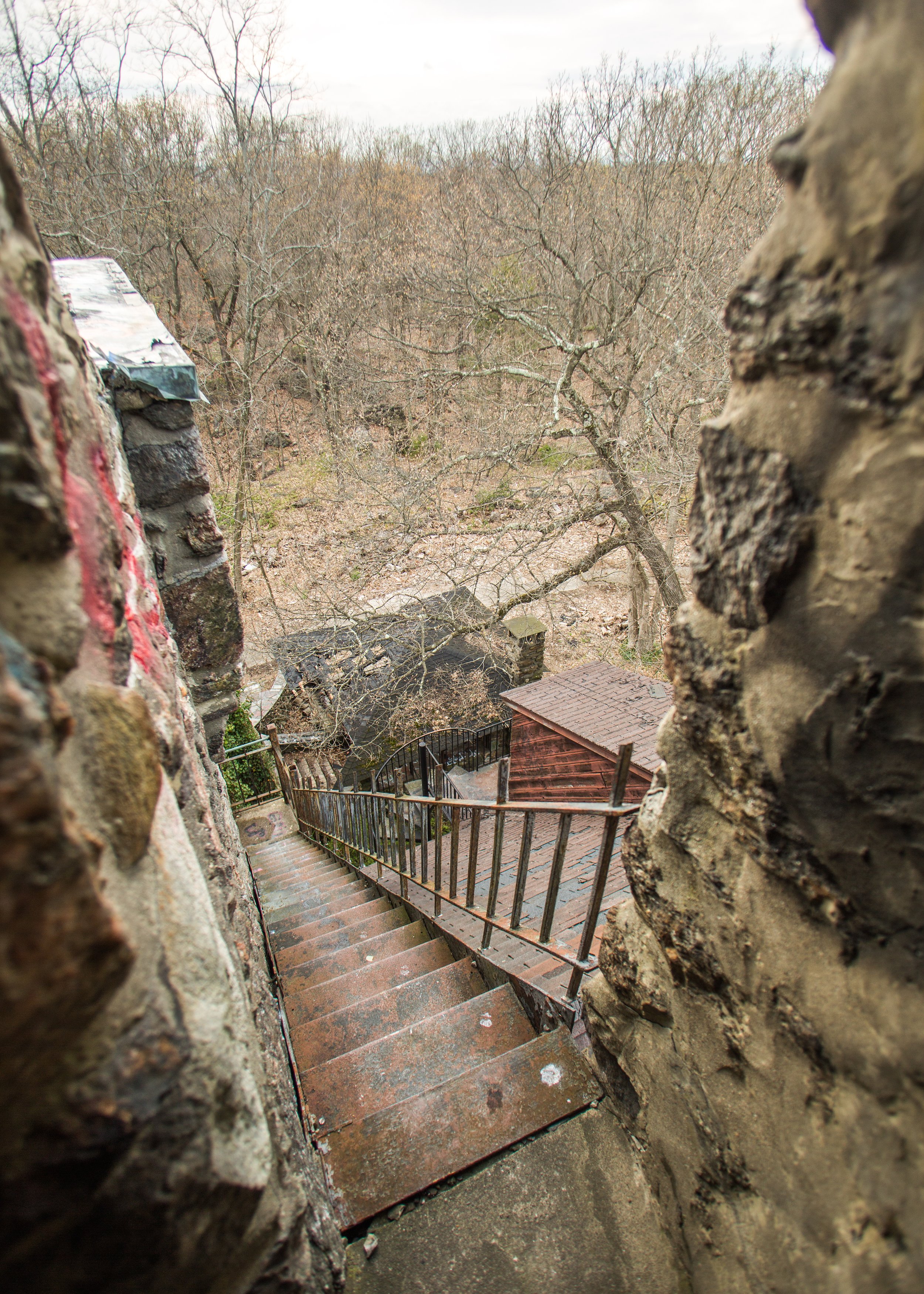
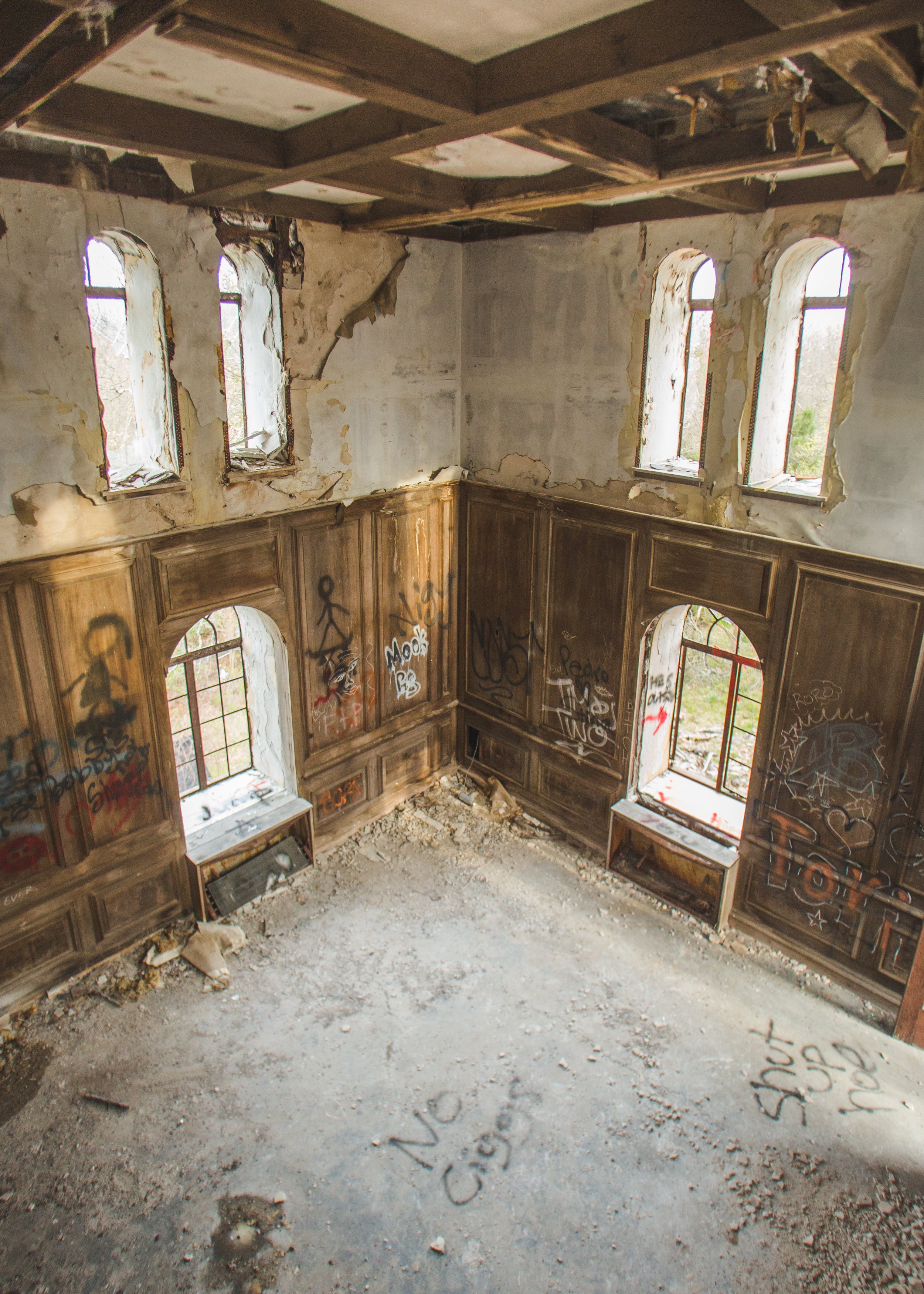

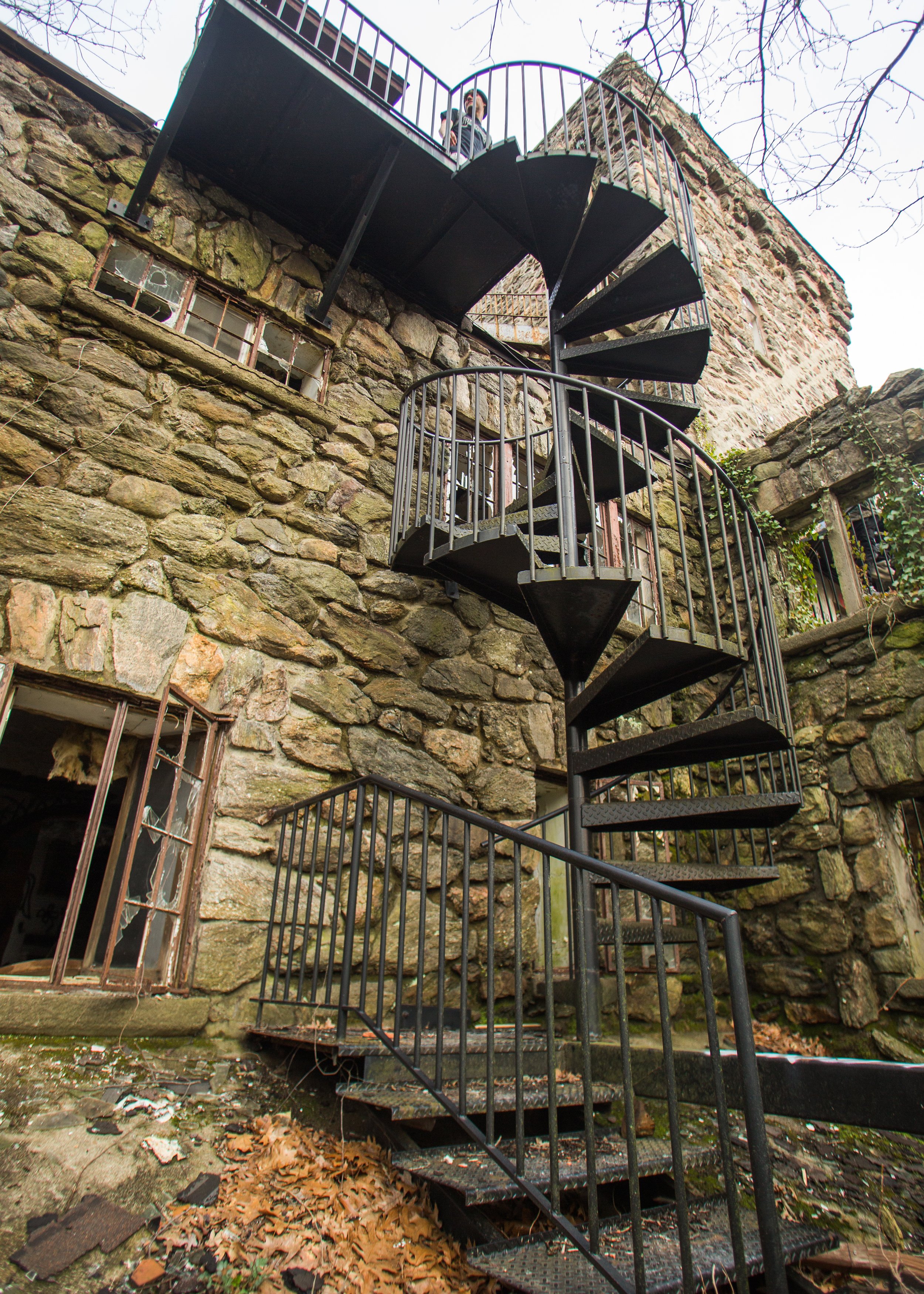
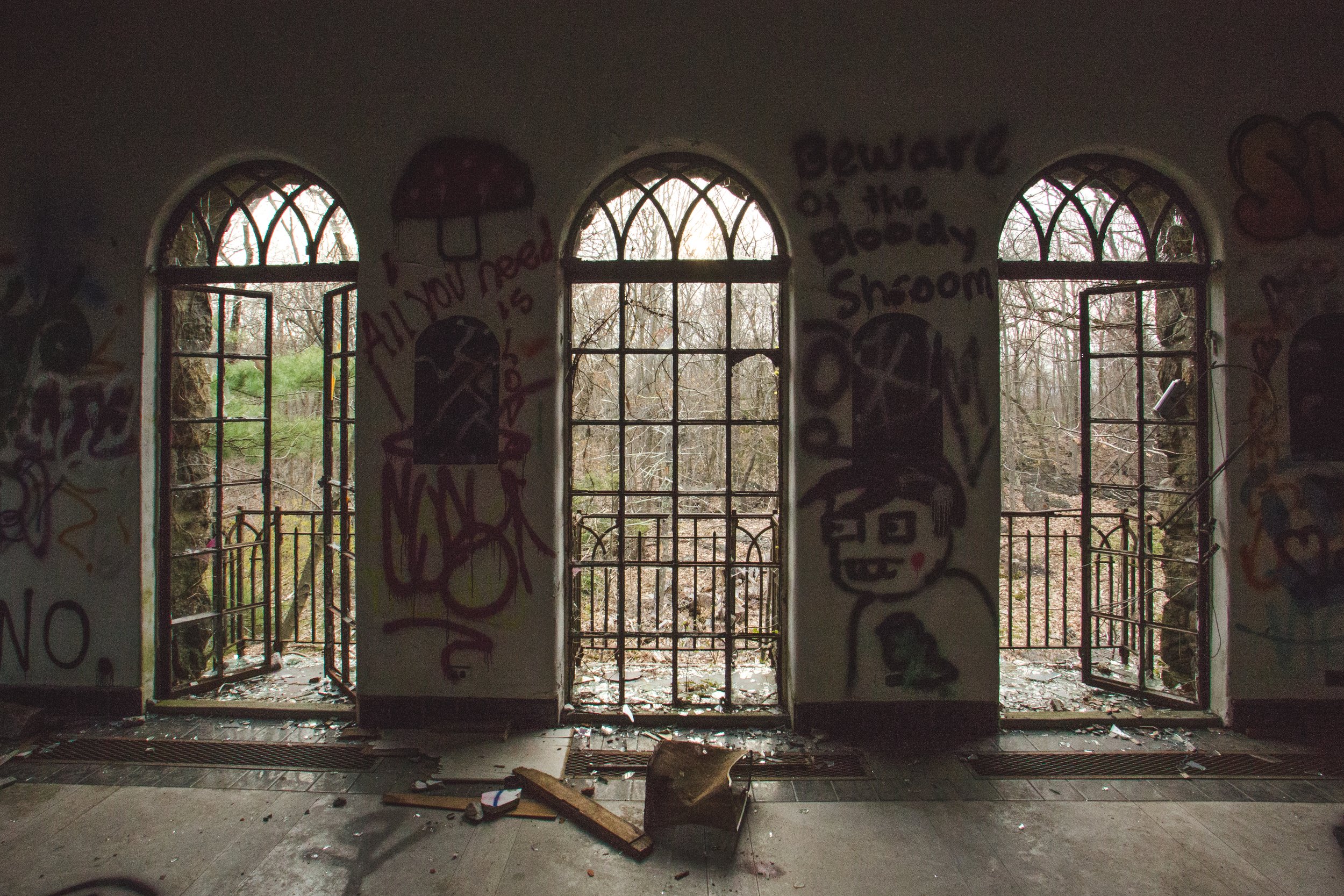
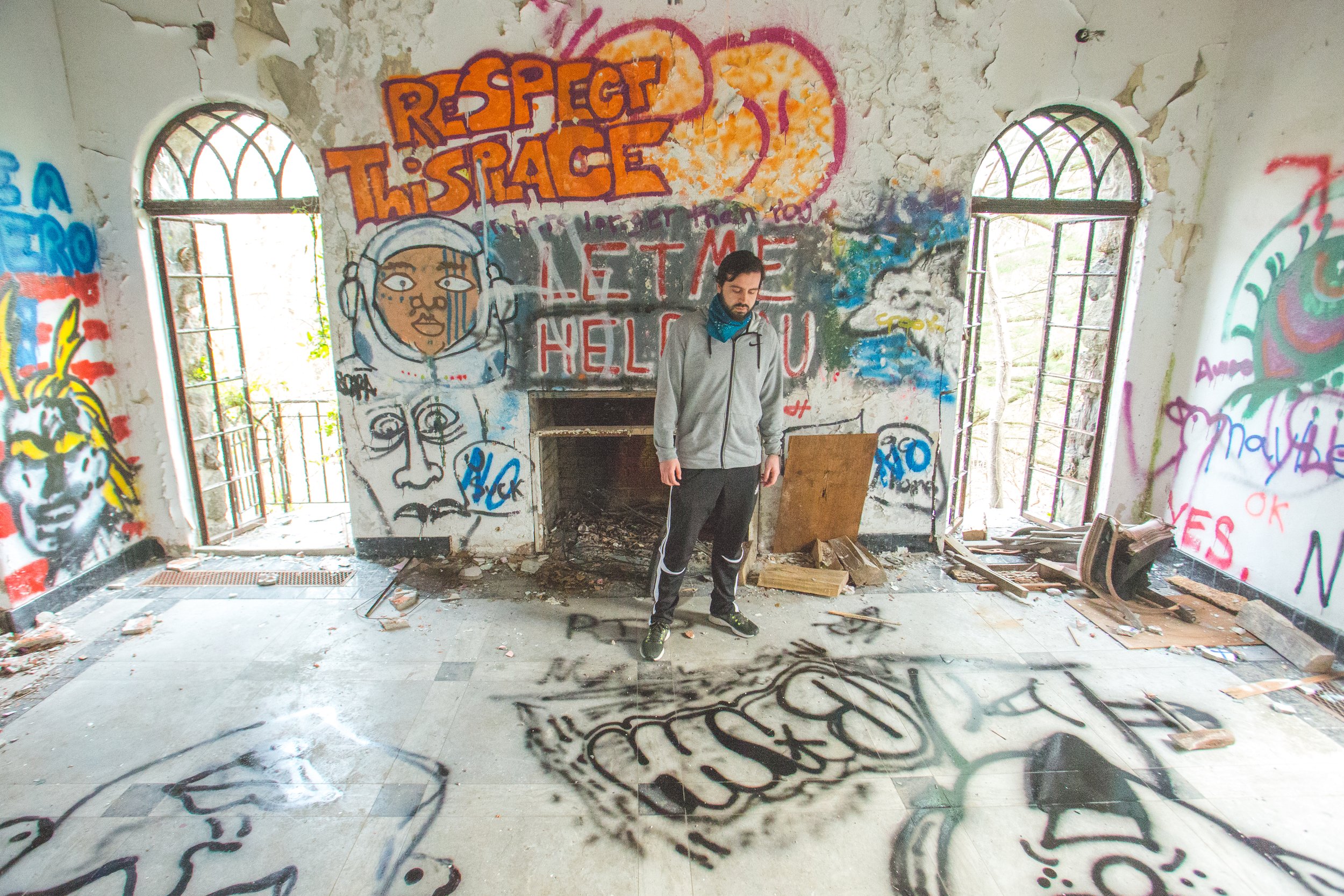
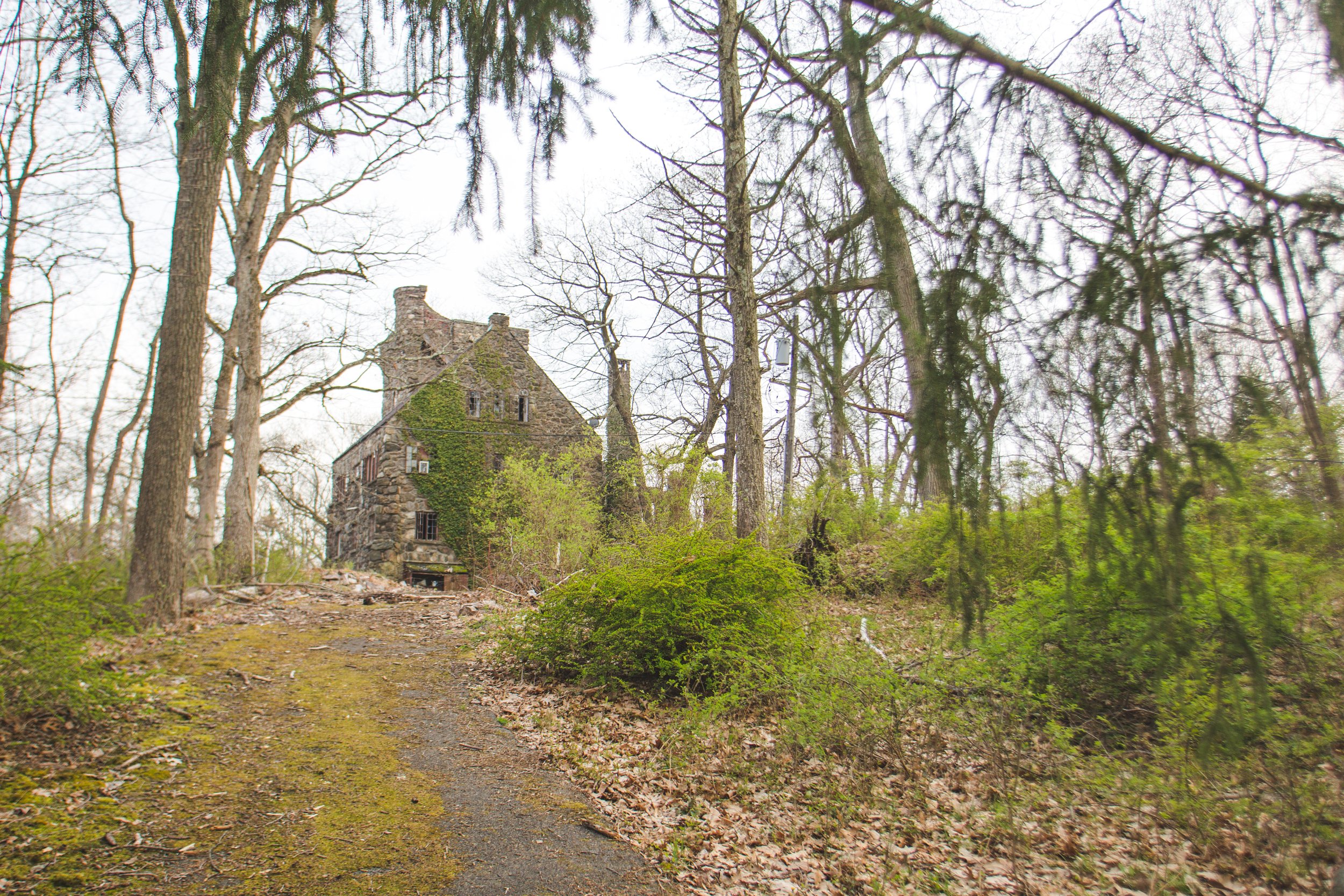
A Brief History: The Elda Castle is a large, Gothic Revival-style mansion located on Elda Road in Ossining, NY. It was built in 1927 by David Abercrombie, who was the co-founder of the Abercrombie & Fitch clothing company. Abercrombie had originally purchased the land to build a hunting lodge, but he later decided to build a grand estate that would be a testament to his wealth and success.
At first, he intended to build a simple hunting lodge on the property. However, as construction progressed, Abercrombie became increasingly ambitious and decided to build a grand estate that would be a testament to his wealth and success.
Abercrombie hired the architect Frank Forster to design the castle, and together they created a stunning masterpiece of Gothic Revival architecture. It features turrets, battlements, and a grand entrance hall with a sweeping staircase. The interior is decorated with elaborate woodwork, stained glass windows, and other luxurious details.
After Abercrombie's death in 1931, the castle was sold to the Ukrainian National Association and served as a cultural center and meeting place for many years. In the 1960s, it was purchased by a private owner who turned it into a private residence.
Today the property sits abandoned, and recently suffered significant damage from a fire.
Security: As far as I know there is no security that patrols the area. The castle is deep inside a rural residential neighborhood. Park along the side of the road (you’ll see well trodden unofficial pull offs to the left), then walk down the hill until you see the overgrown driveway with dilapidated fencing. Walk up the drive about an eighth of a mile, and you’ll see it!
6. Welwyn Preserve


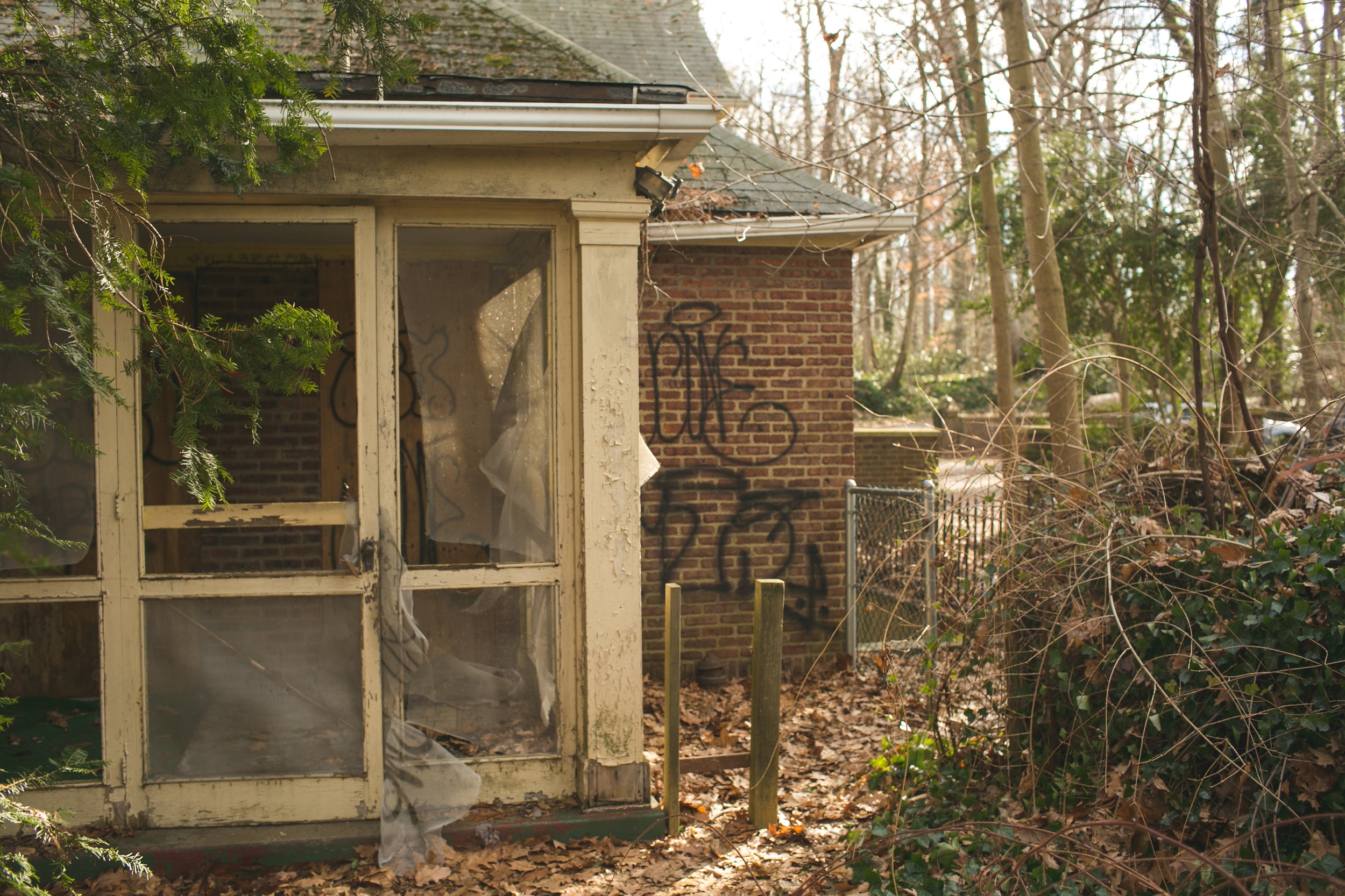
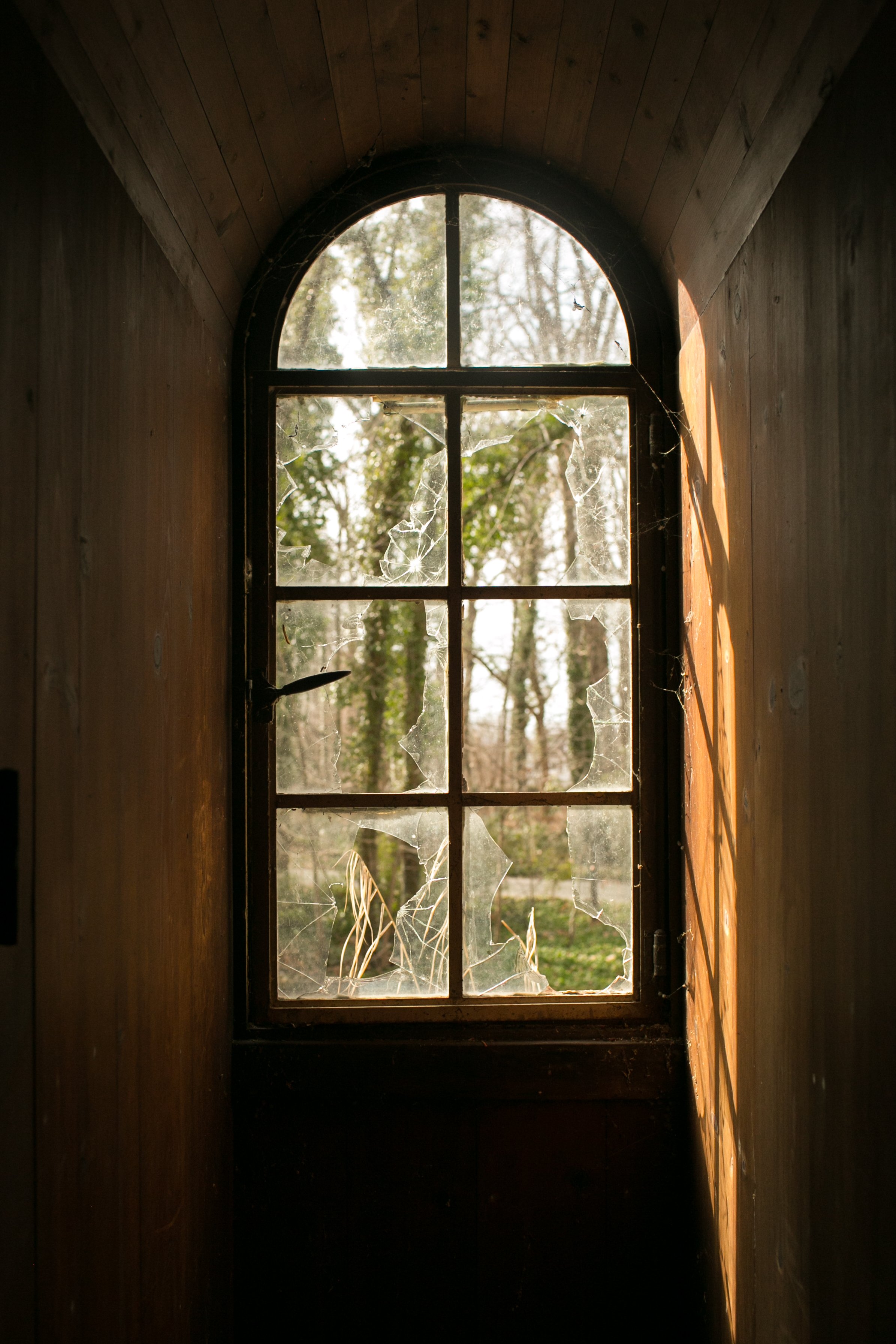
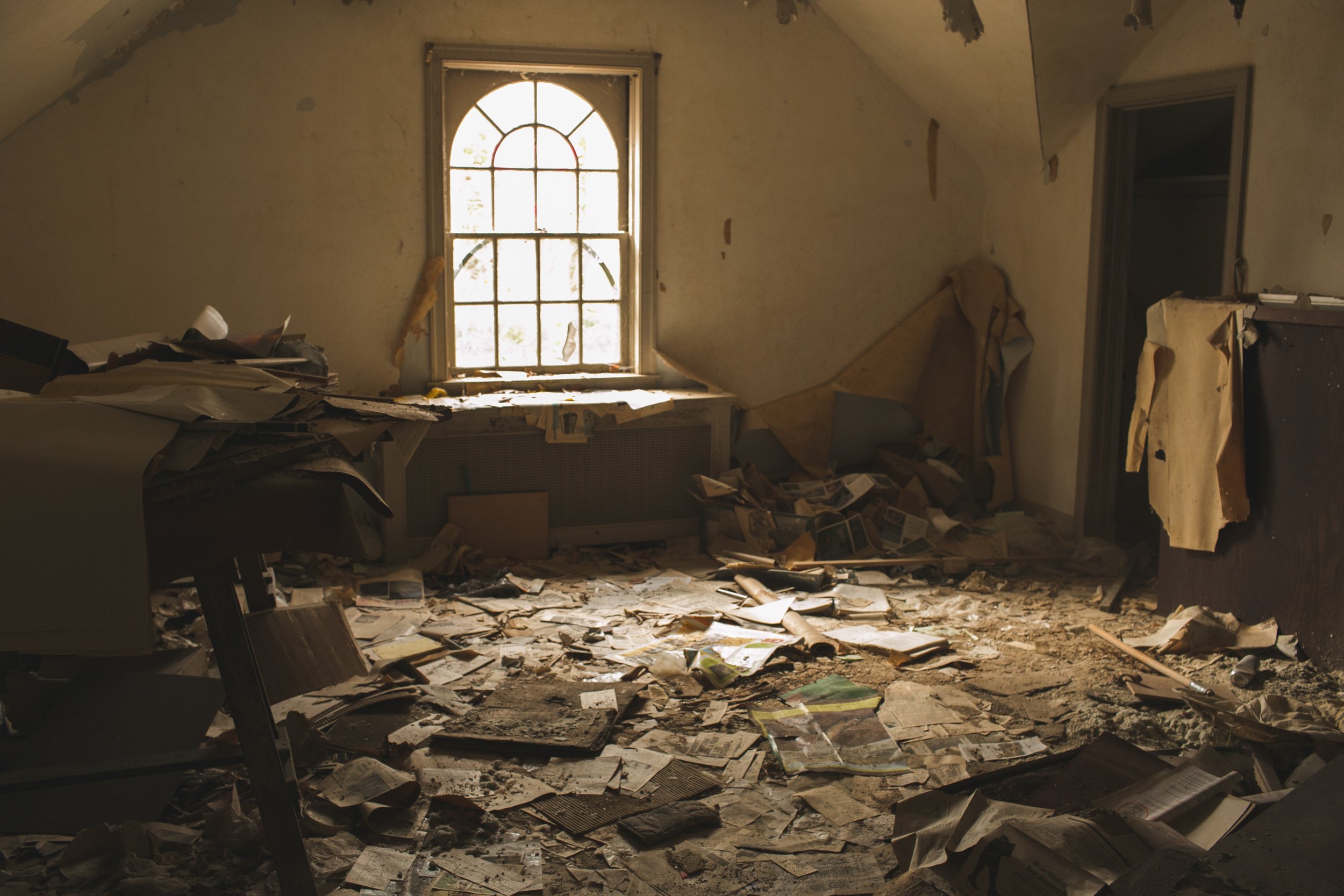
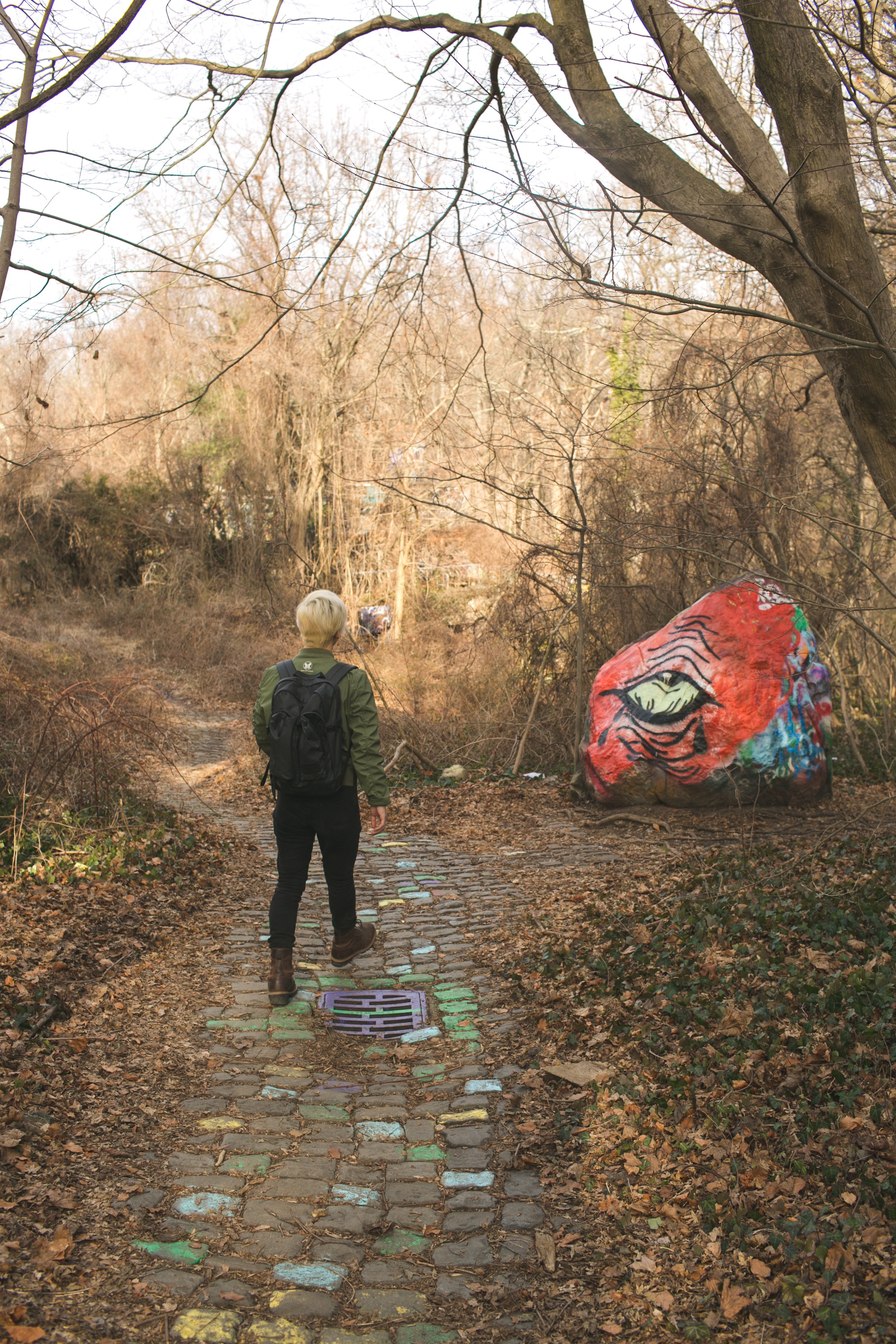
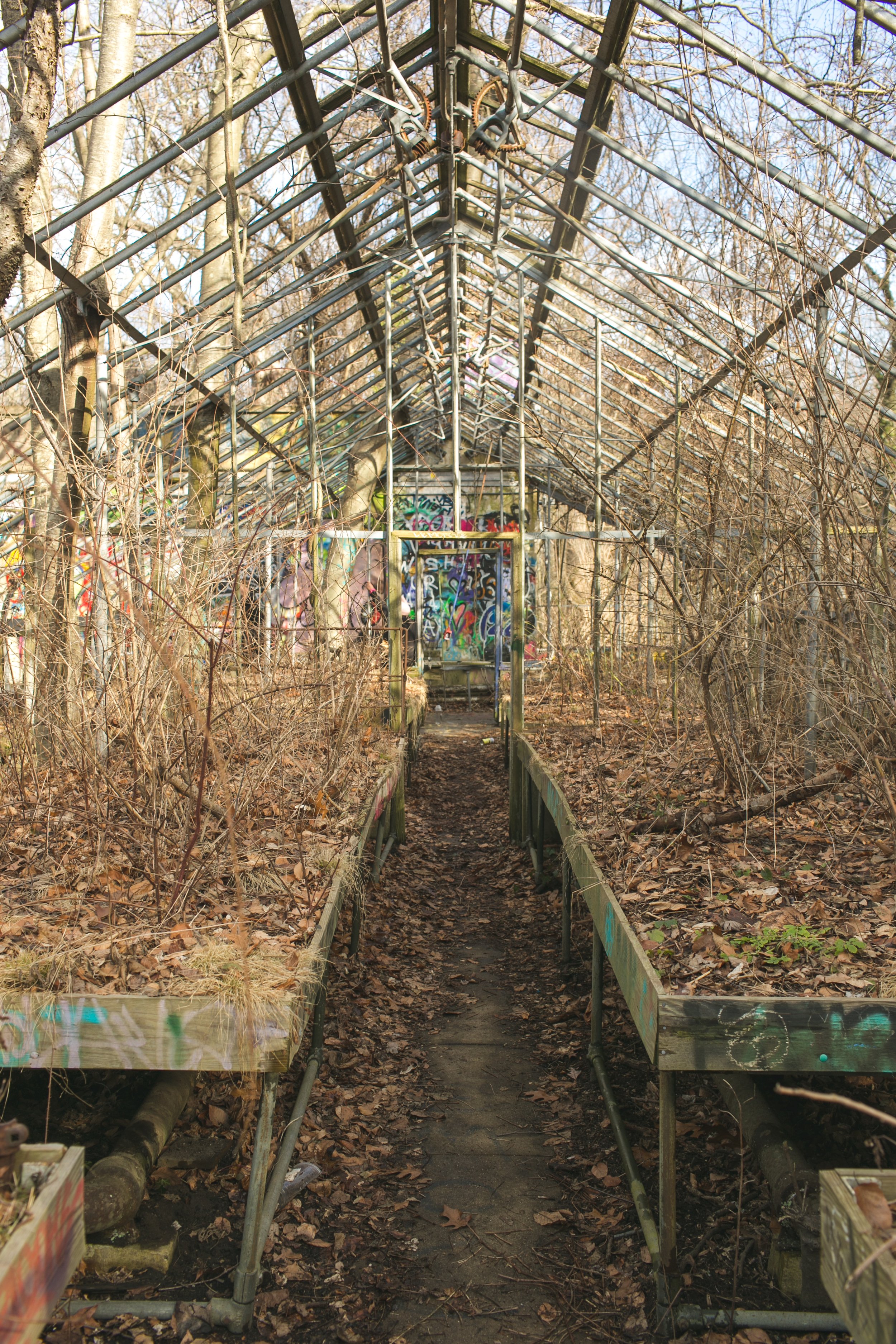

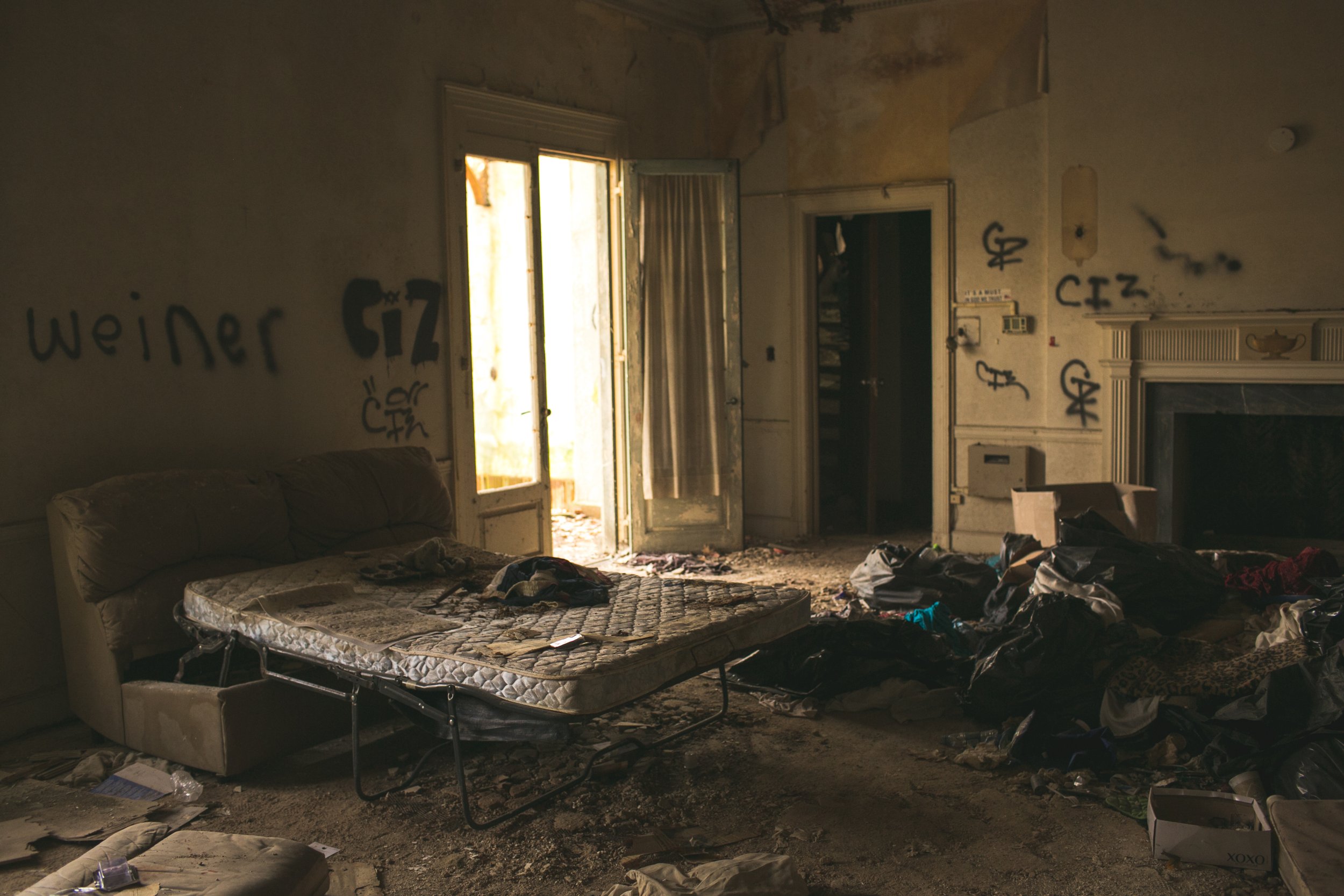
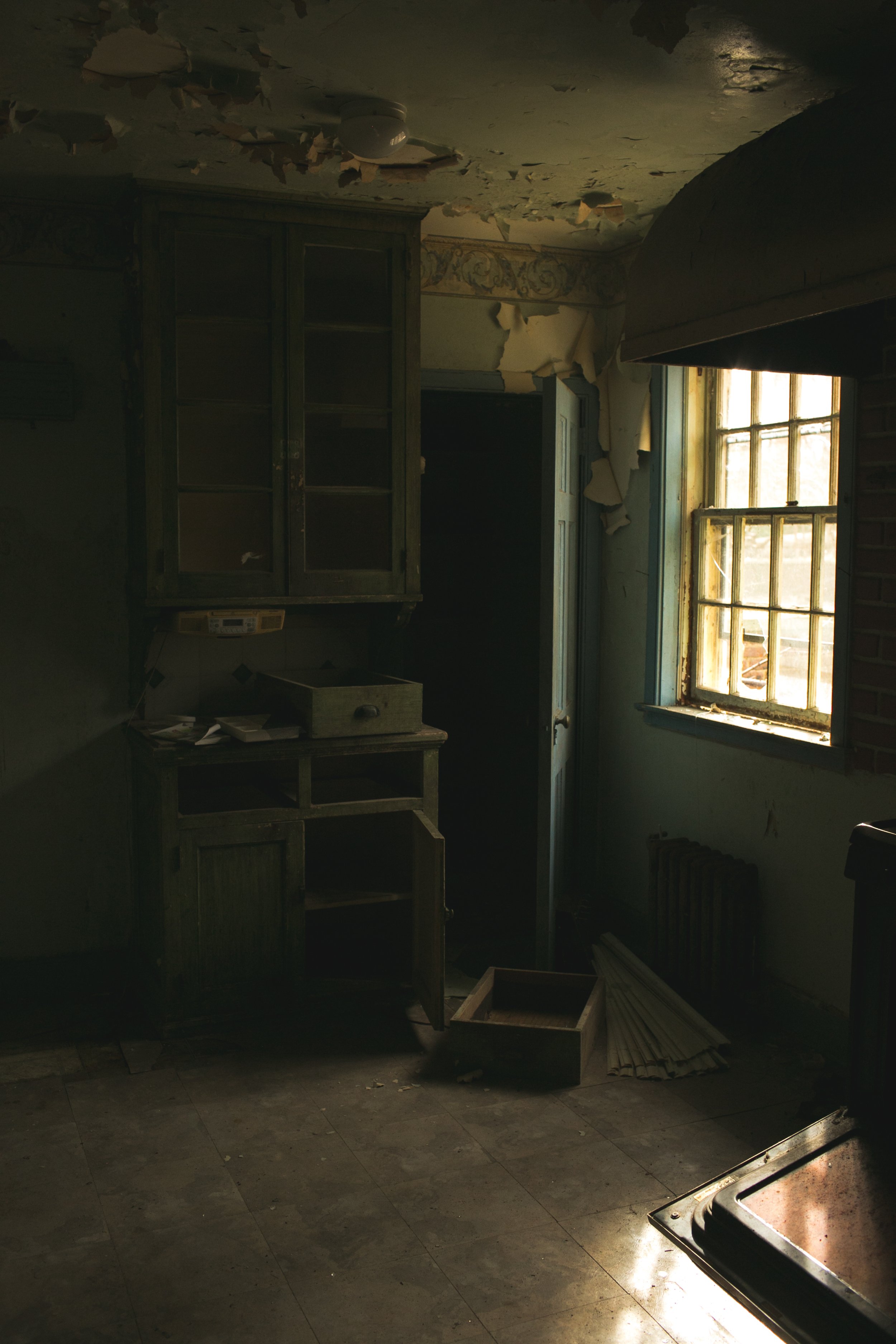
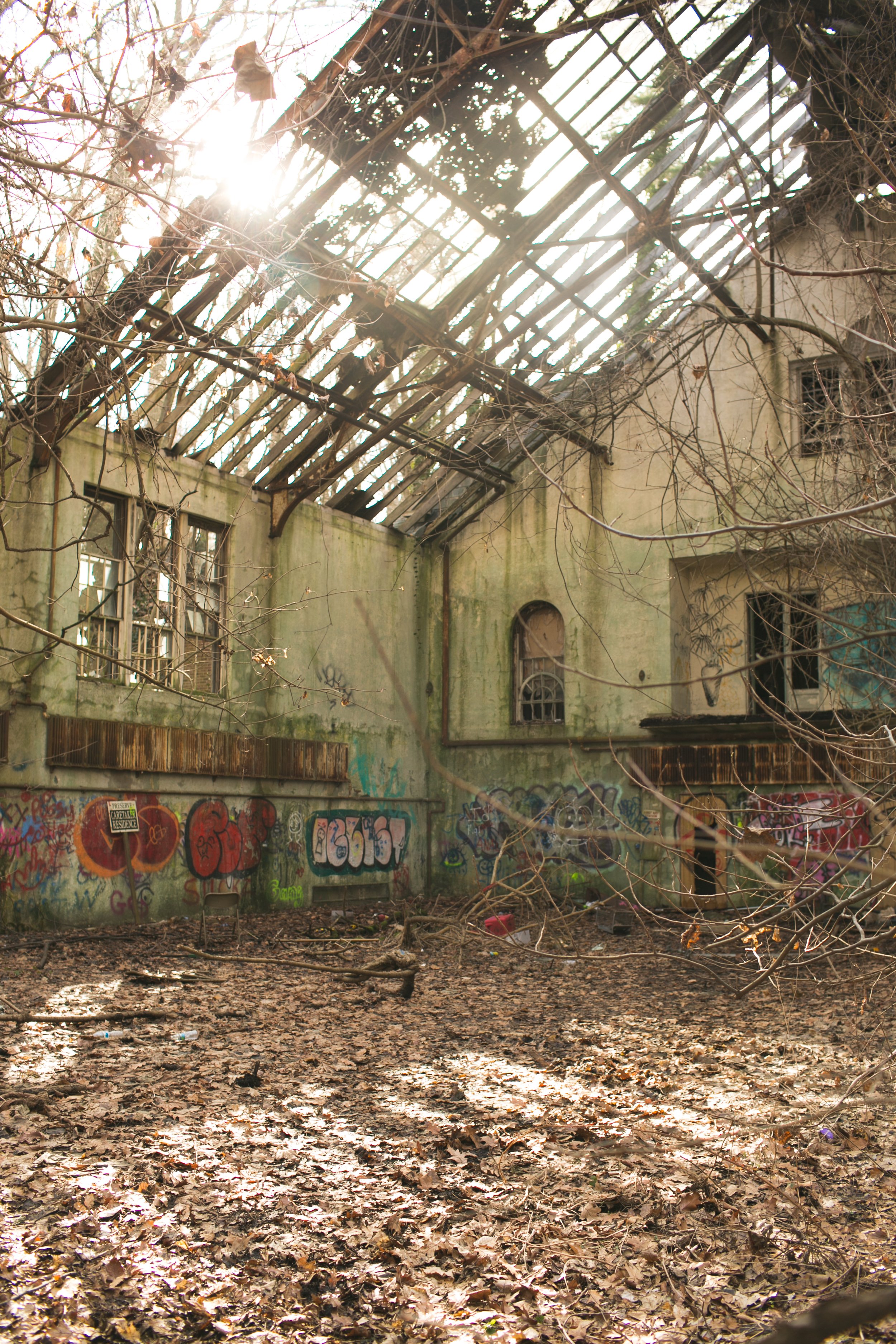
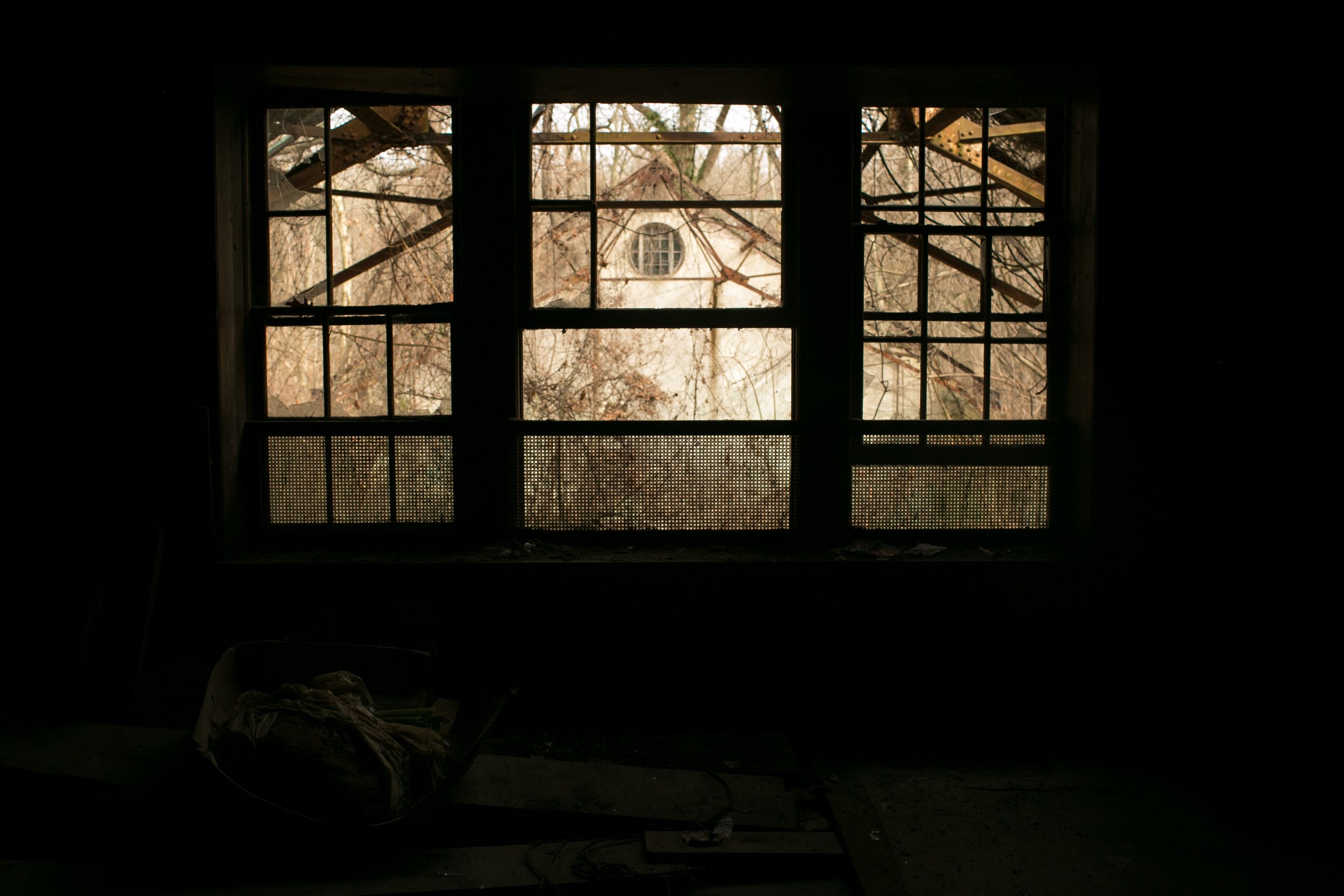
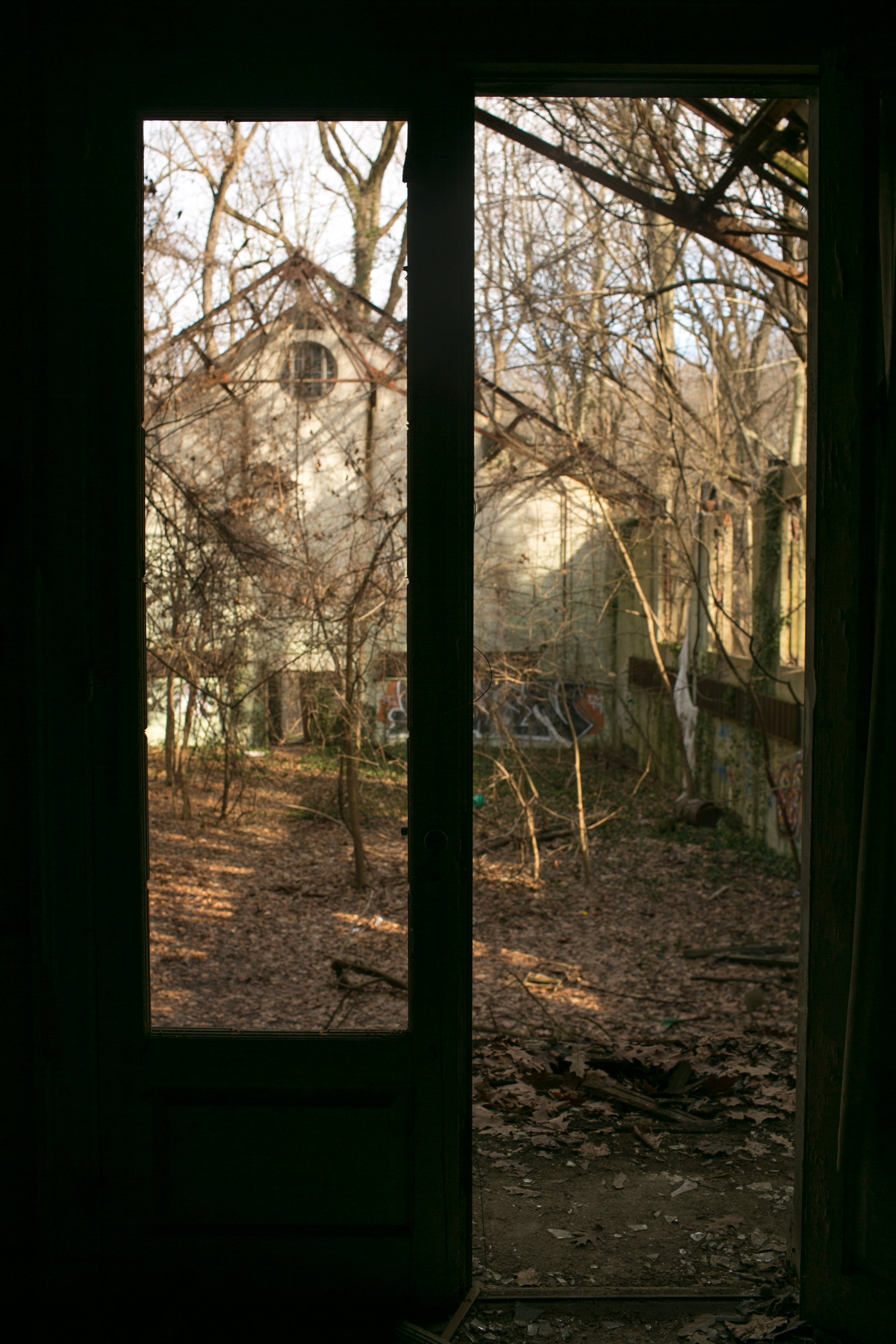
A brief history:
Welwyn Preserve is a historic estate located on Long Island, New York, with a rich history dating back to the early 20th century. The estate was originally owned by Harold Irving Pratt, the youngest son of Standard Oil magnate Charles Pratt. Harold was an avid outdoorsman and philanthropist, and he used his wealth to create a private nature preserve on his estate, which he named "Welwyn."
In the 1920s, Harold commissioned noted landscape architect James Frederick Dawson to design a series of formal gardens and naturalistic landscapes on the estate. The gardens included a French parterre, a Japanese garden, a rose garden, and a cutting garden, while the naturalistic landscapes included ponds, streams, and meadows.
After Harold's death in 1939, his widow, Eunice, donated the estate to the Nassau County Department of Parks, Recreation, and Museums, with the stipulation that it be used for public enjoyment and education. The estate was opened to the public in 1942 as the "Welwyn Preserve," and it has since become a popular destination for nature lovers and history buffs.
Today, the Welwyn Preserve comprises over 200 acres of woodlands, meadows, ponds, and gardens, with over five miles of hiking trails and an education center.
Security:
The park is open to the public, but access to certain buildings is prohibited, so enter at your own risk!
